The 2021 Mercedes-Benz S-Class is the seventh generation of the company's iconic full-size sedan. Unveiled almost 50 years since Mercedes started using the S-Class name, the W223-generation four-door comes with a revised exterior inspired by existing models and a brand-new interior with state-of-the-art technology and more displays than any other full-size on the market. In the drivetrain department, the 2021 S-Class features old and new drivetrains, most of them paired to 48-volt systems, as well as a new hybrid powertrain. Let's find out more about it in the review below.
2021 Mercedes-Benz S-Class
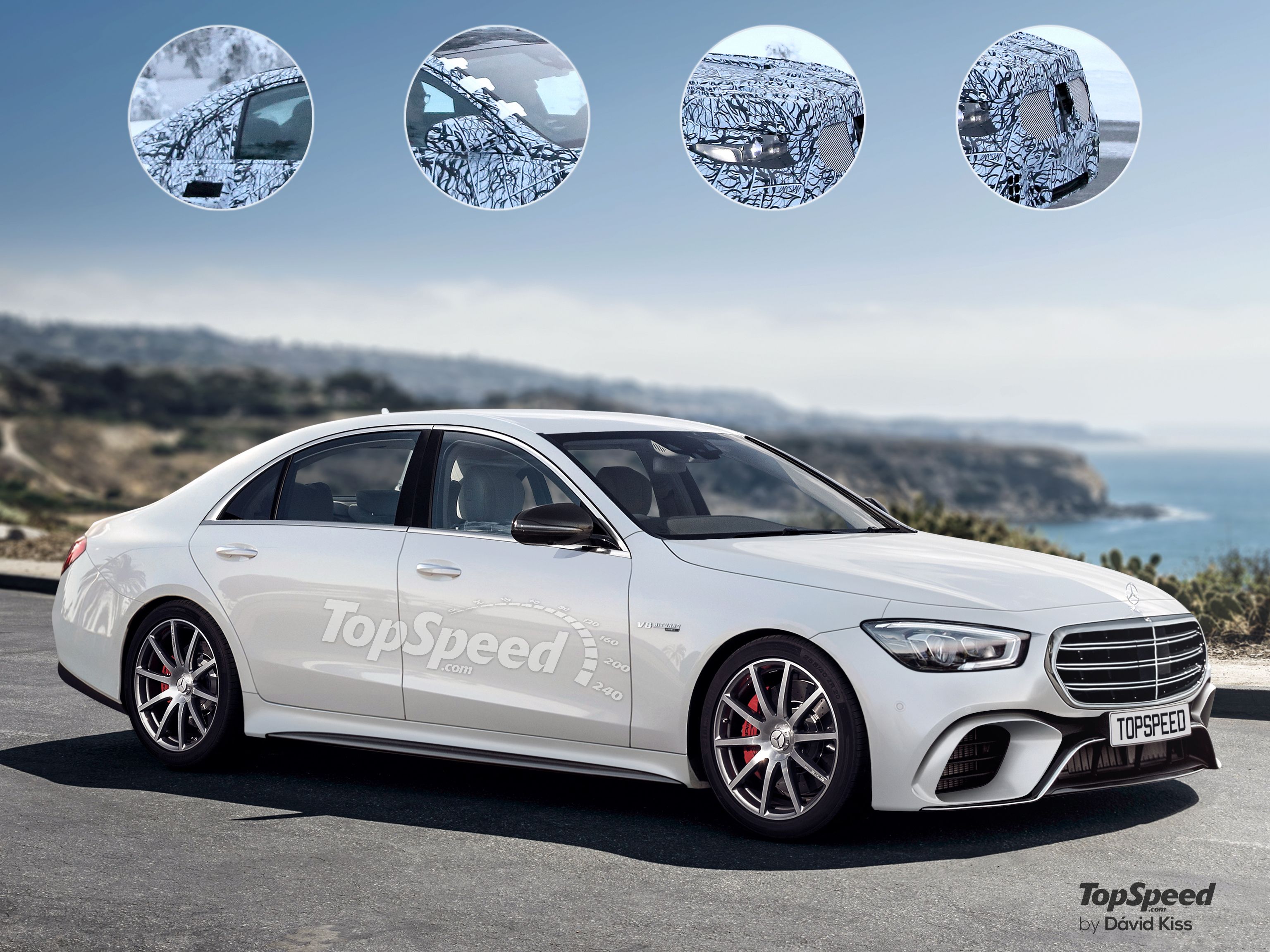

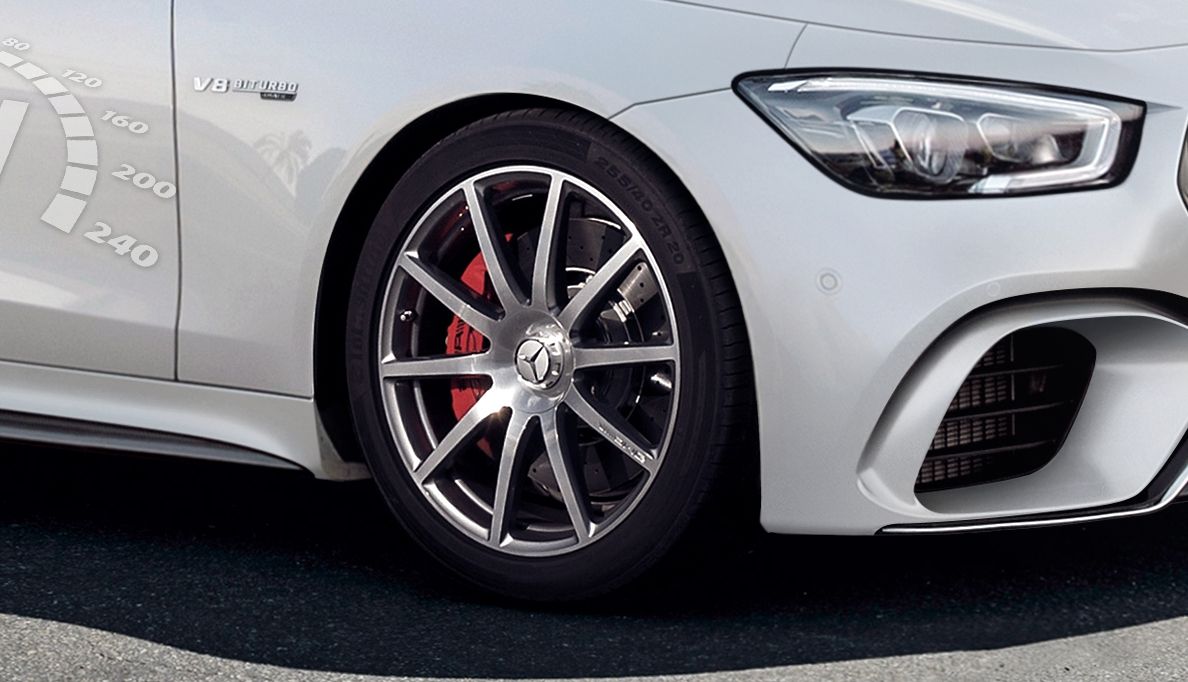

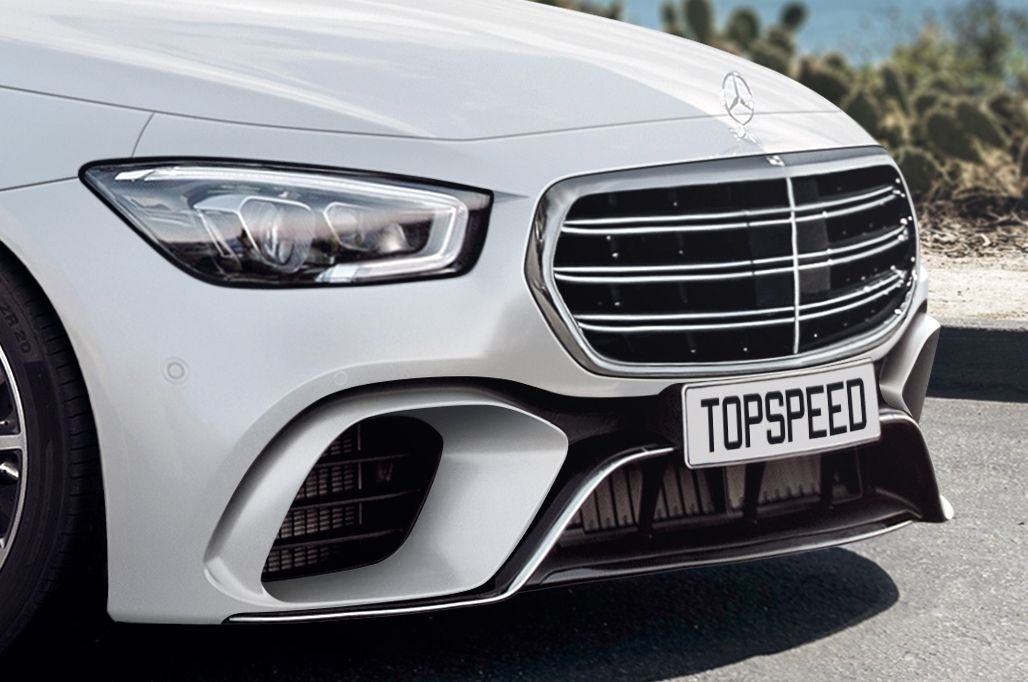
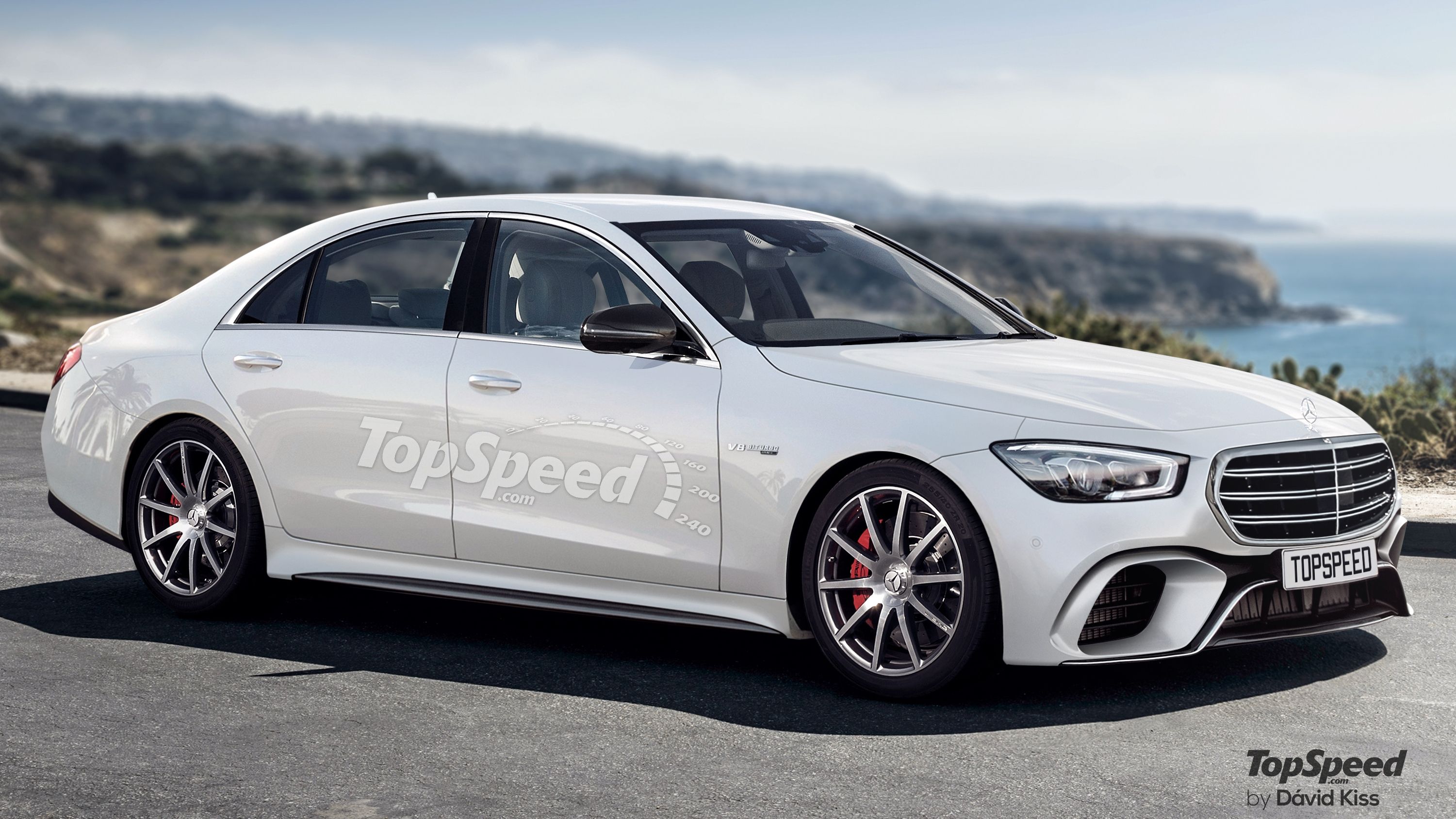
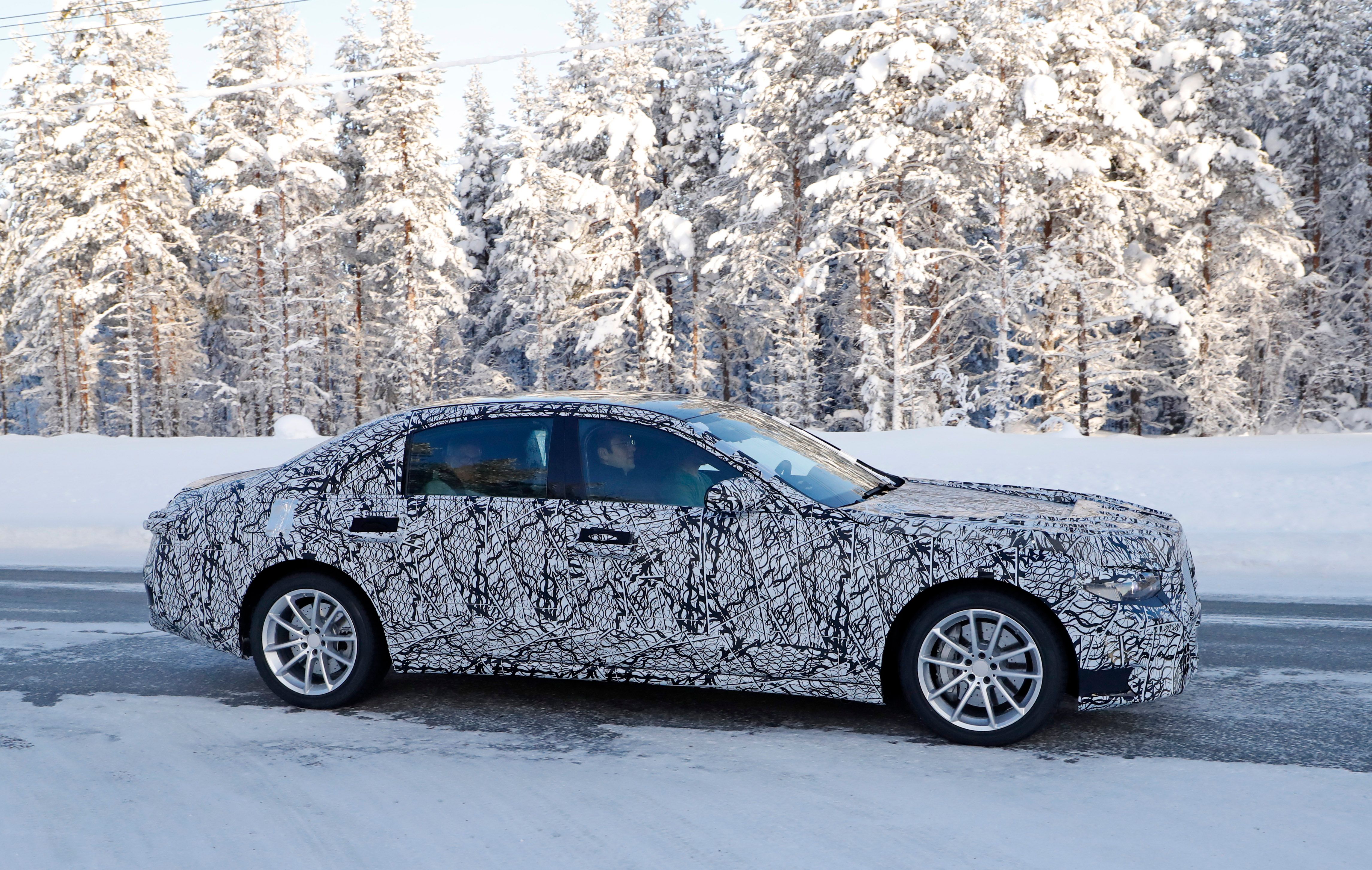
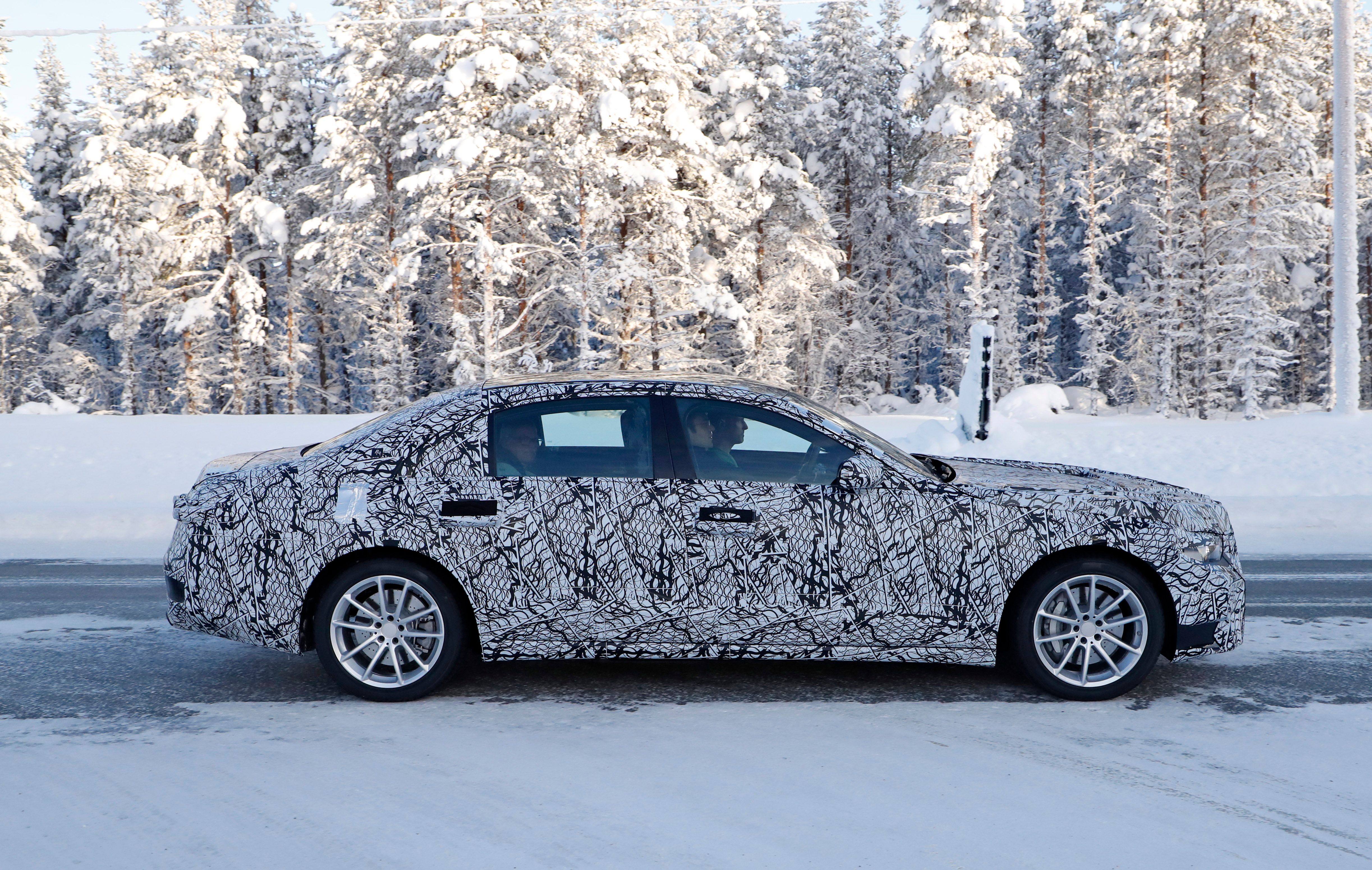
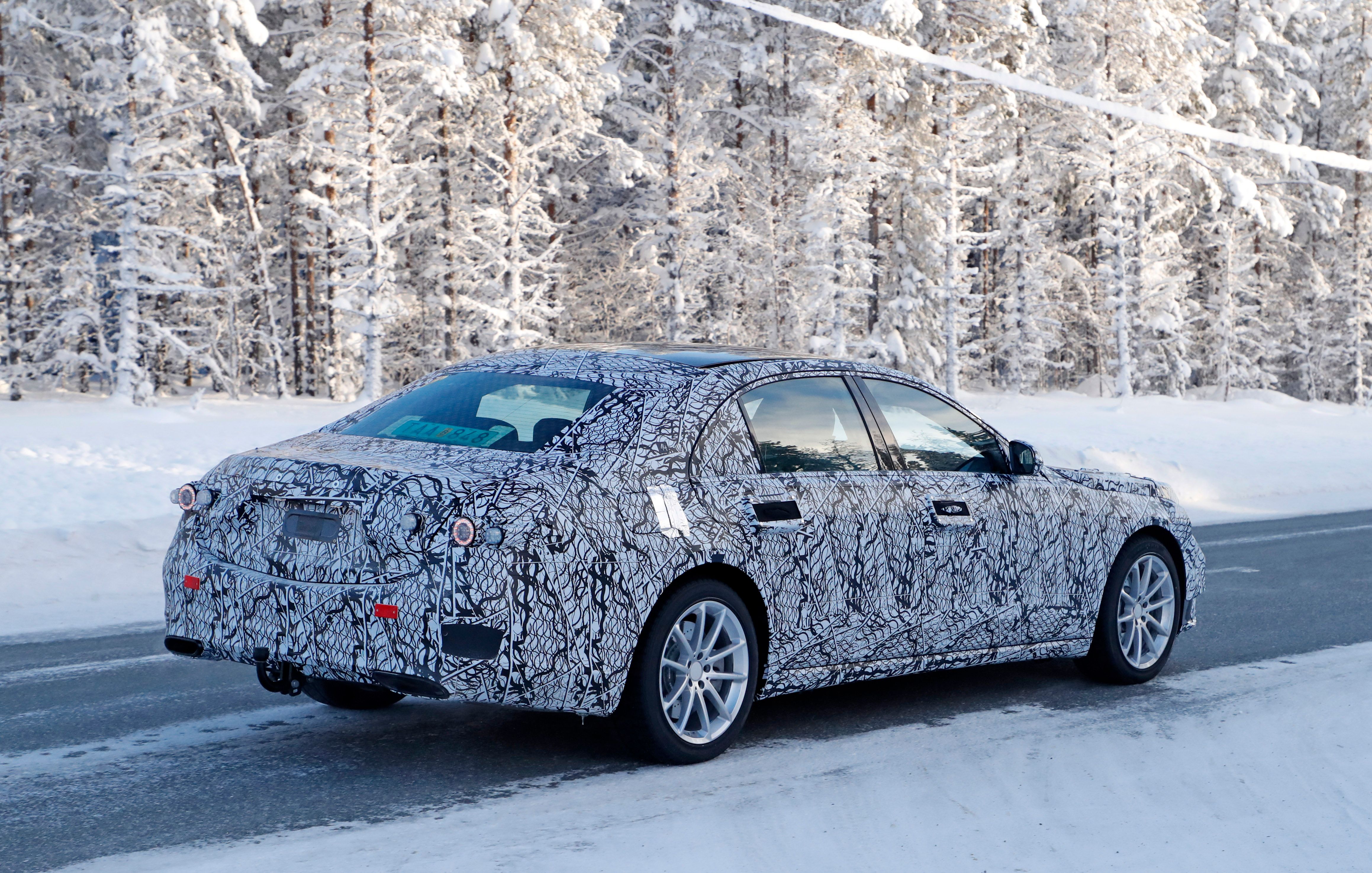
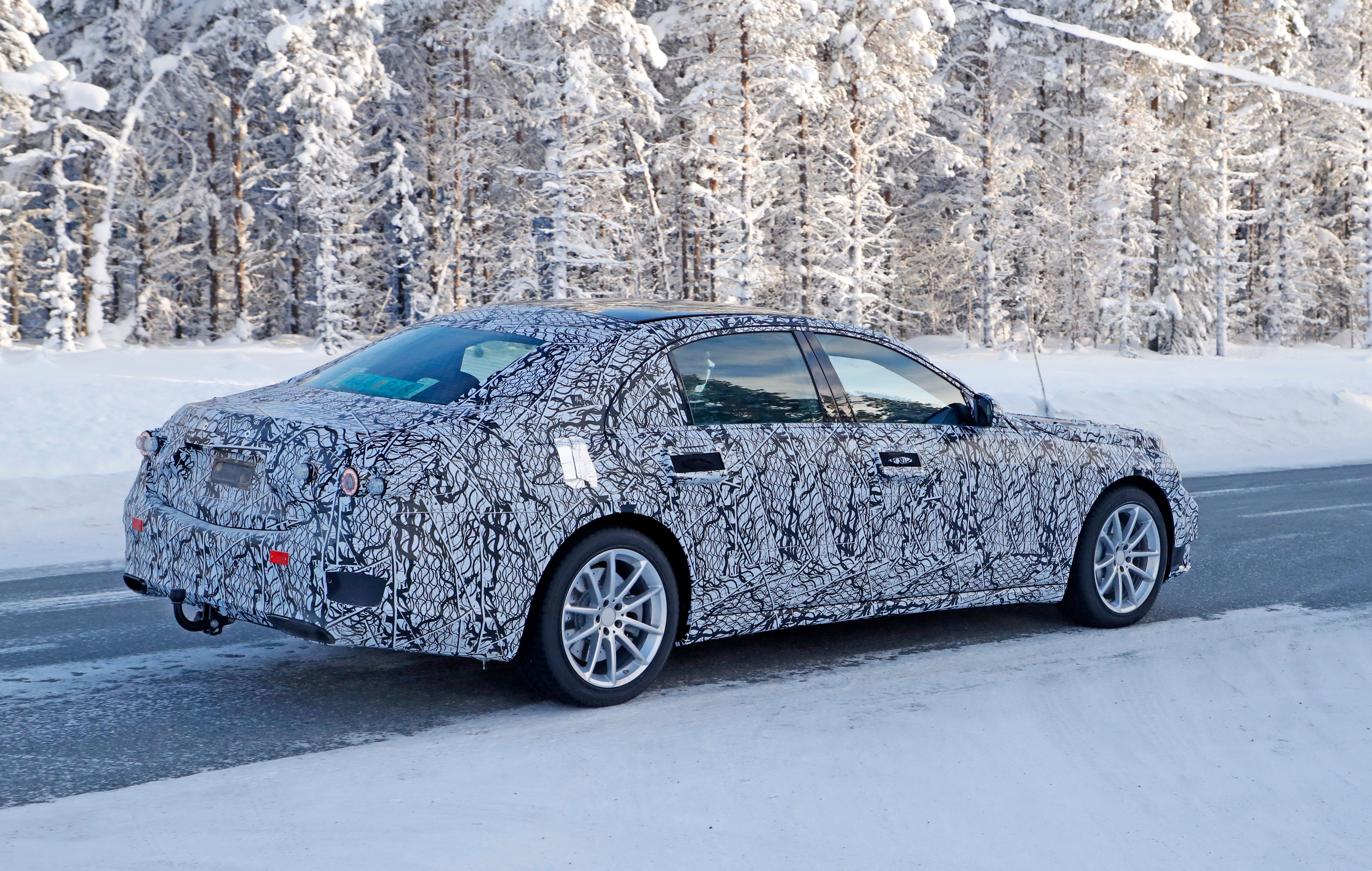
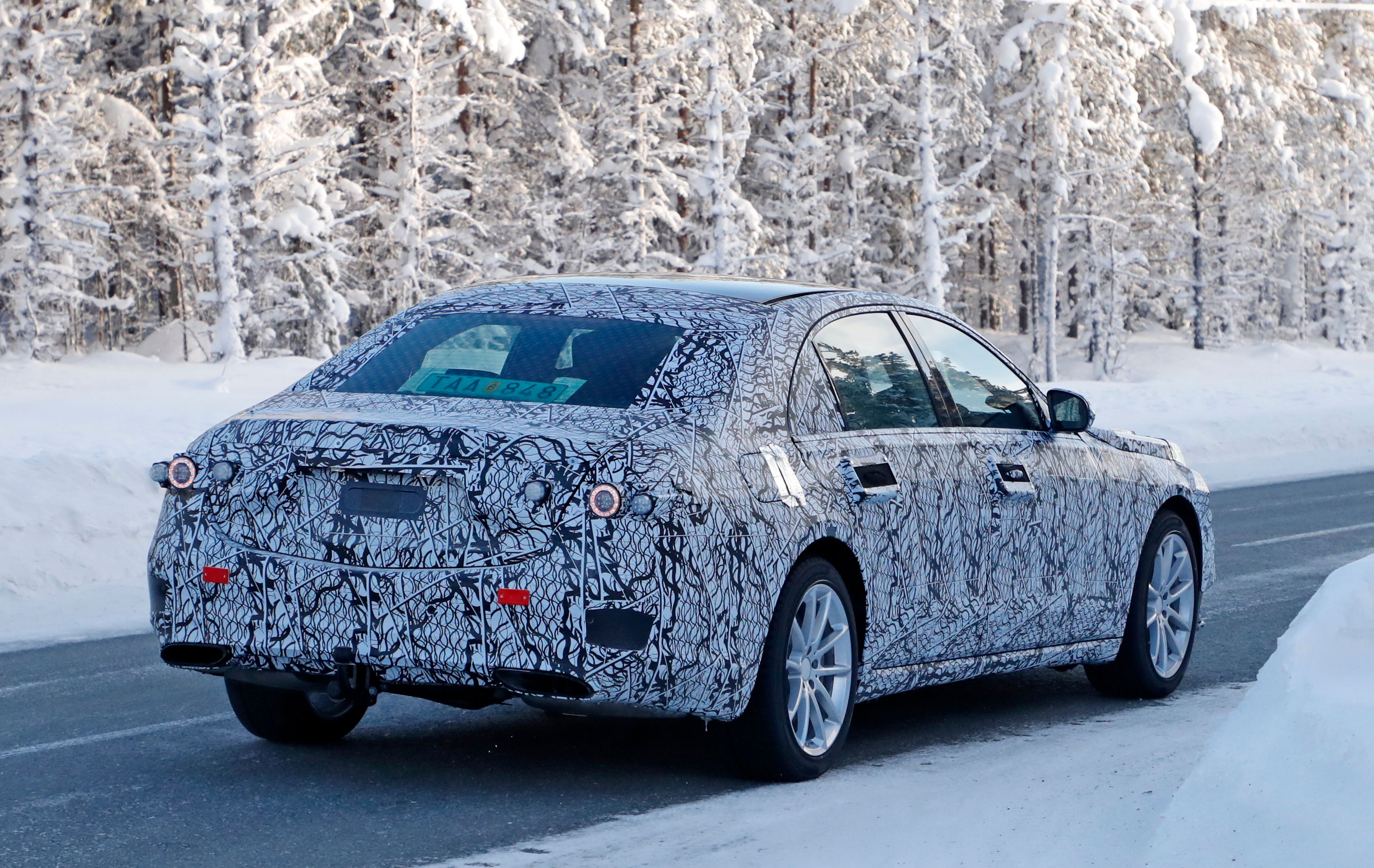
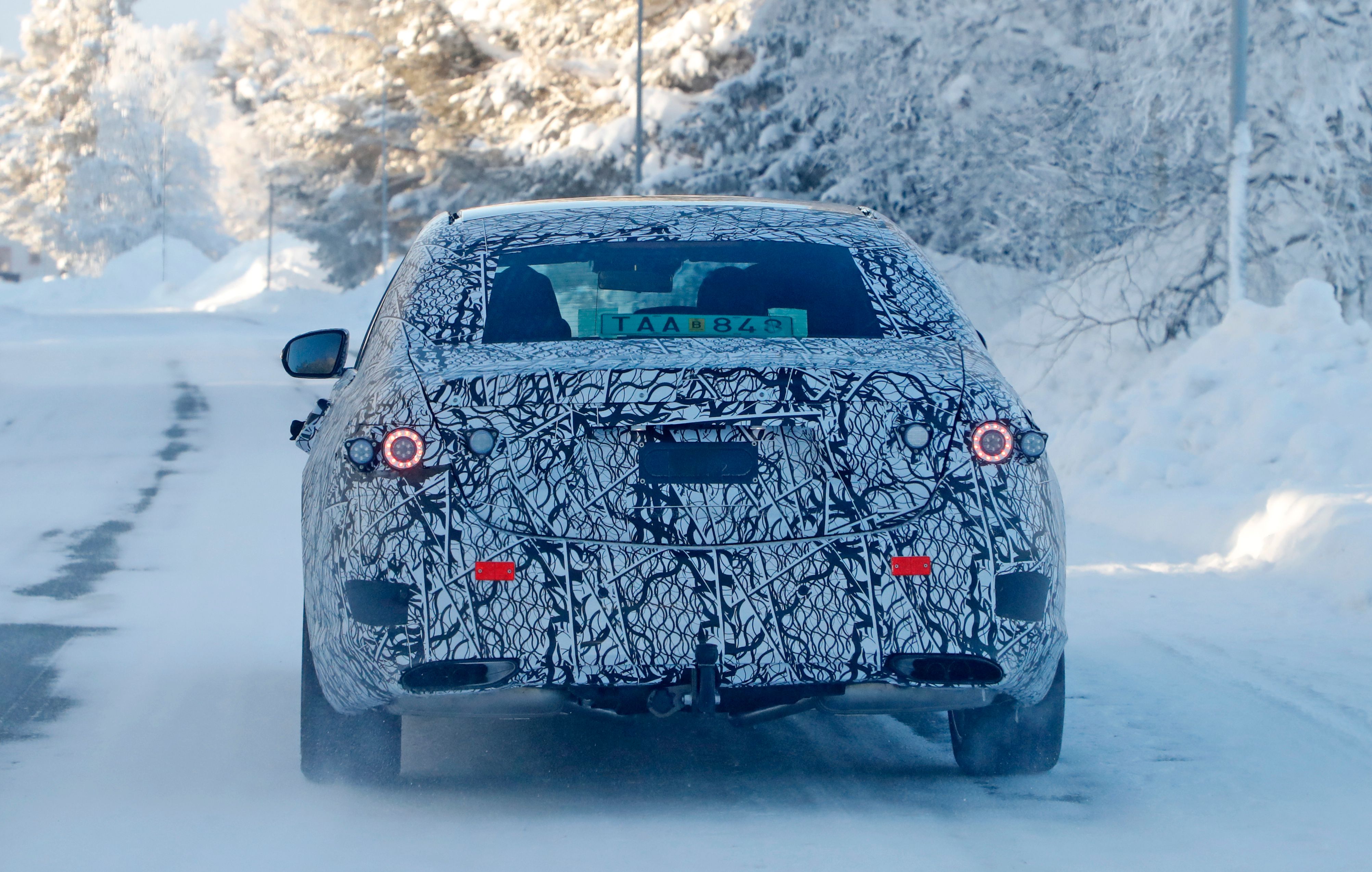
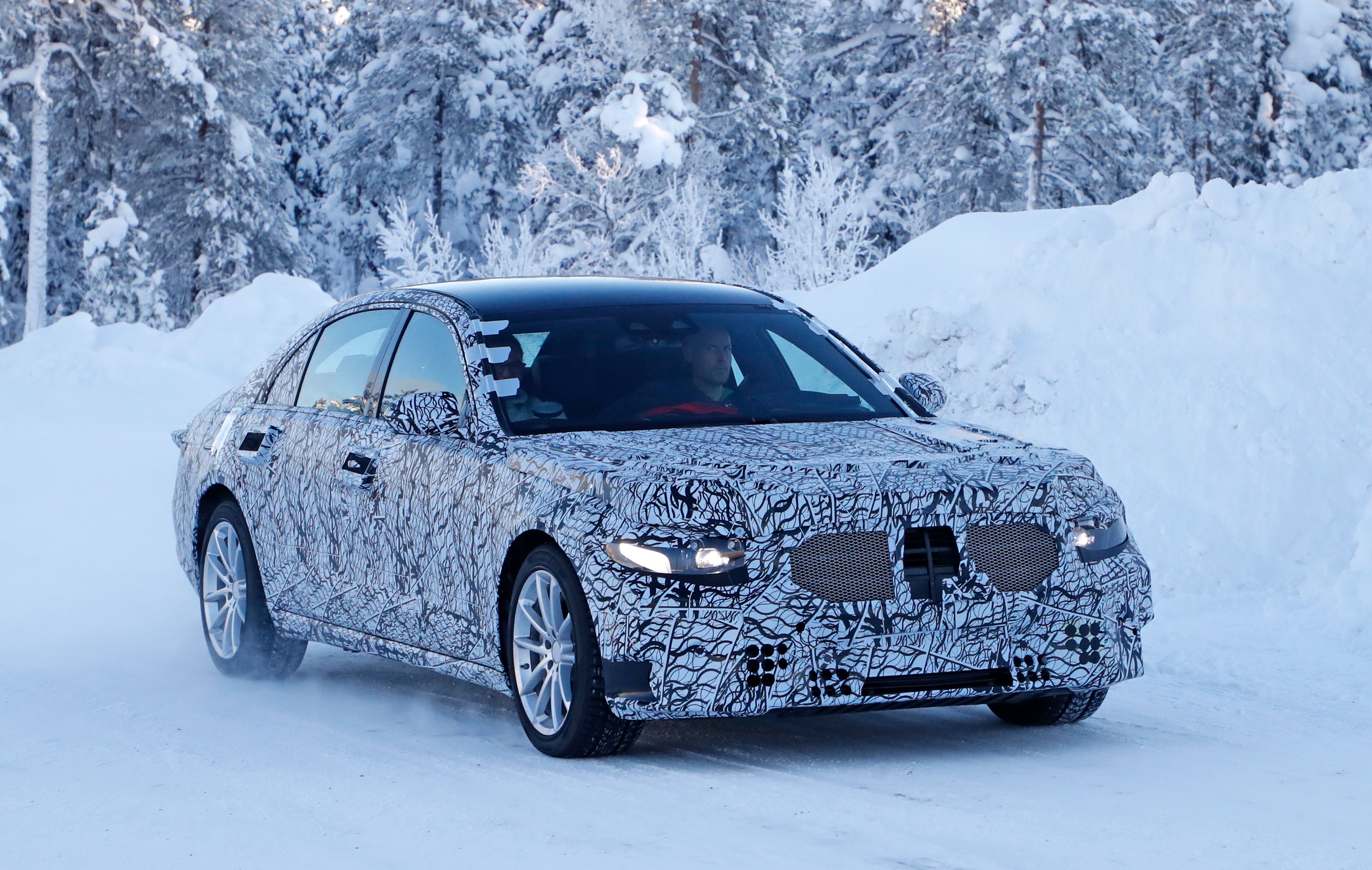
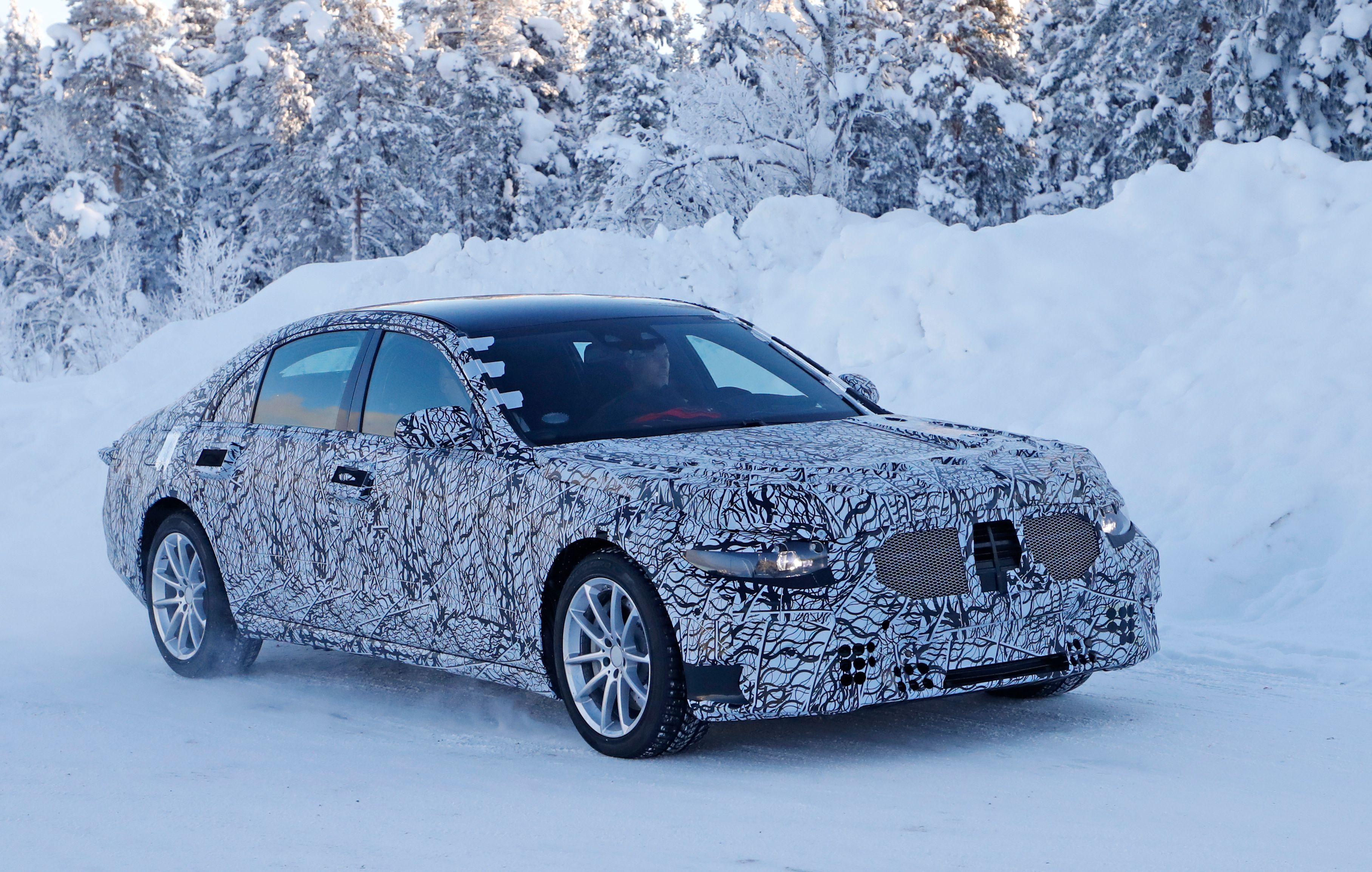
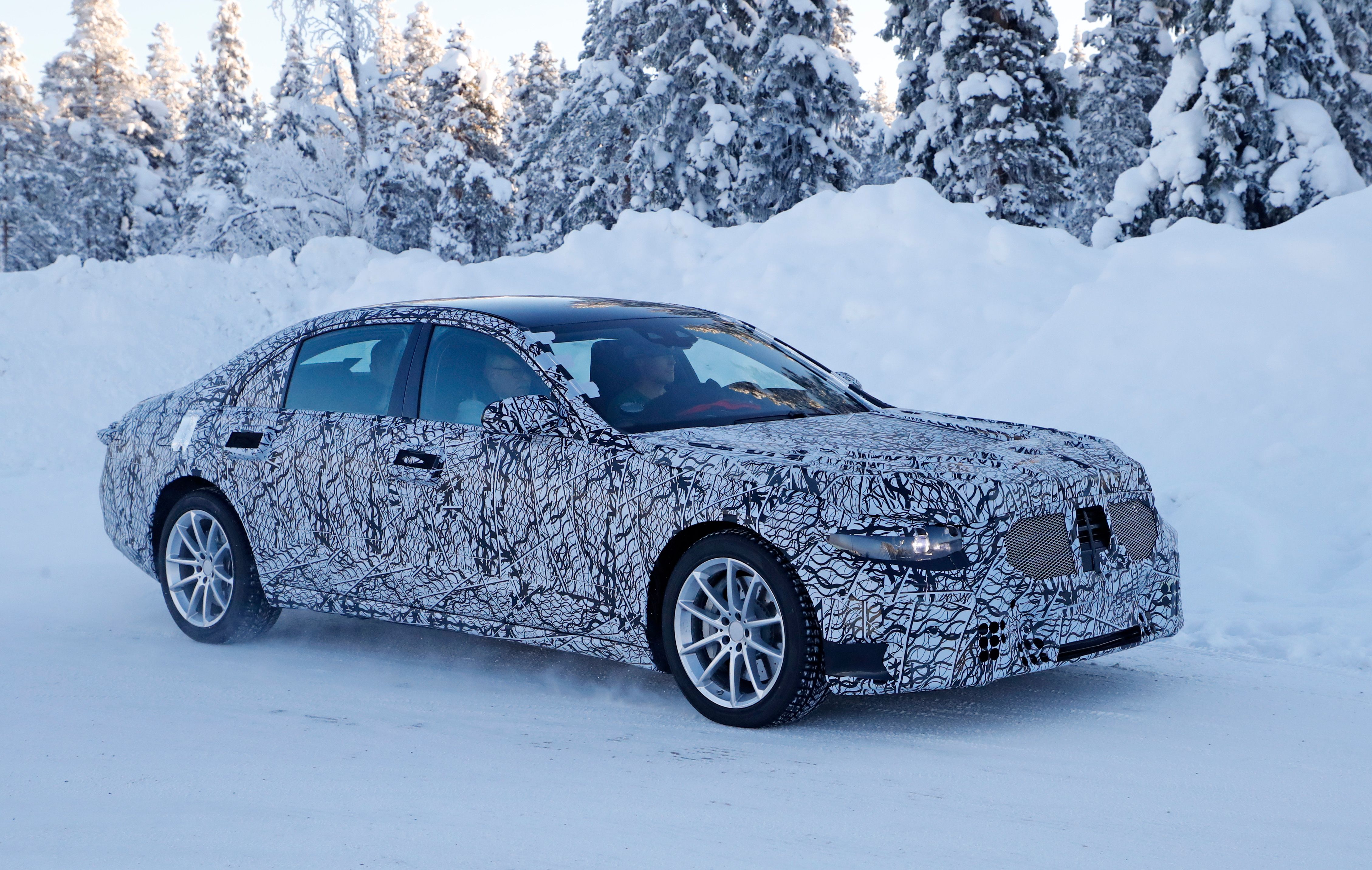
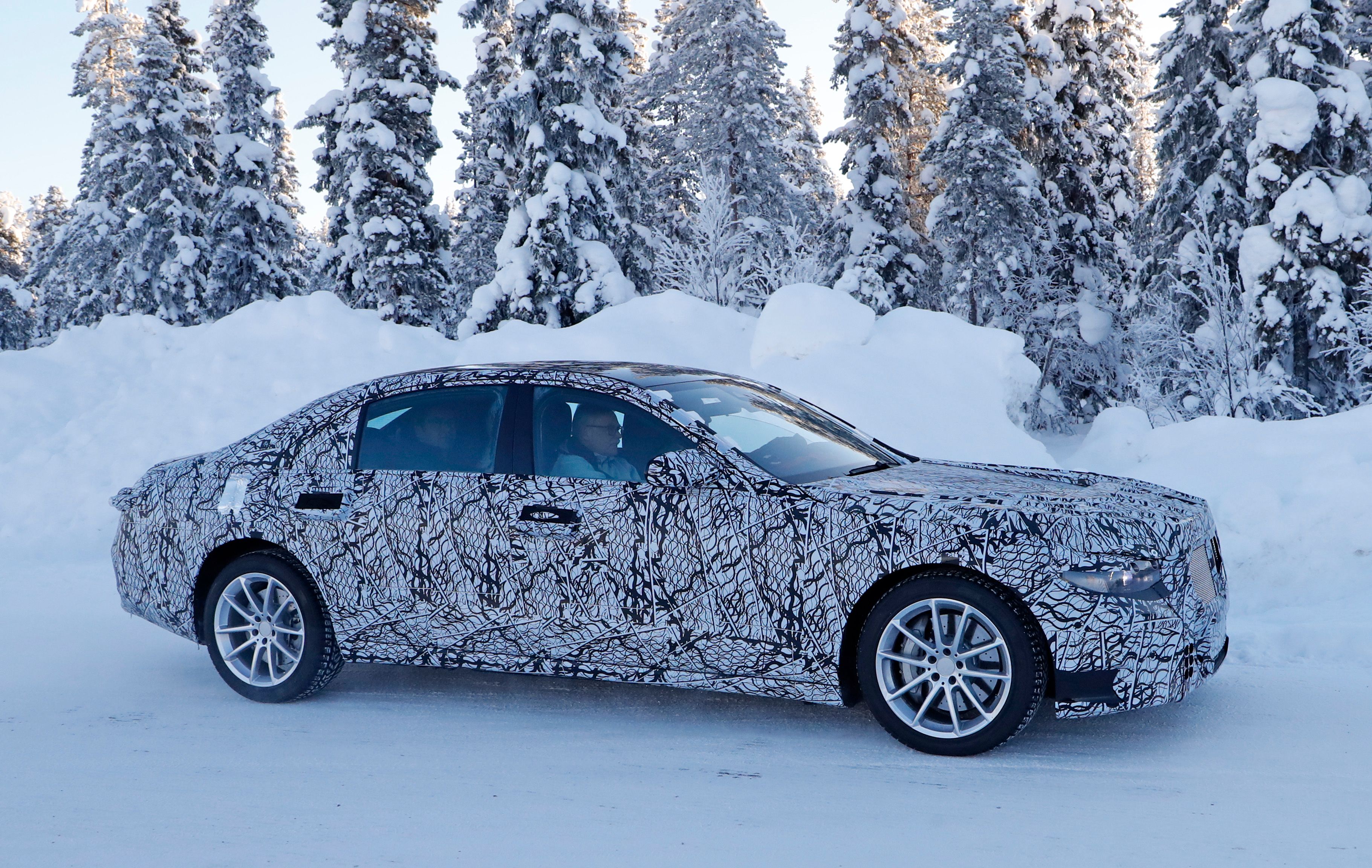
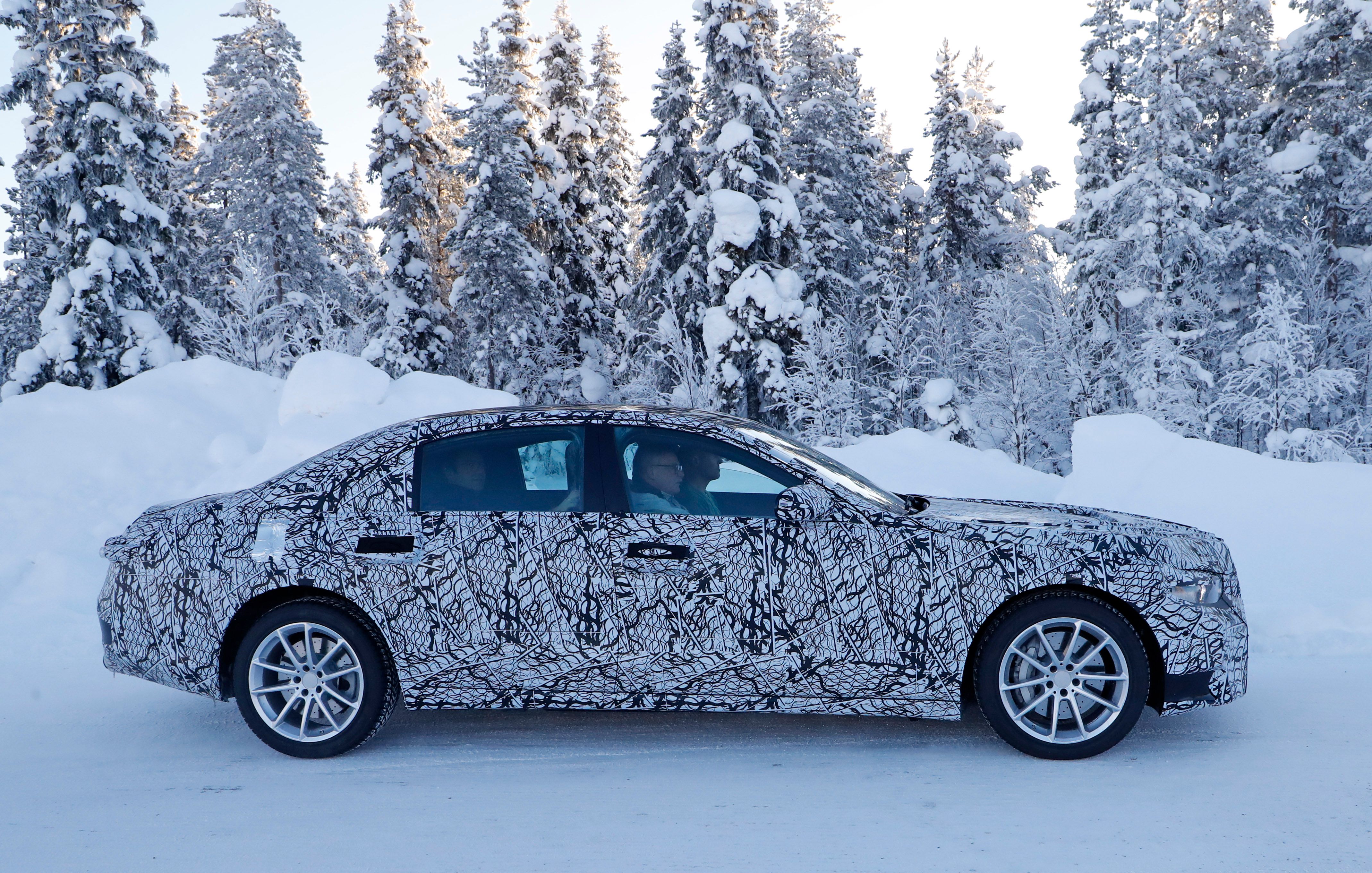
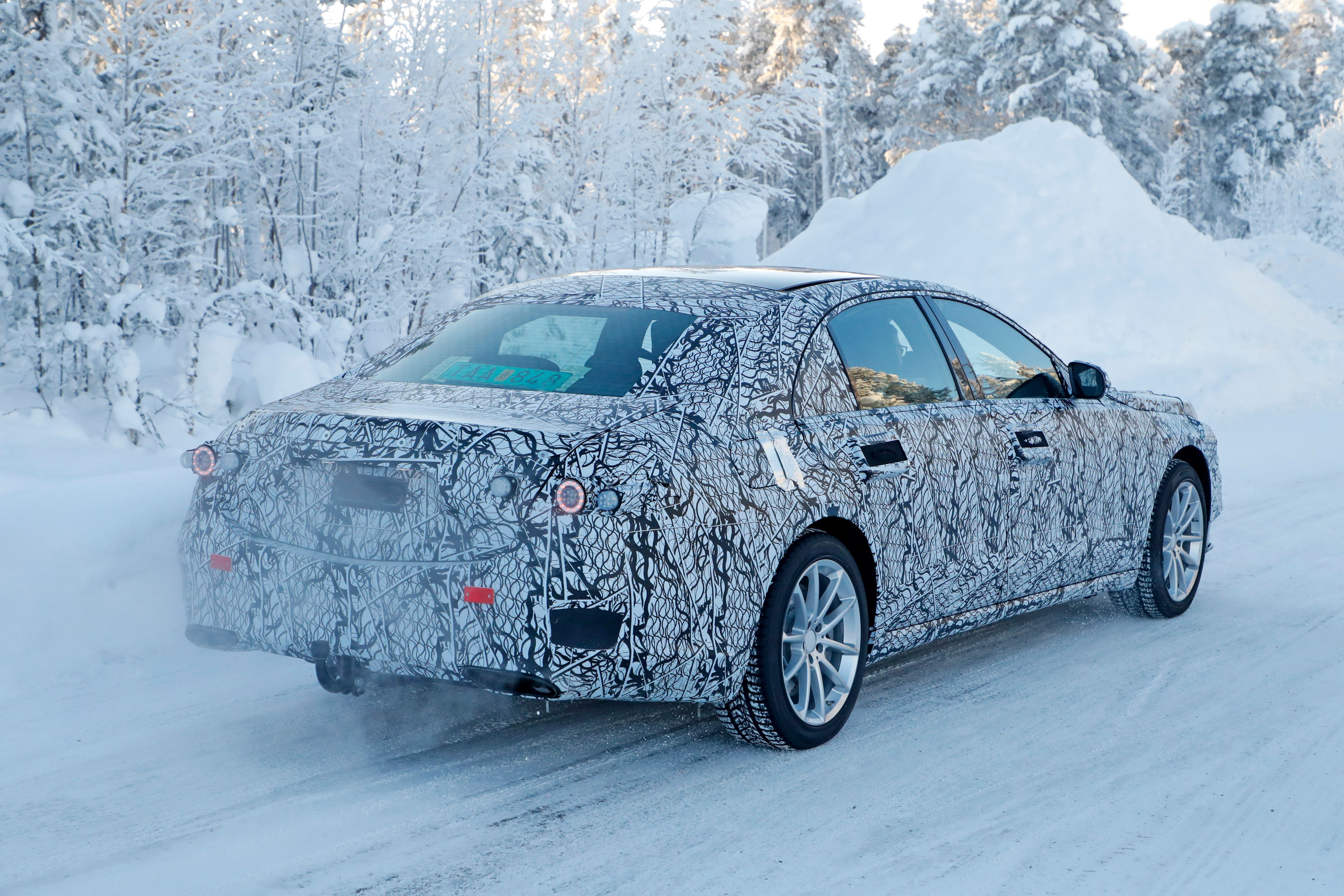
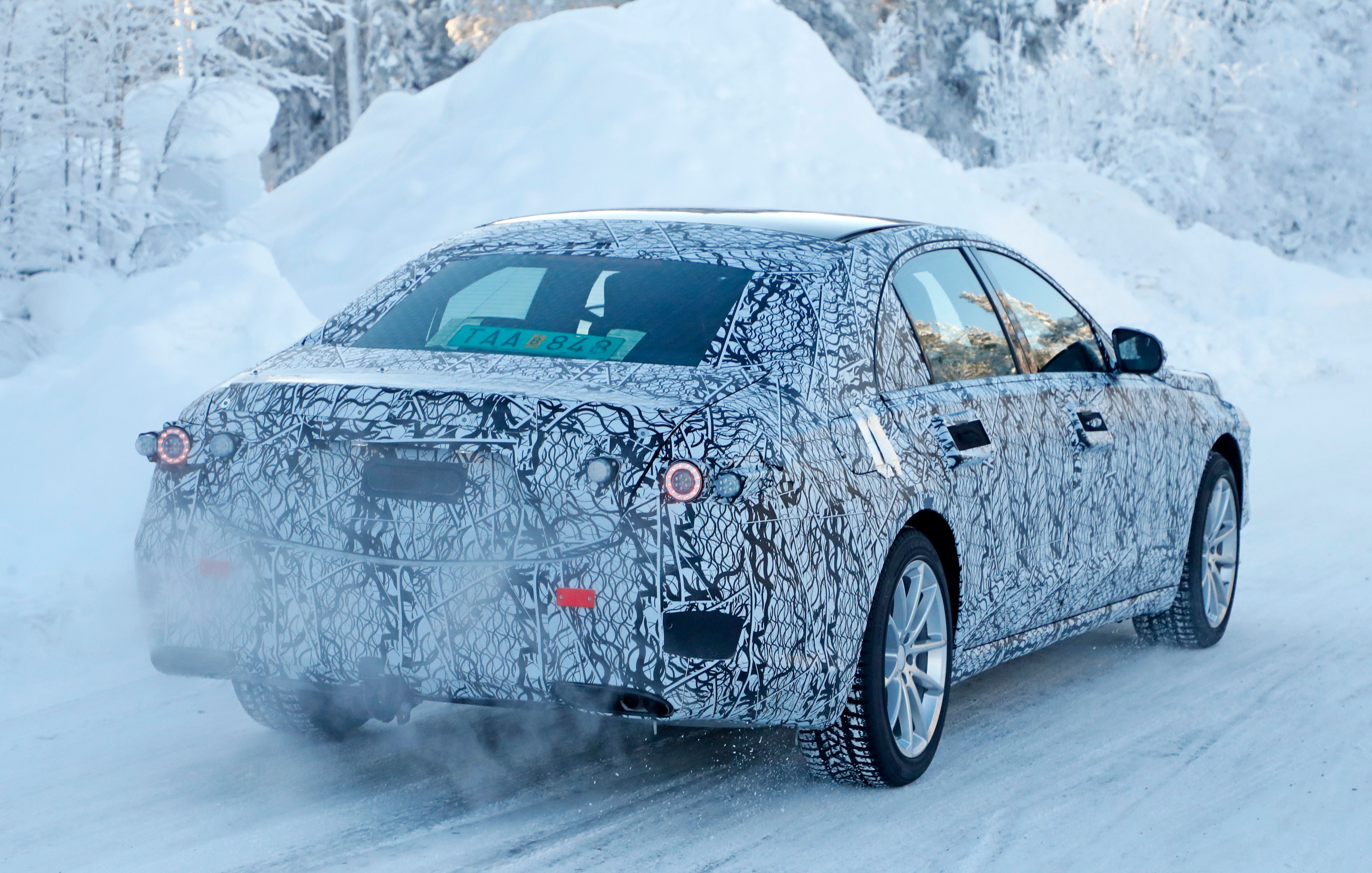
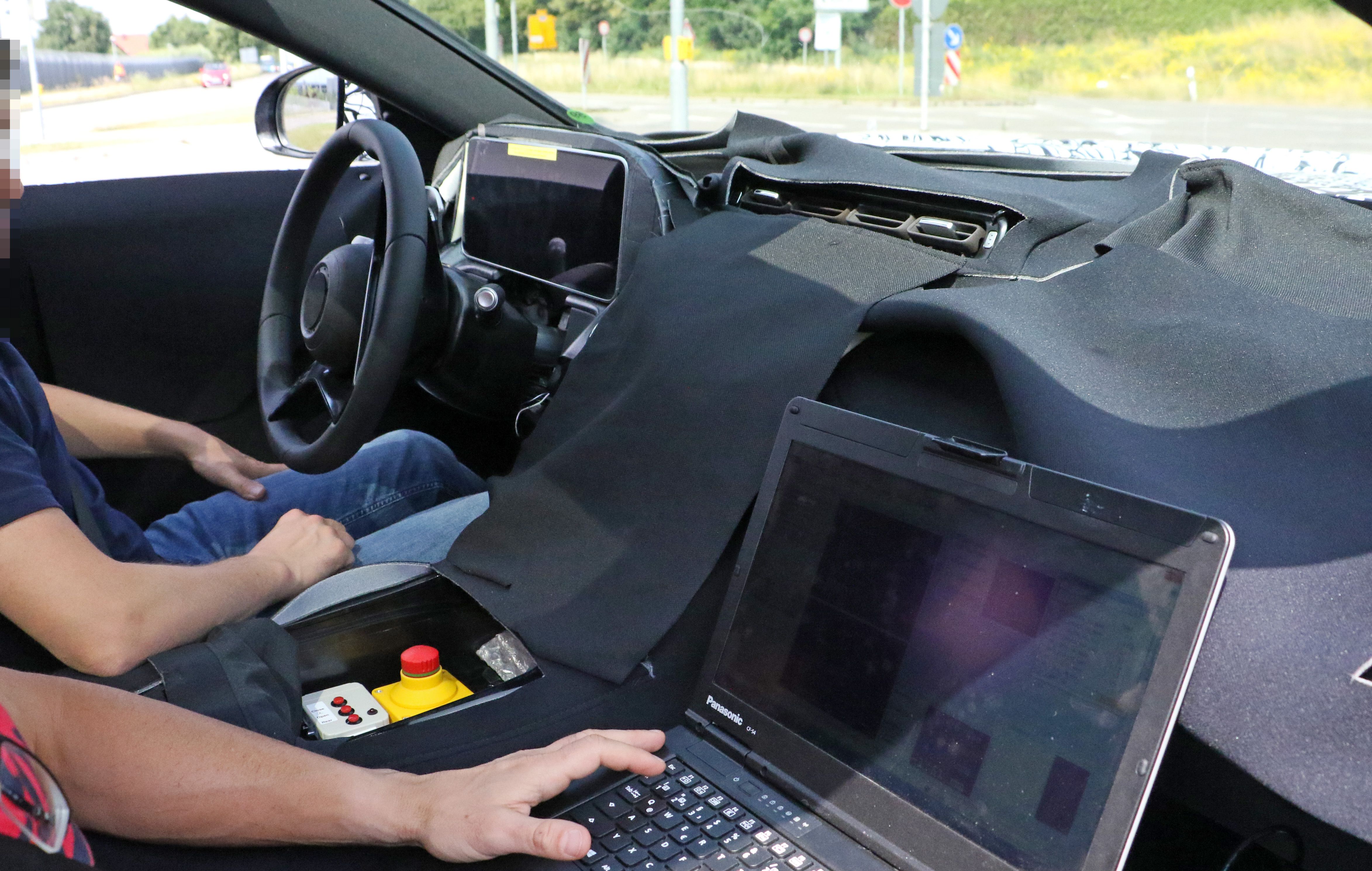
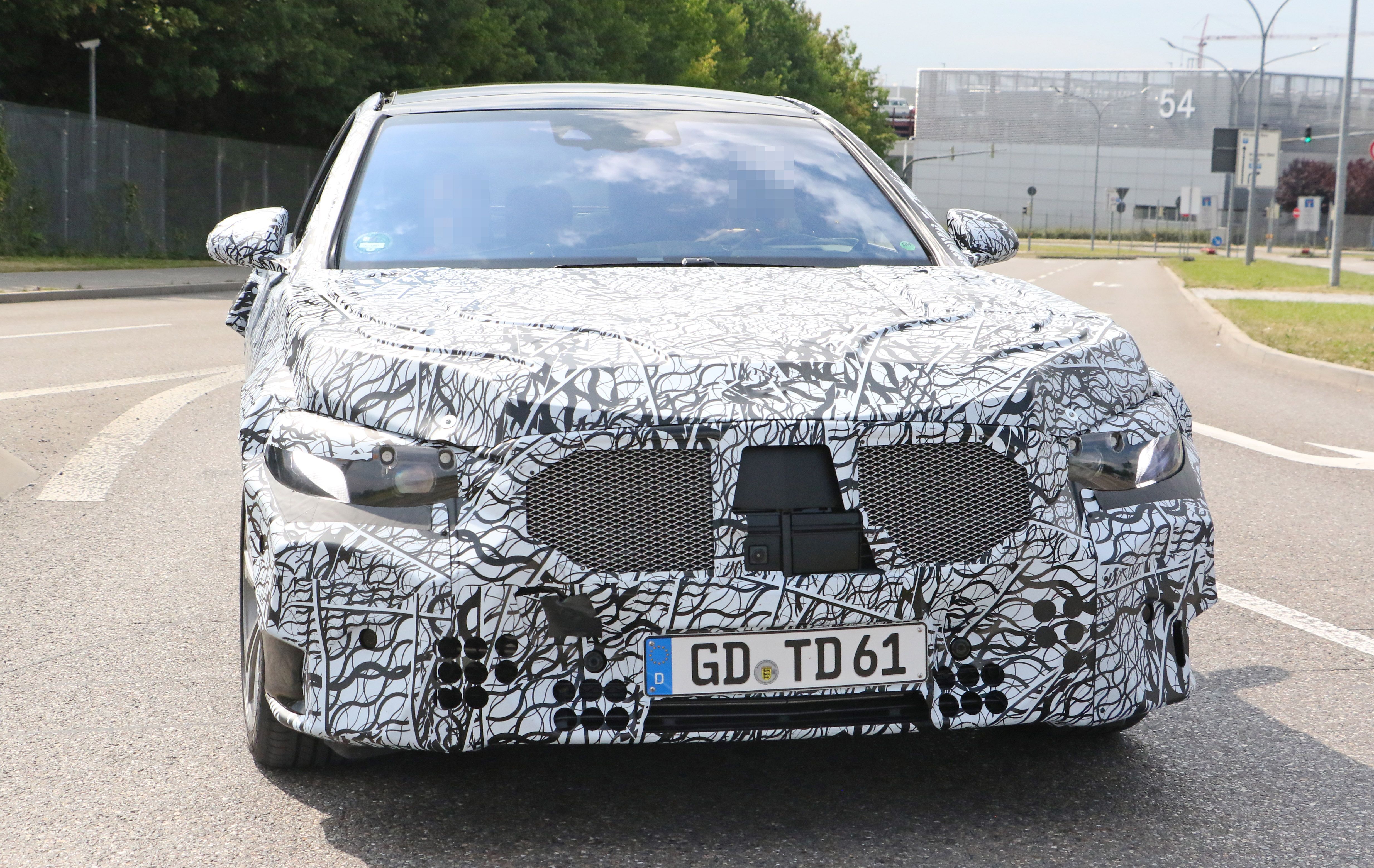
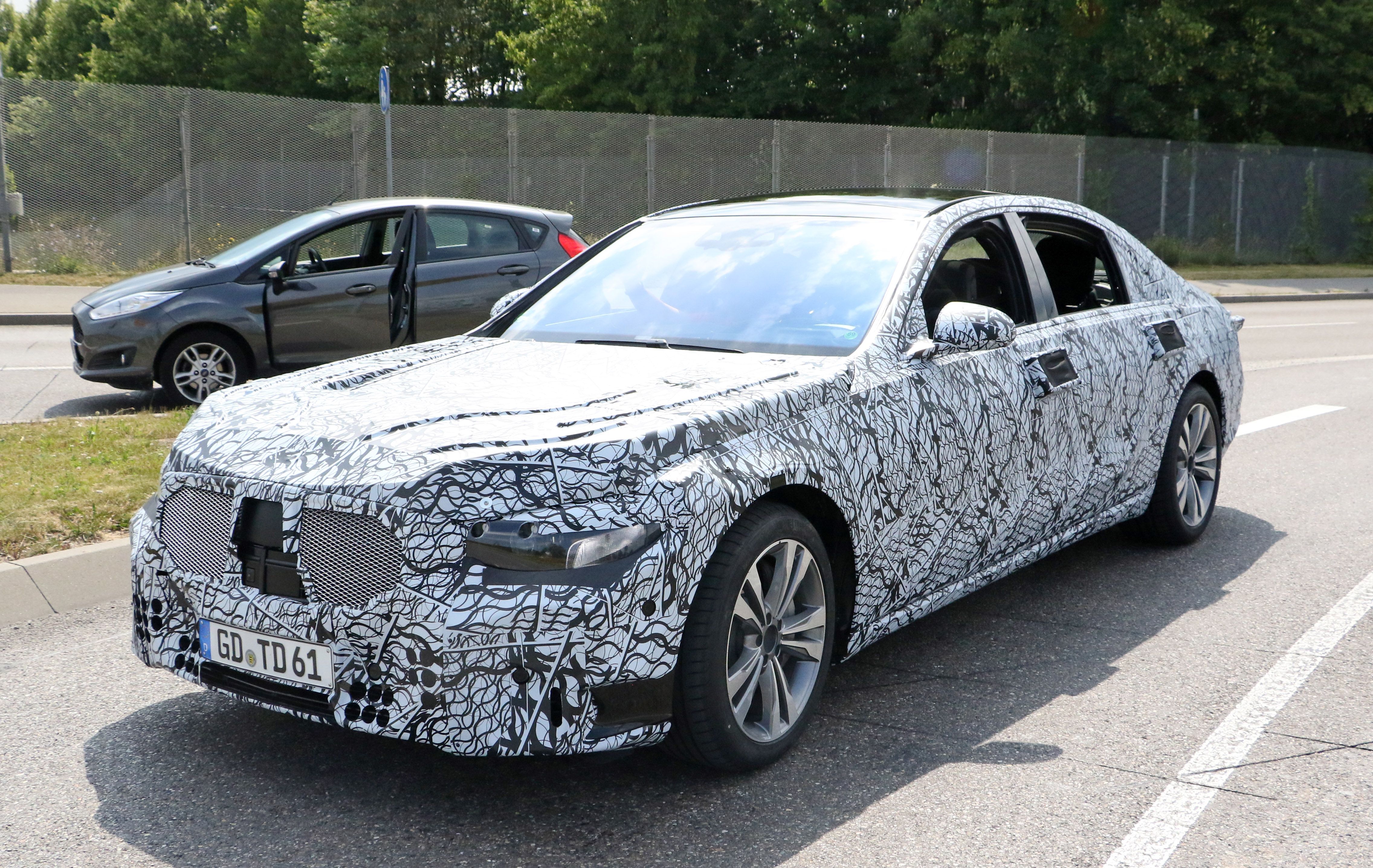
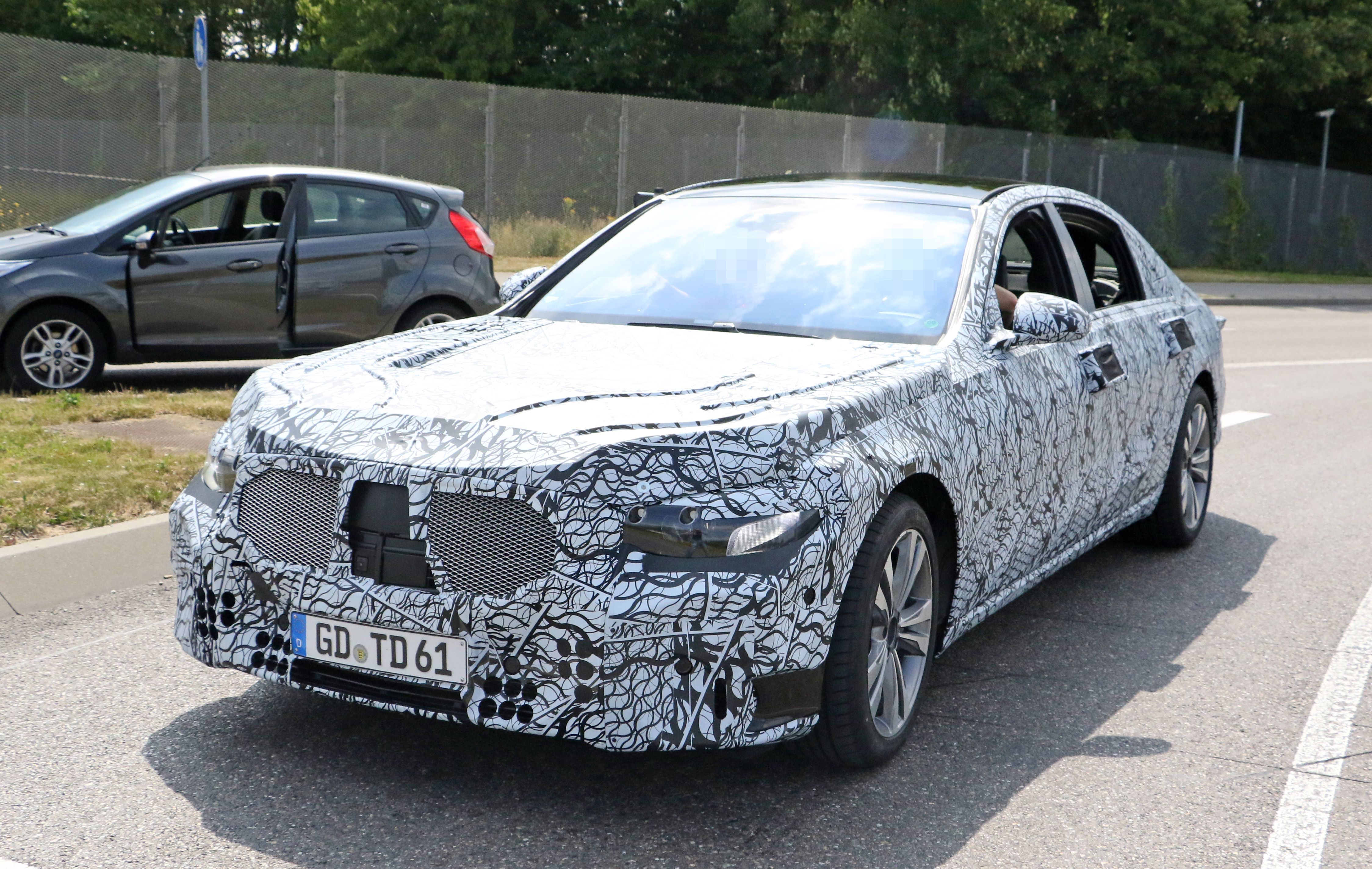
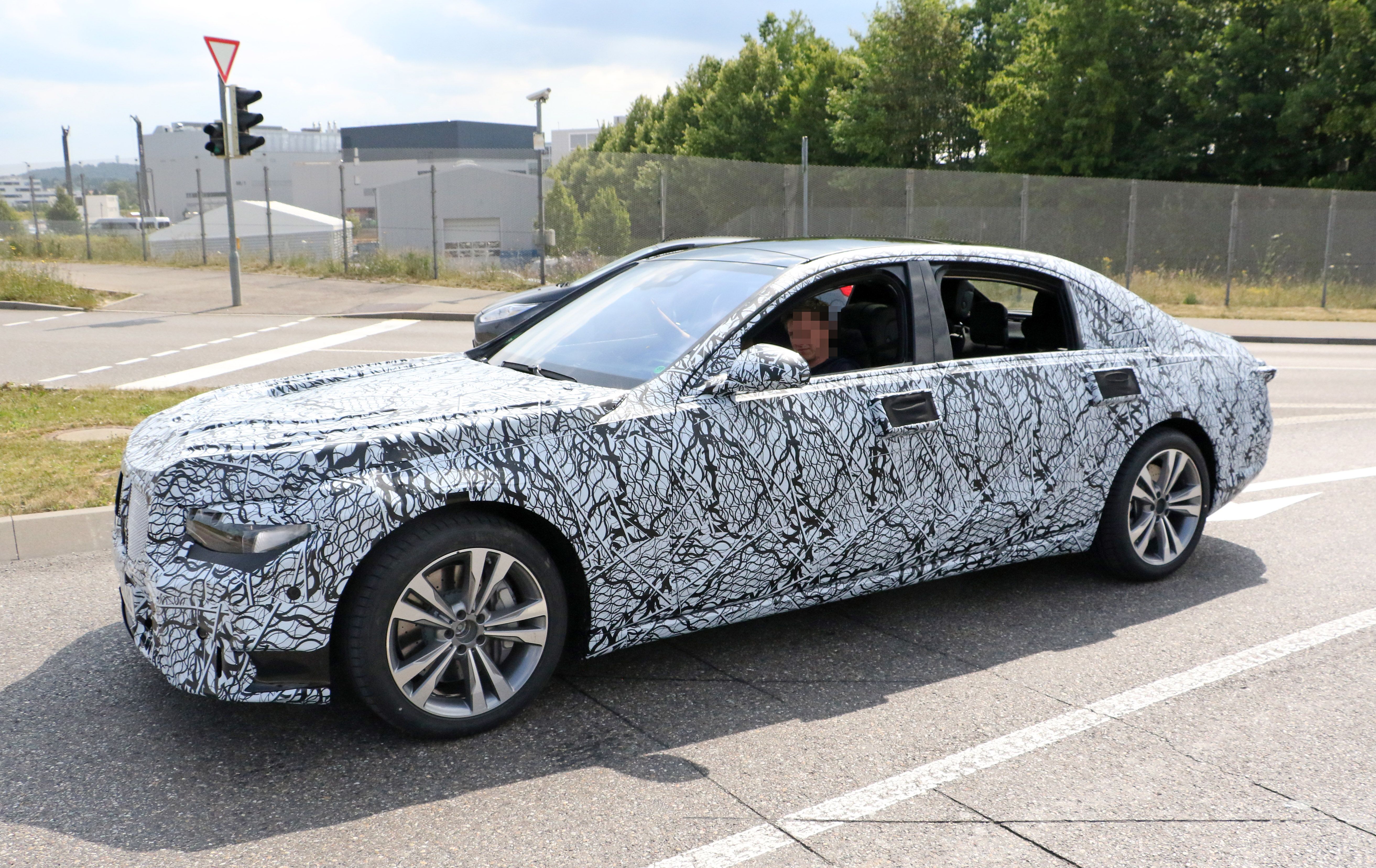
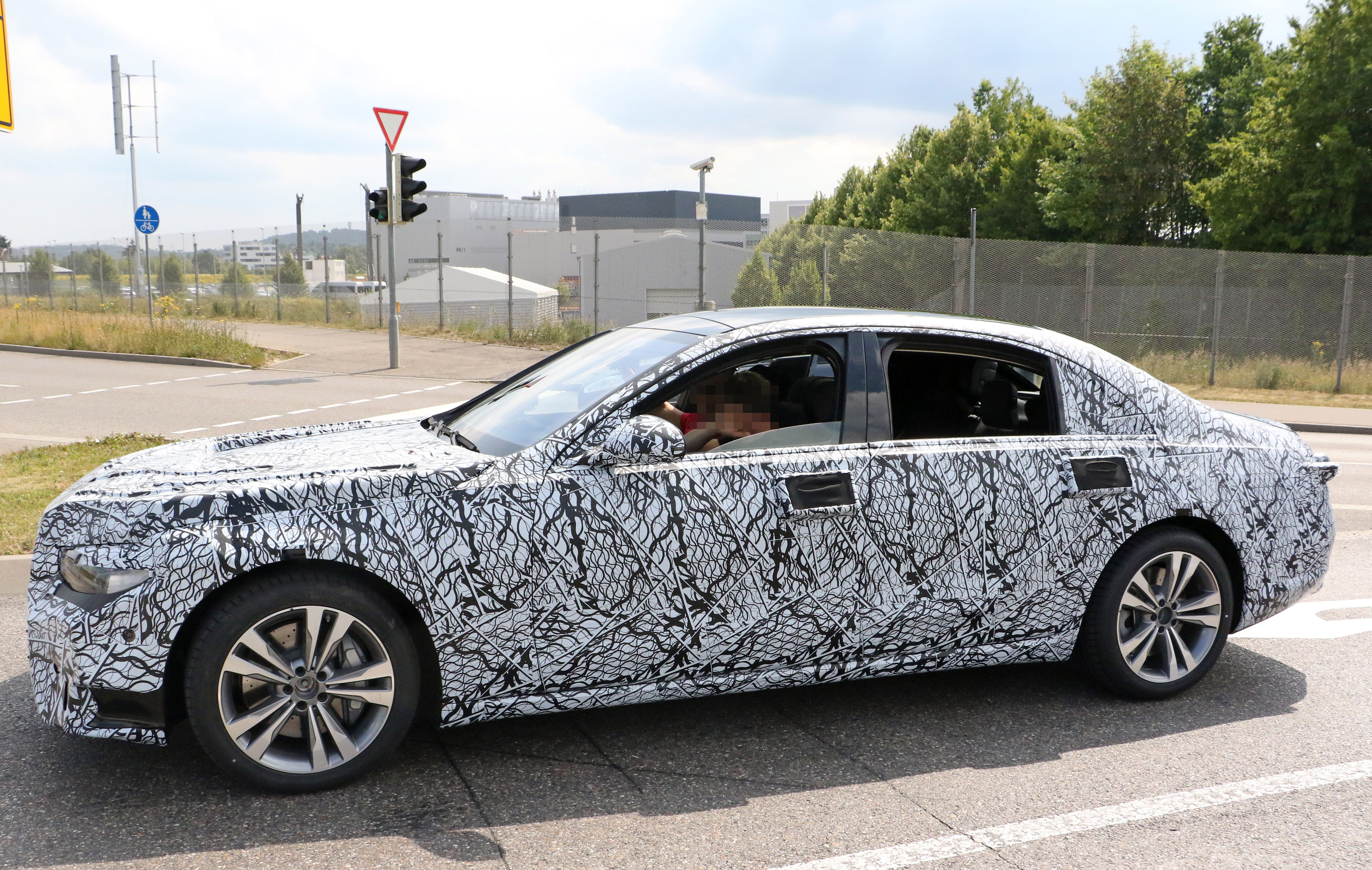
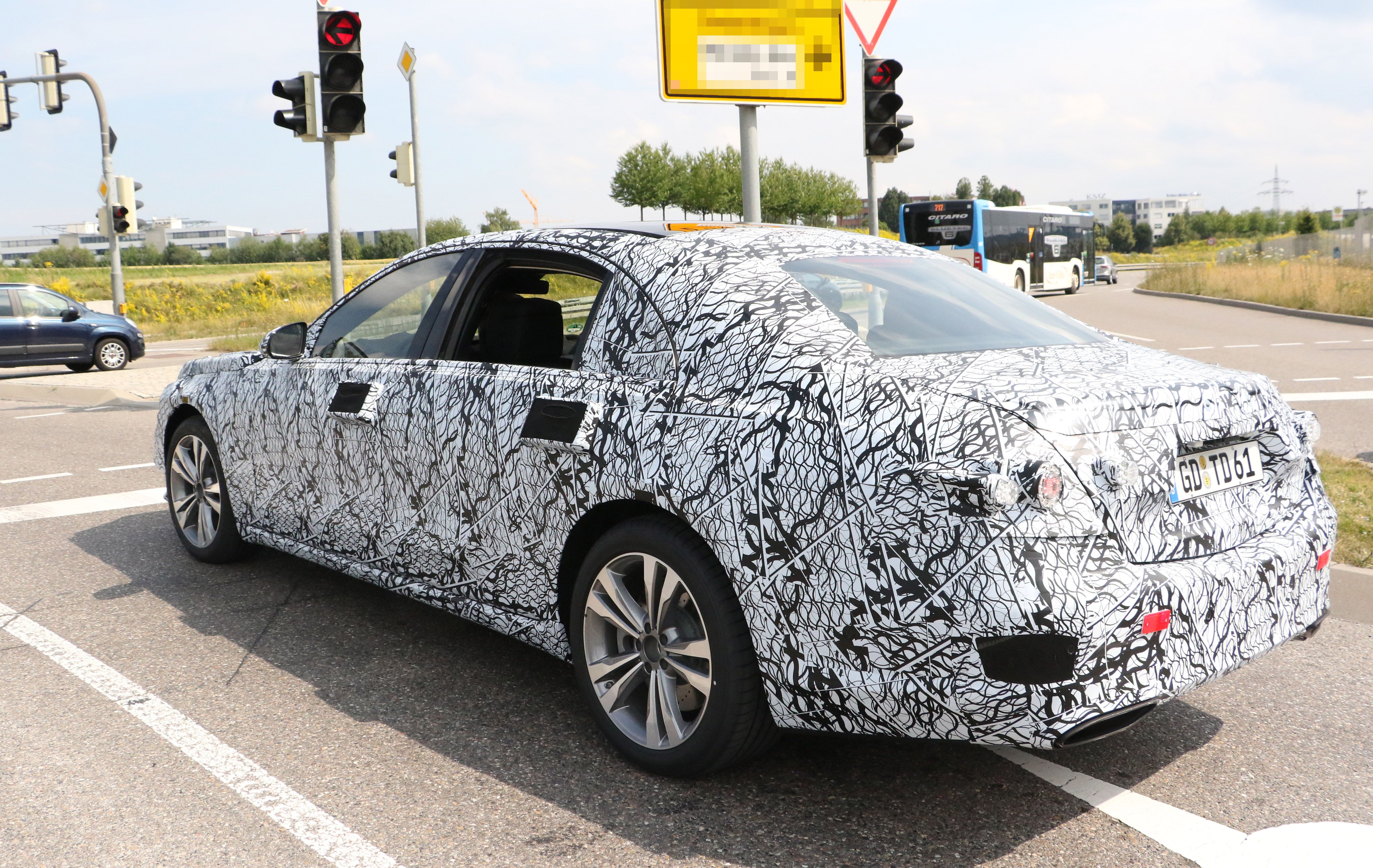
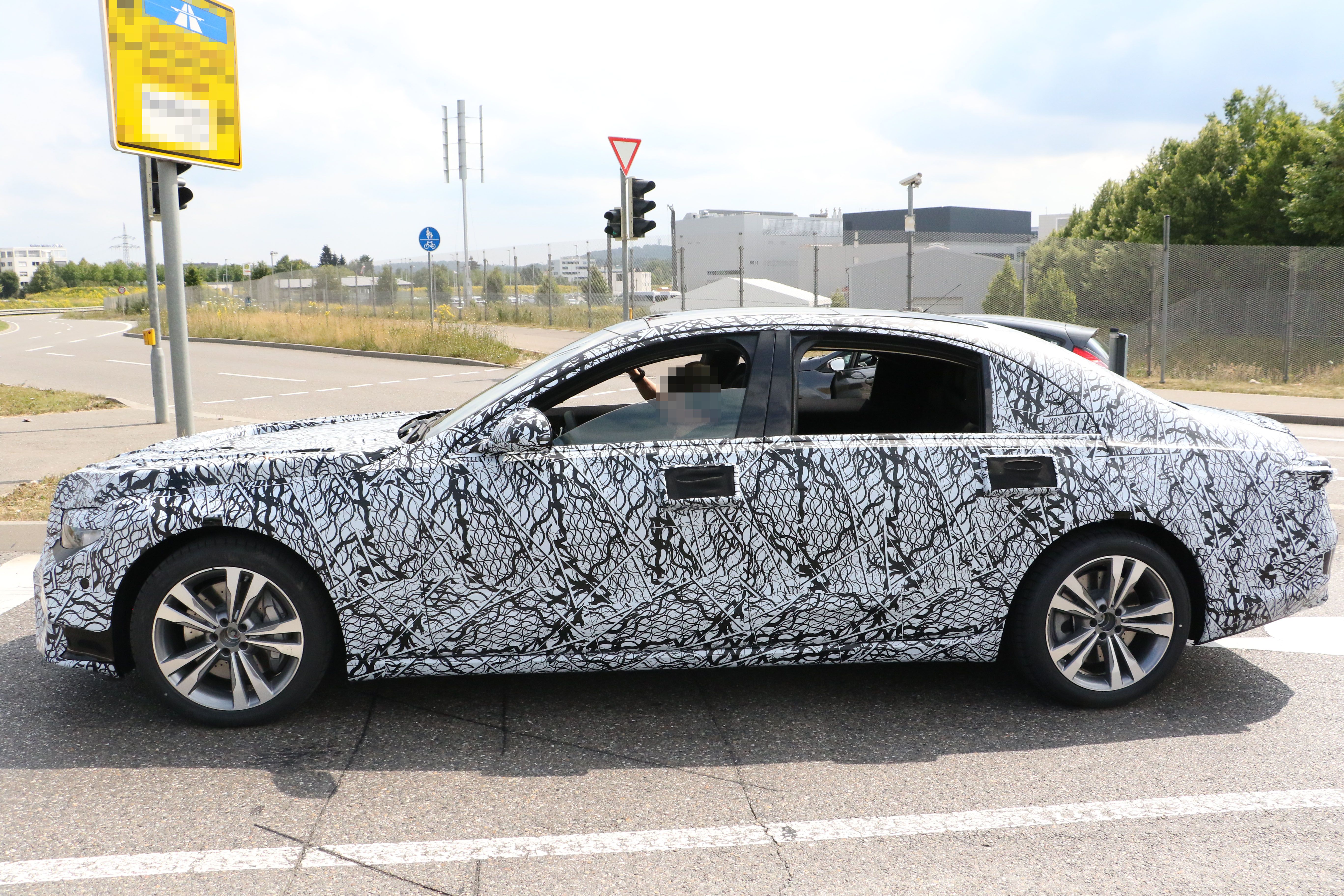
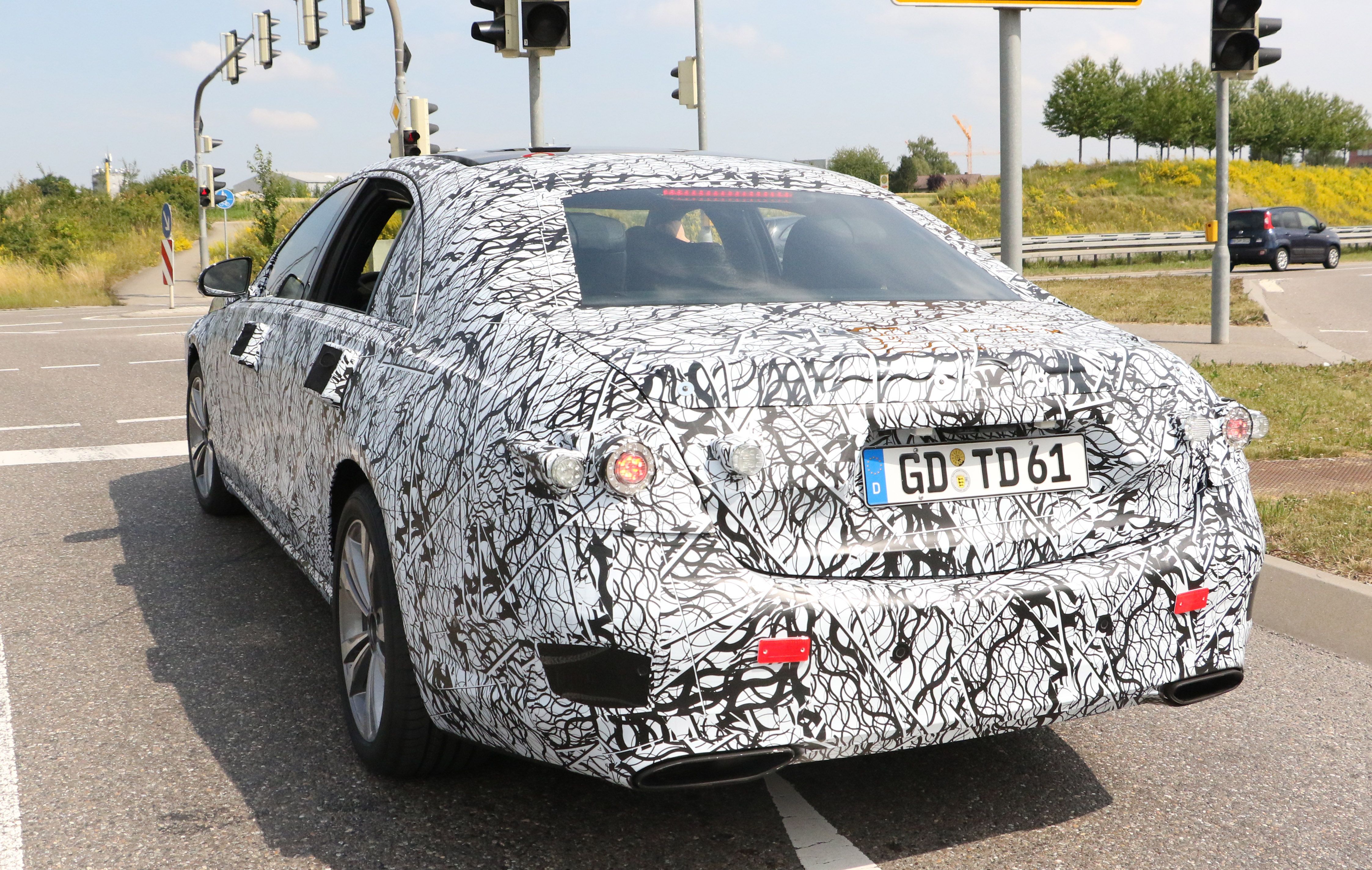
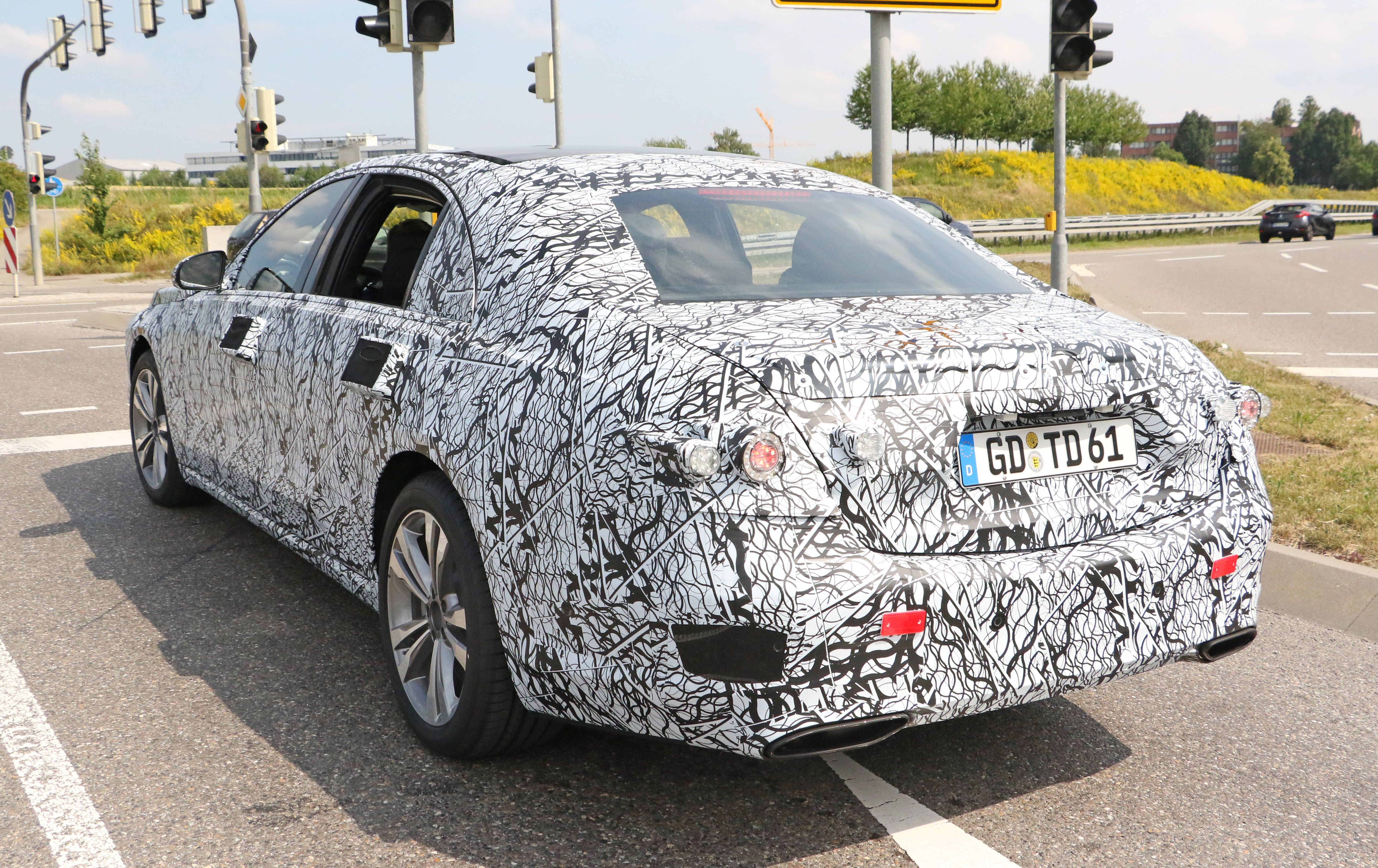
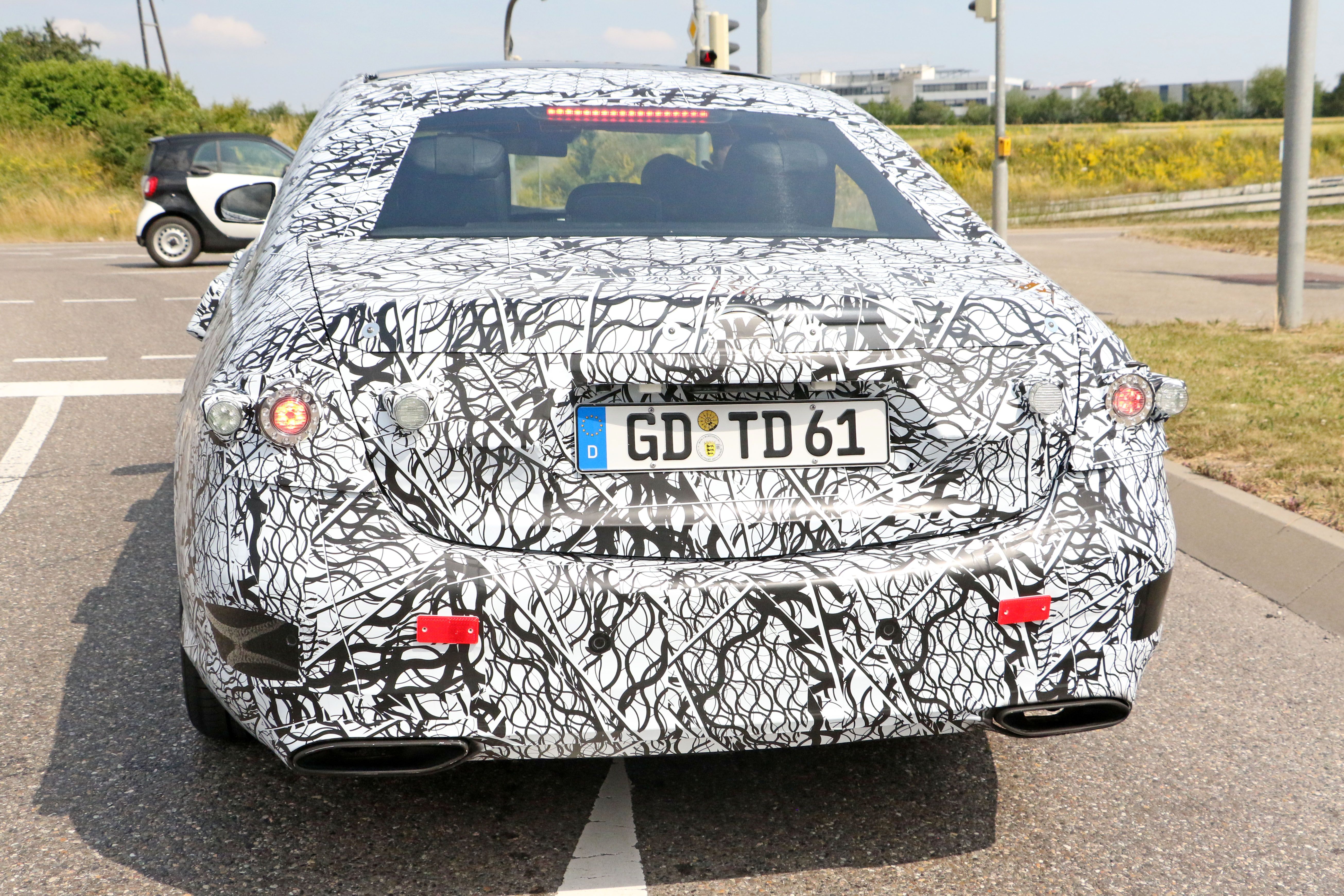
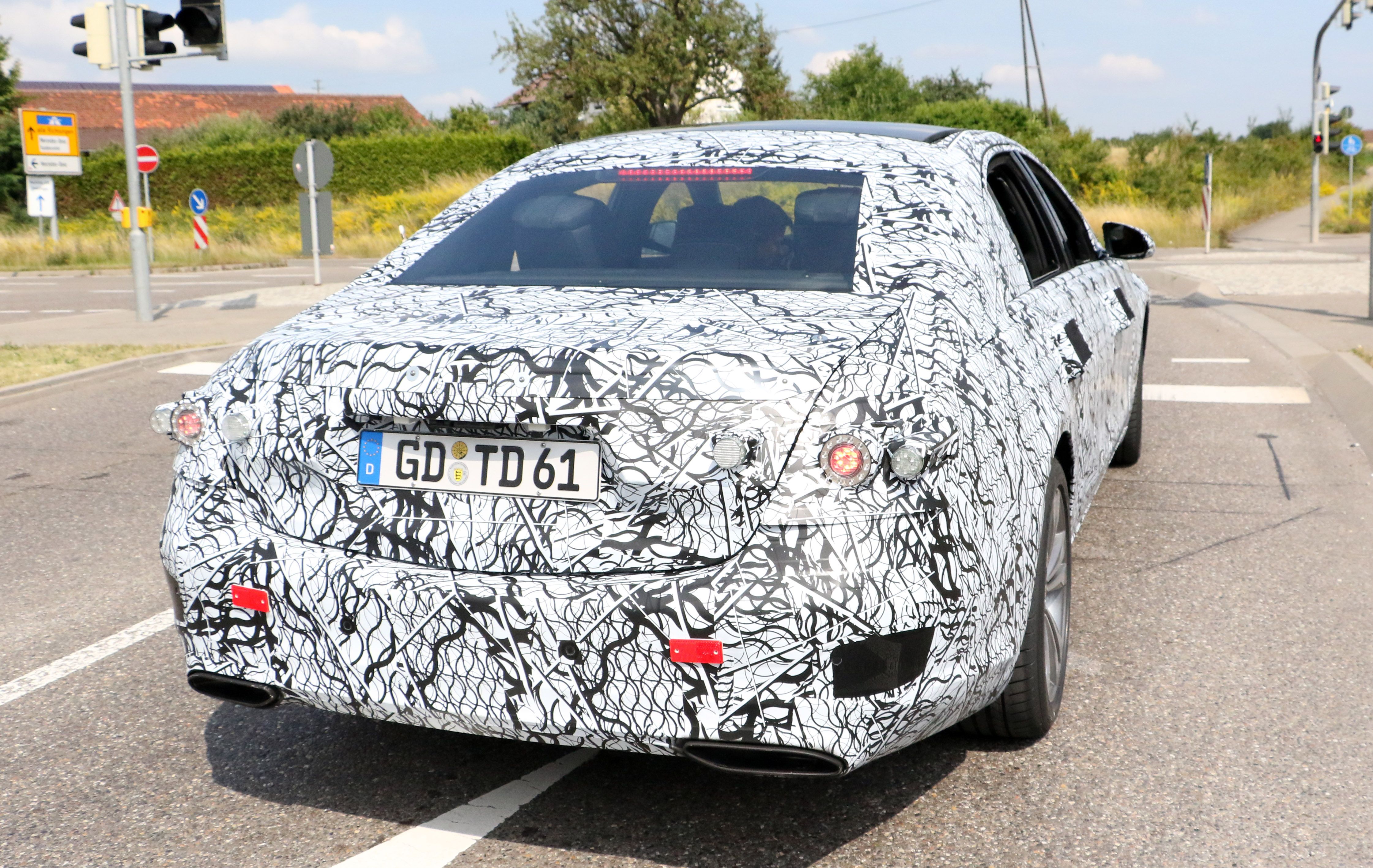
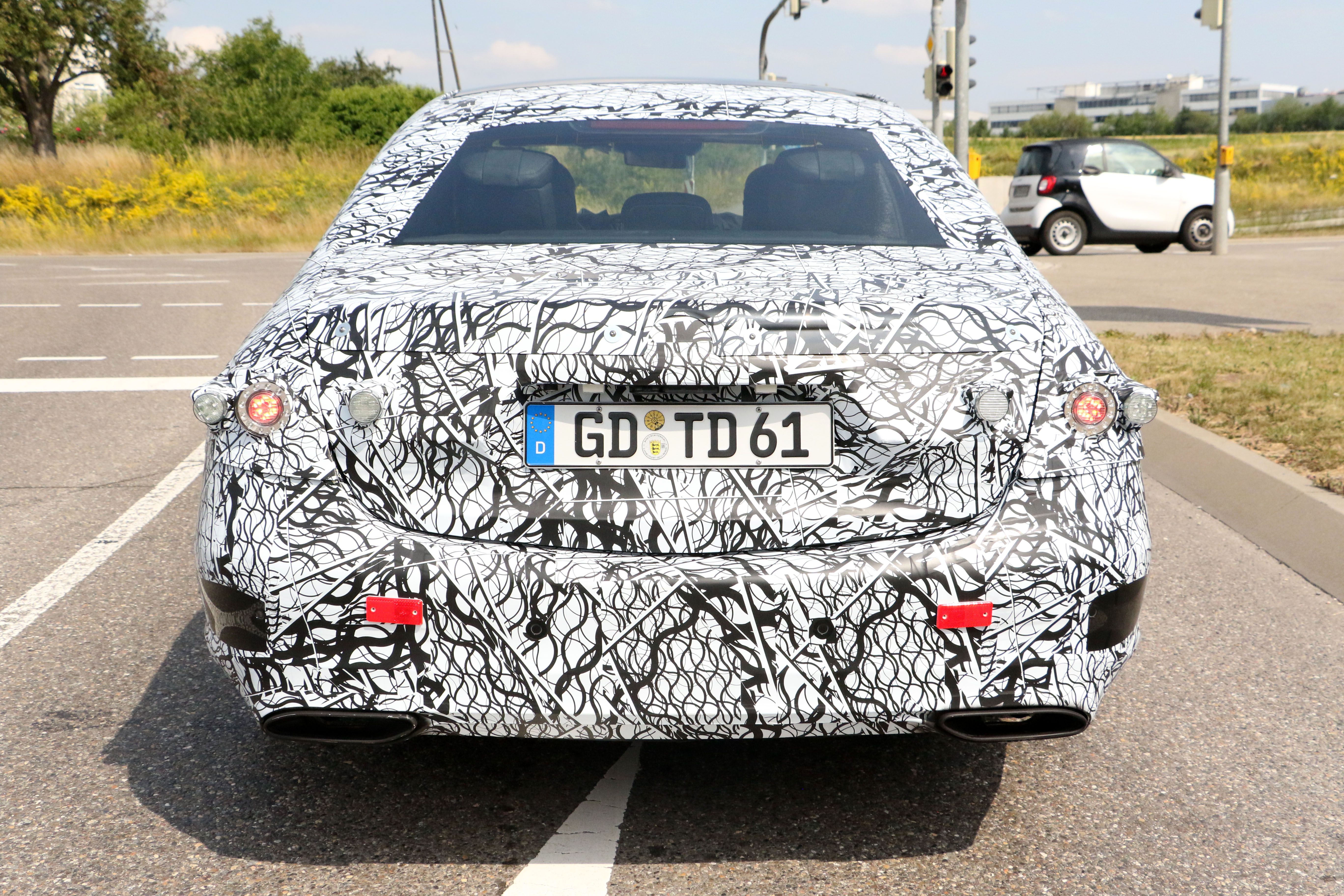
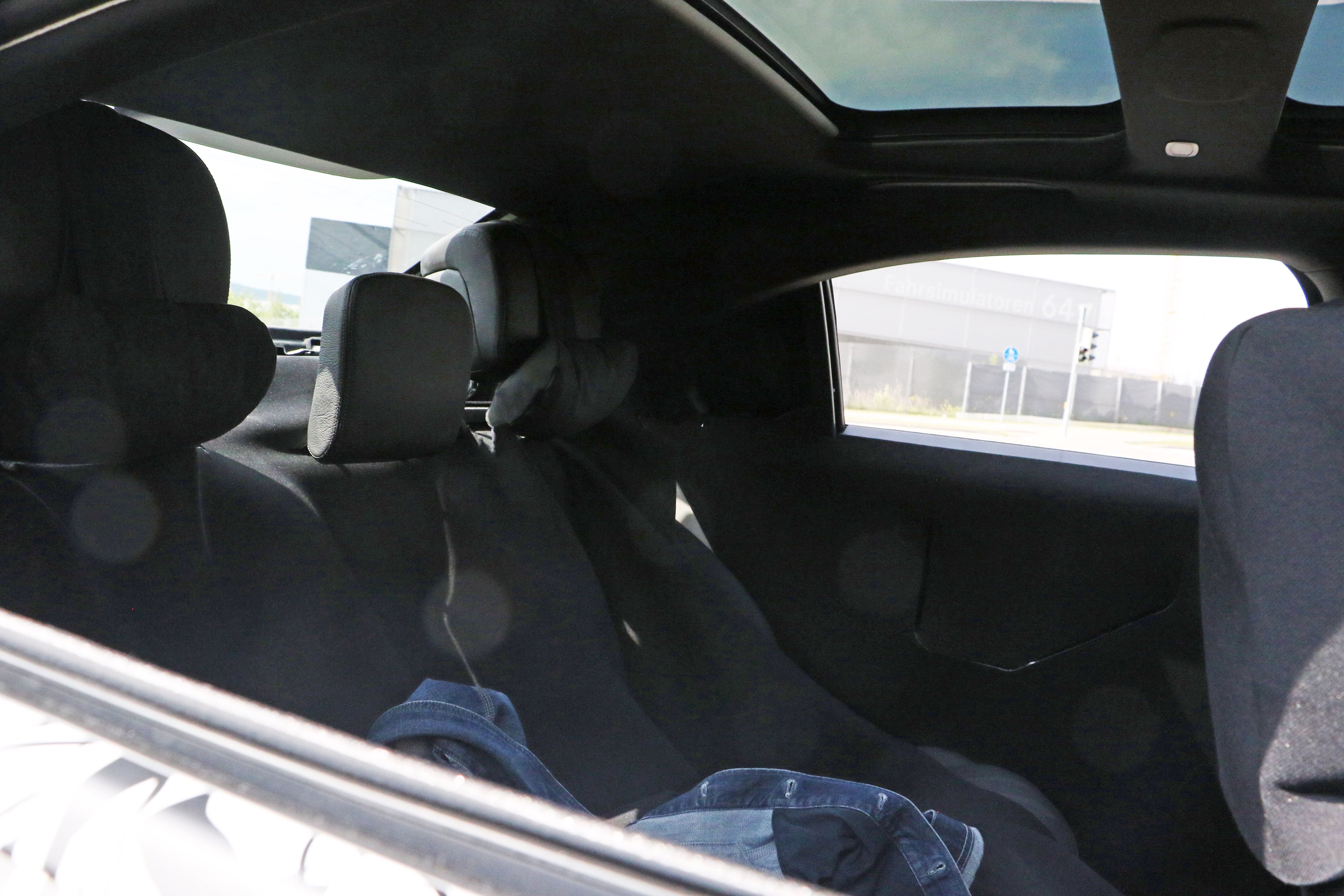
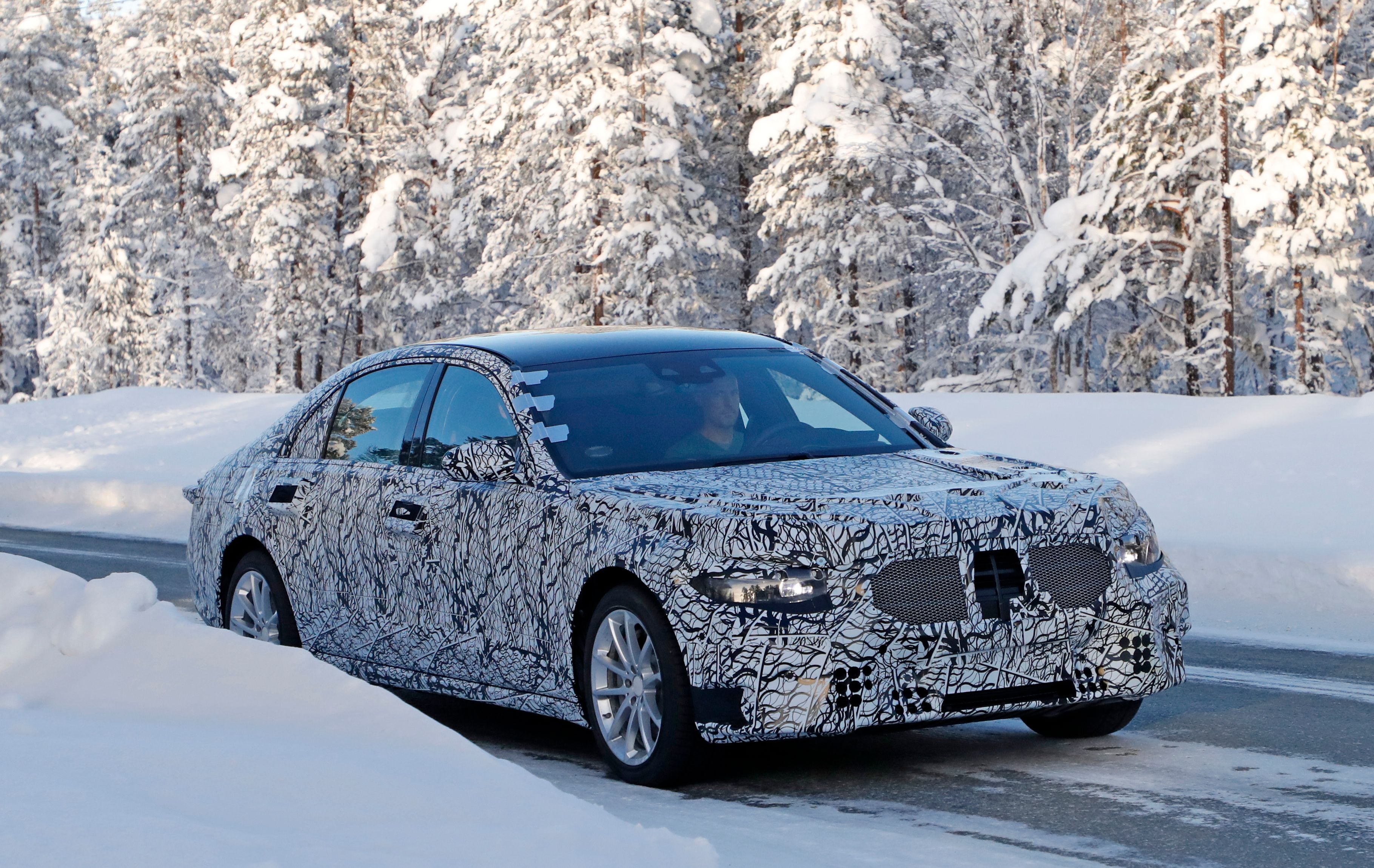
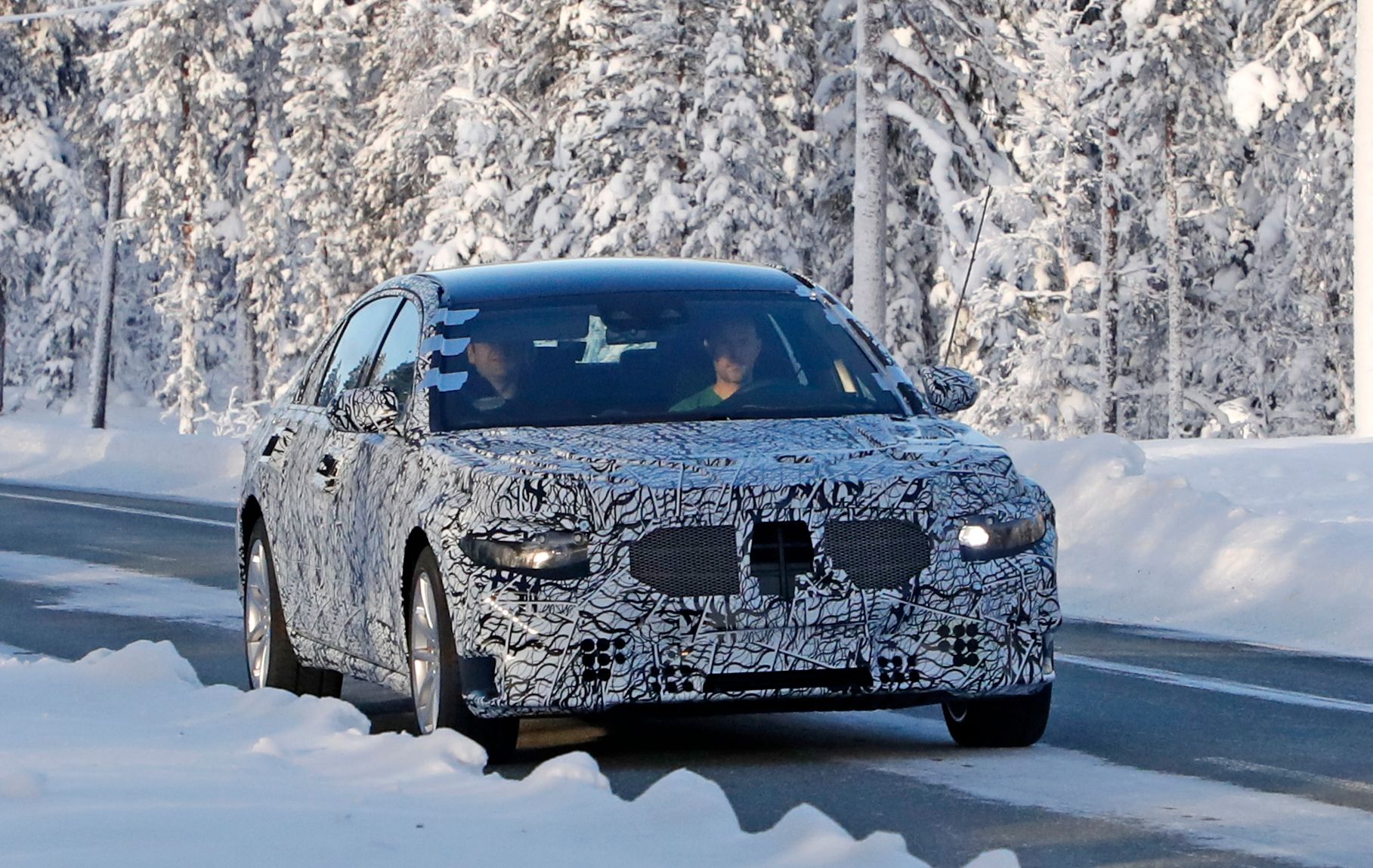
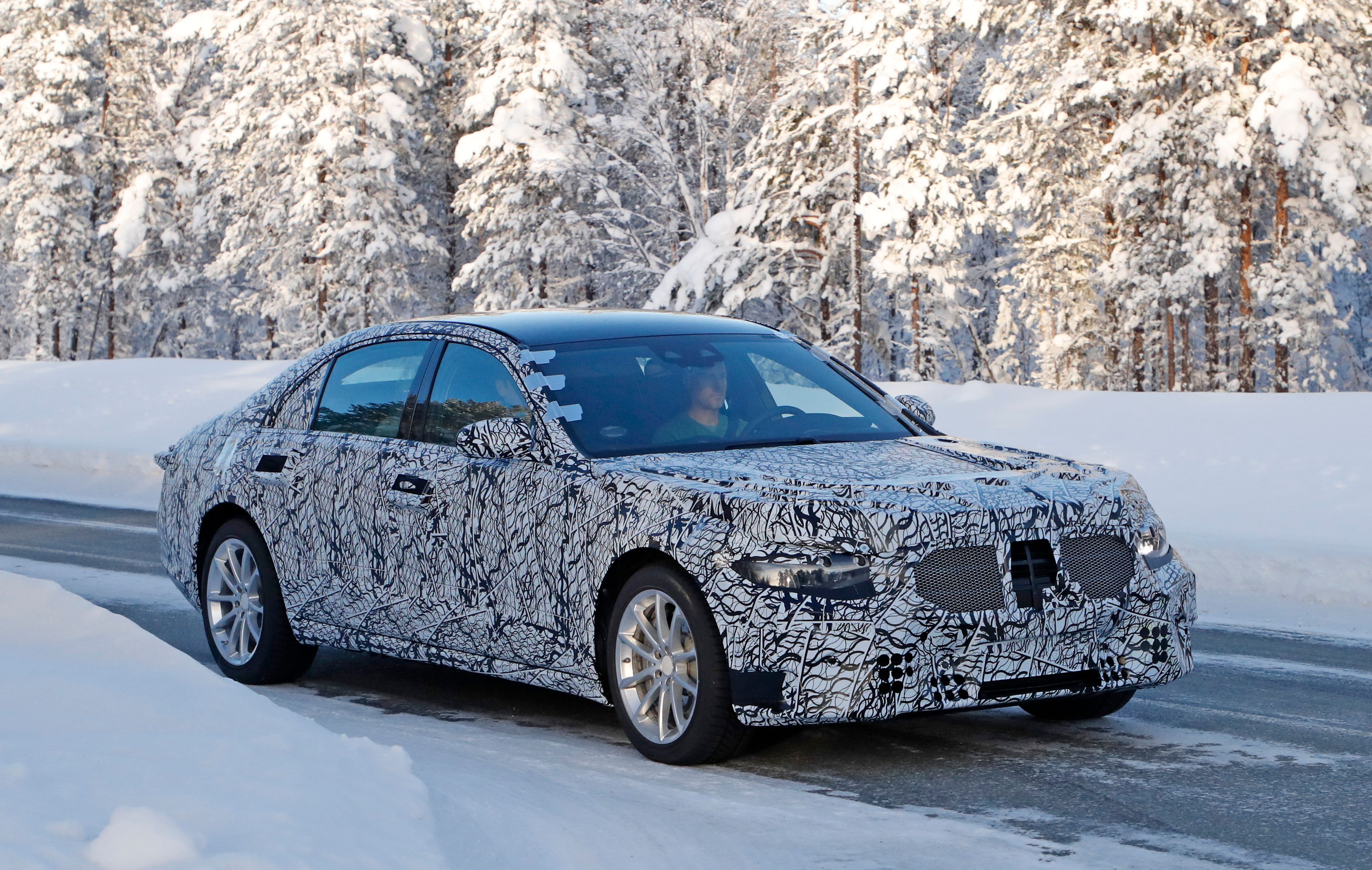
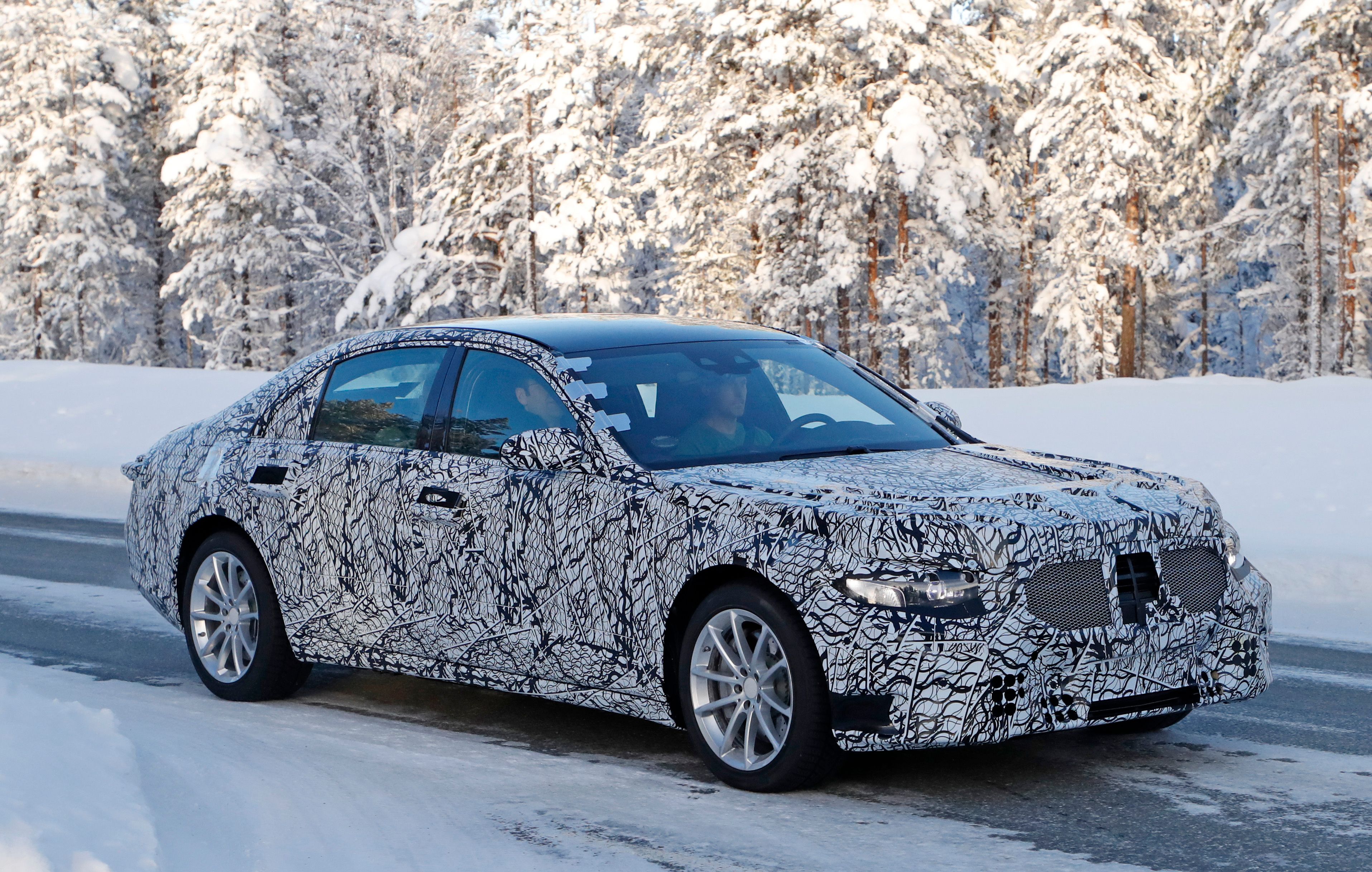
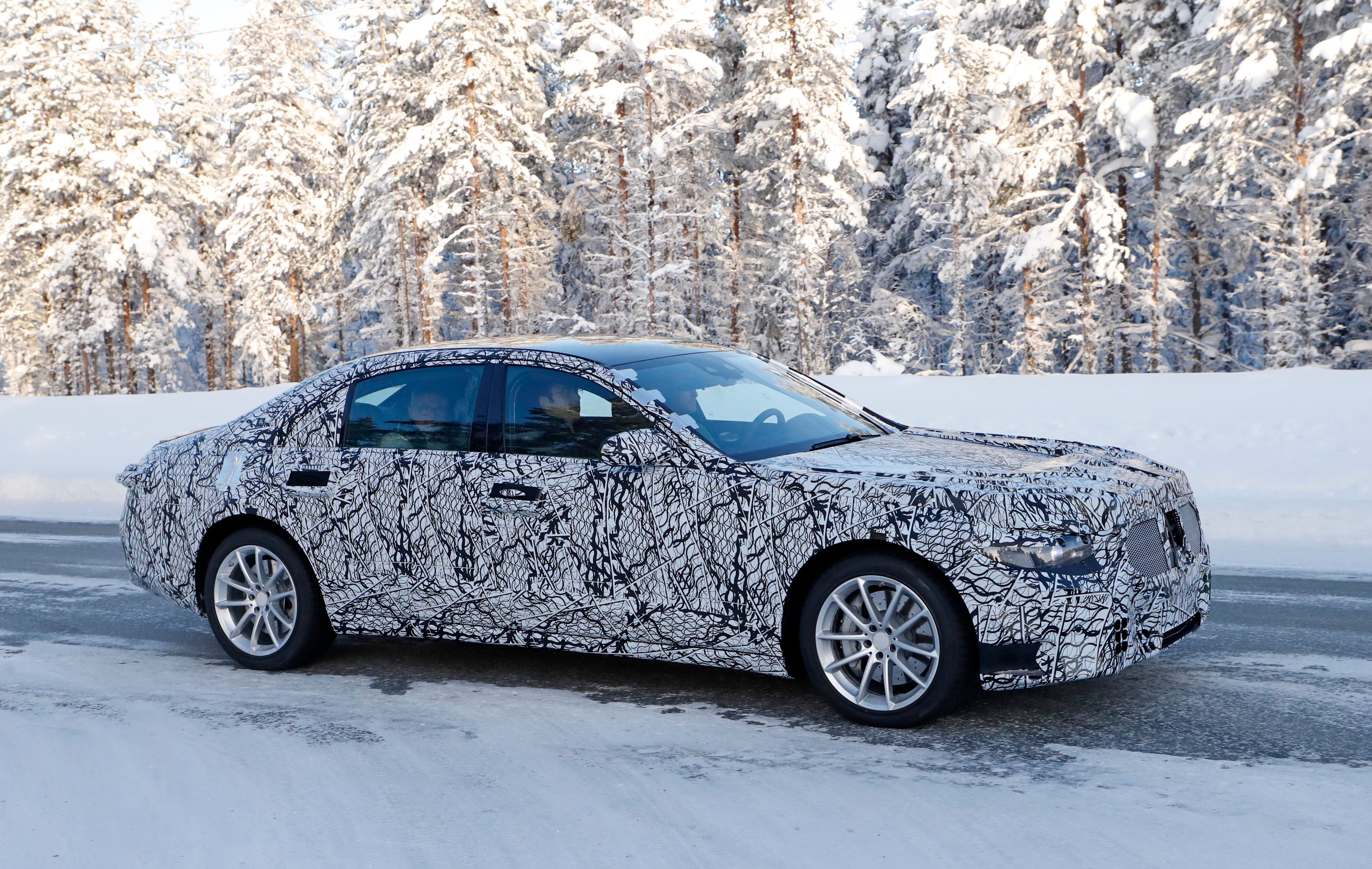
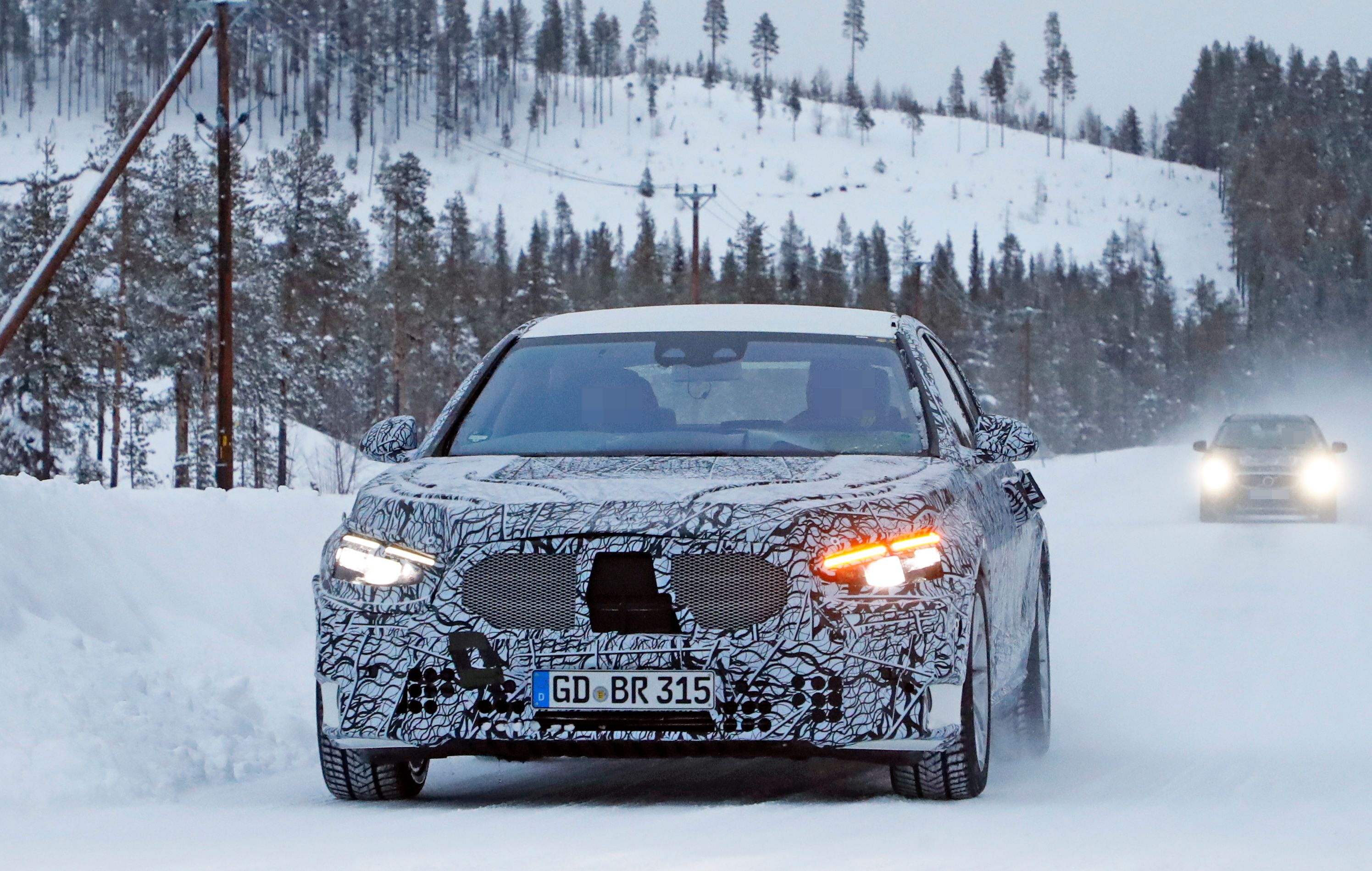
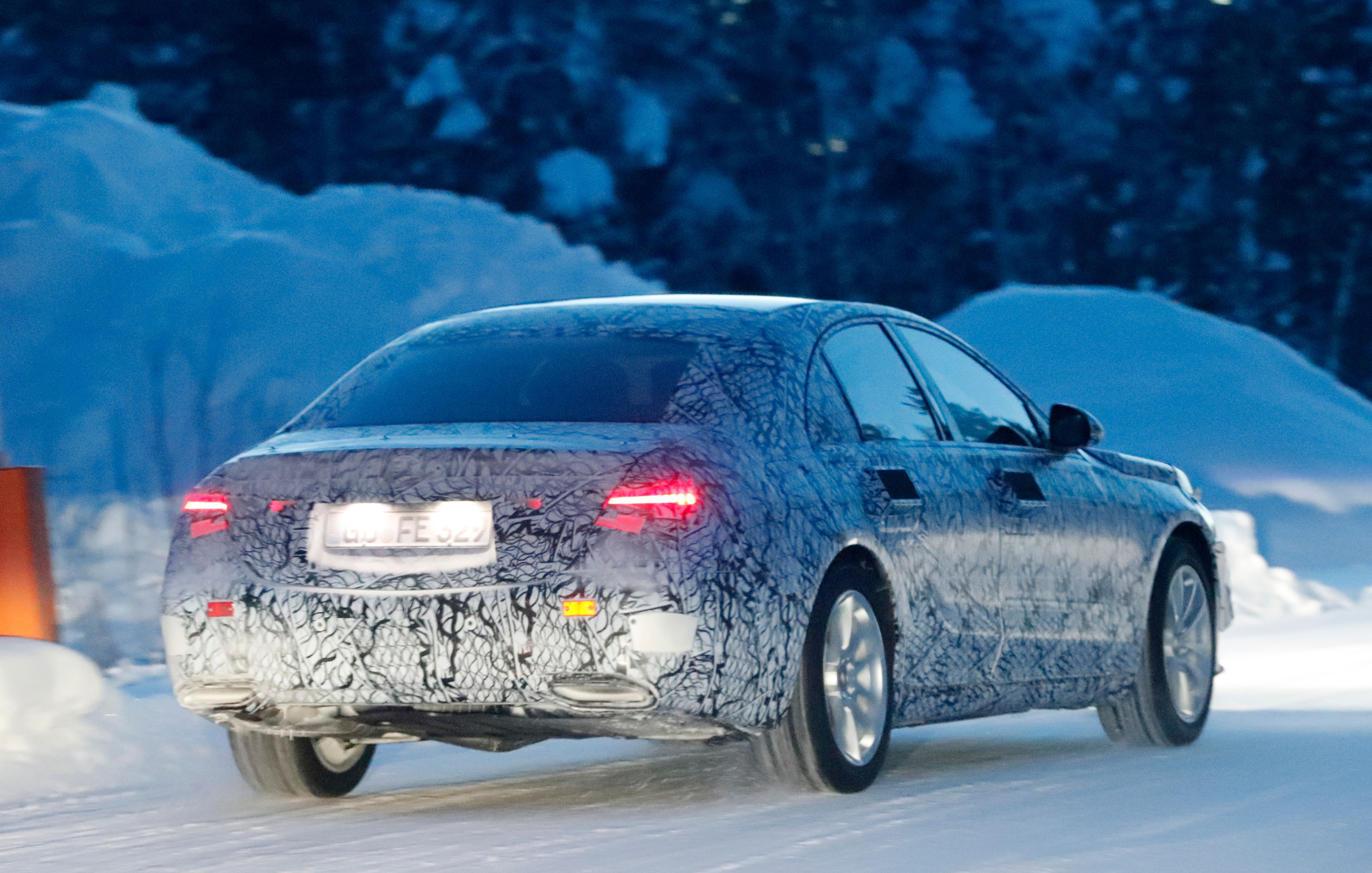
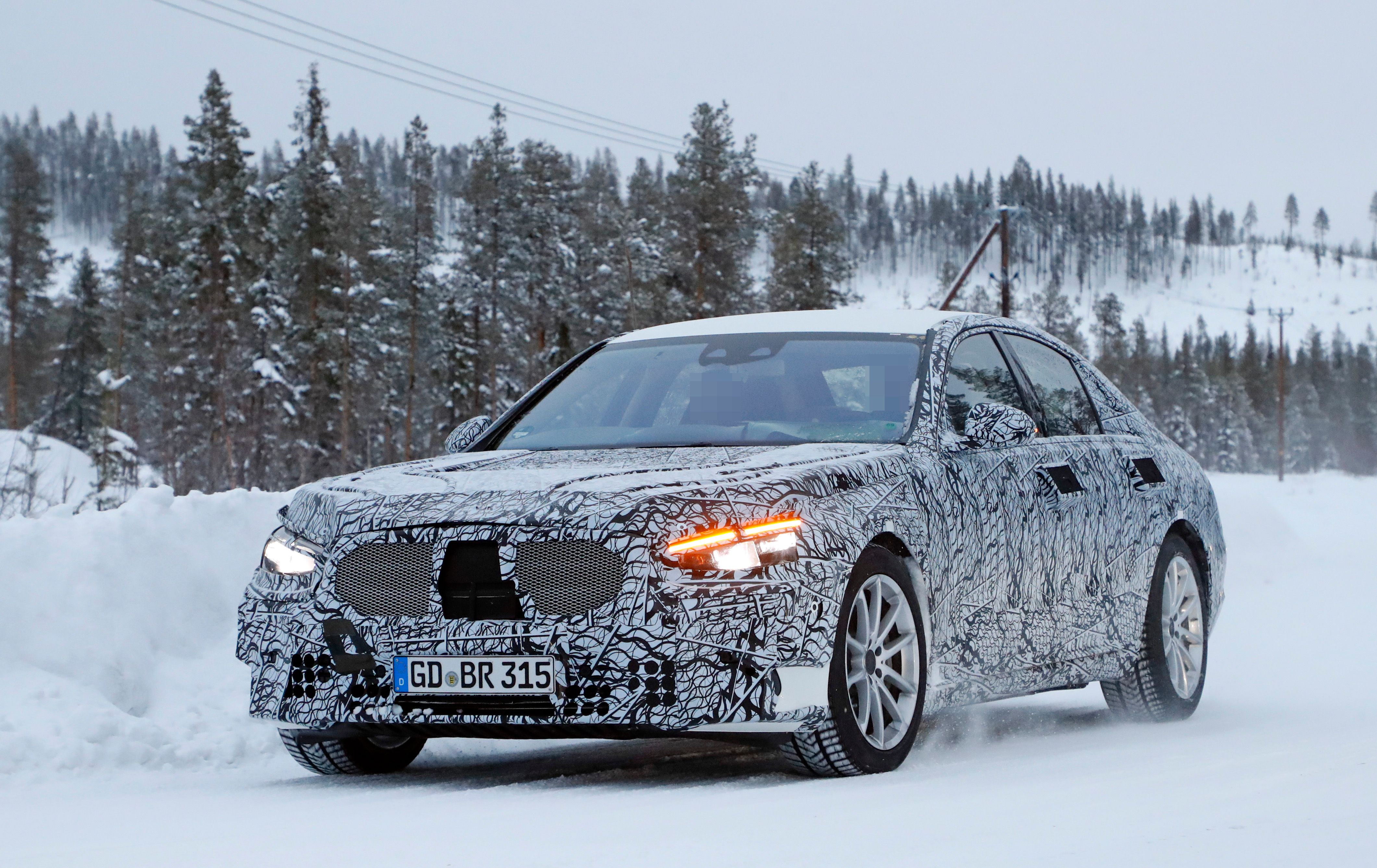
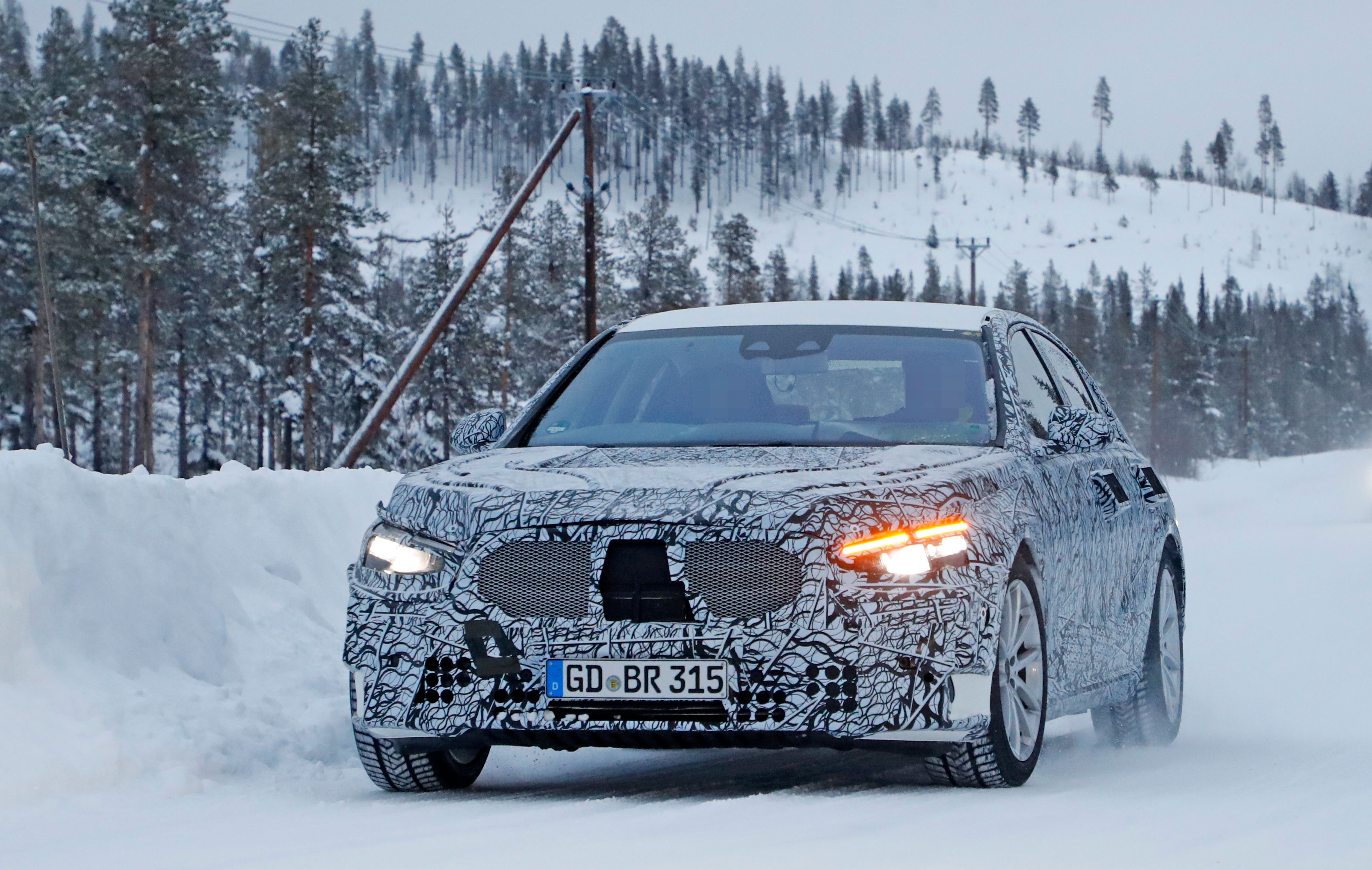
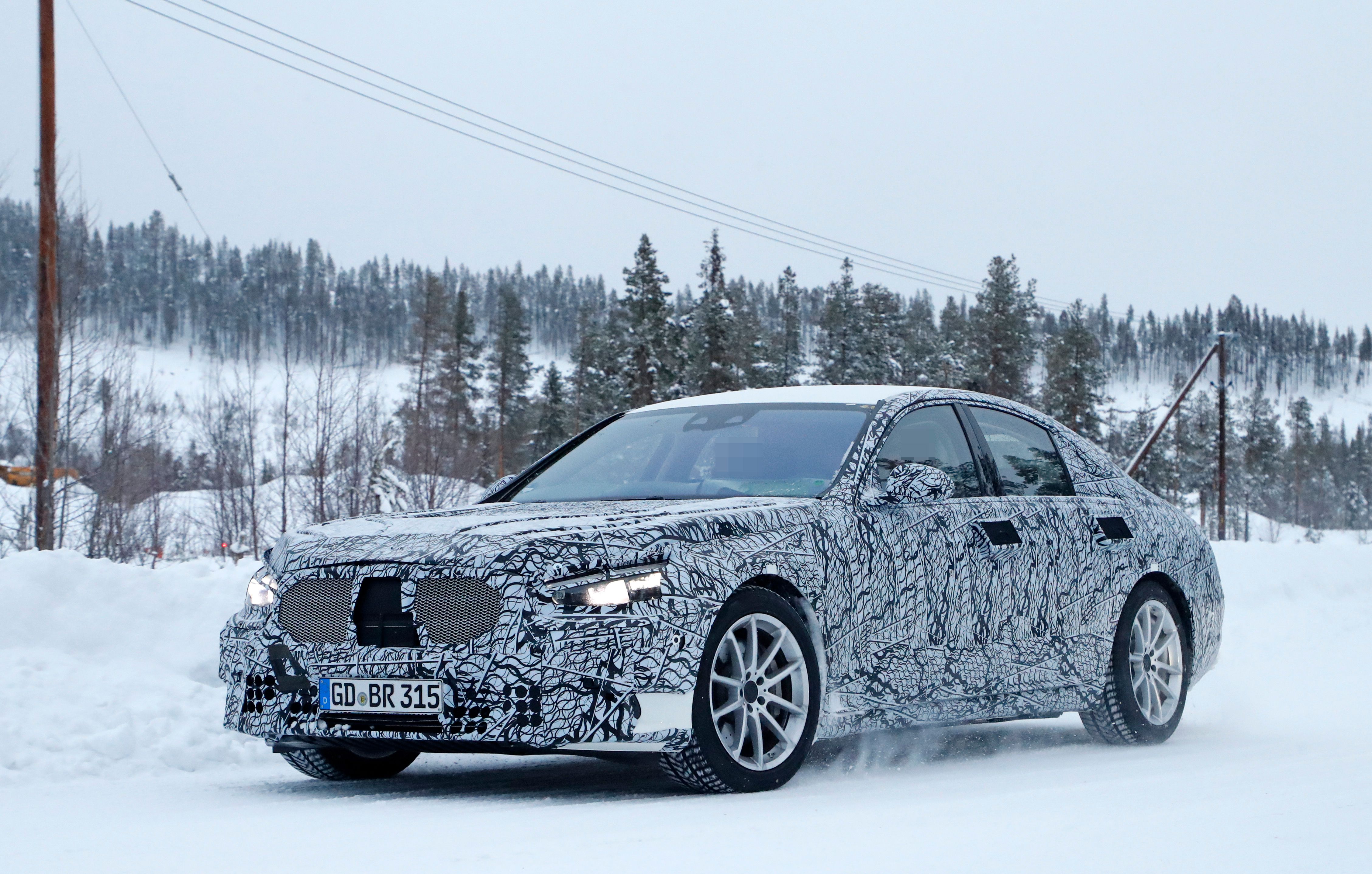
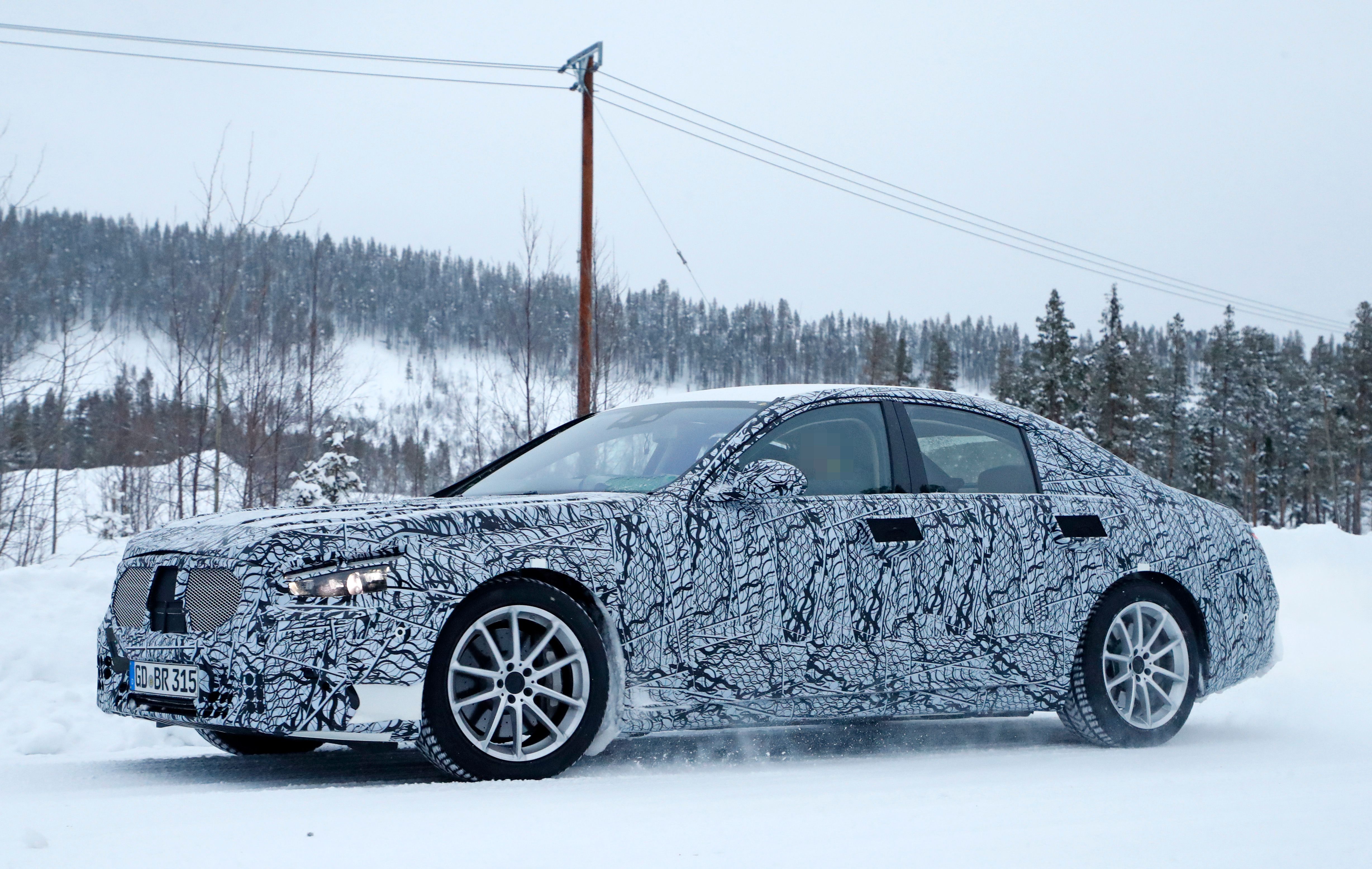
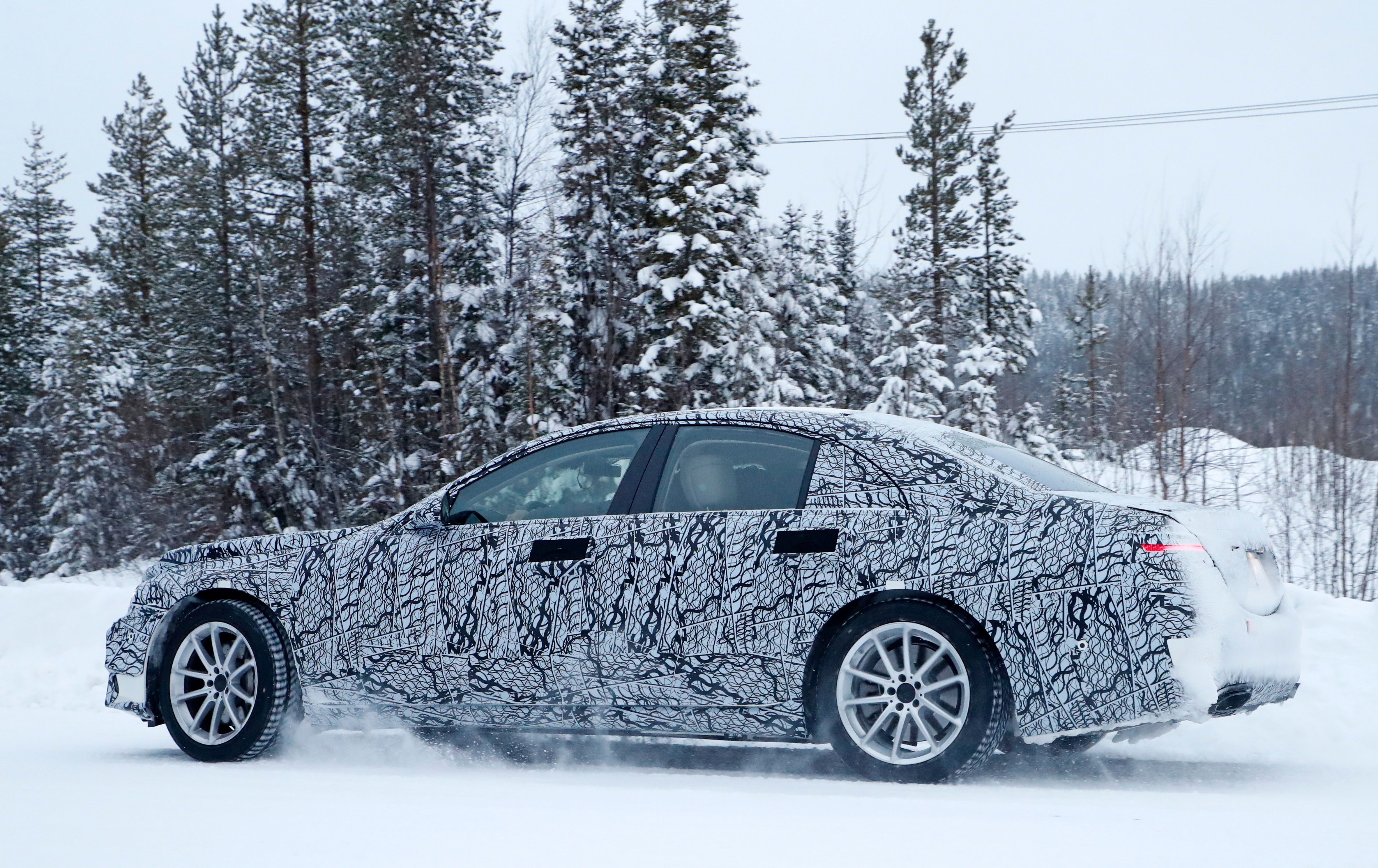
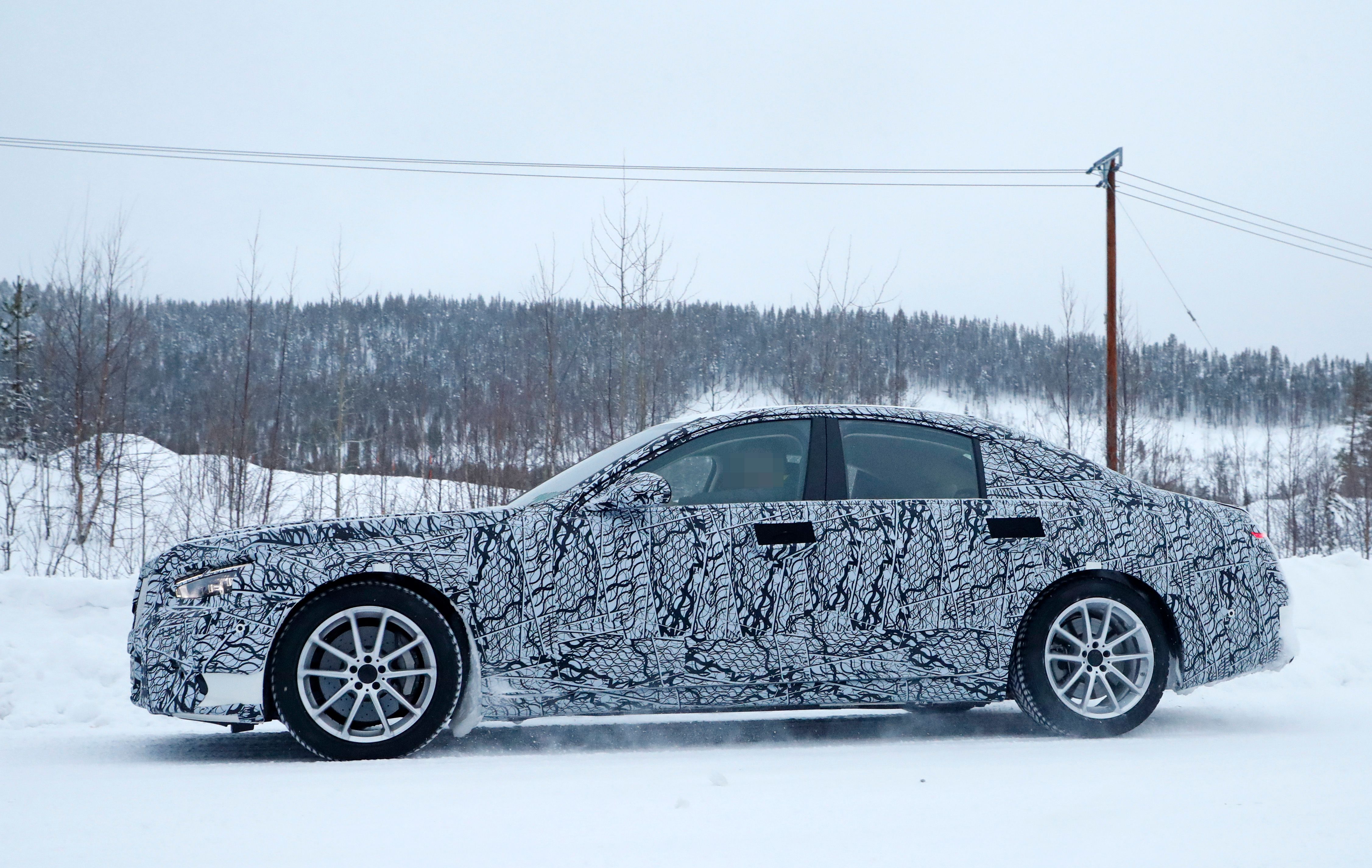
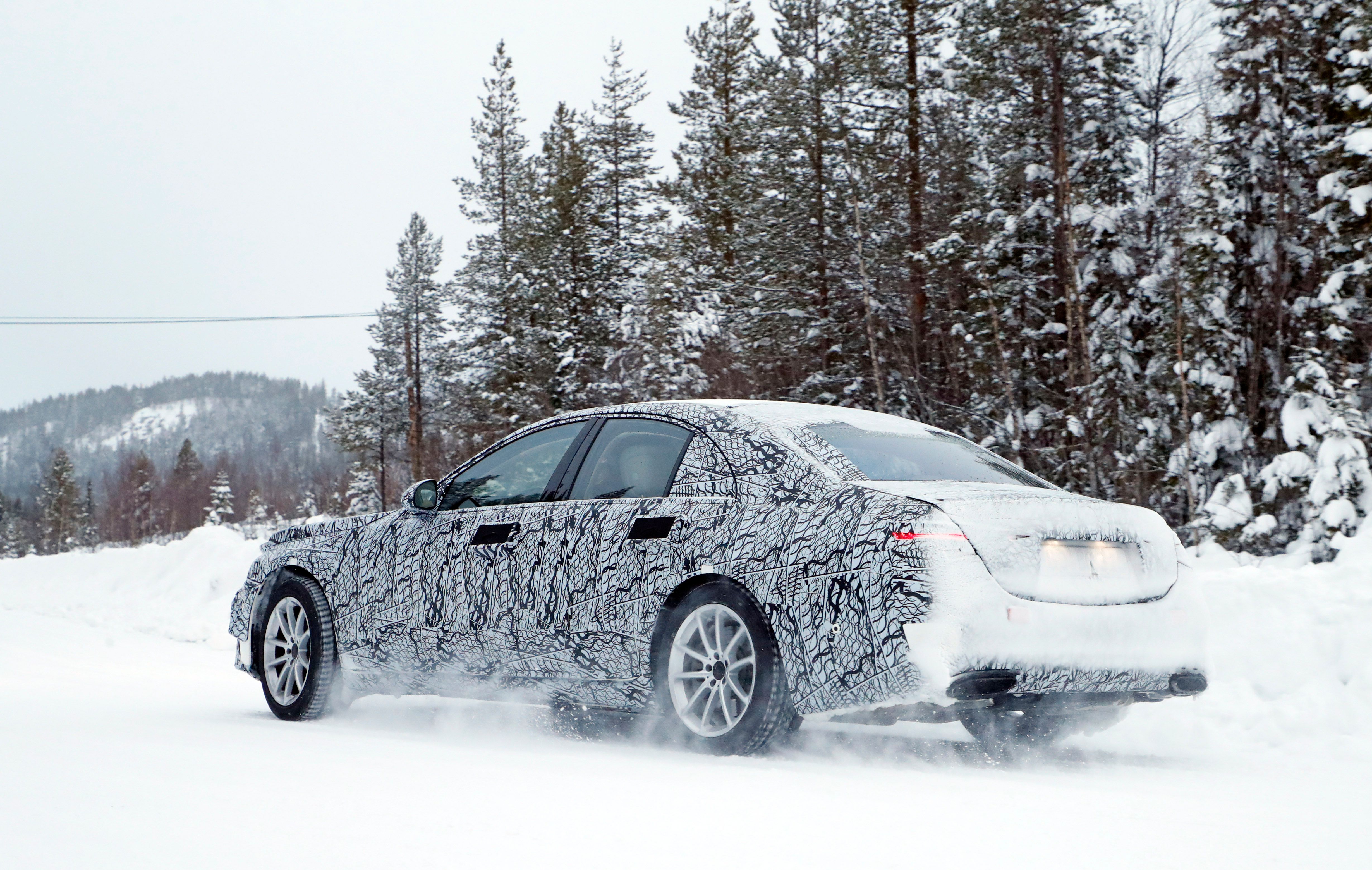
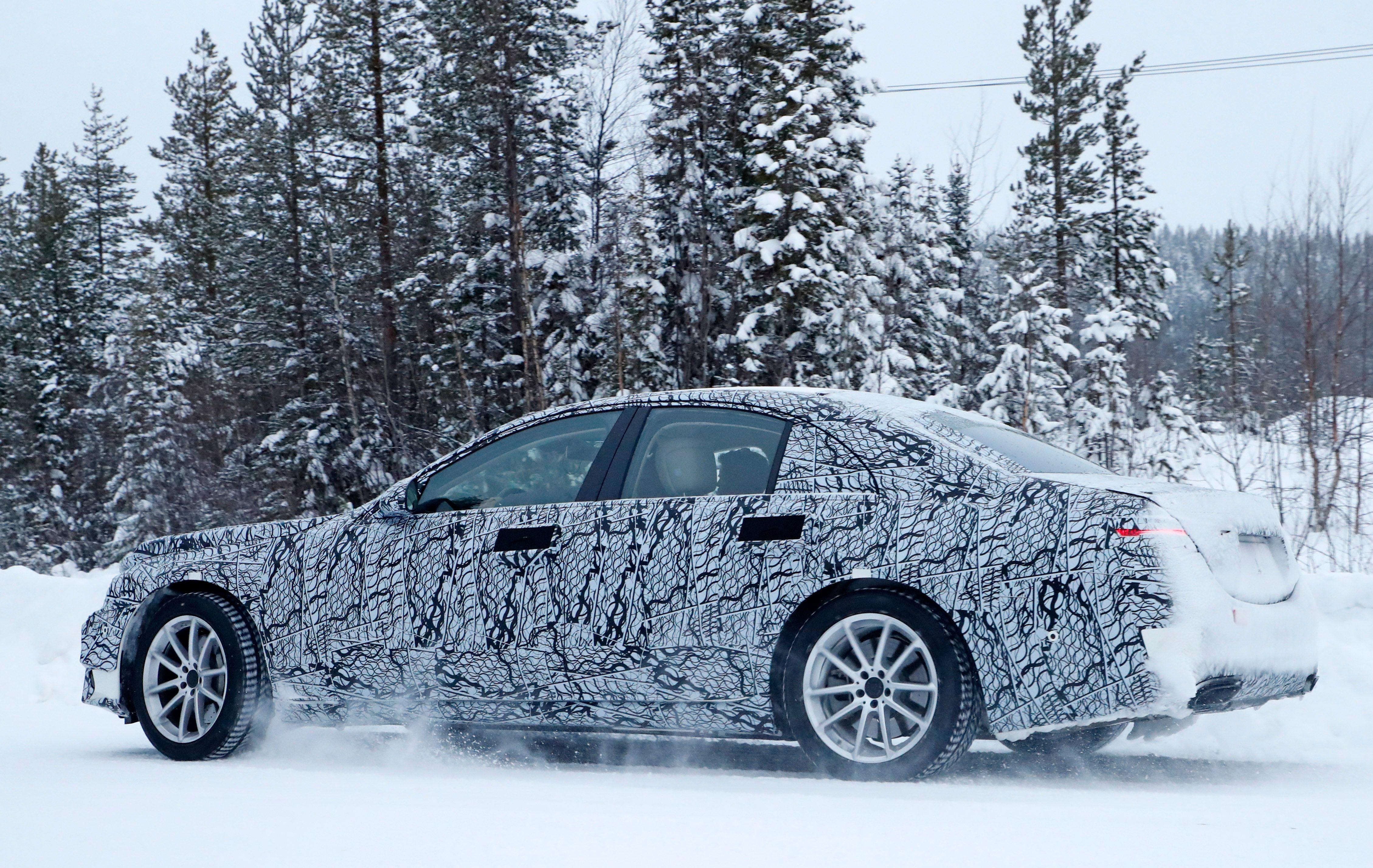
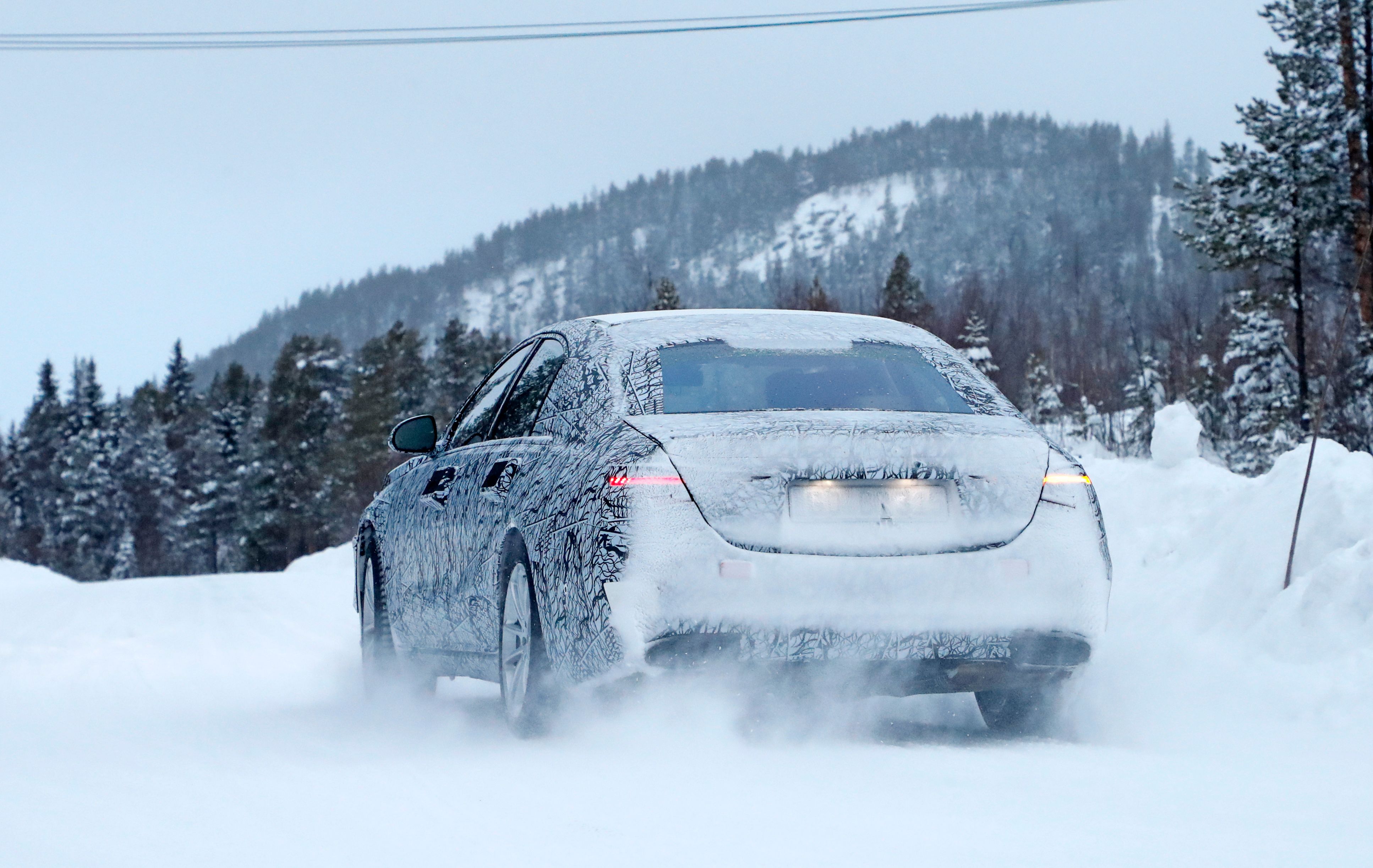
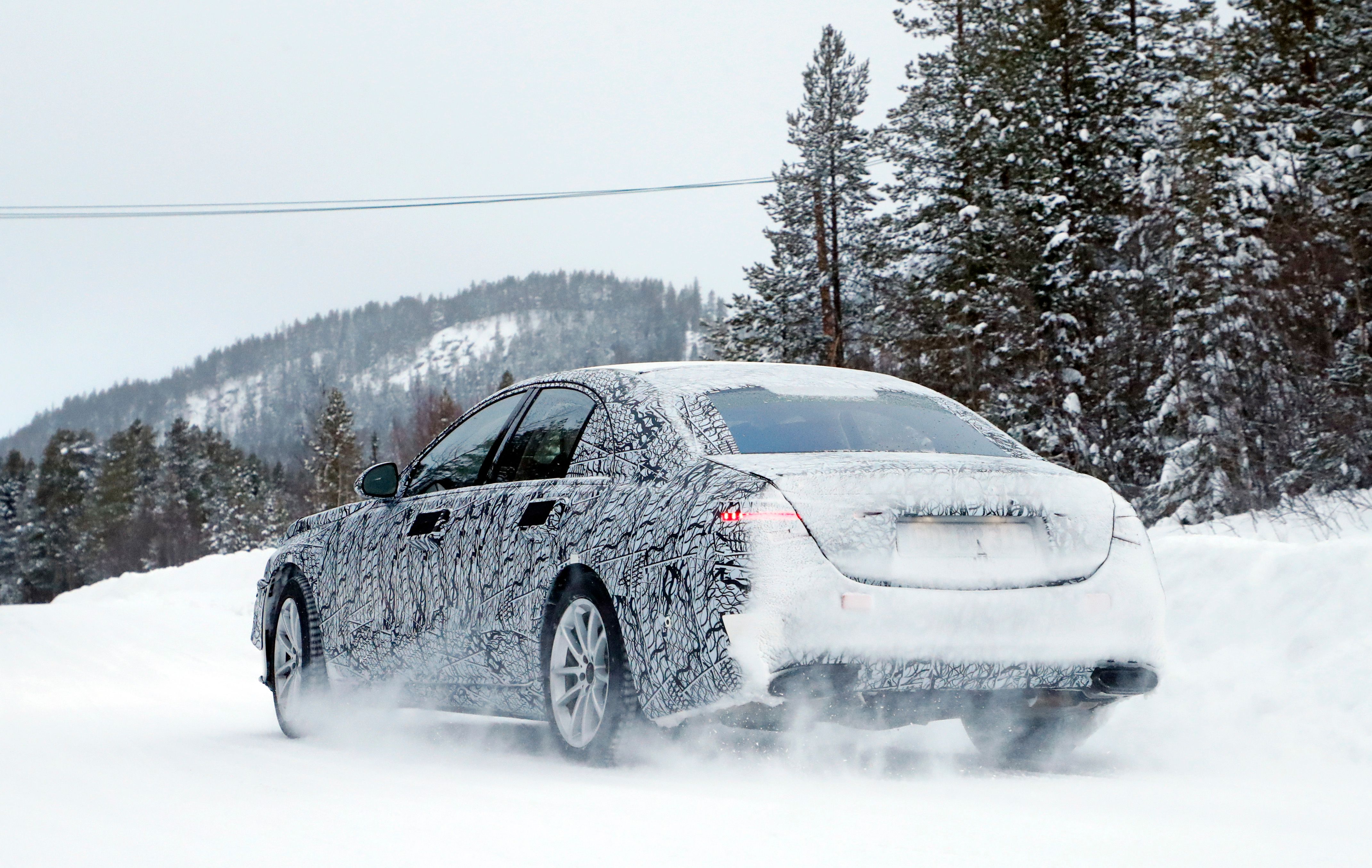
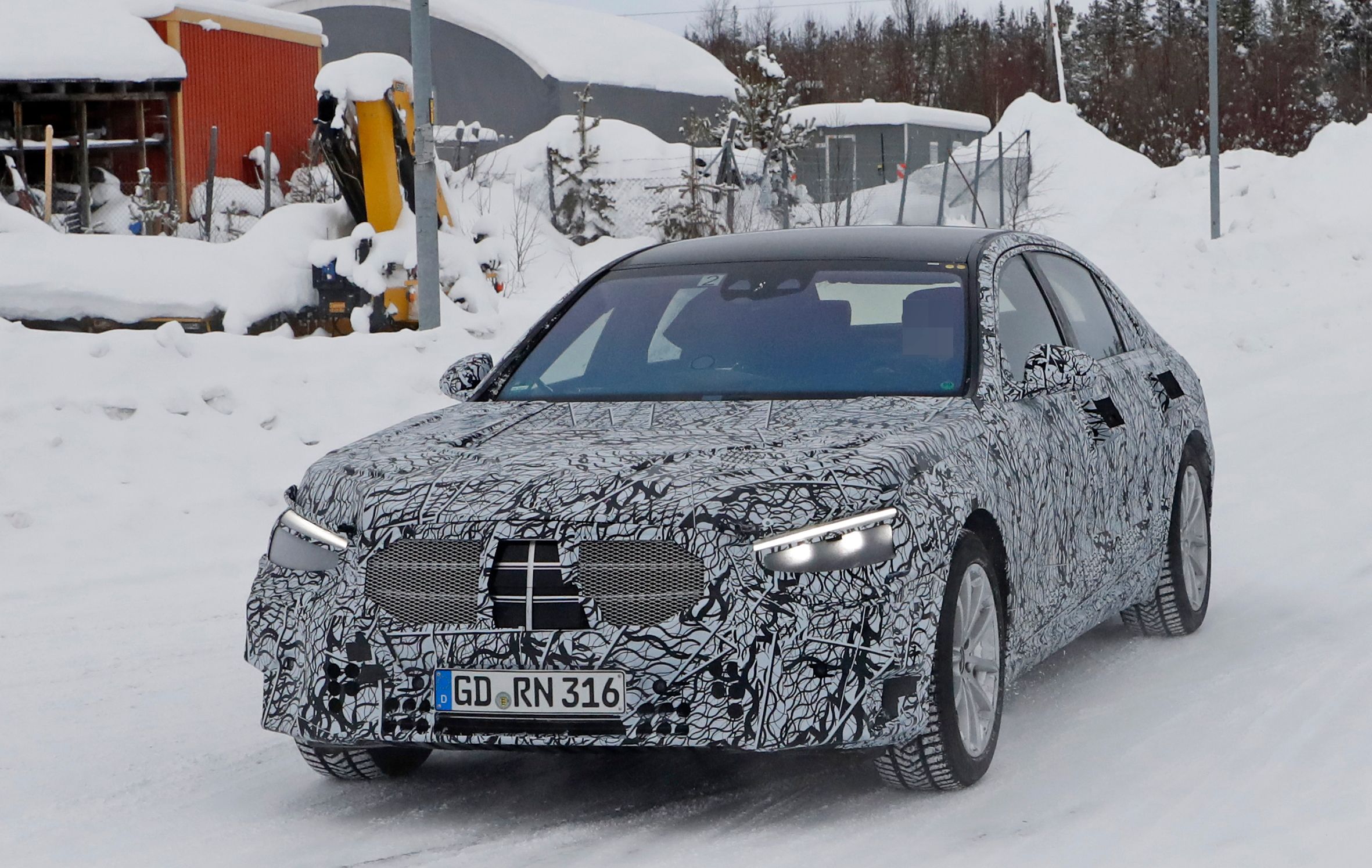
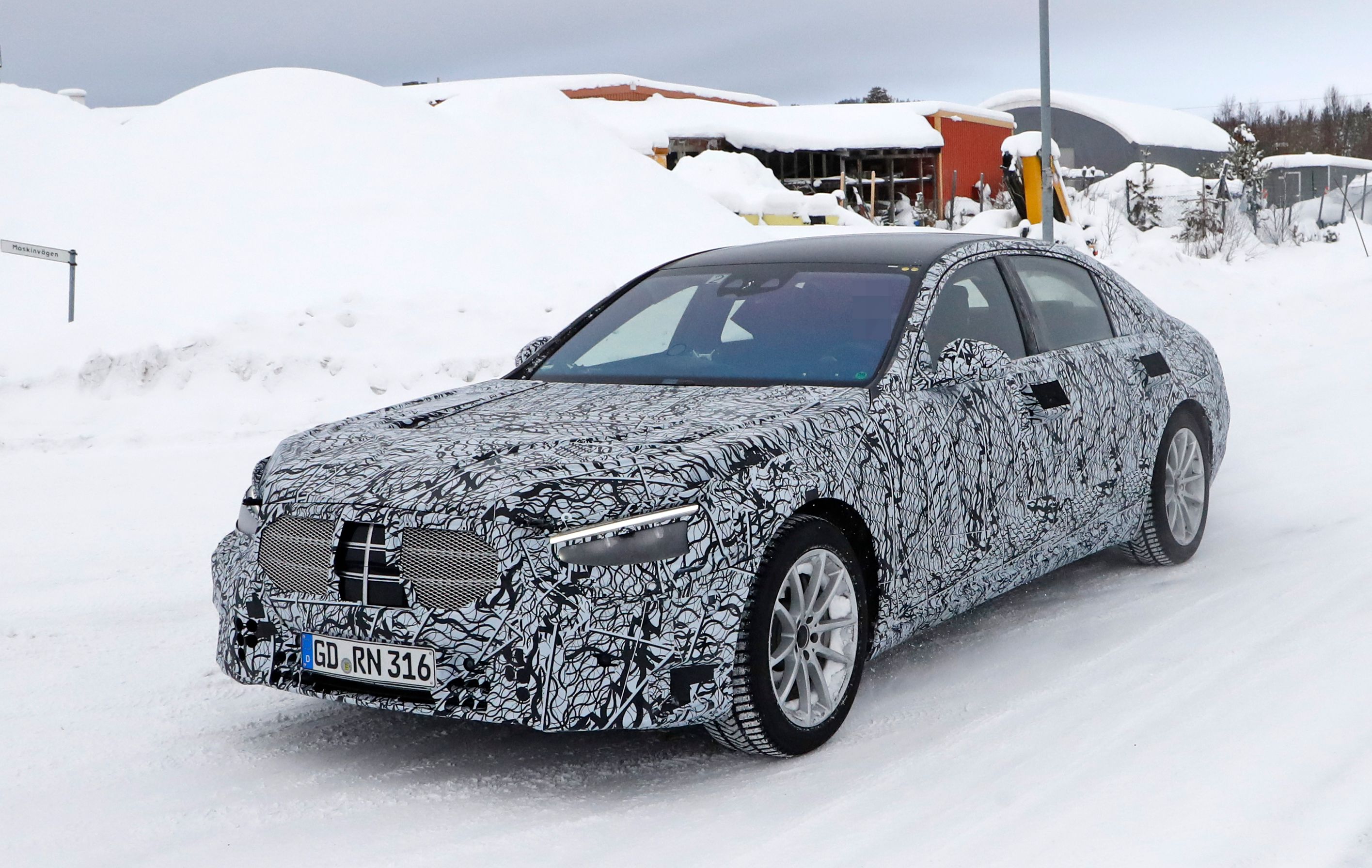
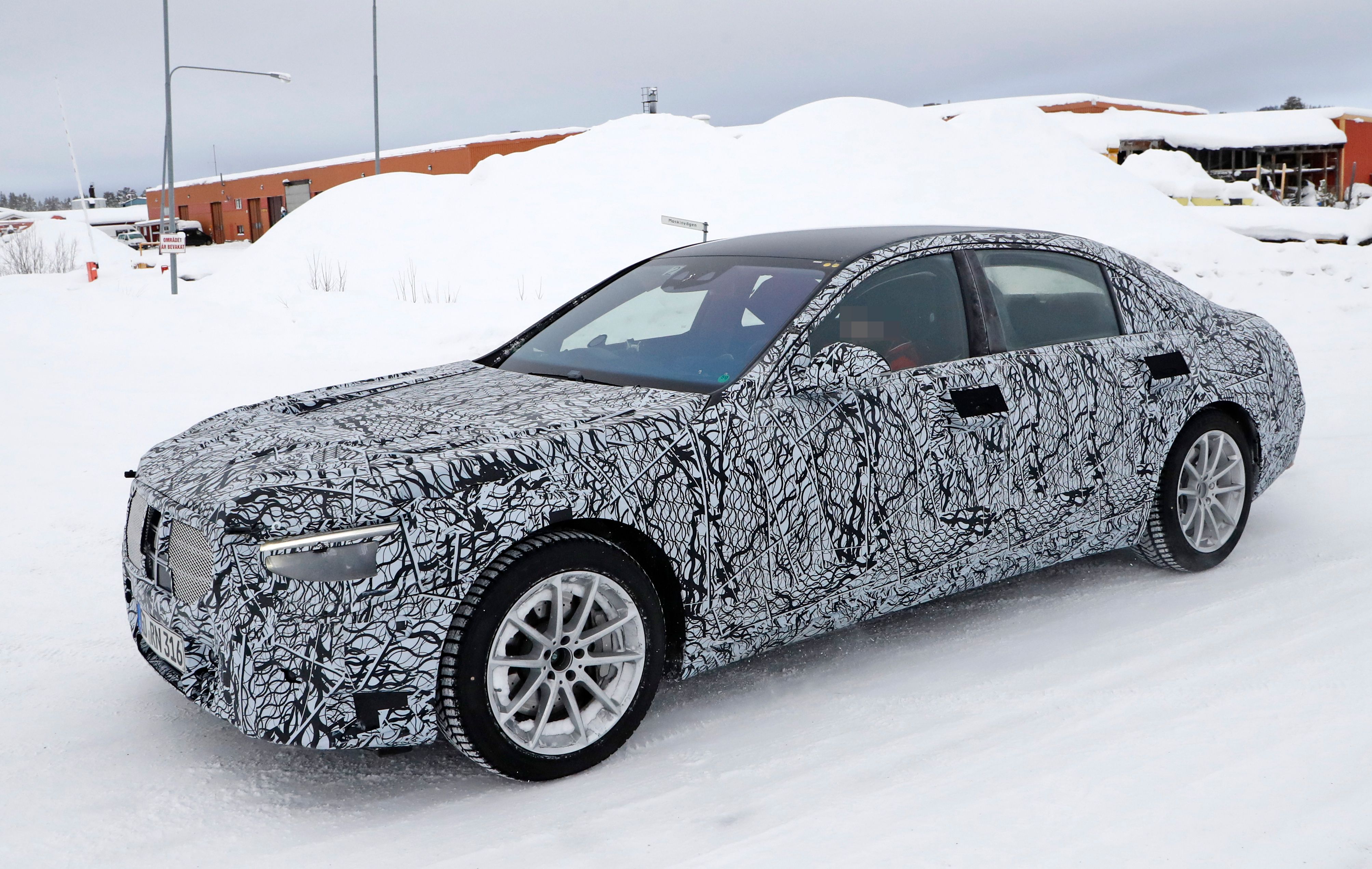
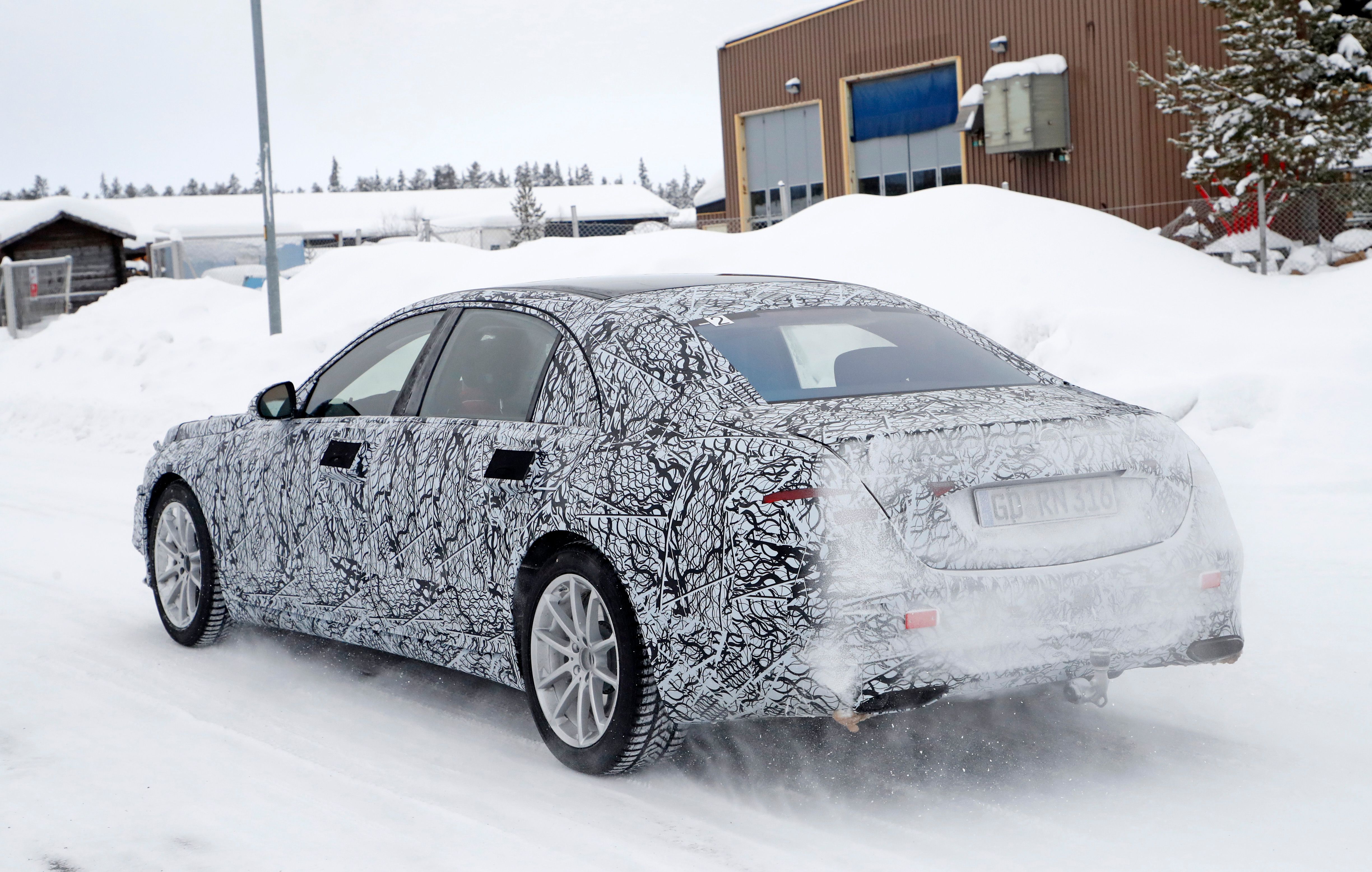
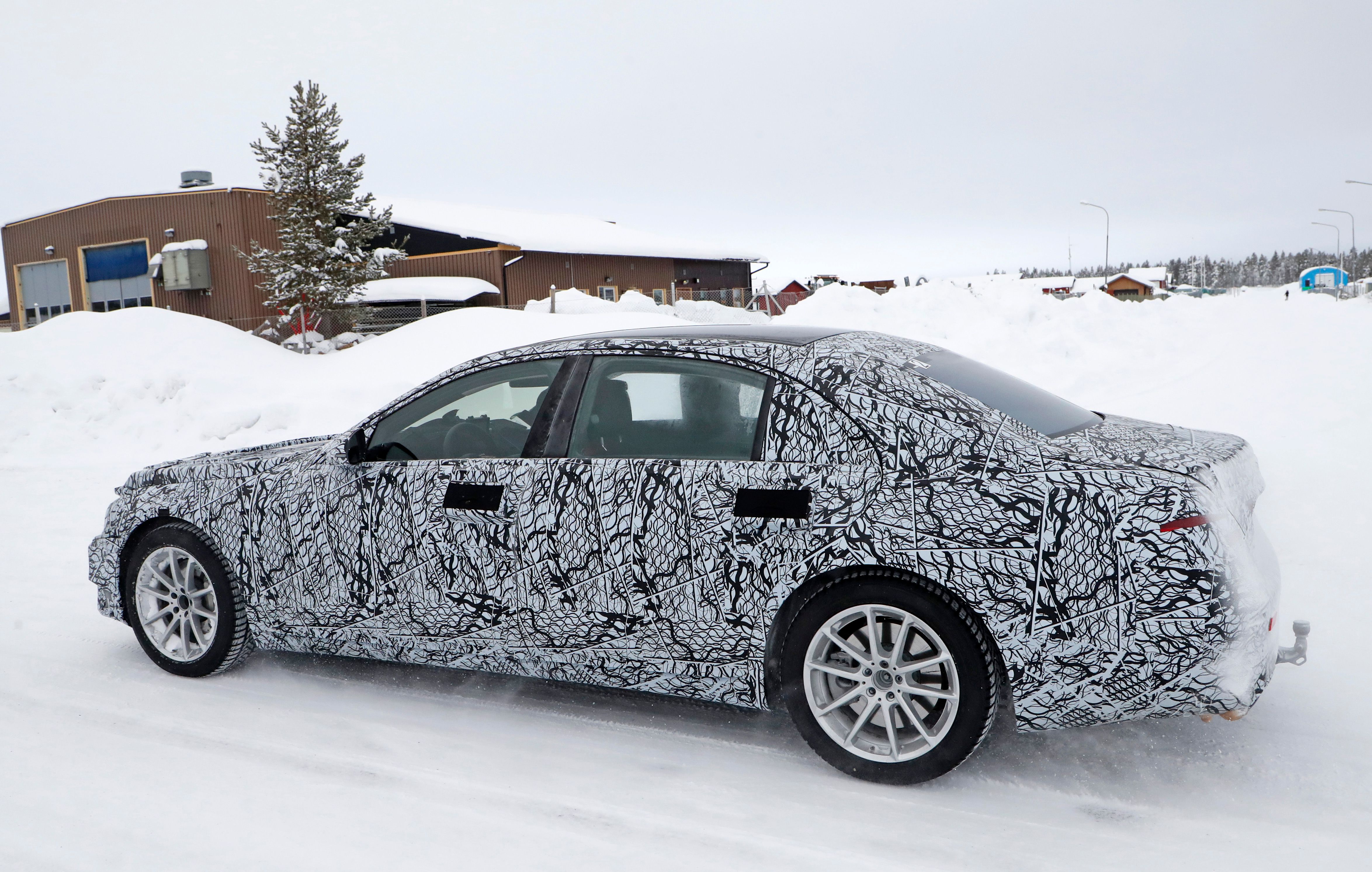
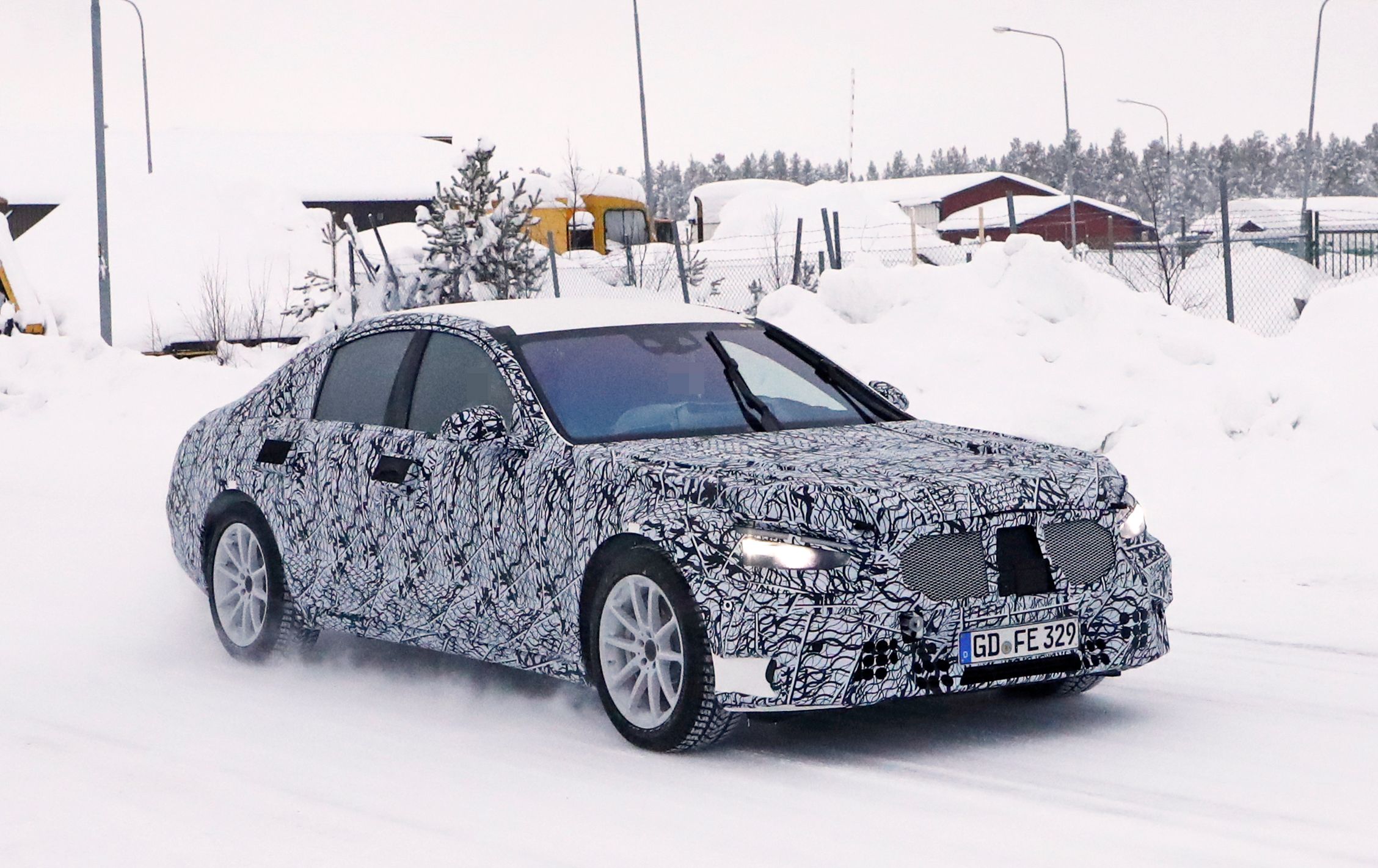
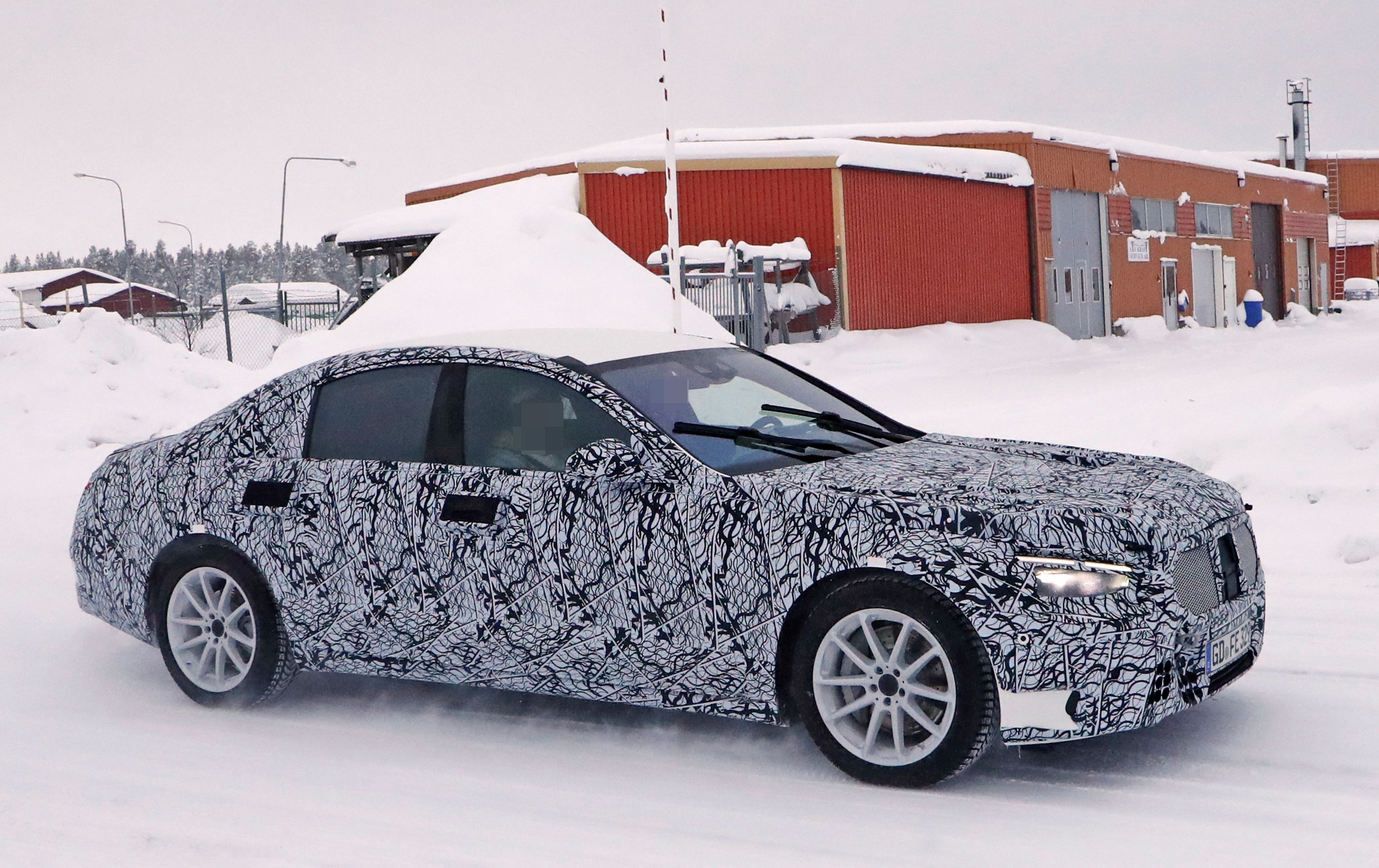
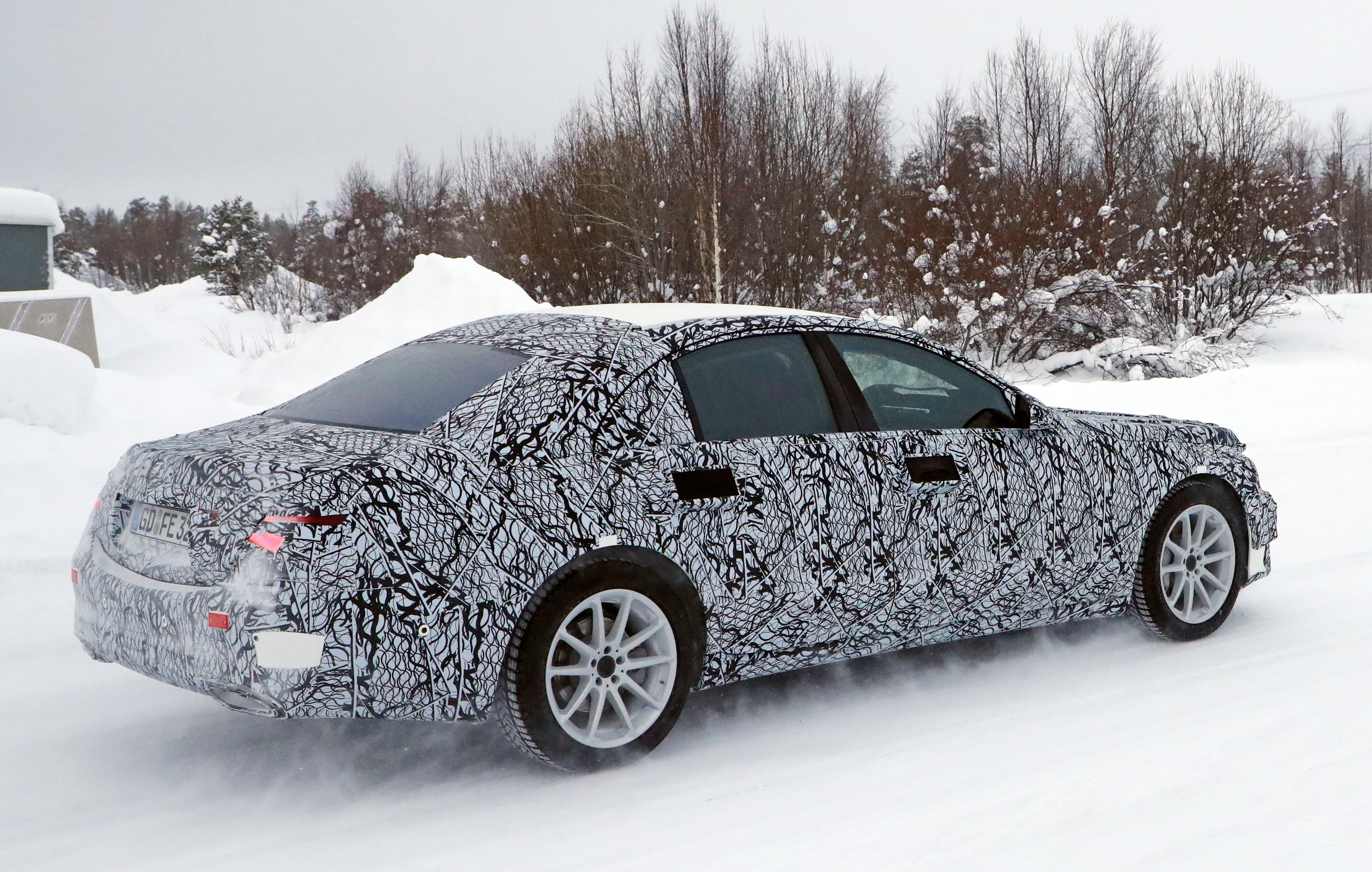
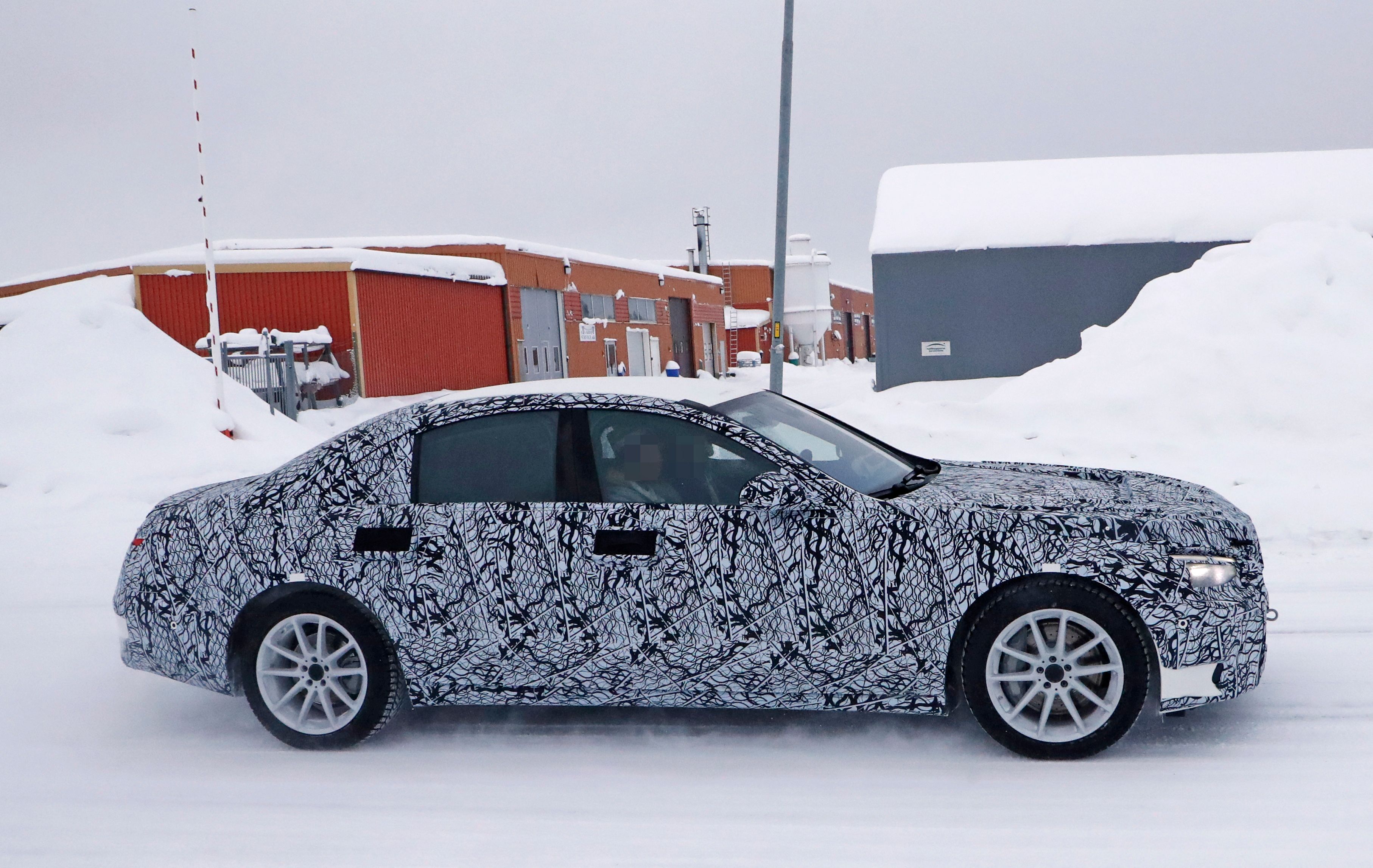
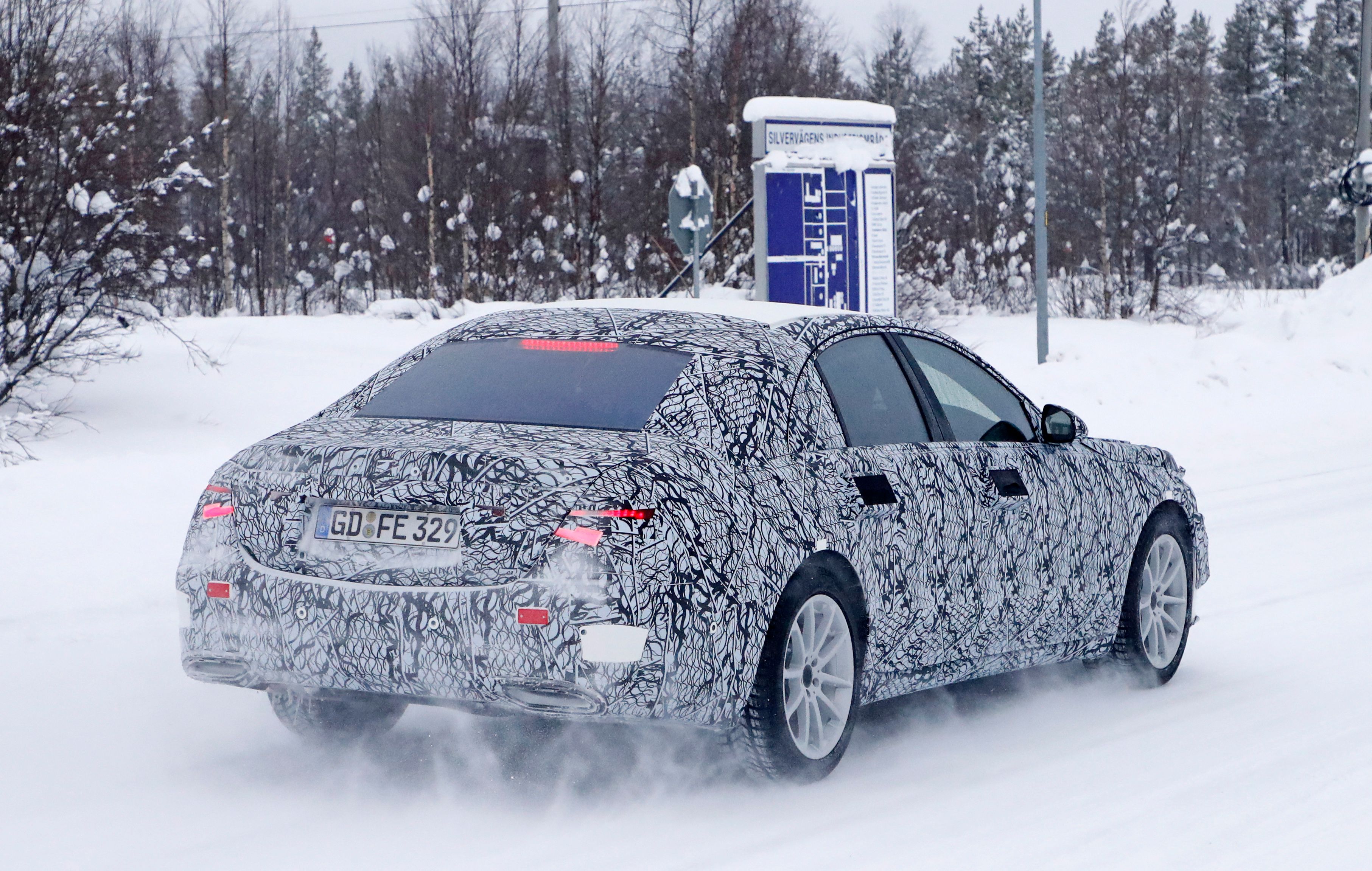
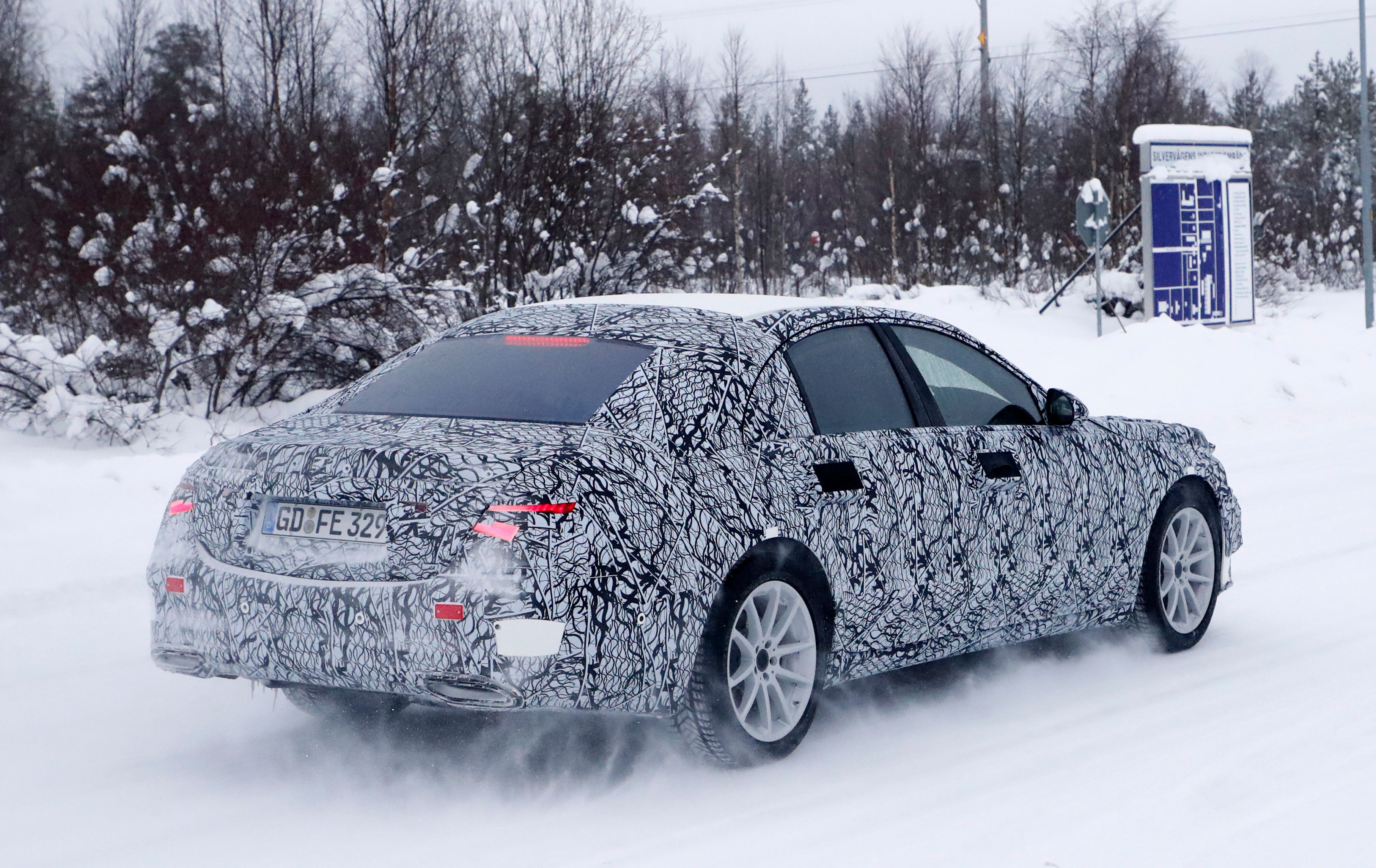
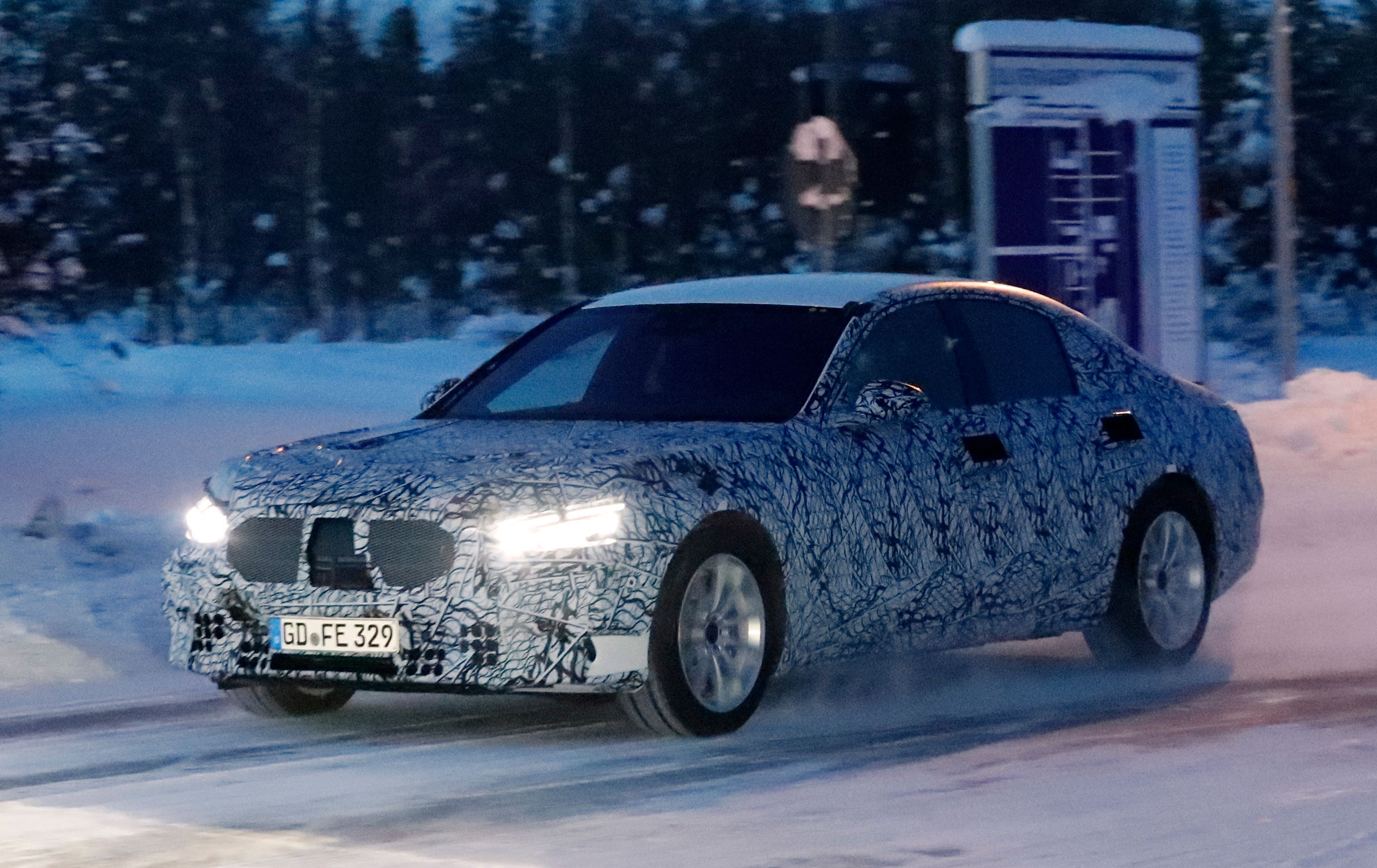
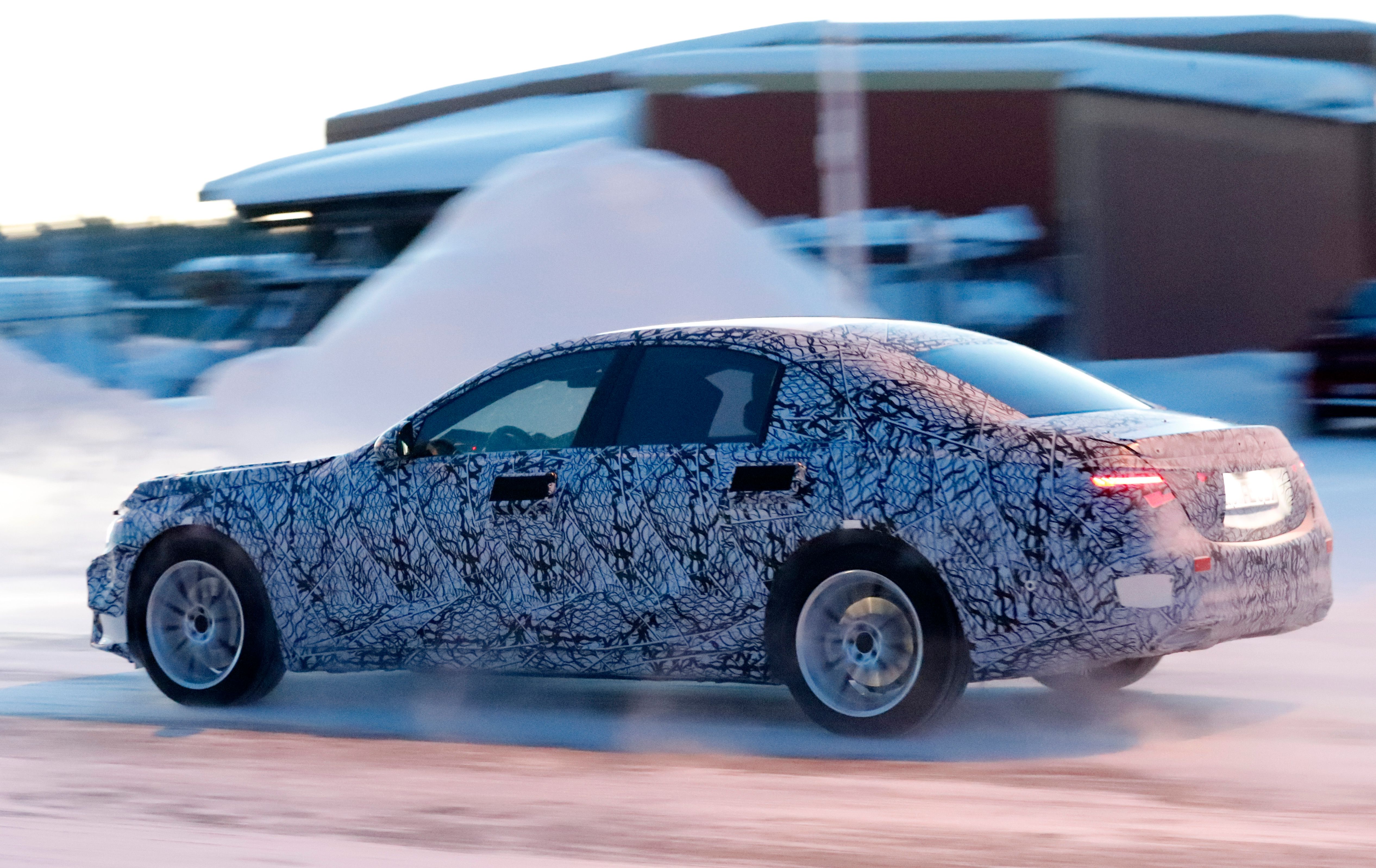
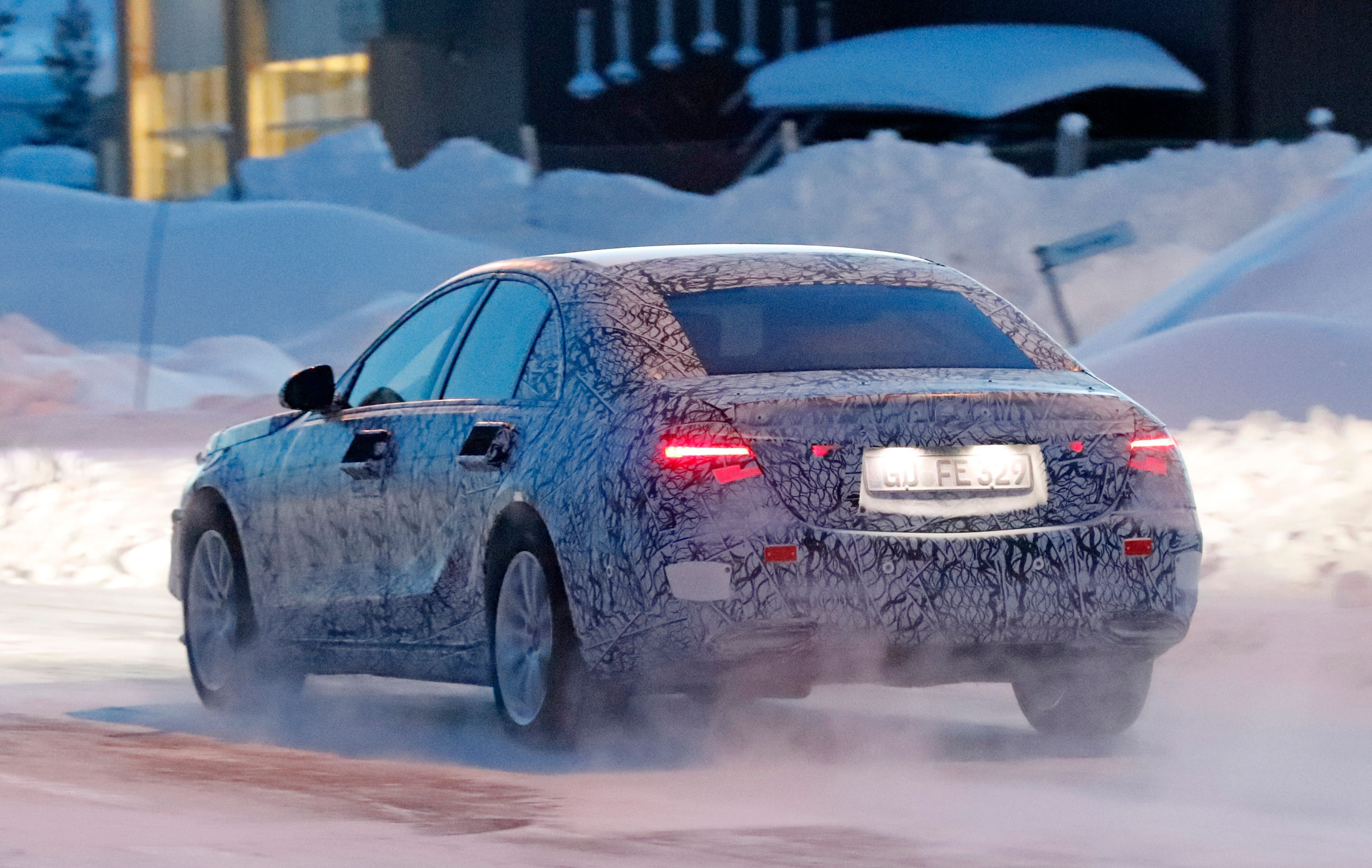
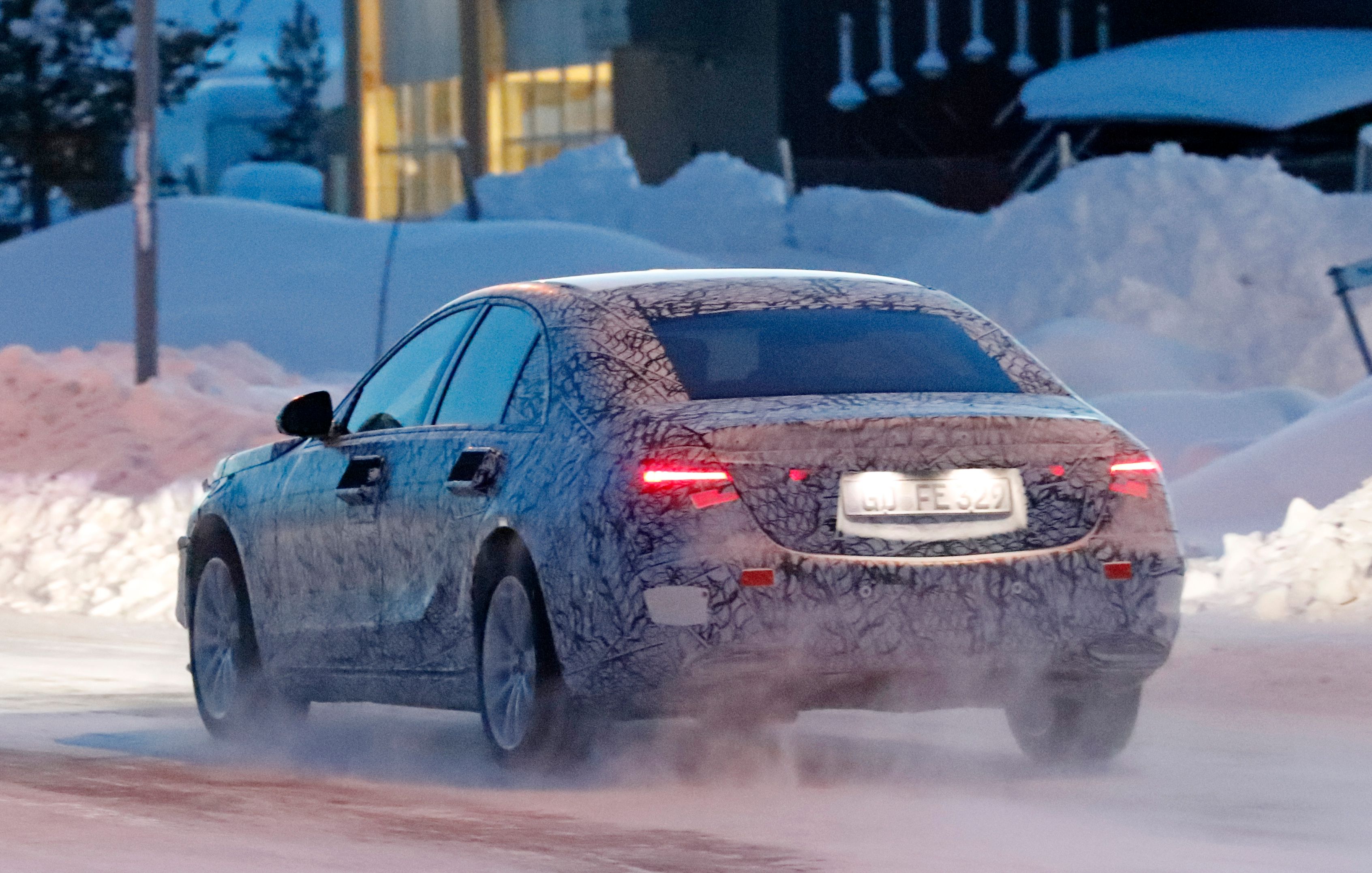
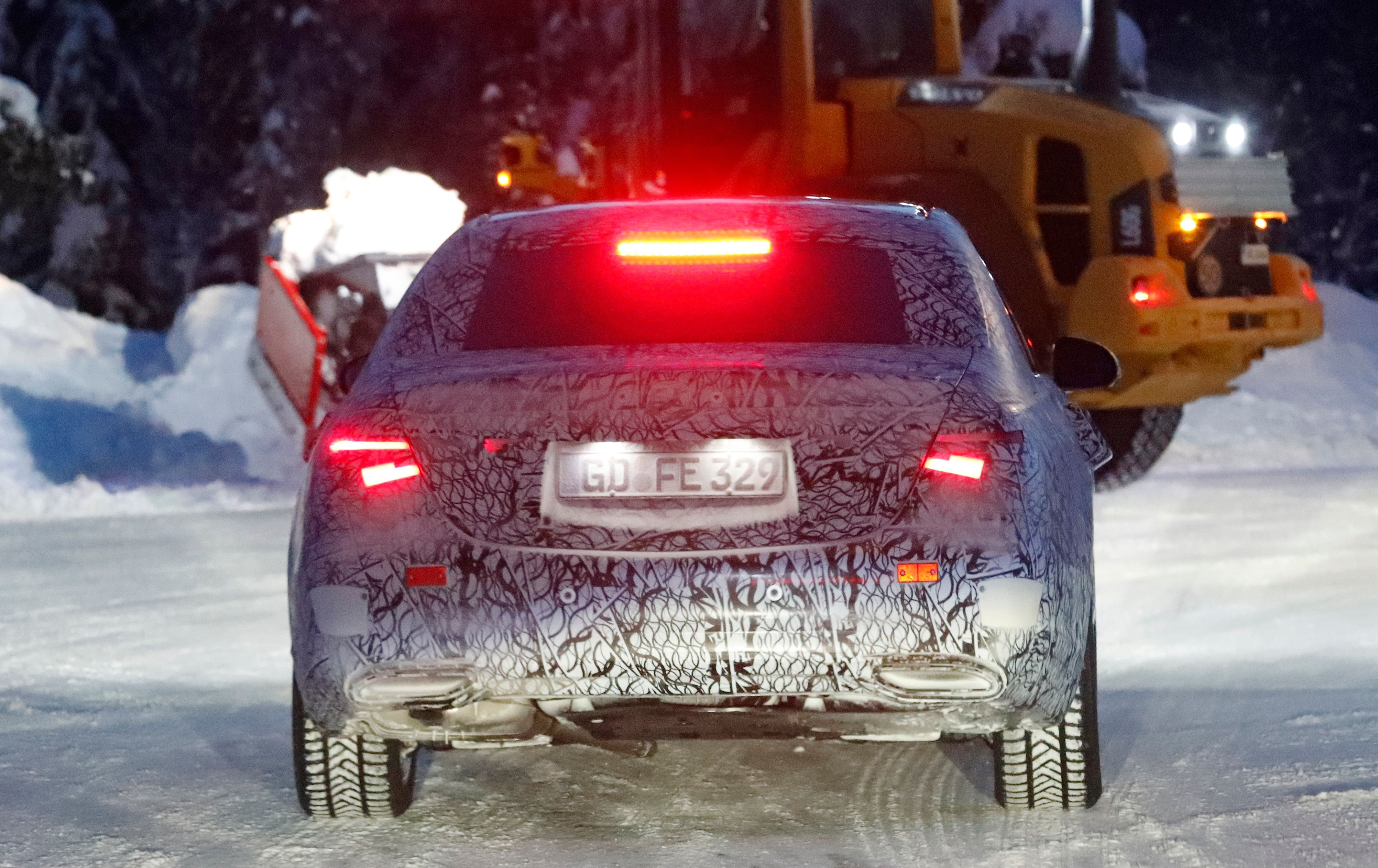
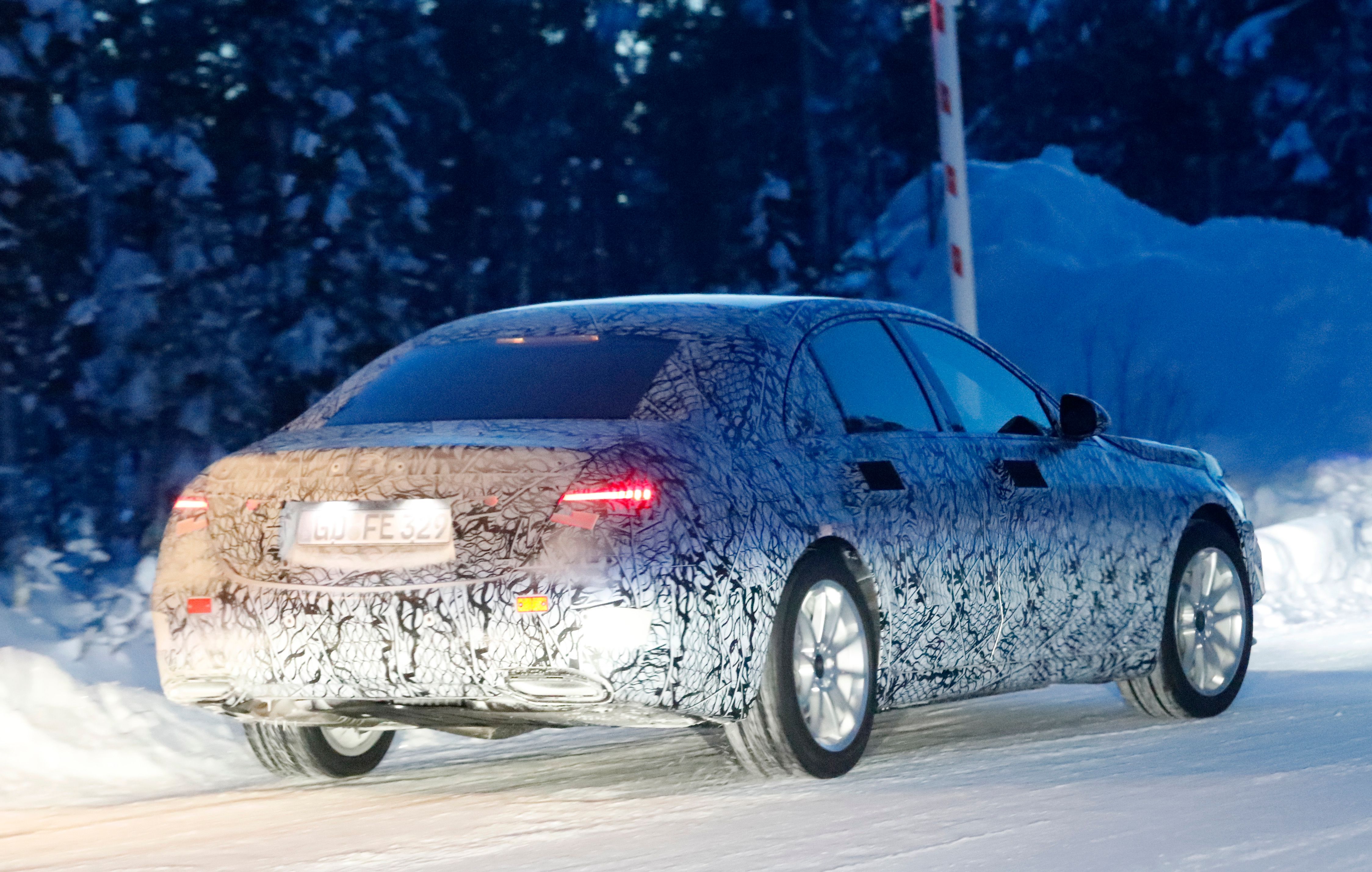


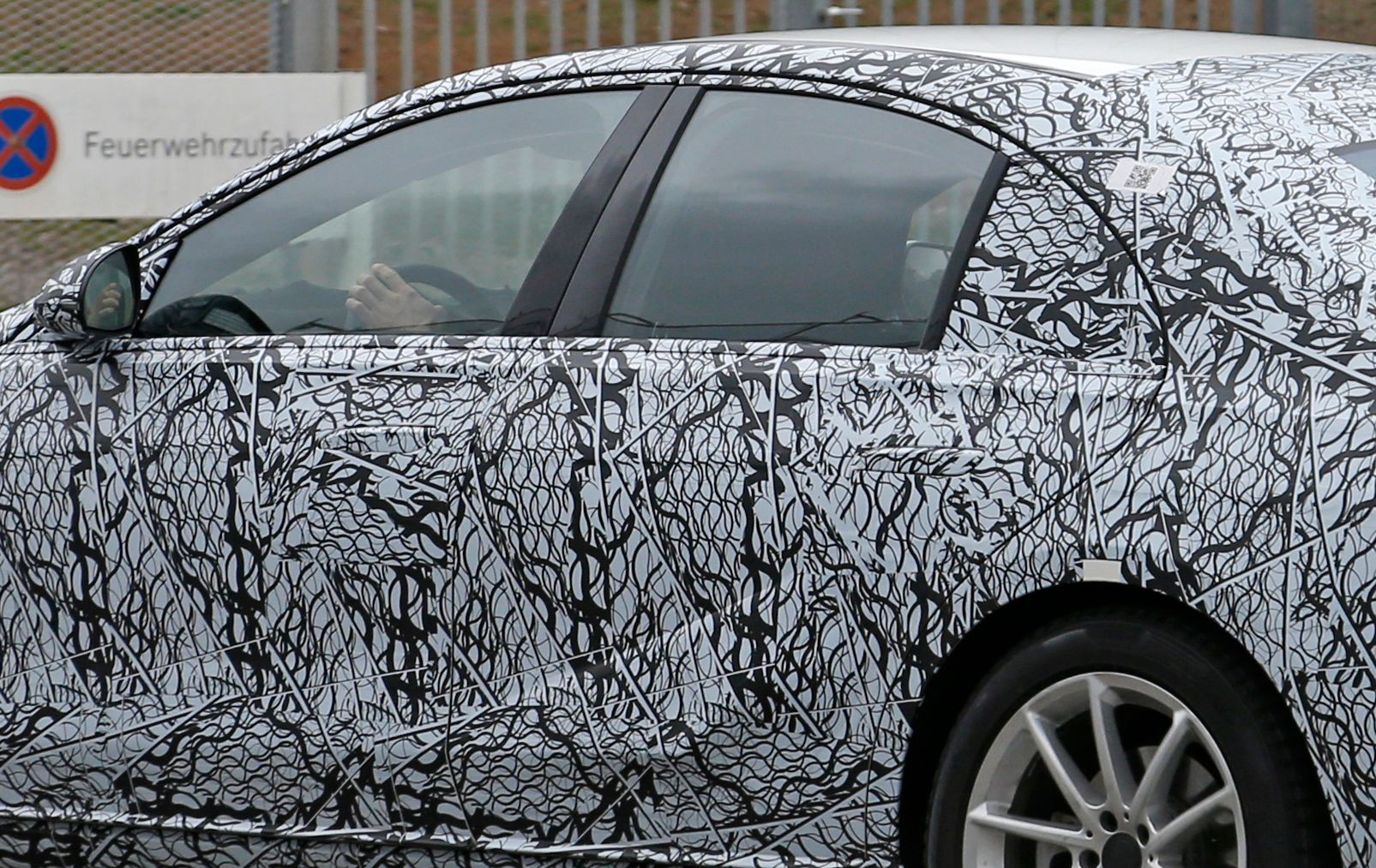



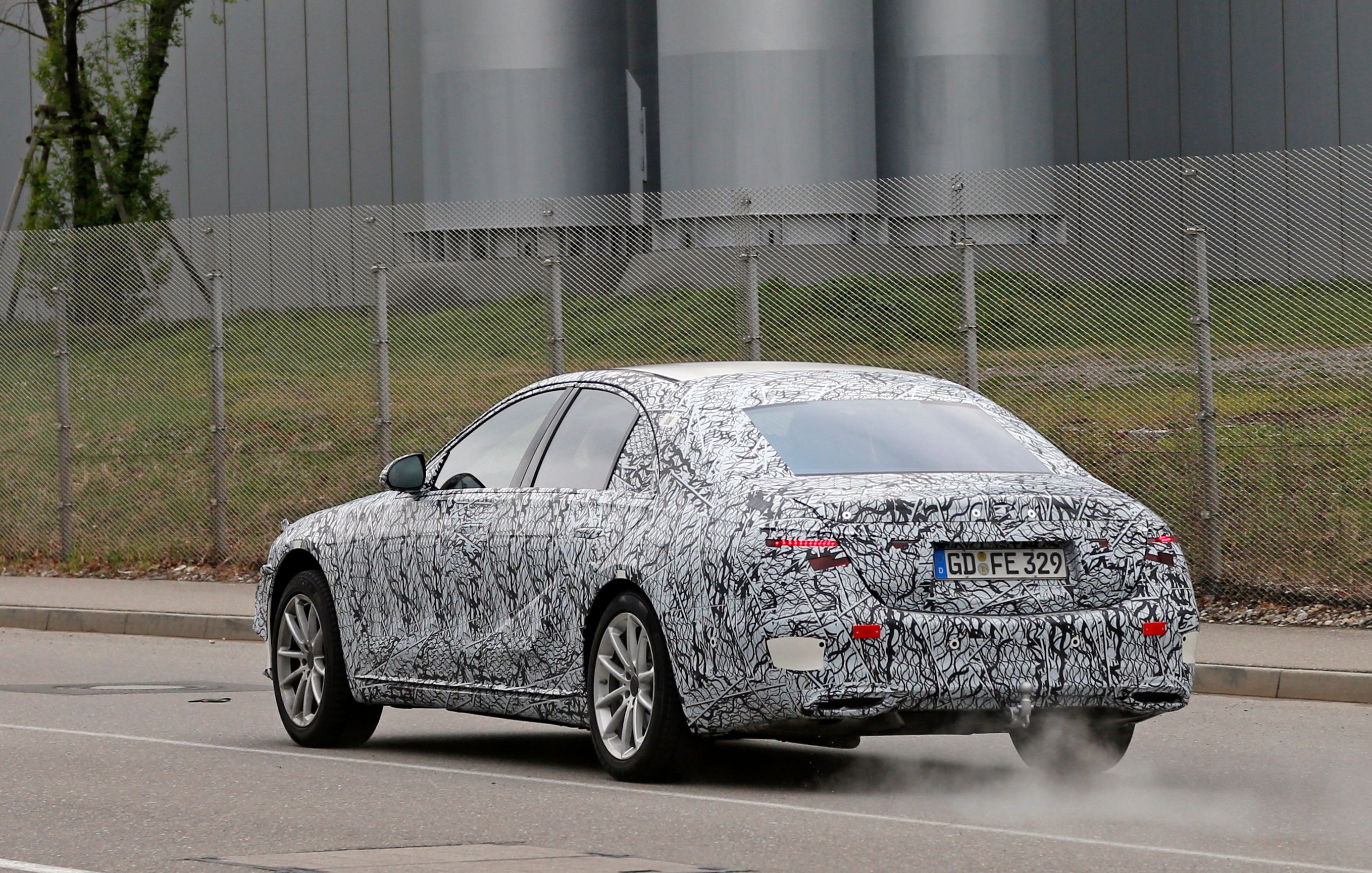




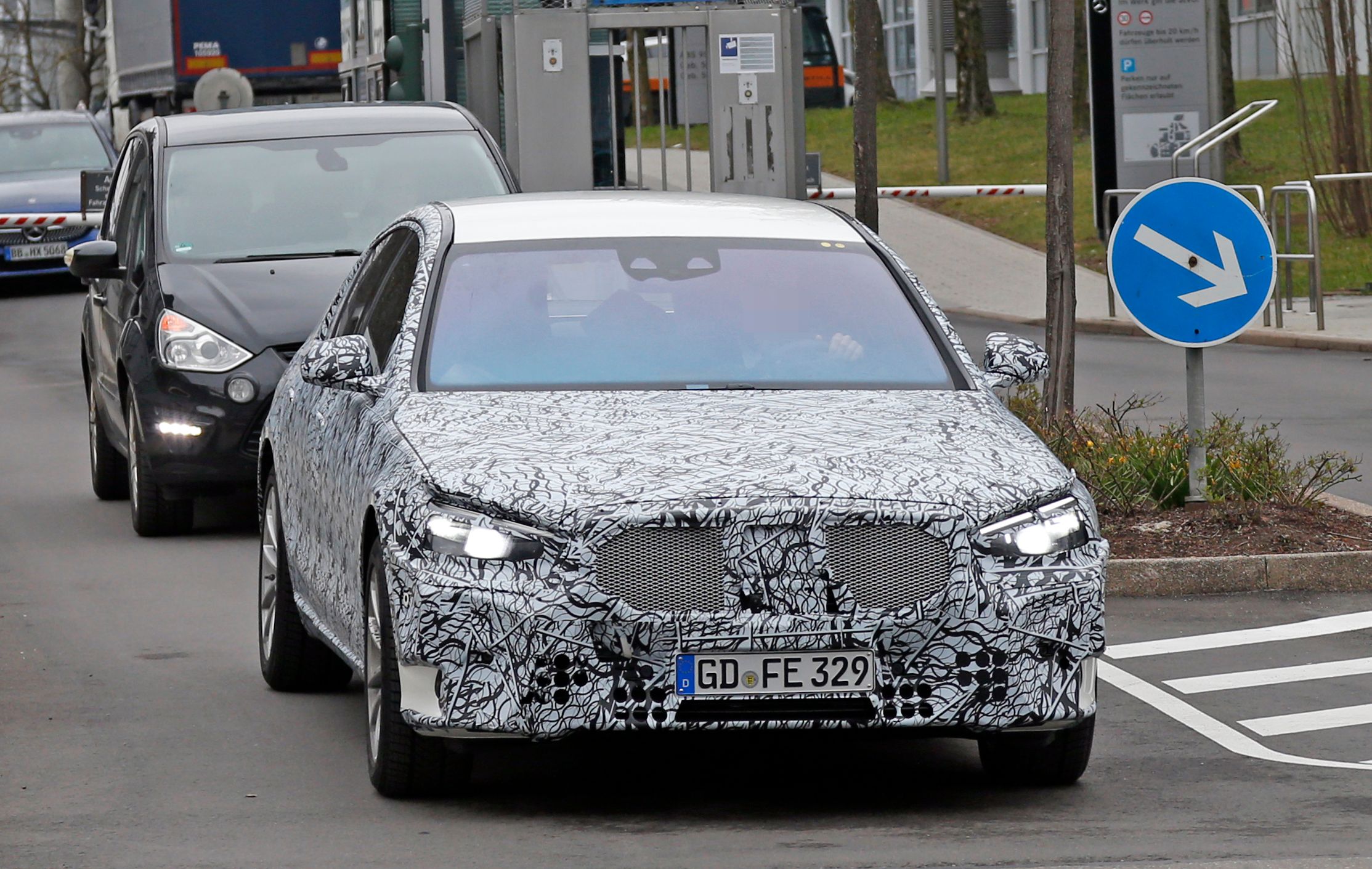

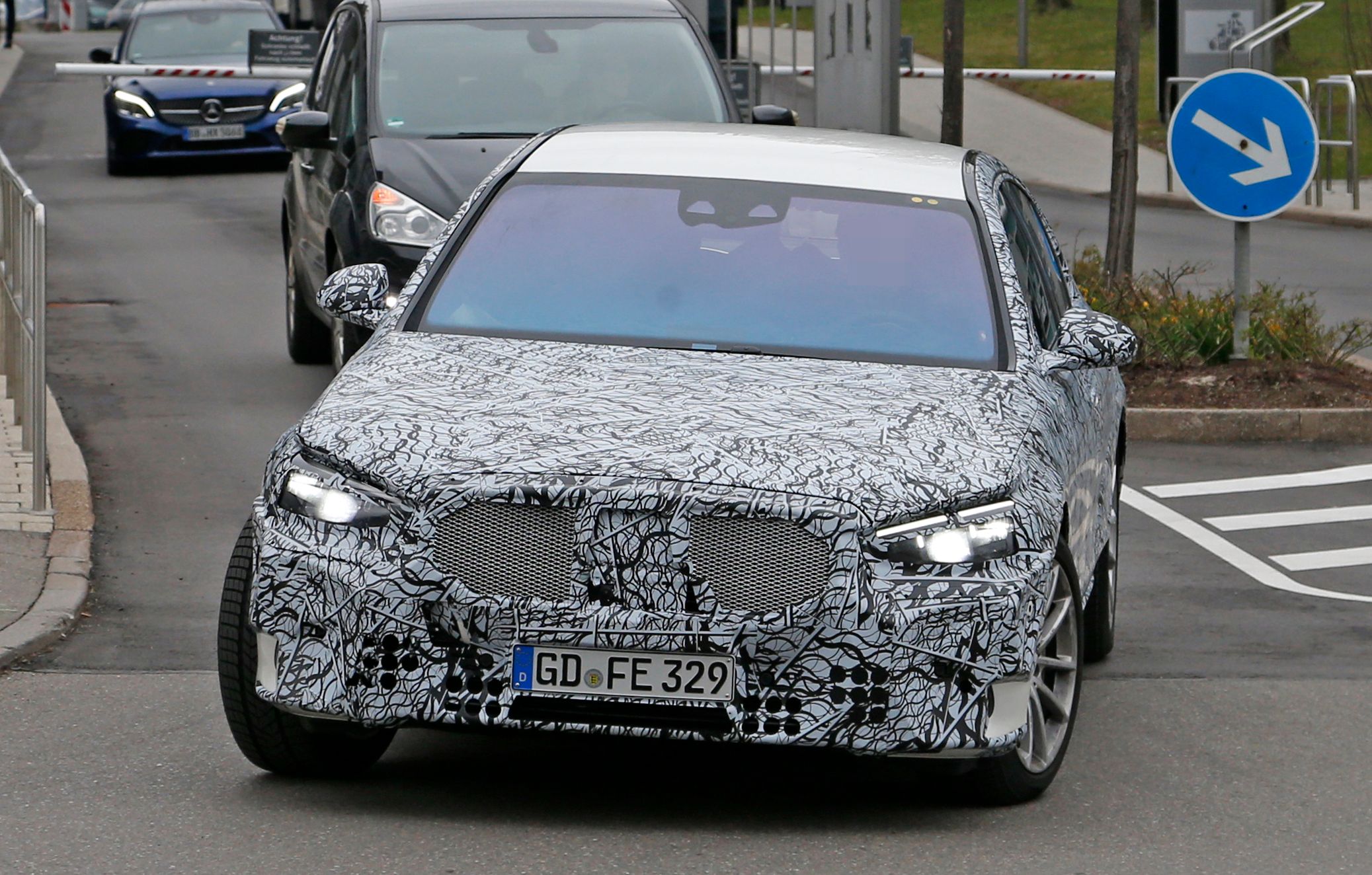


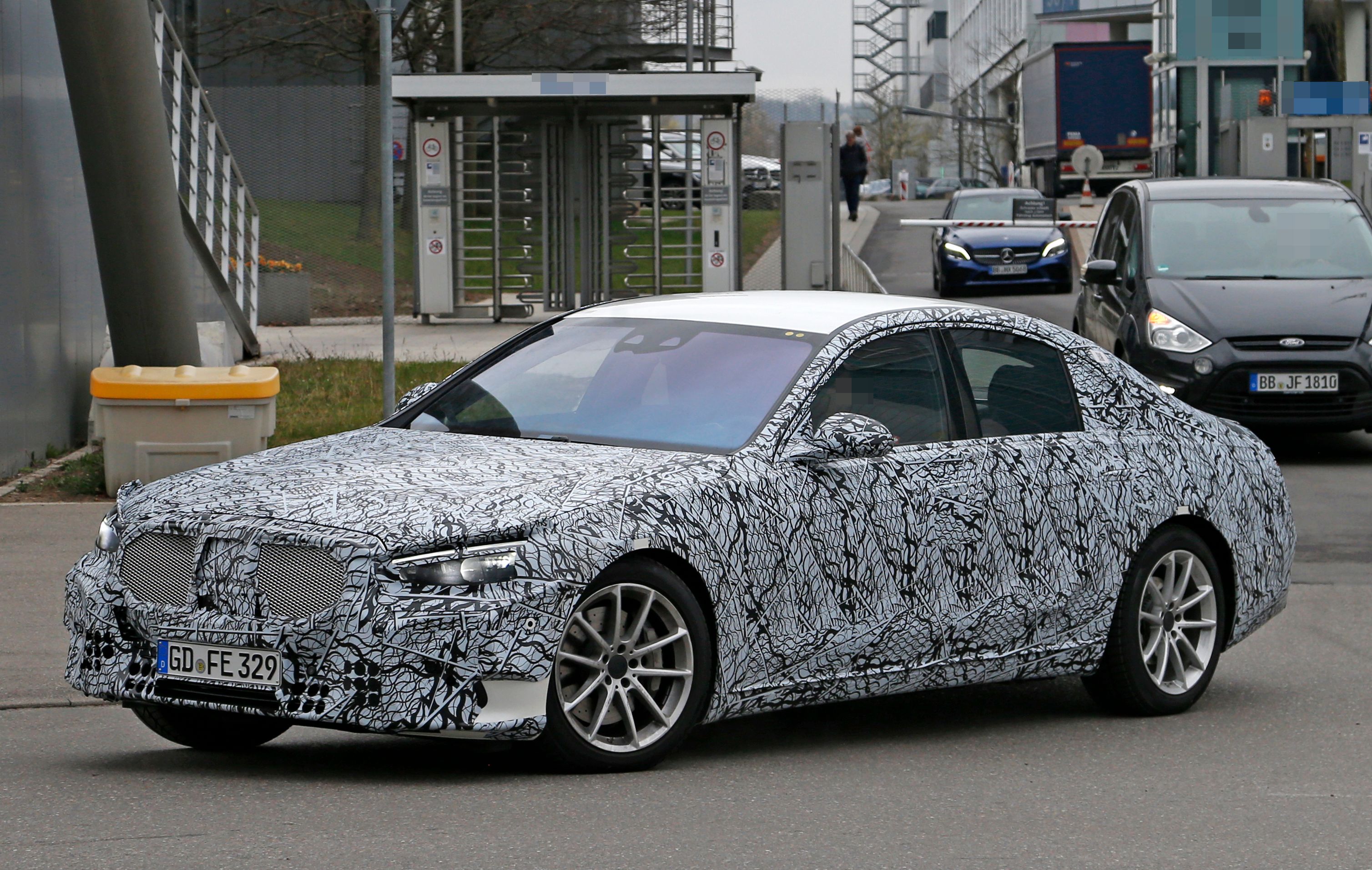





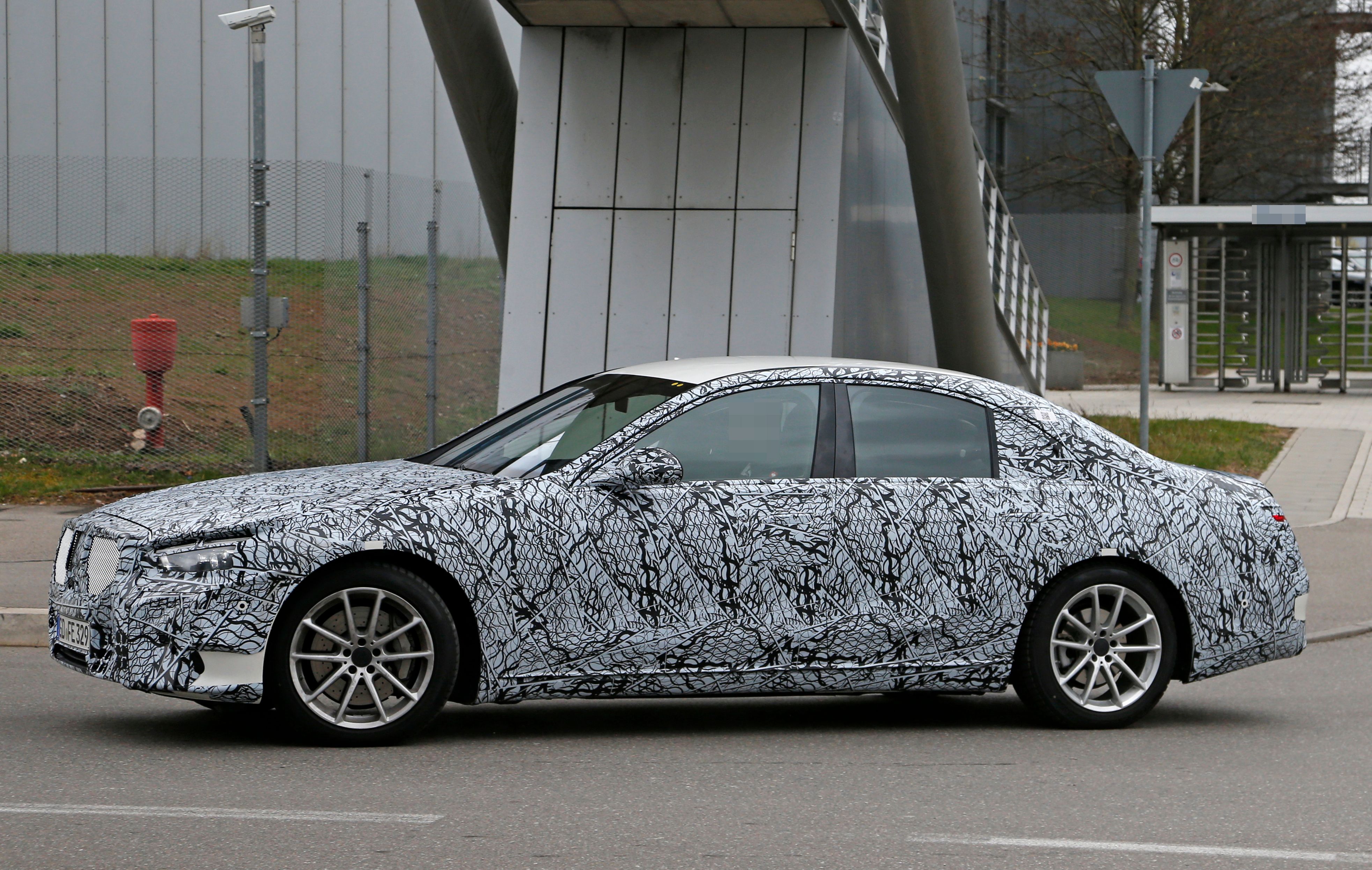

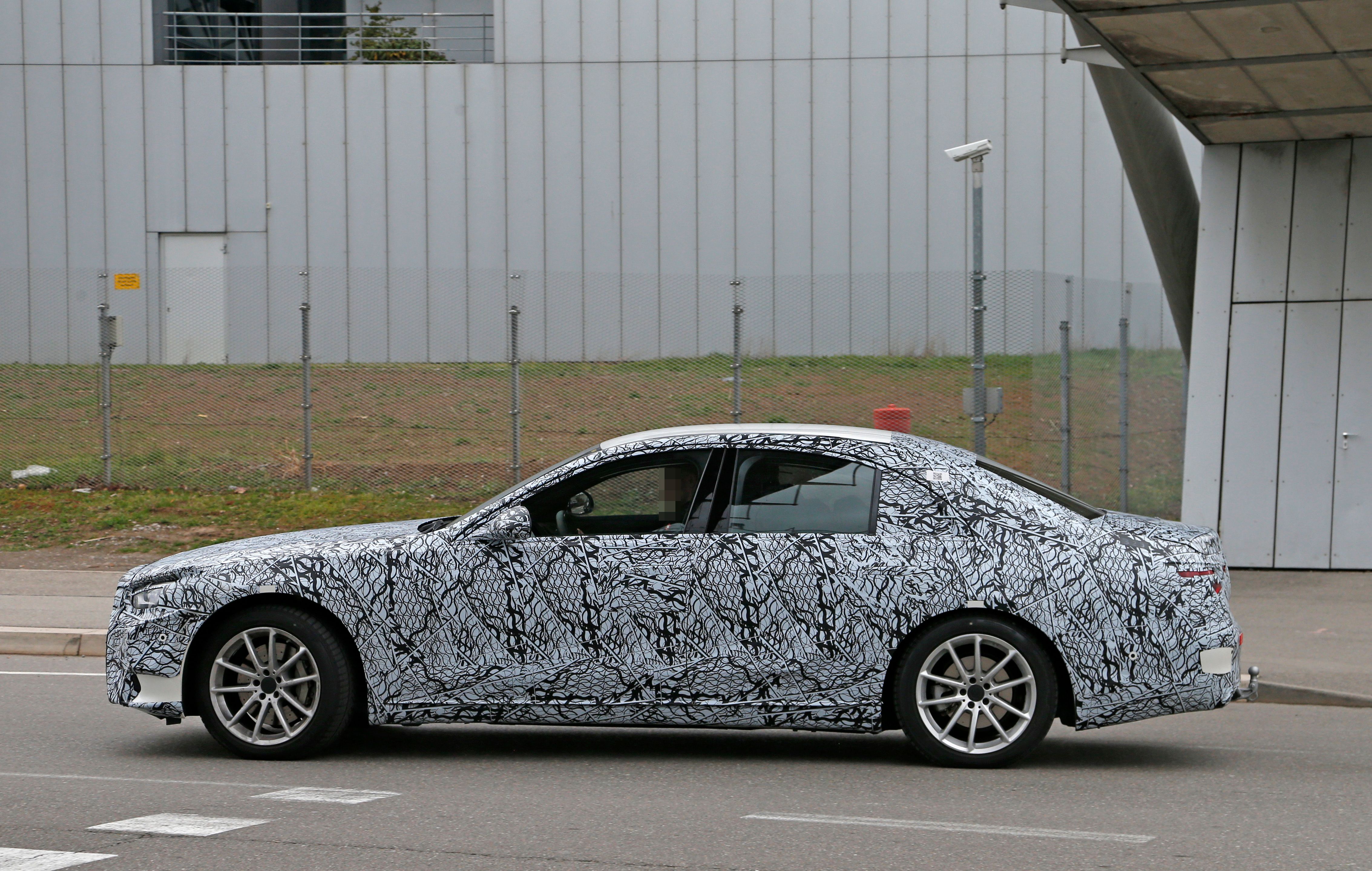











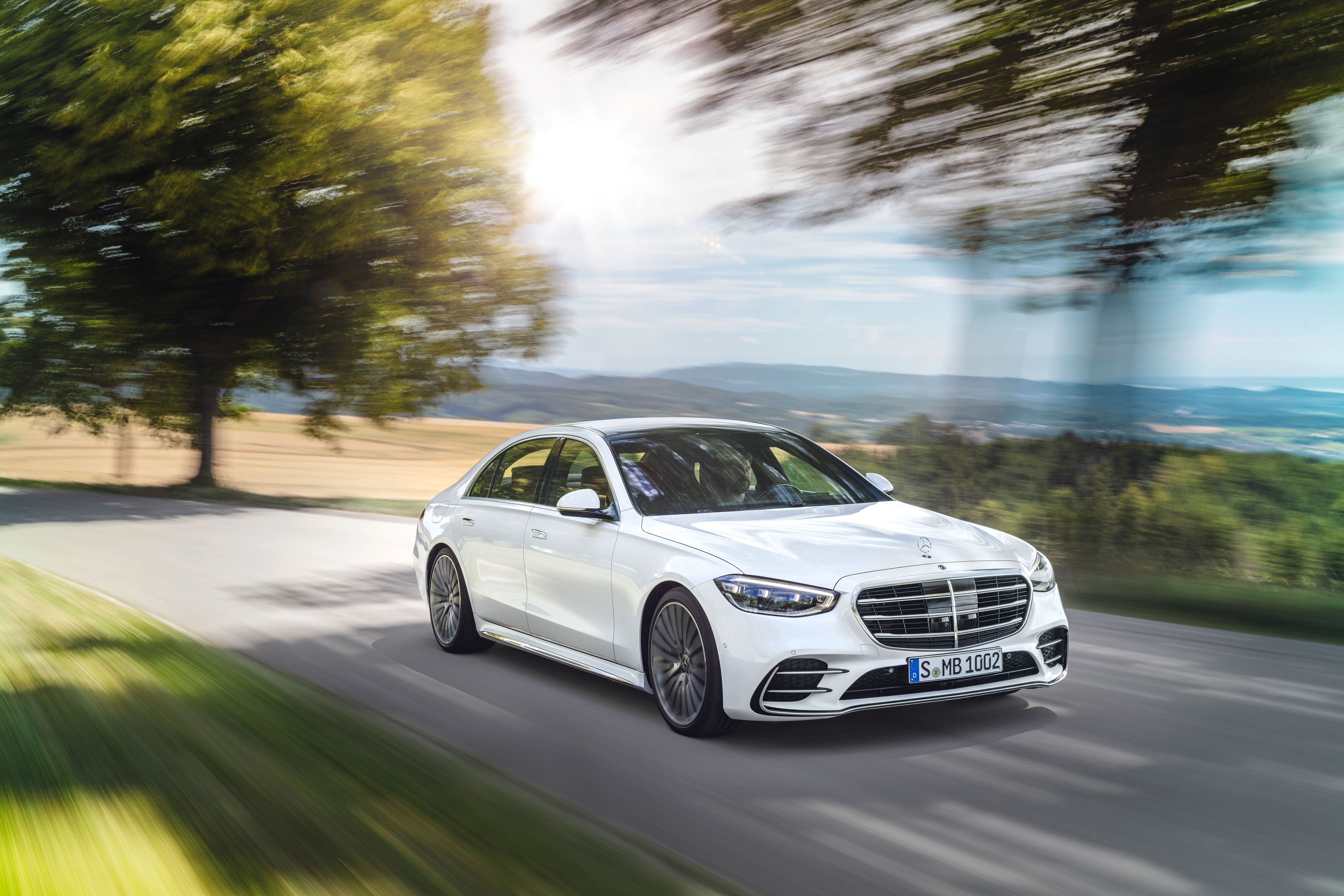
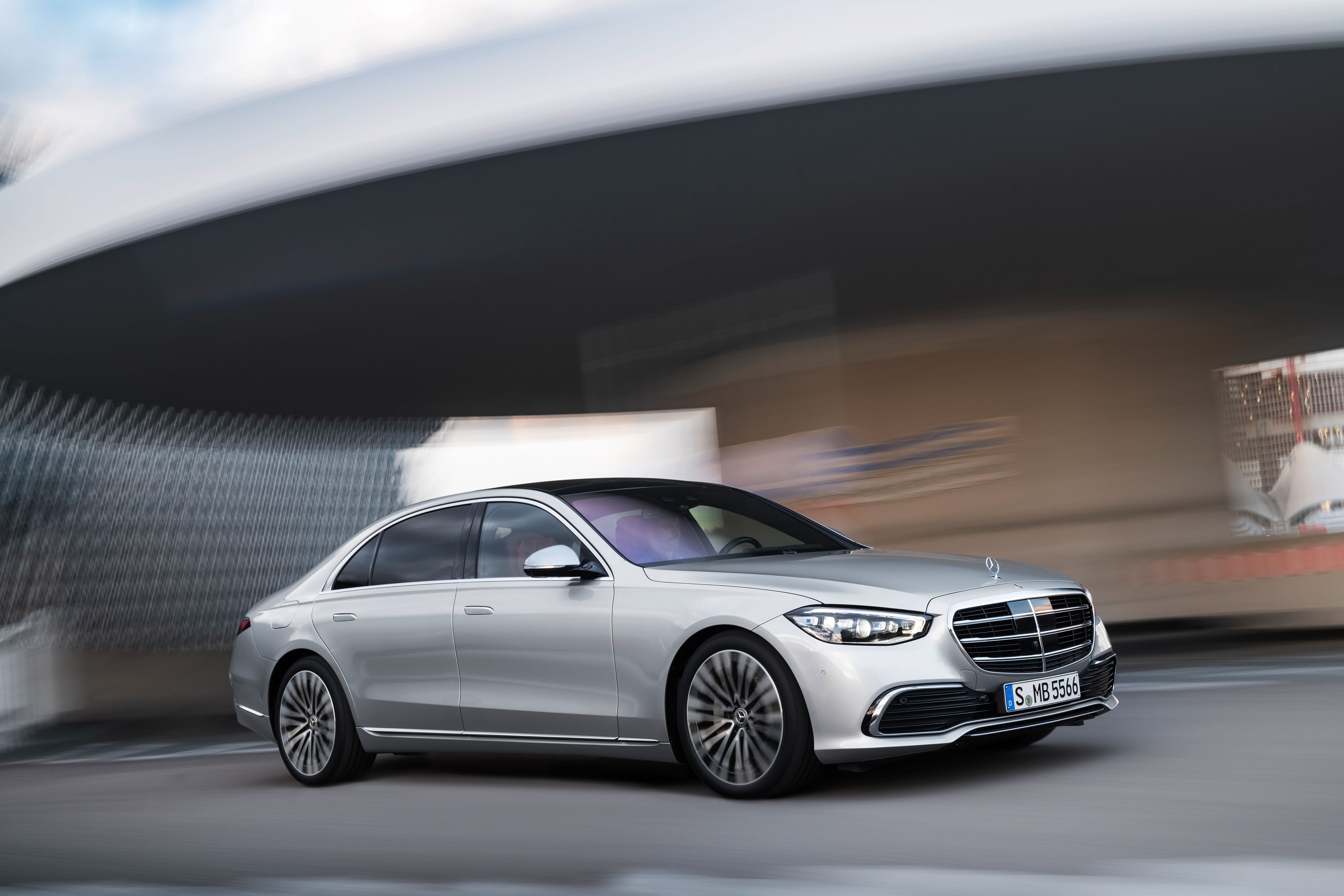
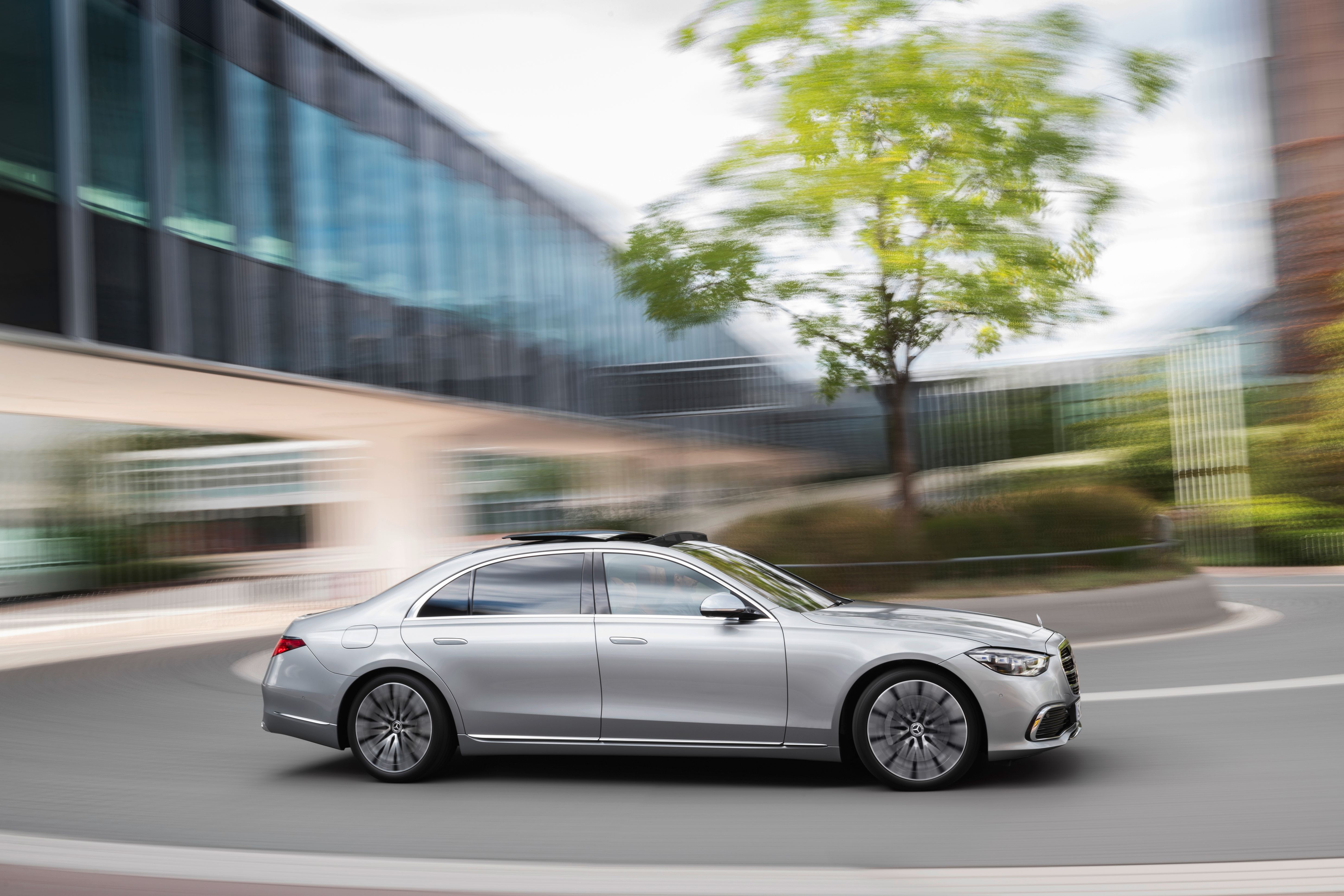
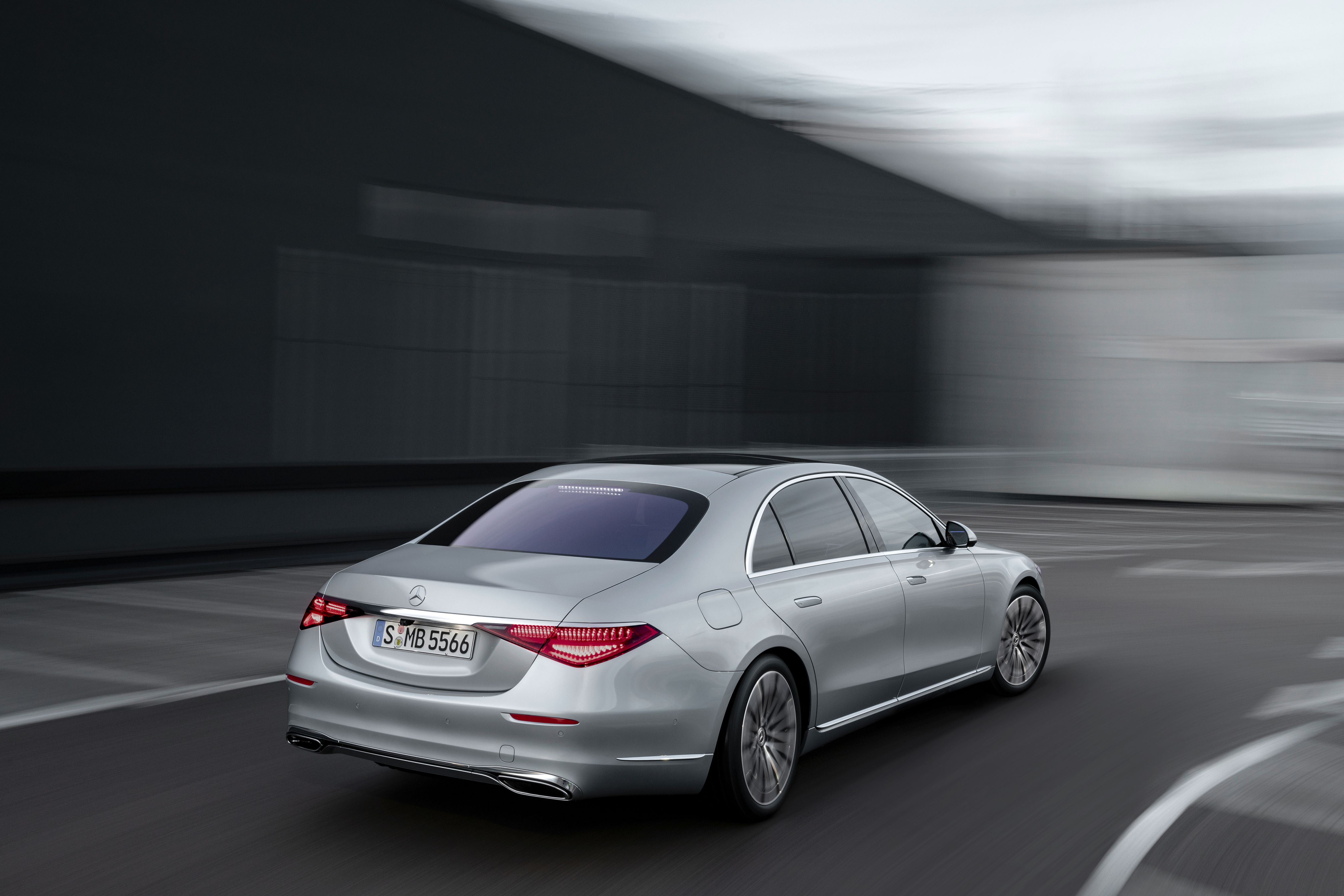
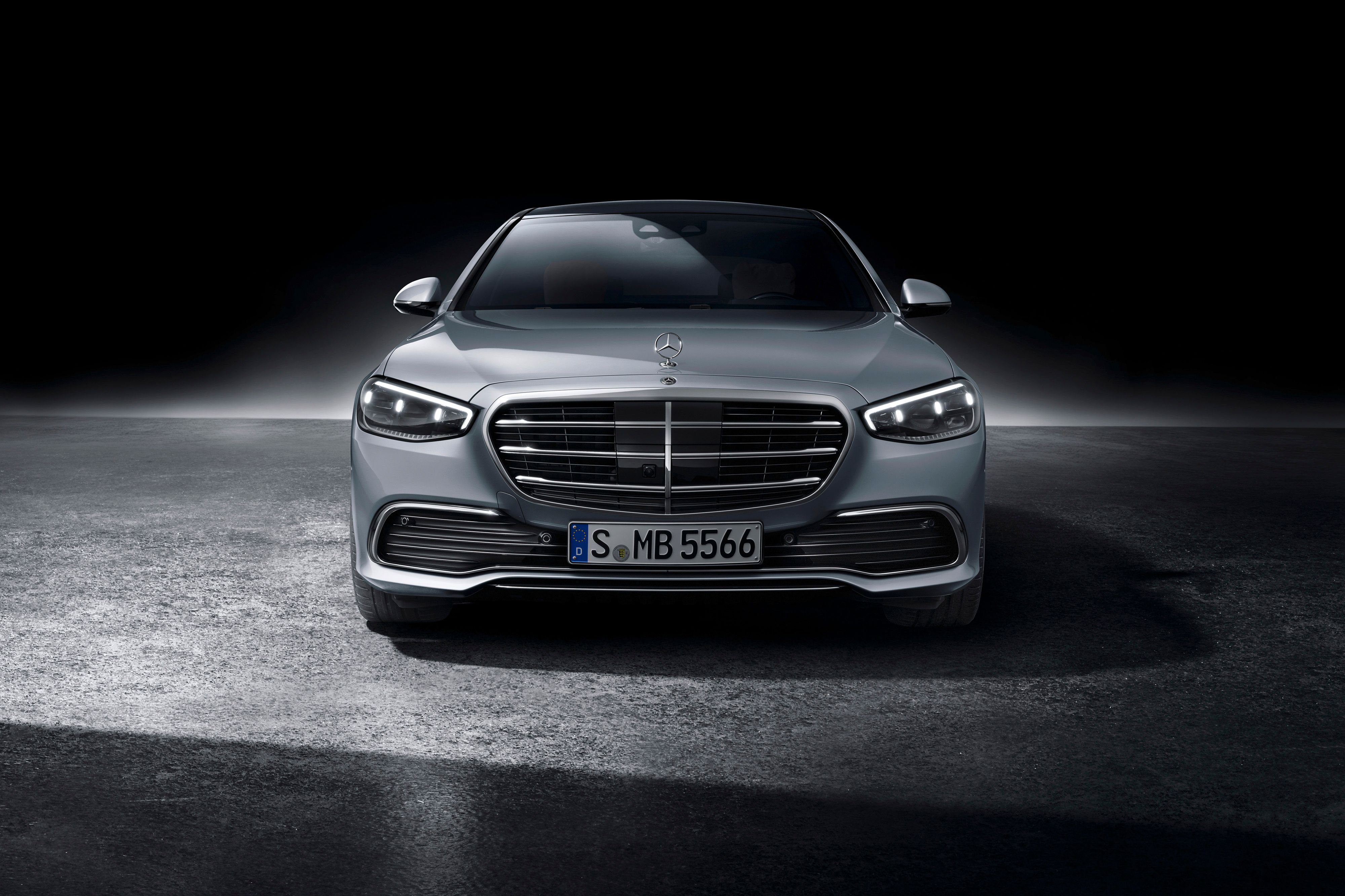
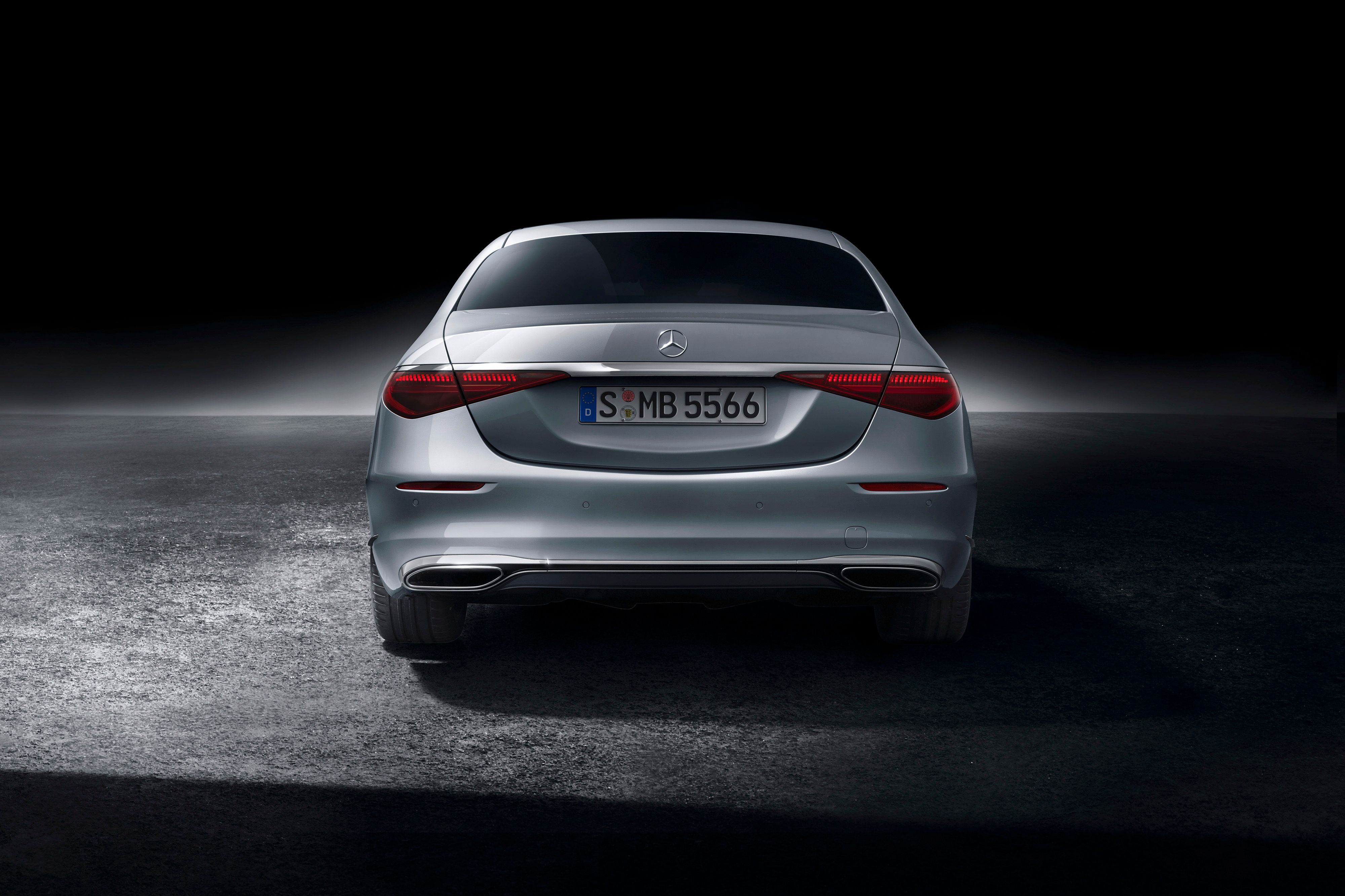
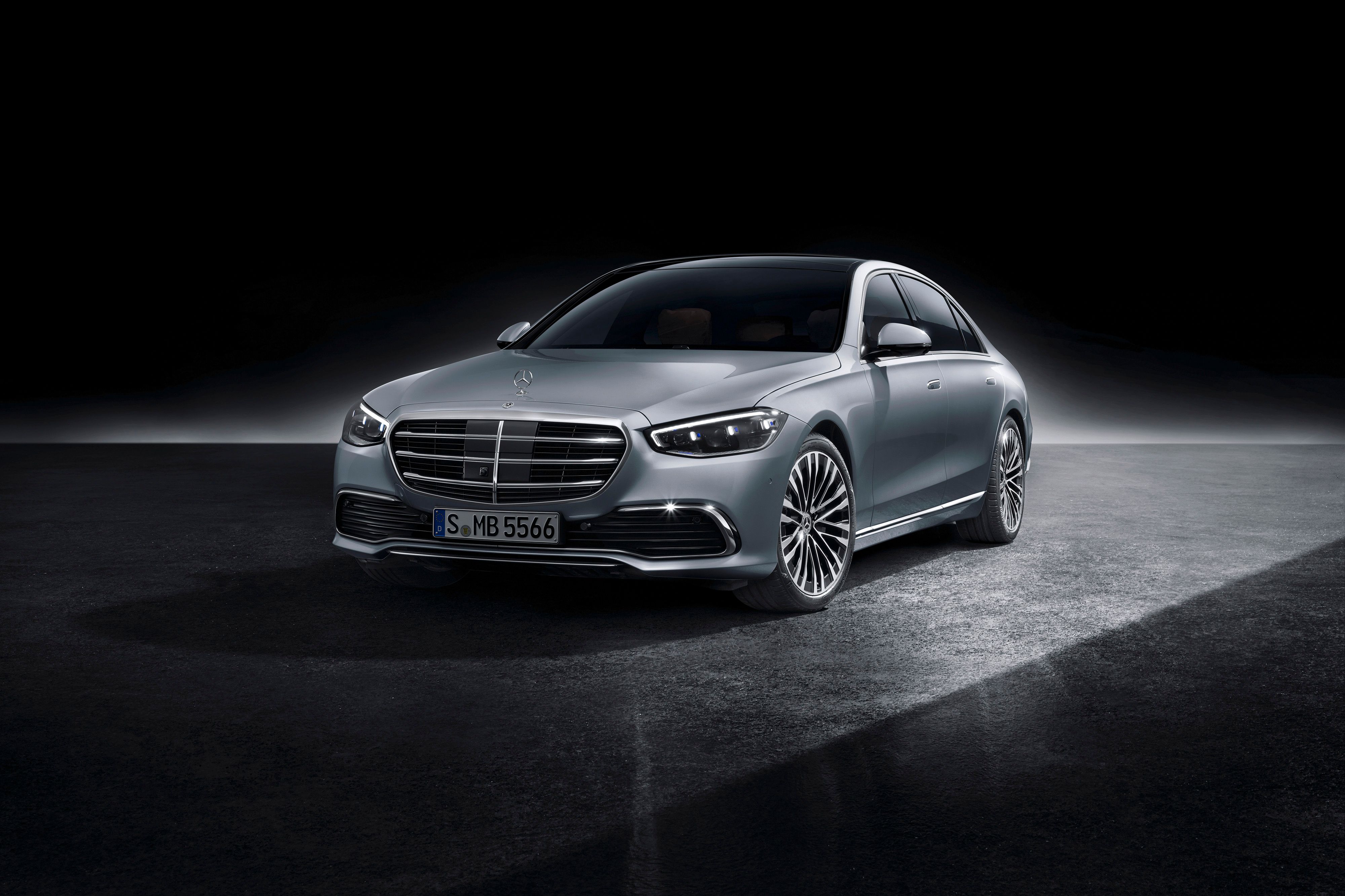
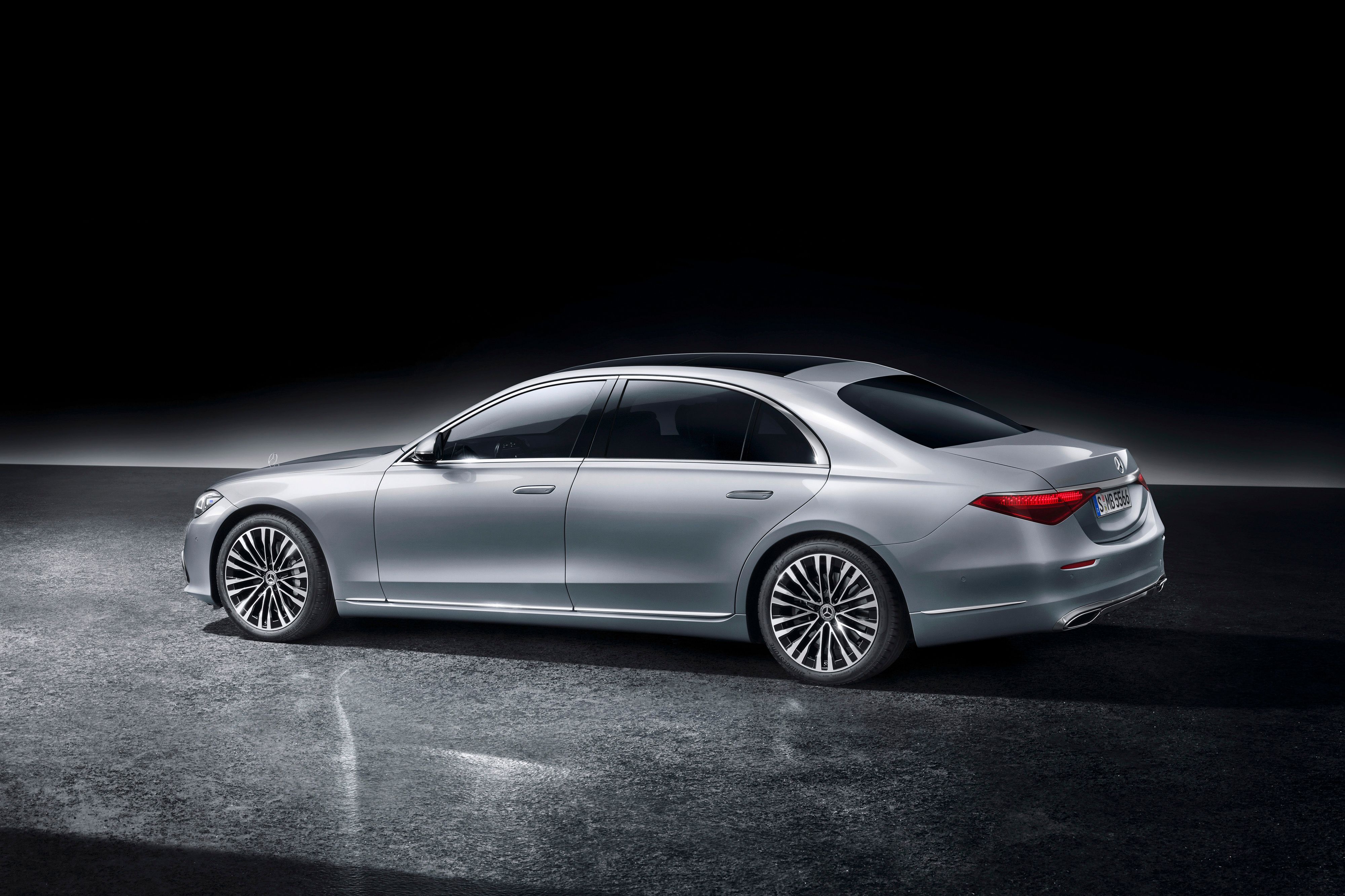
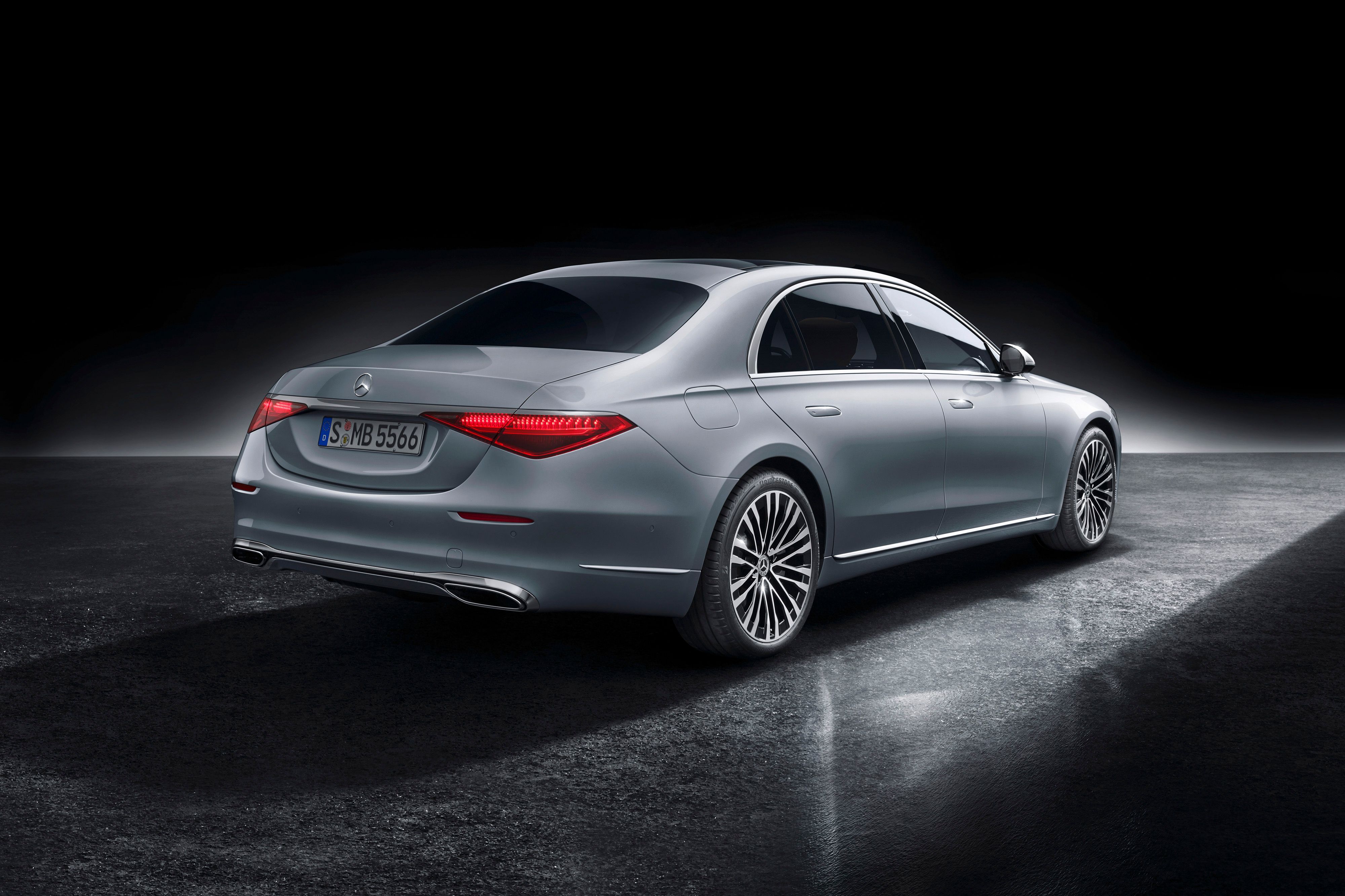
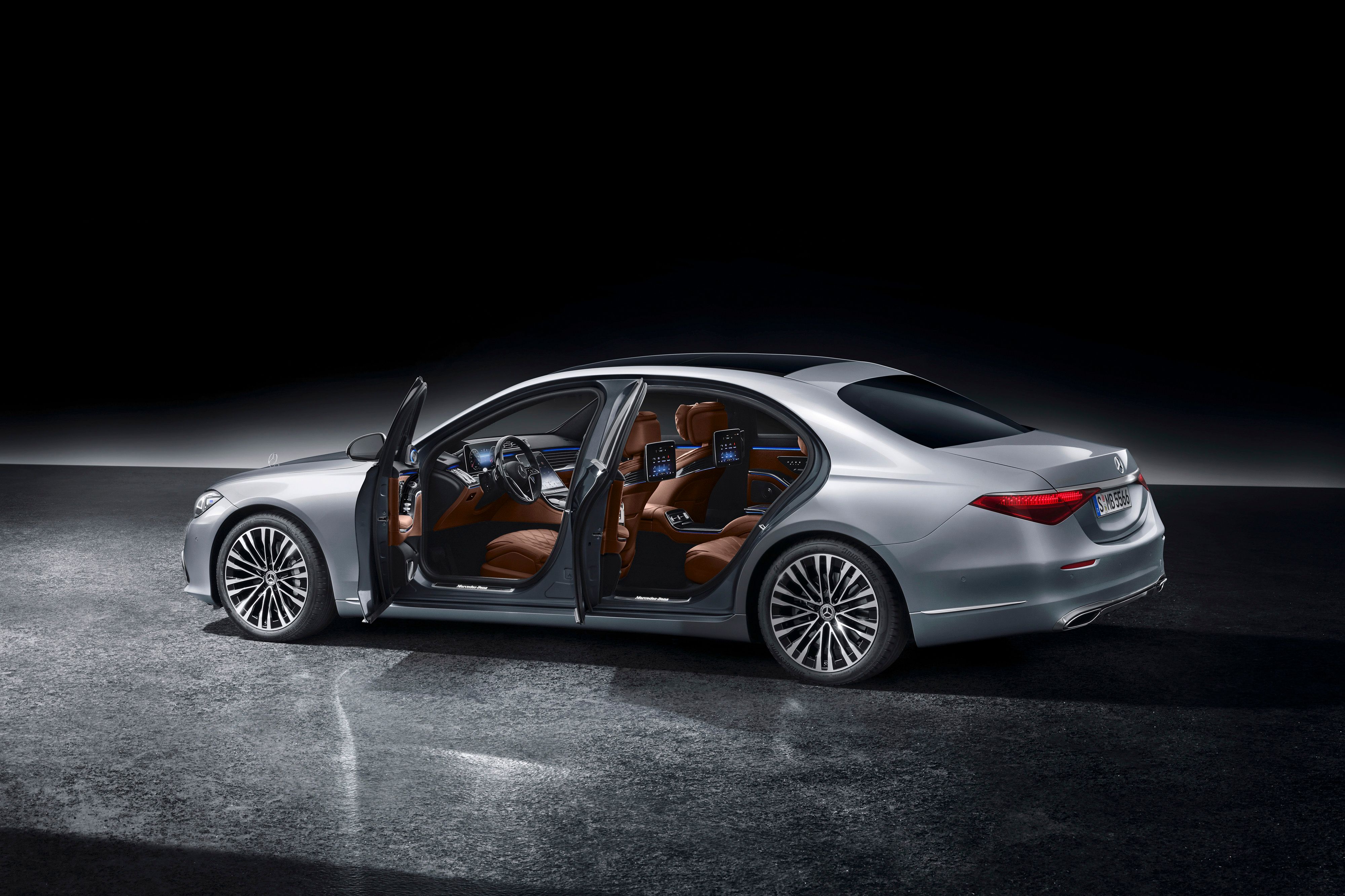
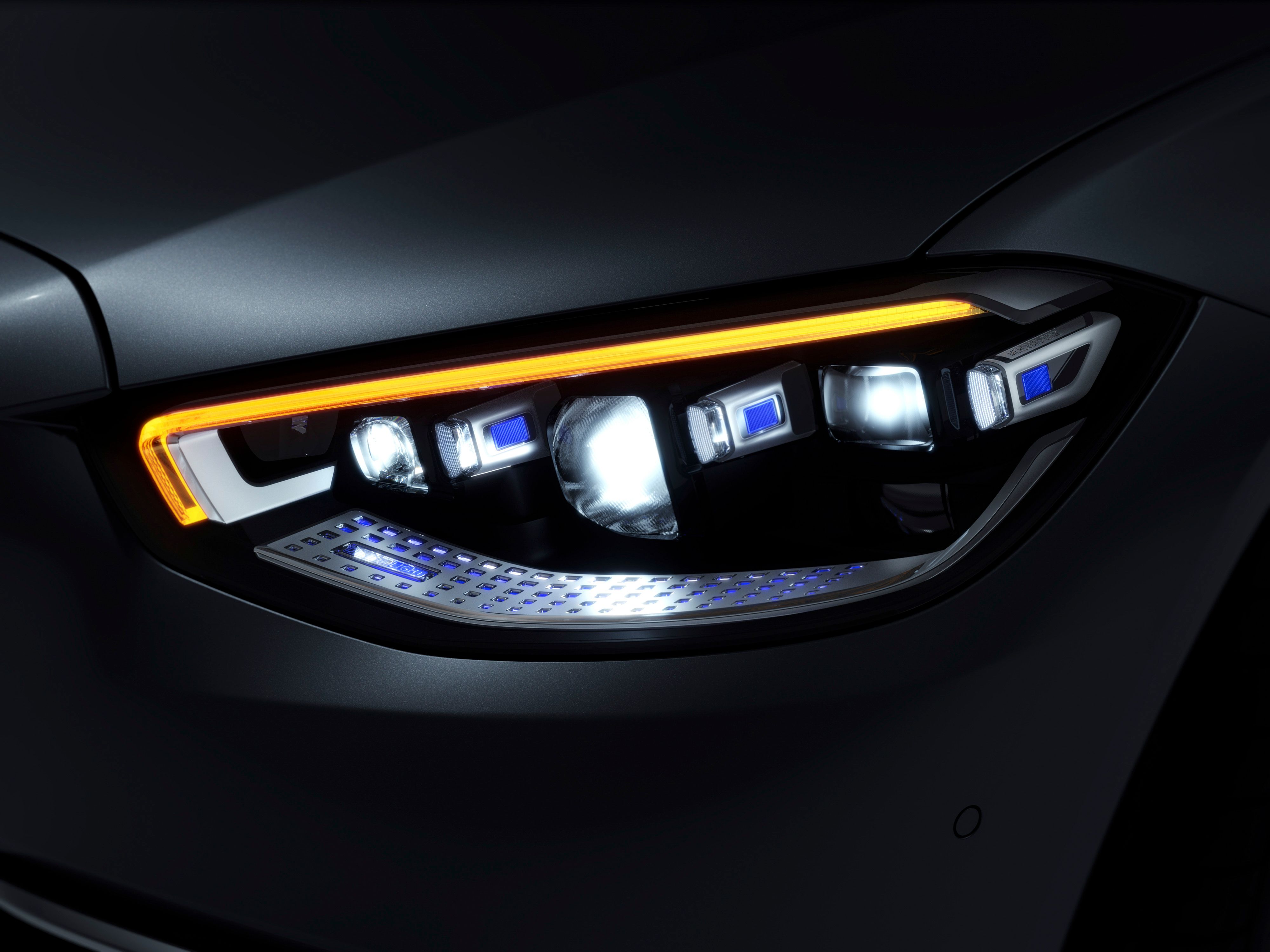
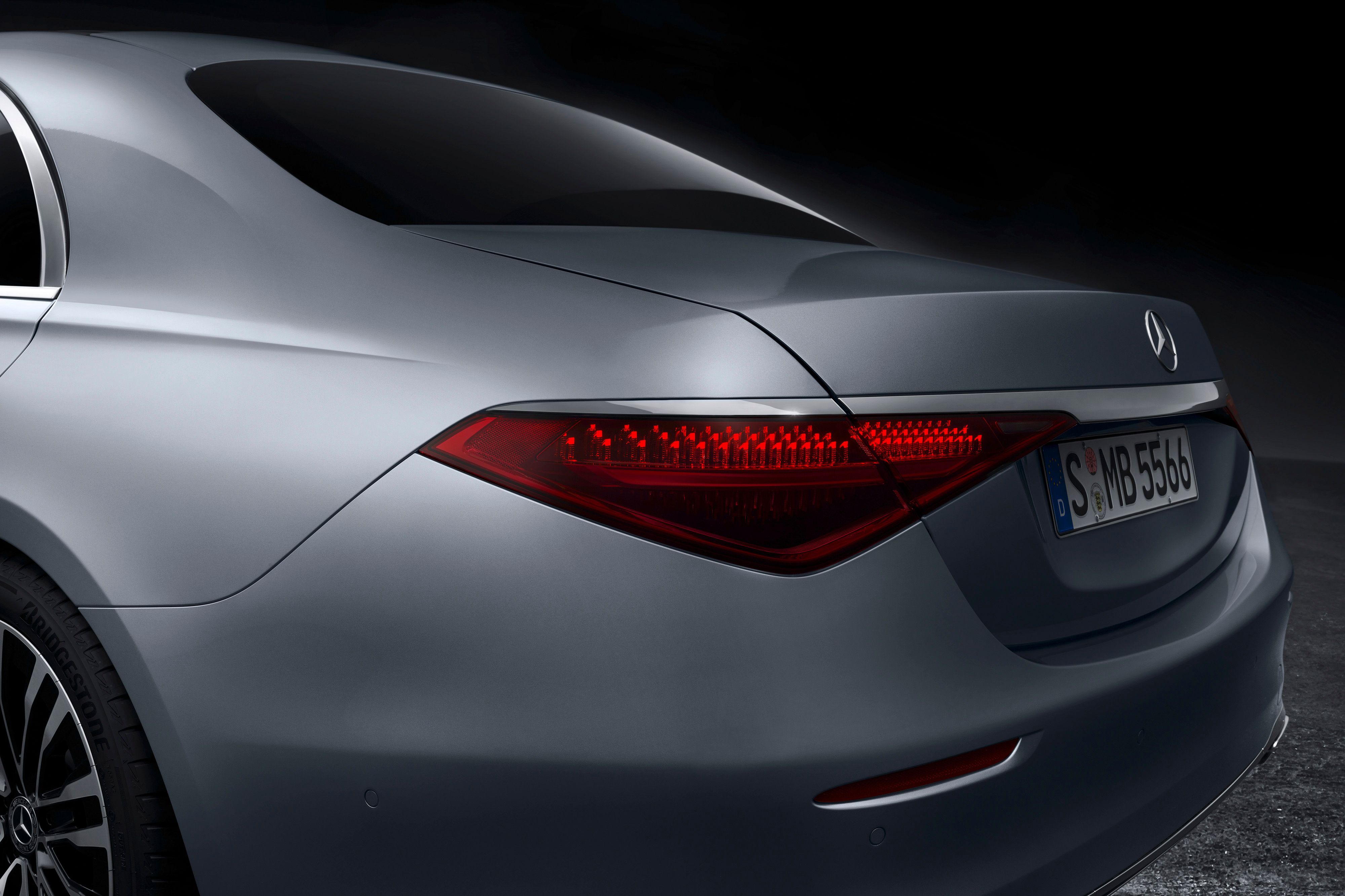
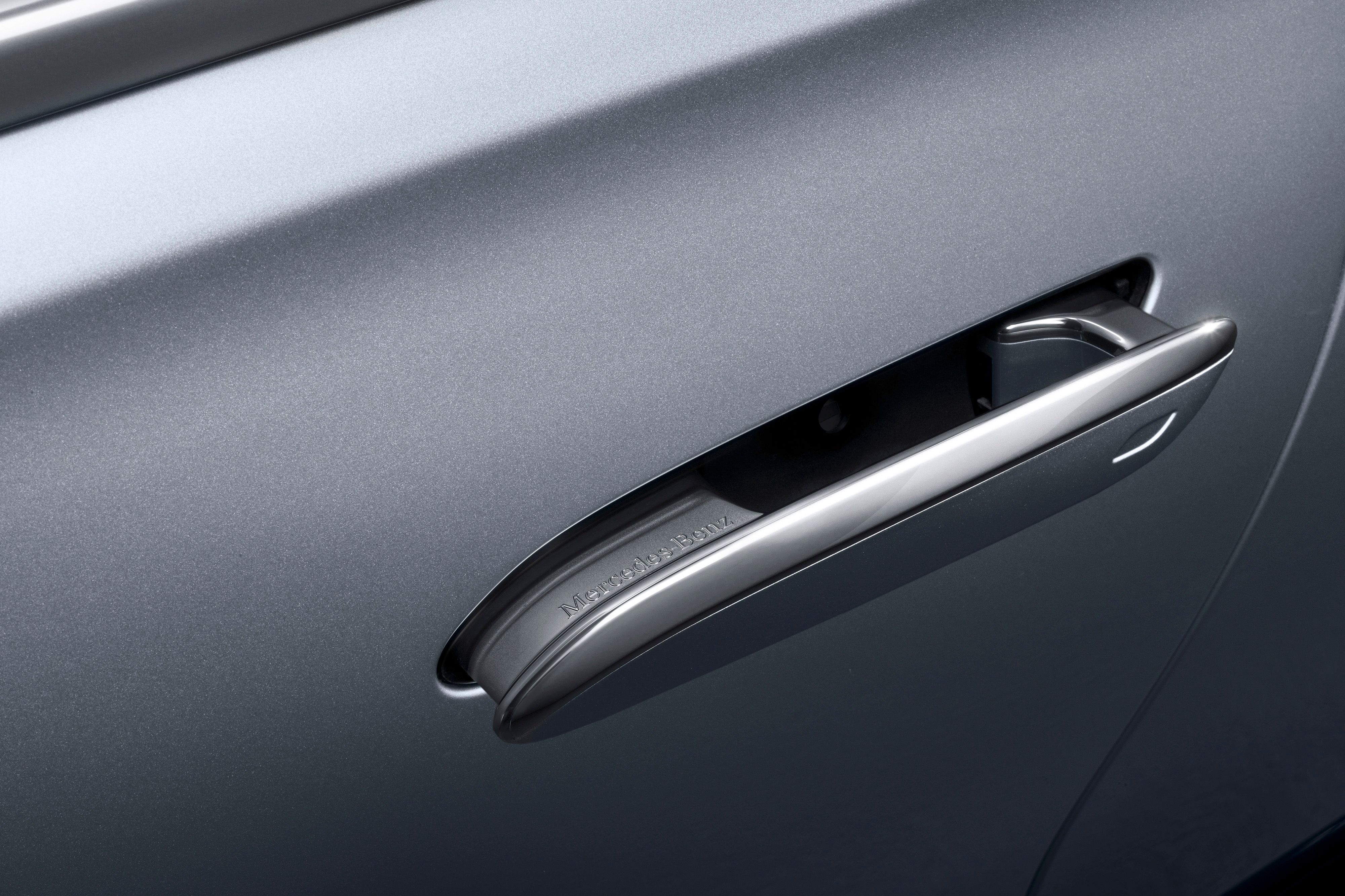
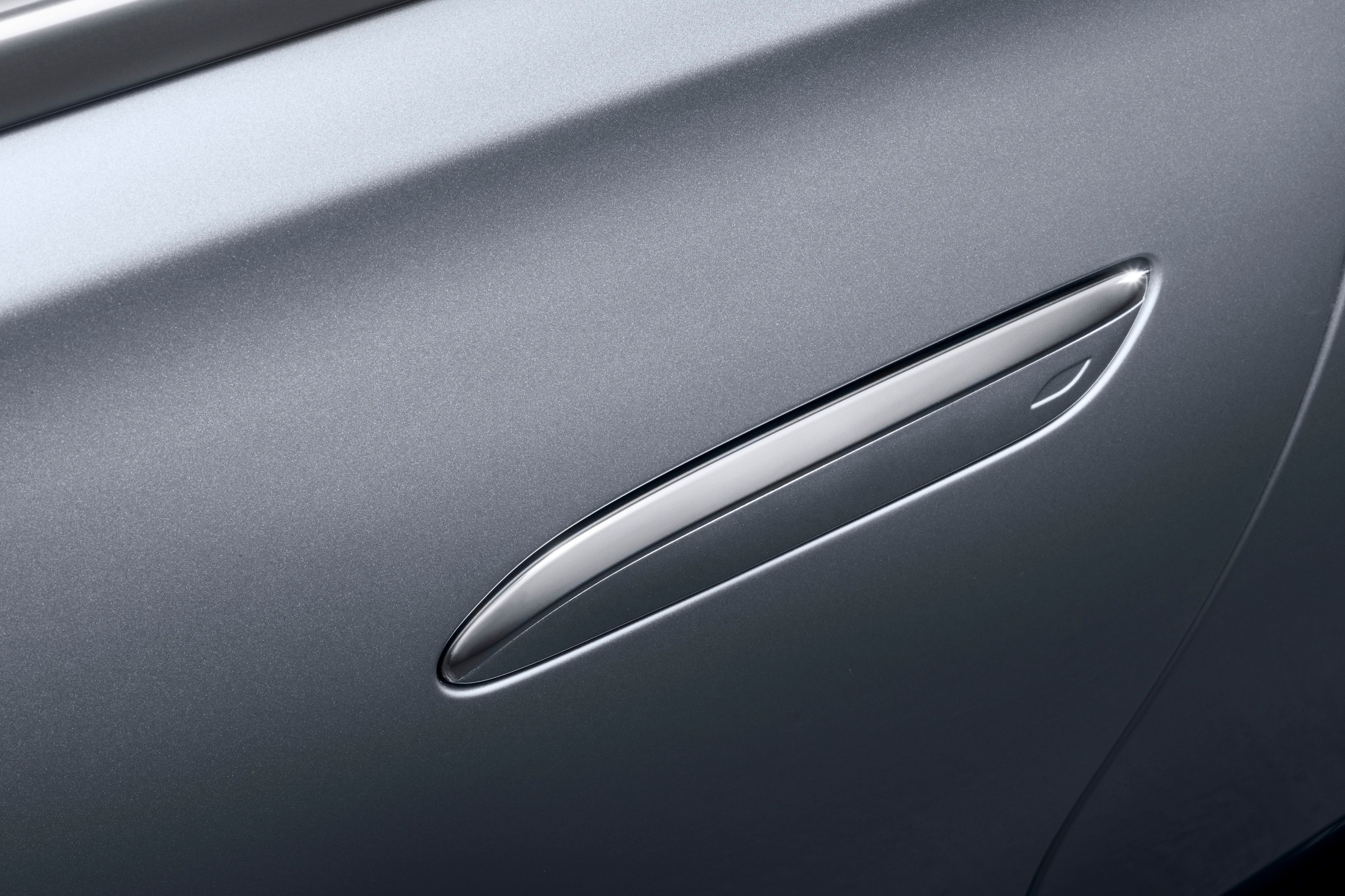
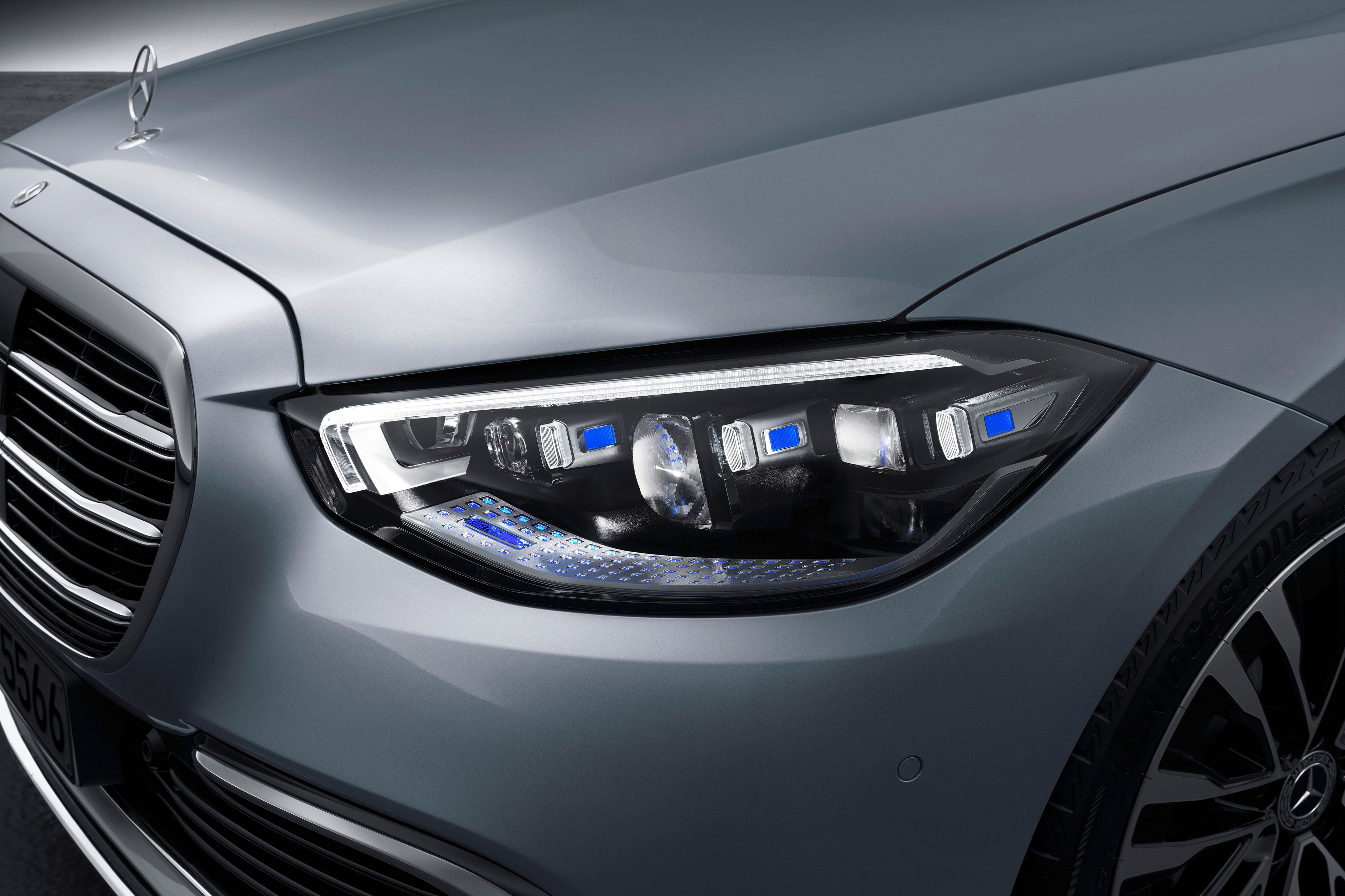
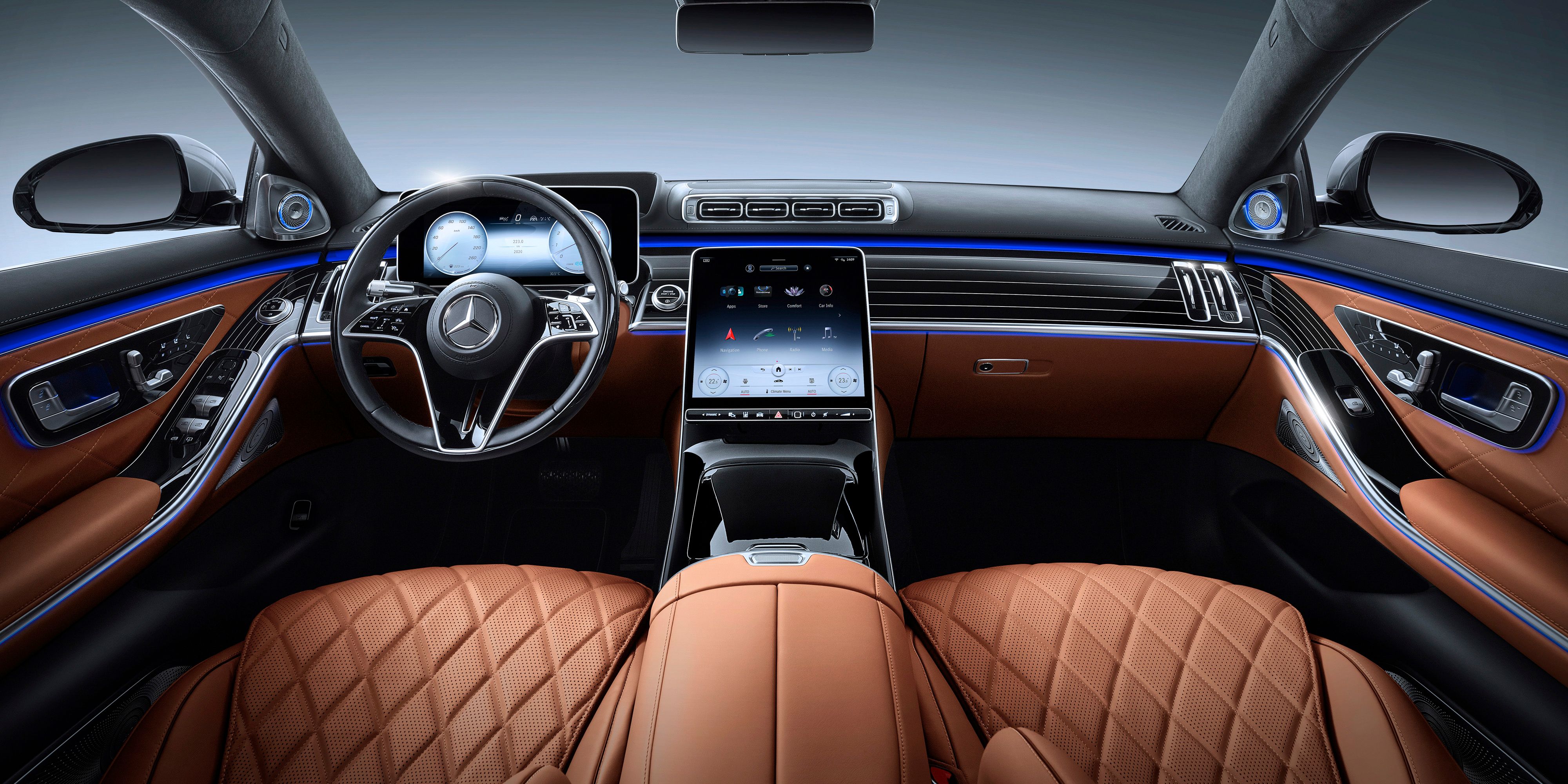
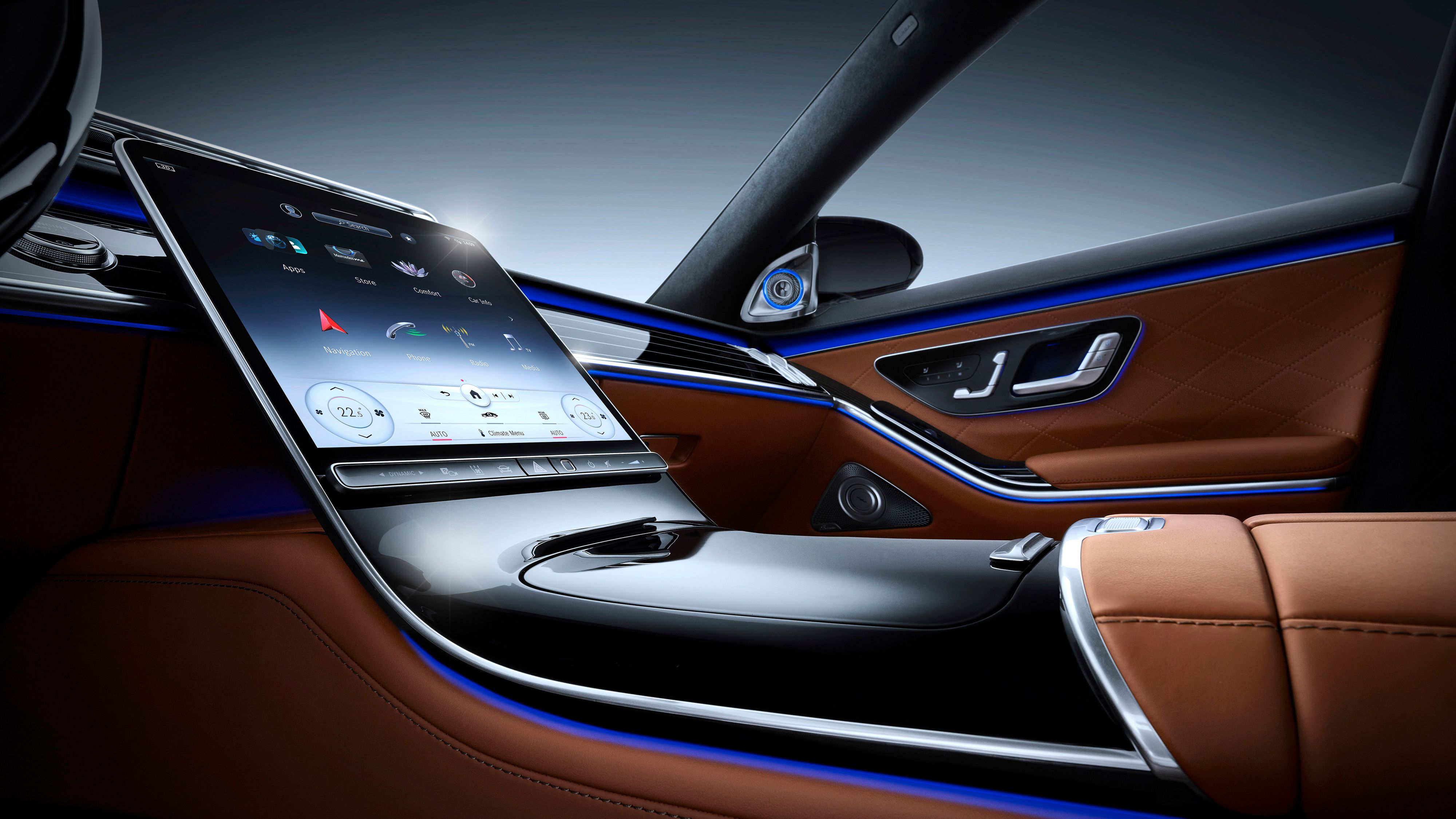
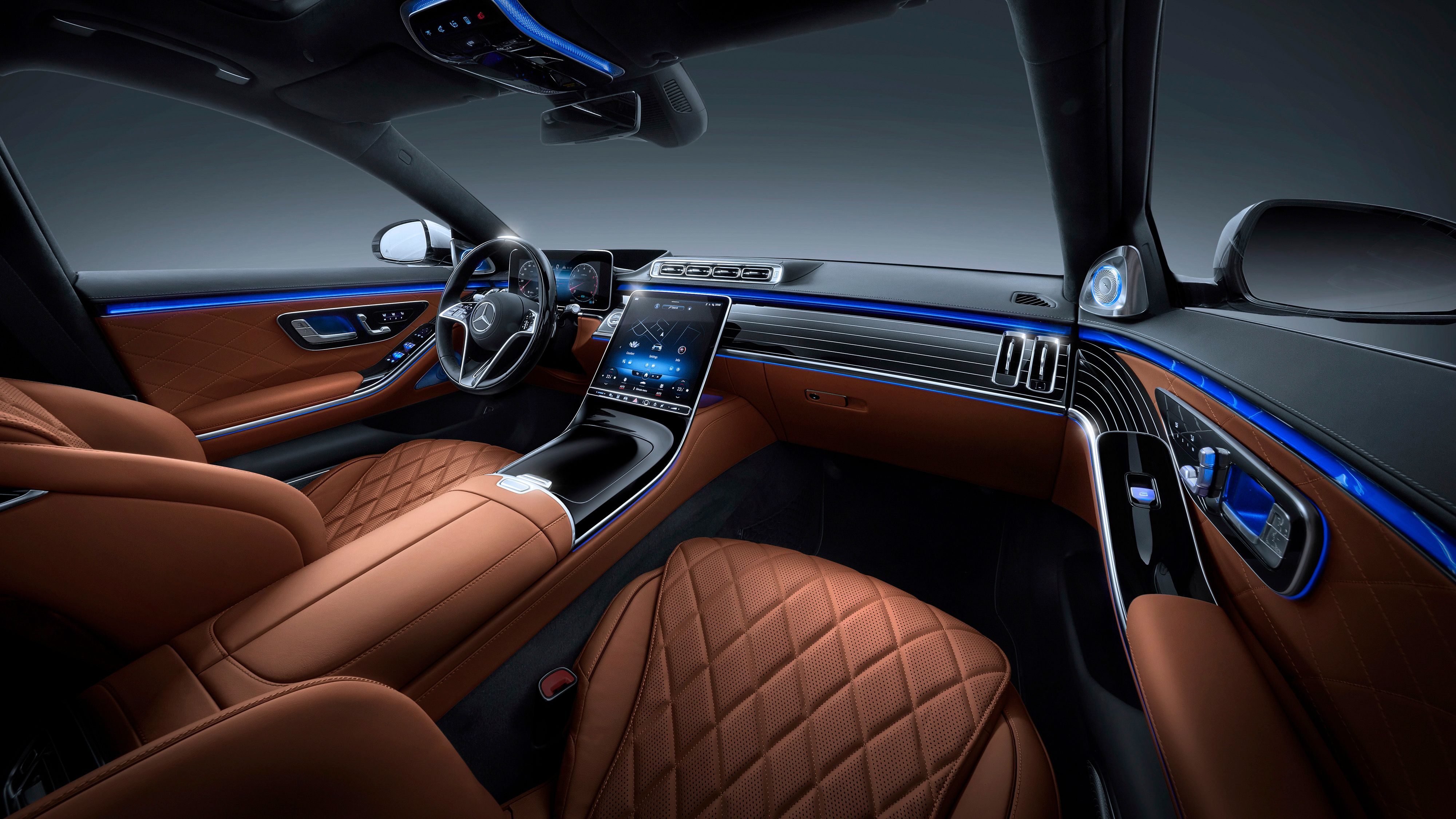
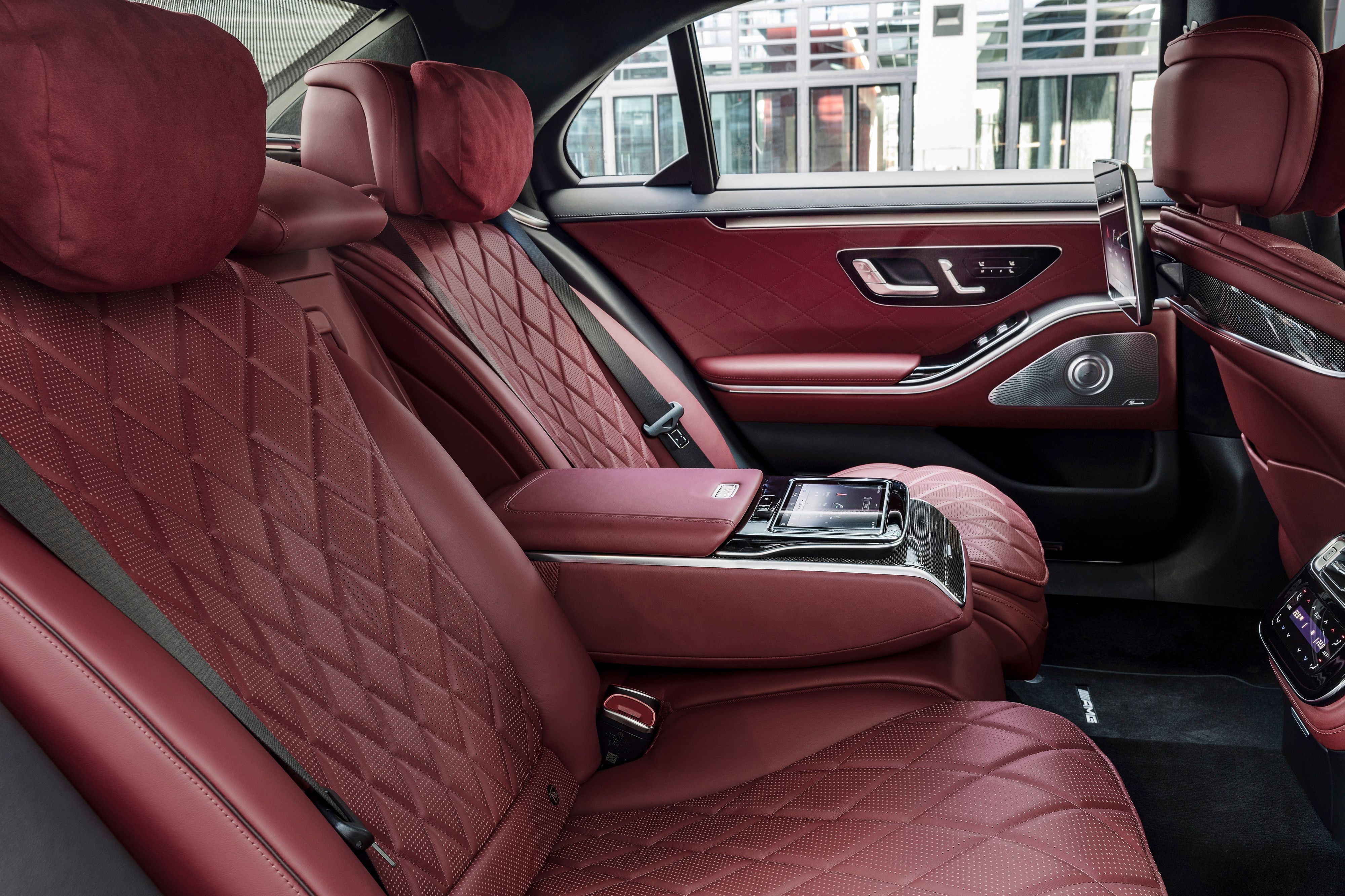
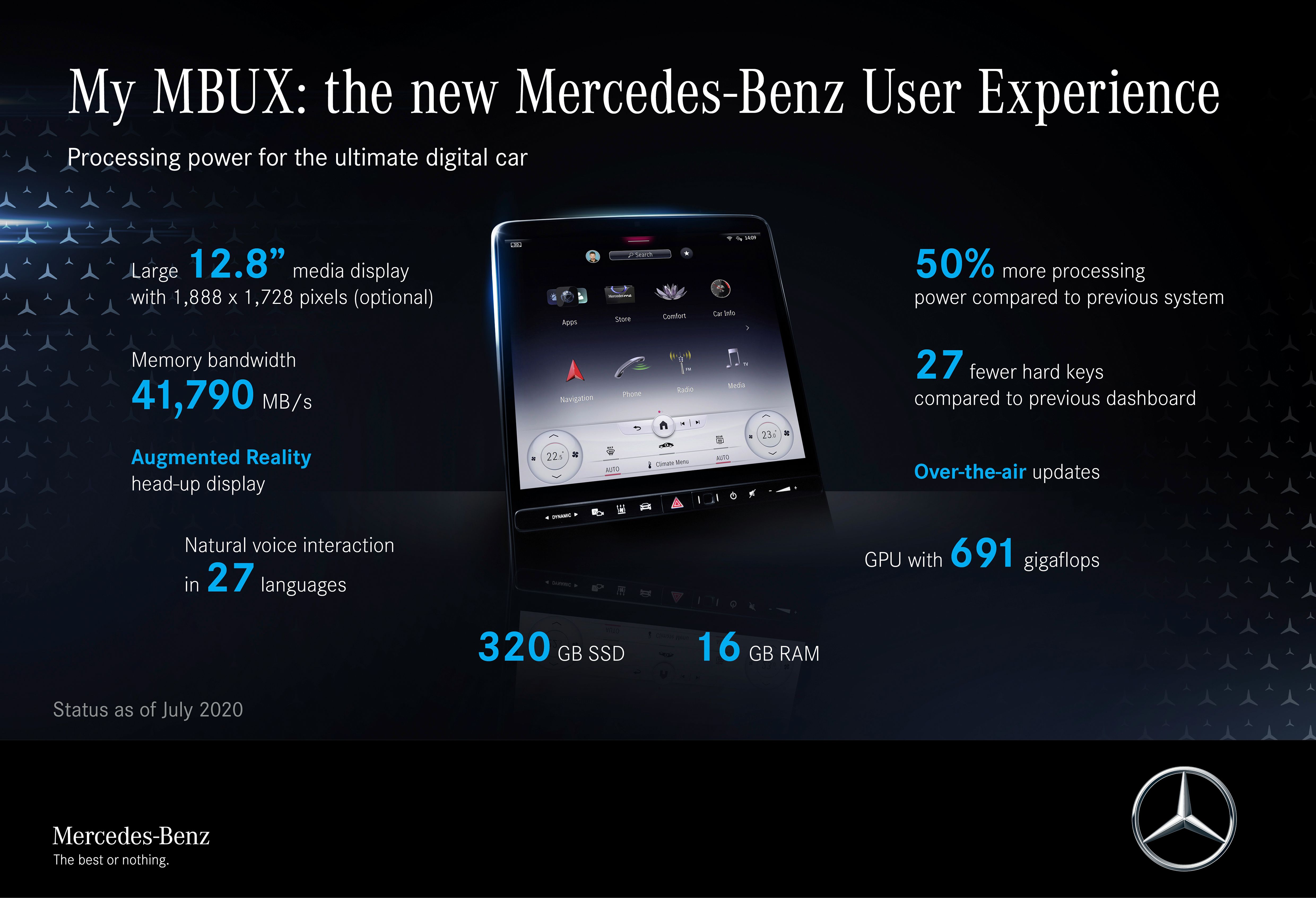
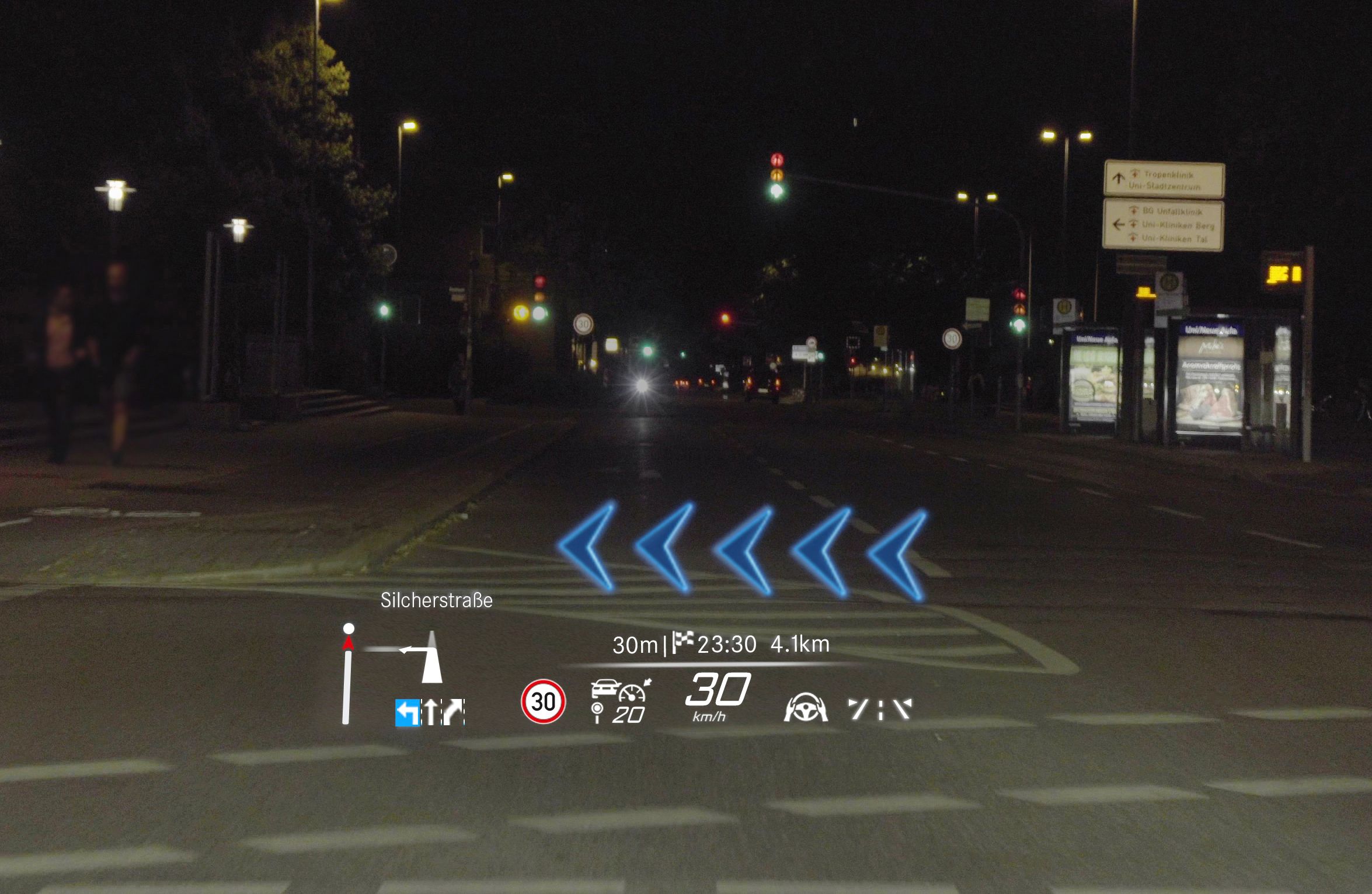
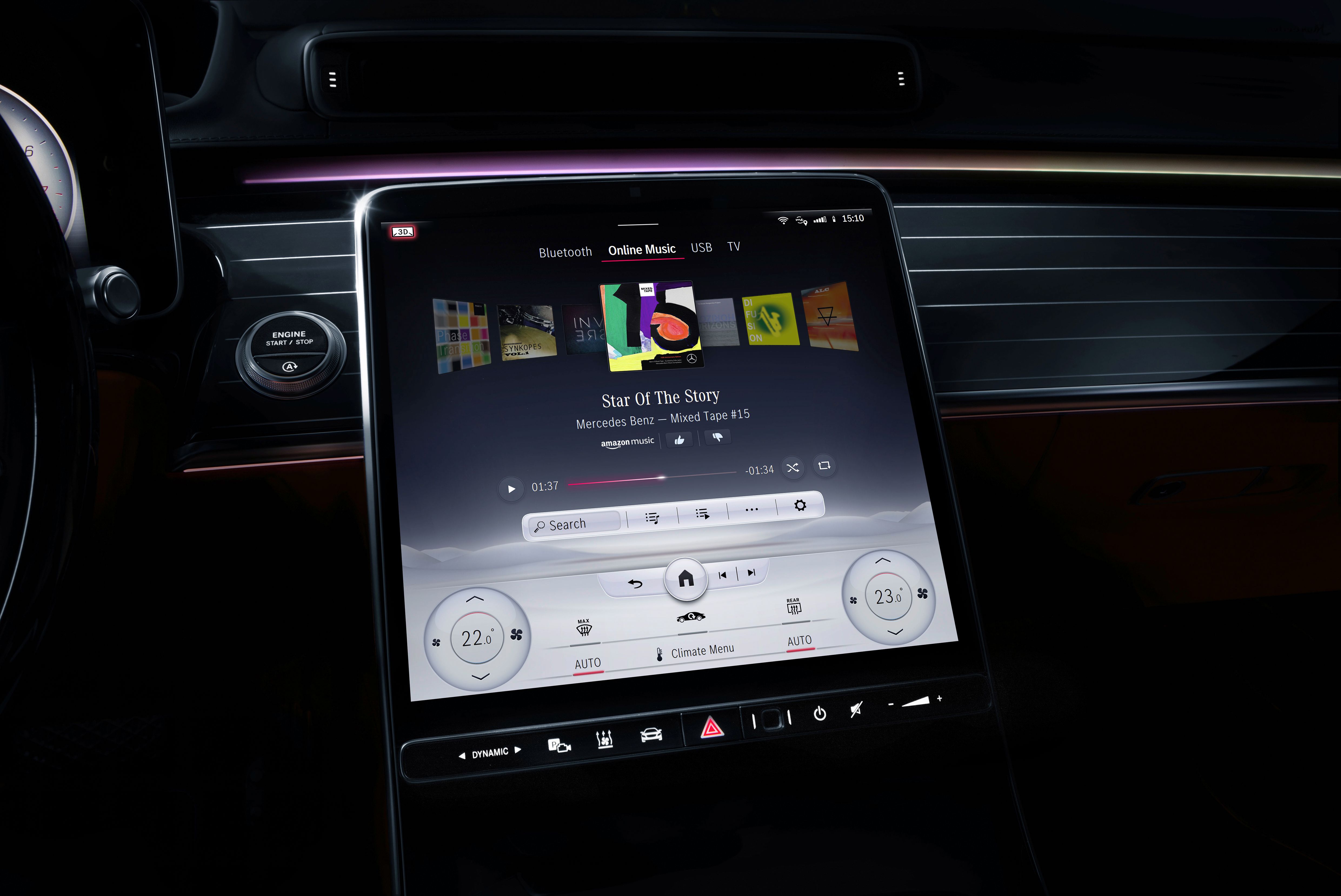
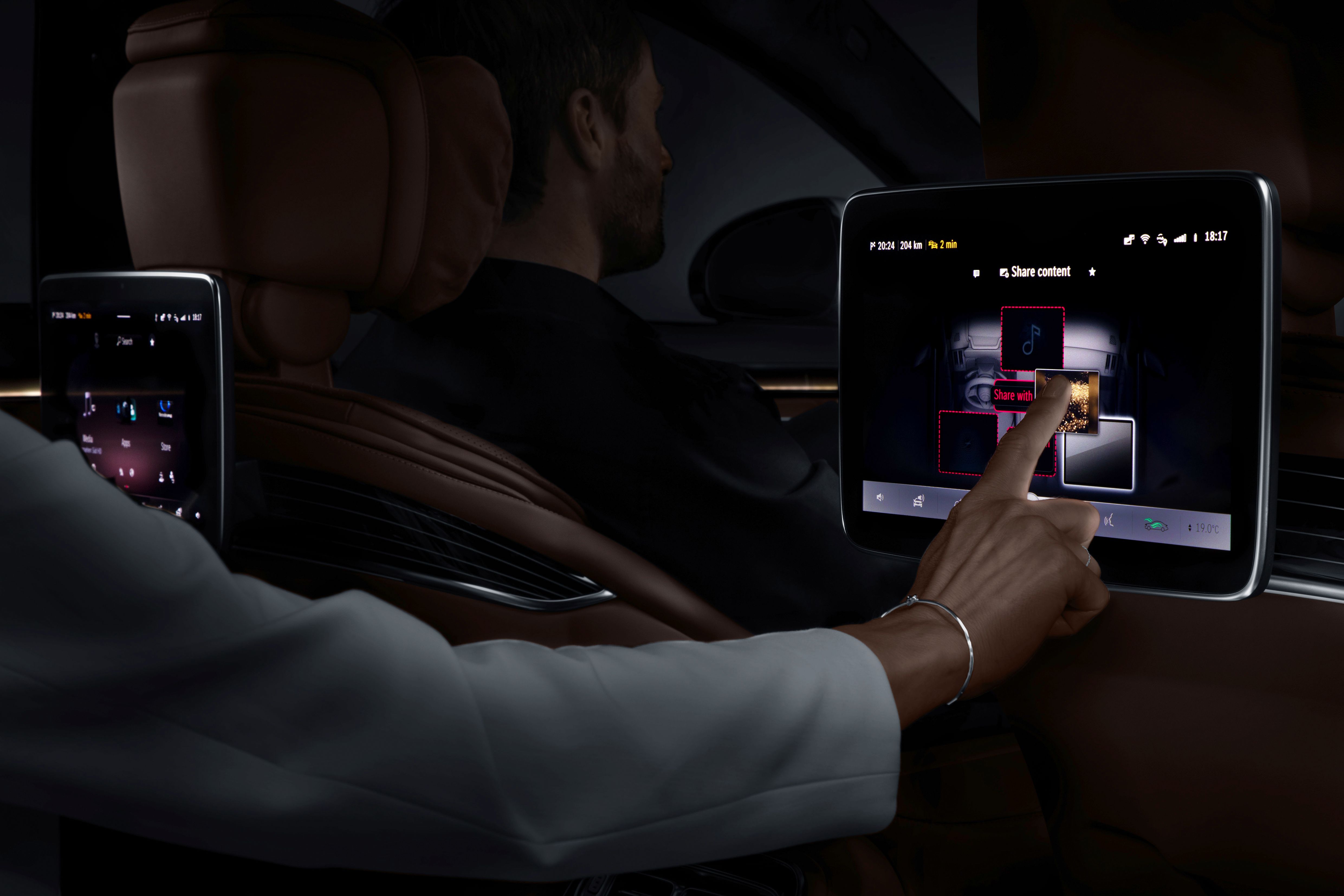
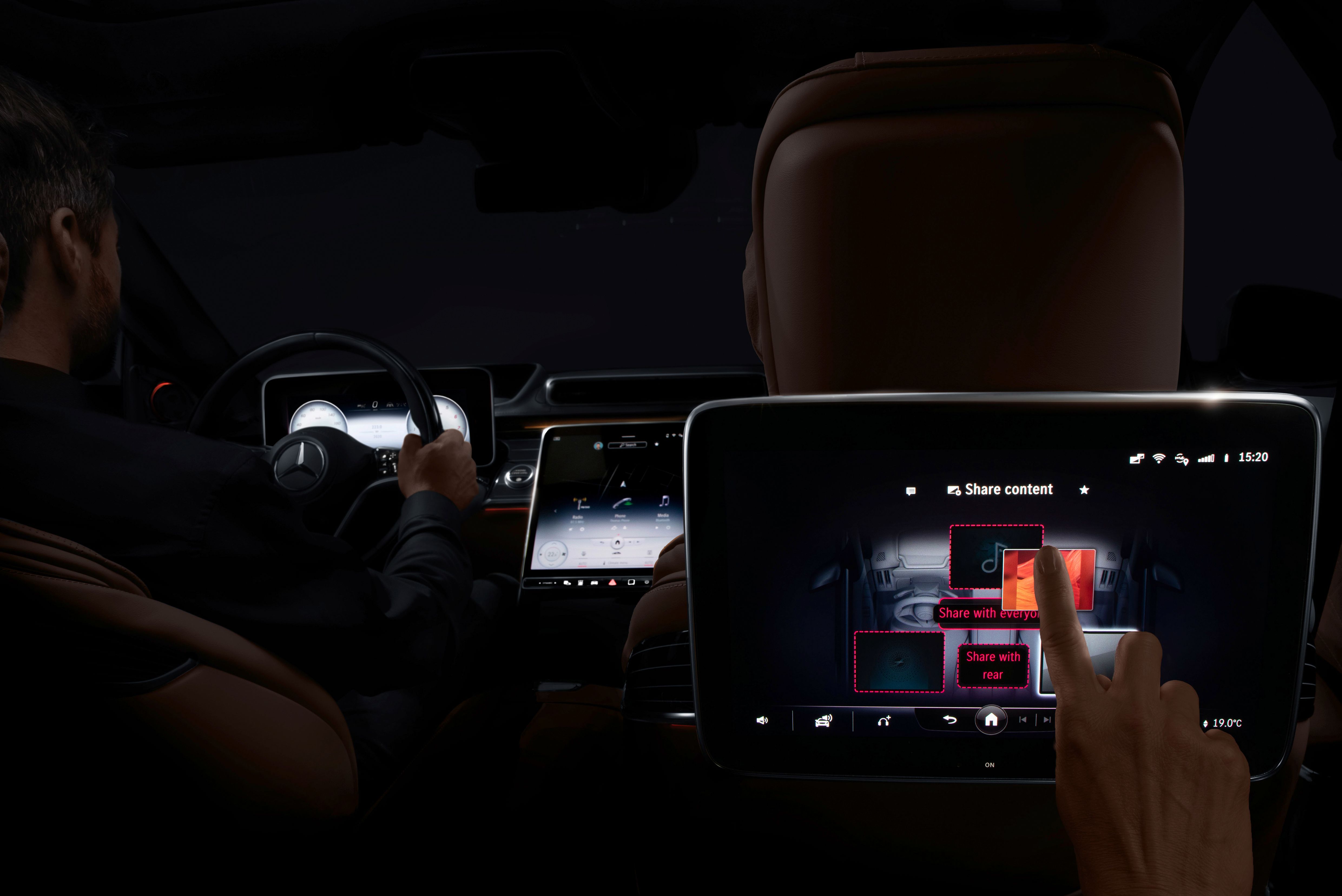
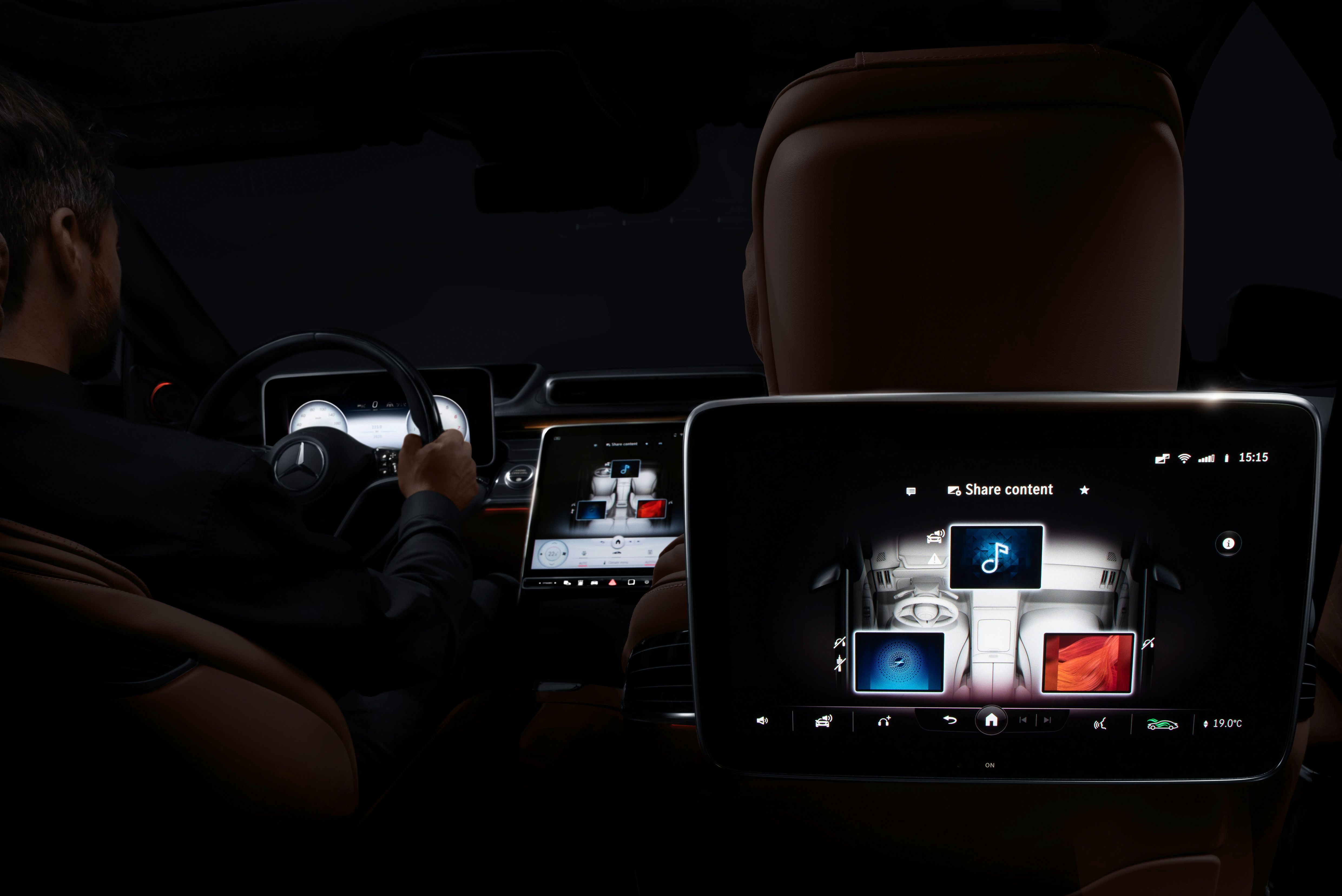
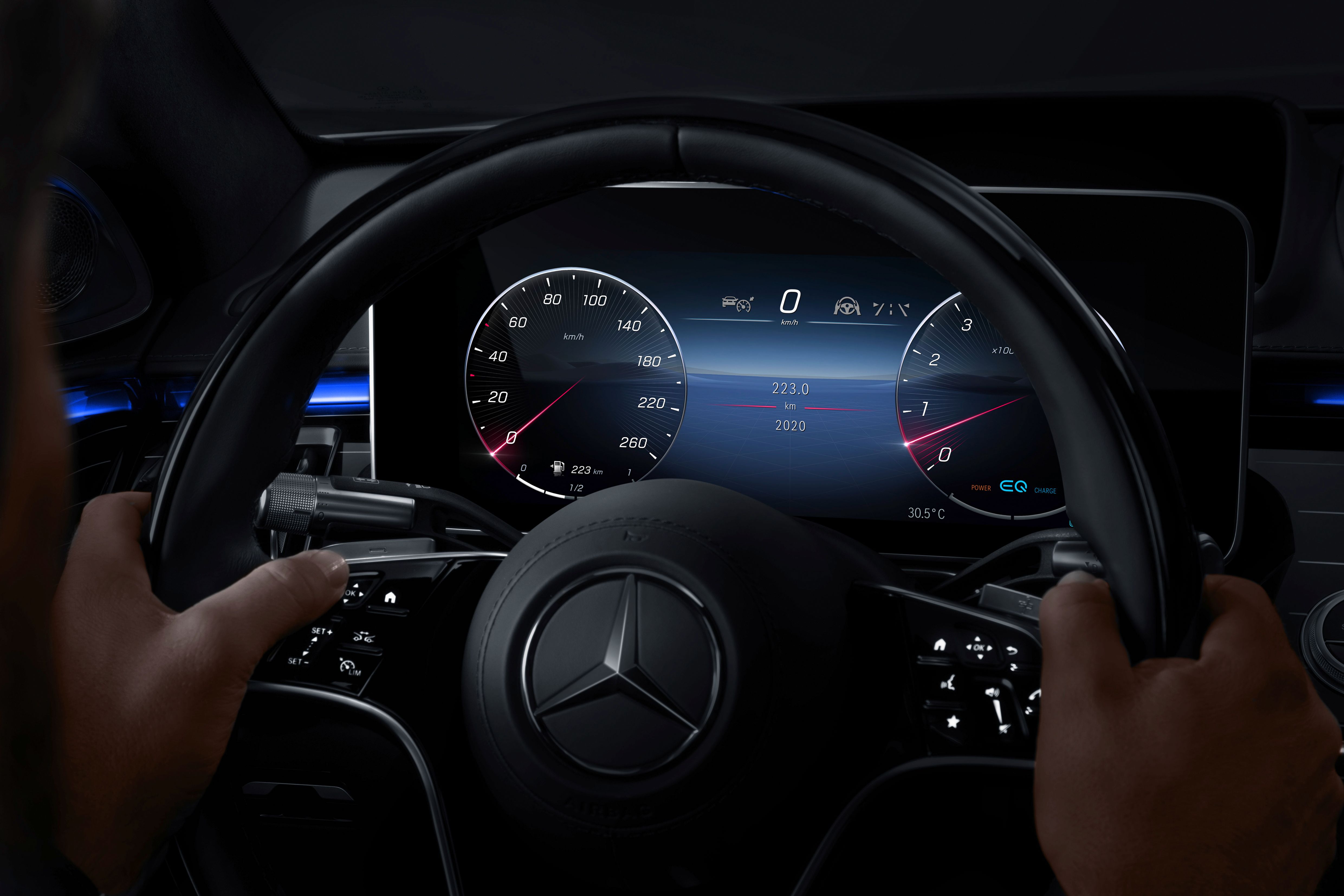
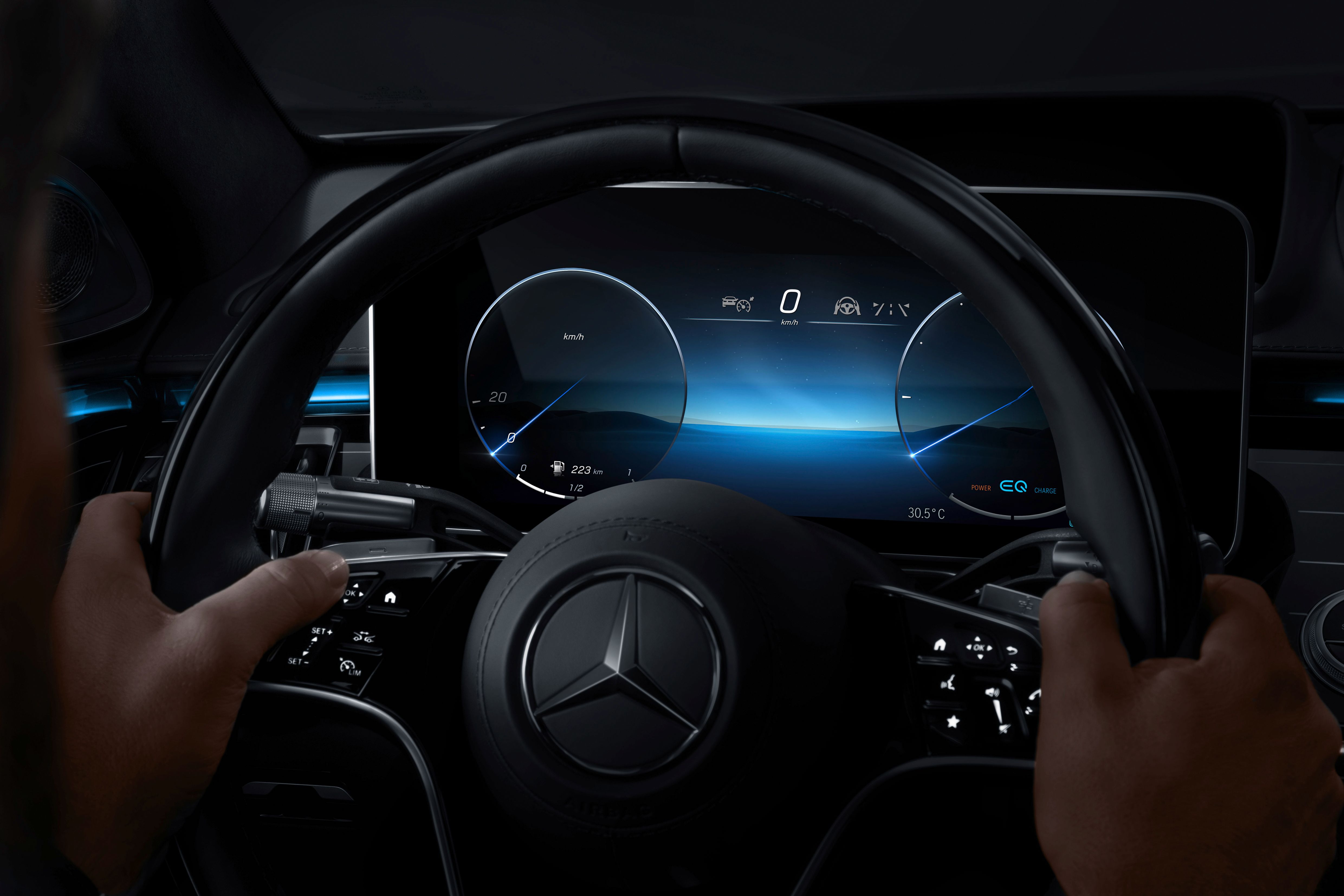
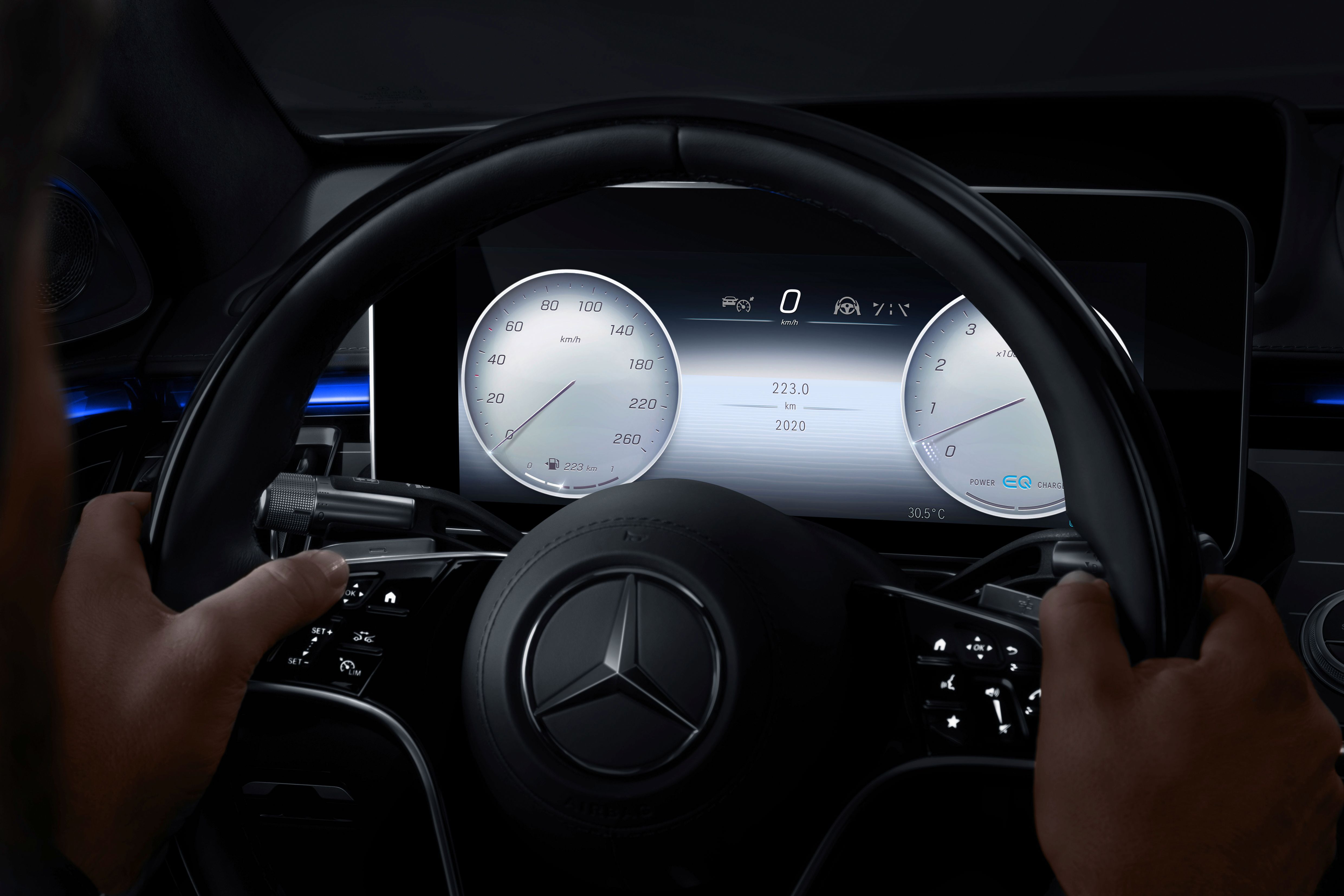
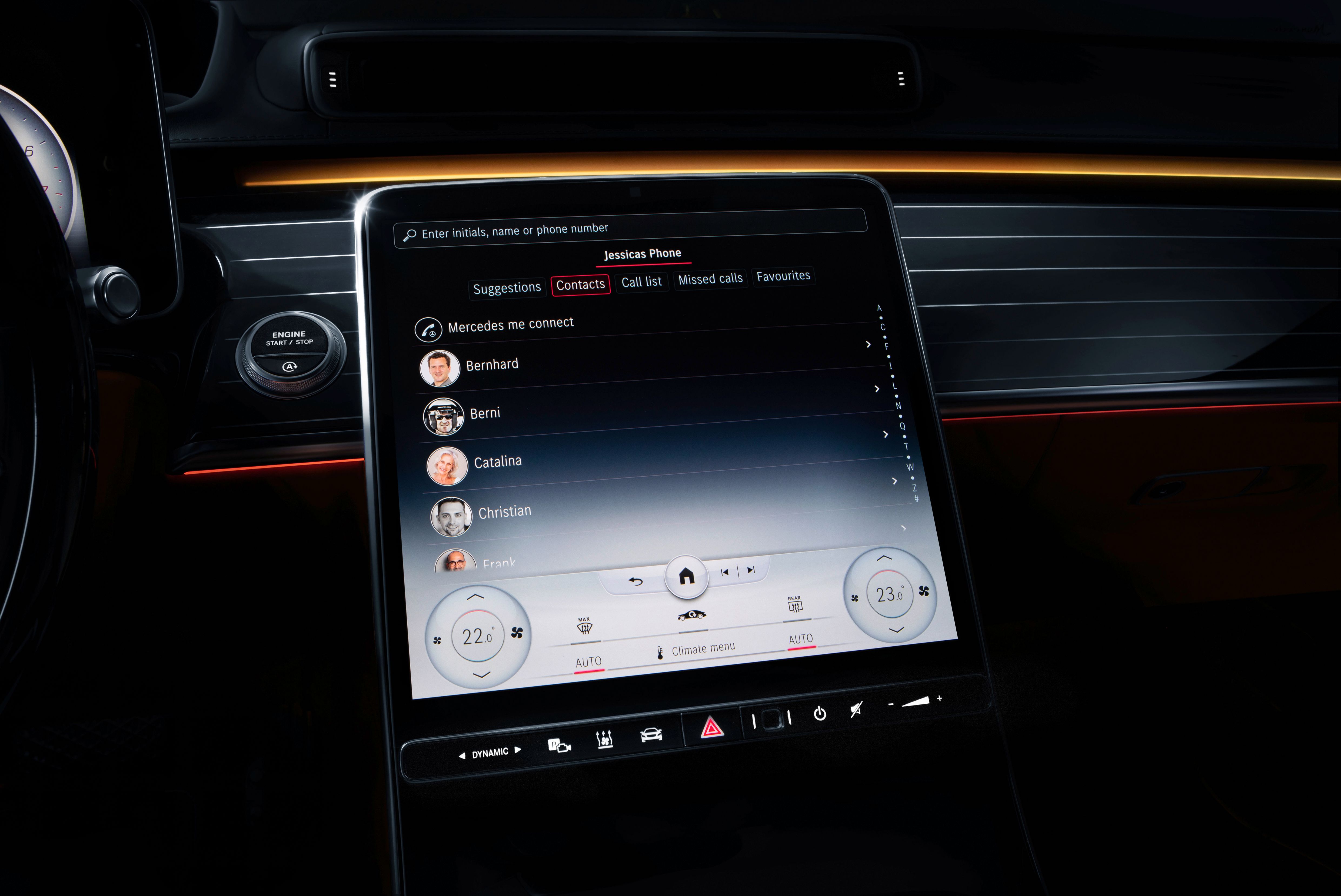
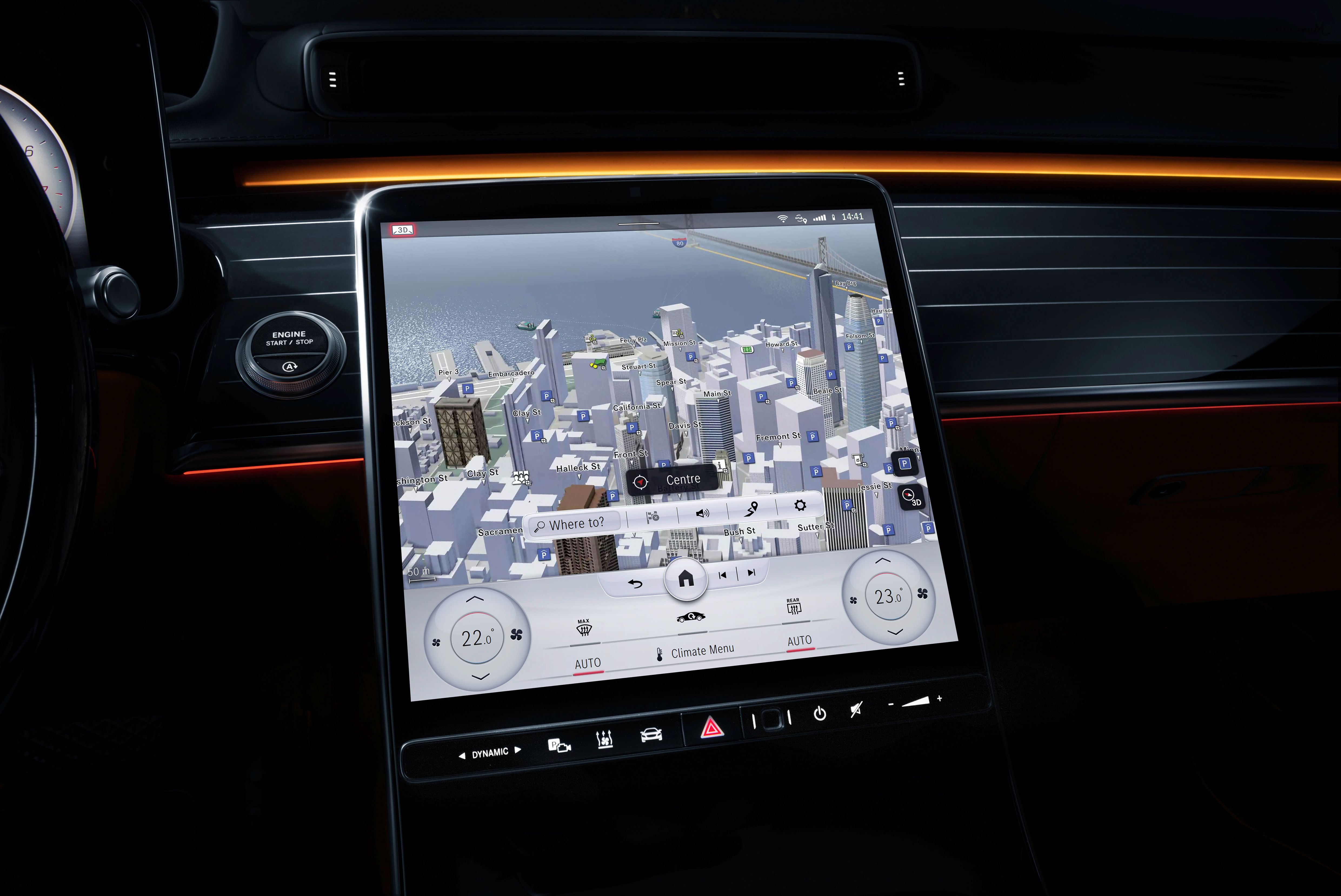
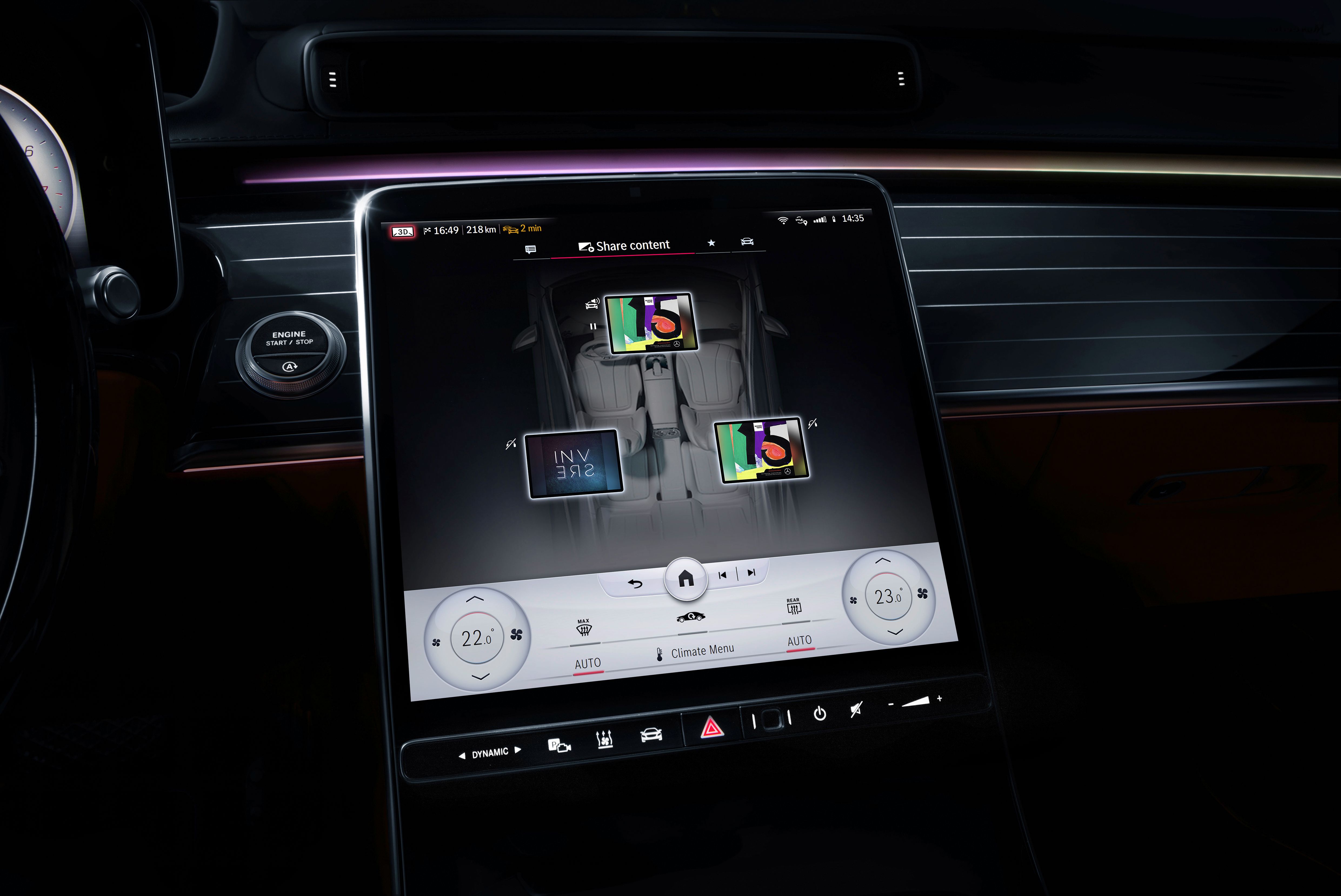
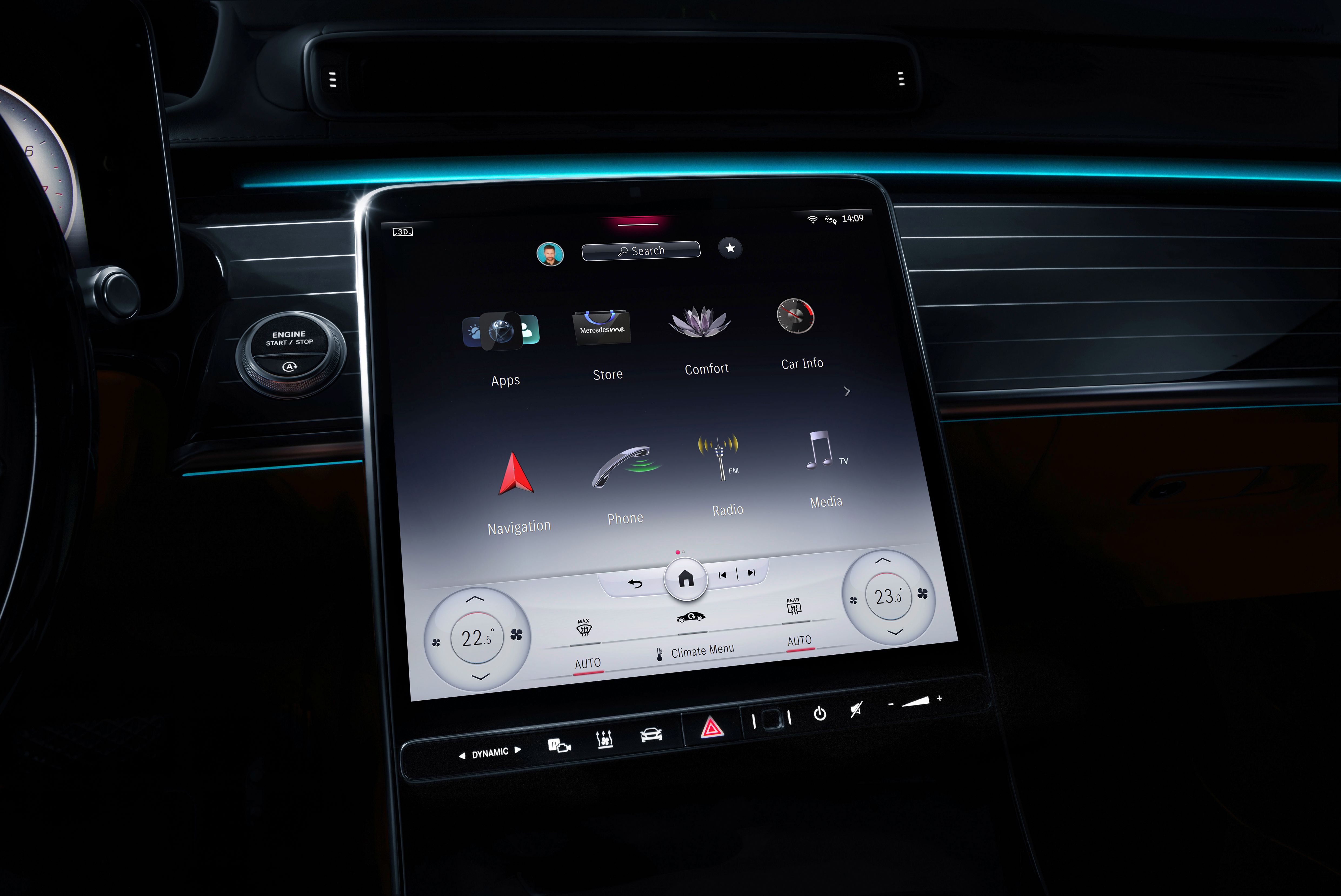
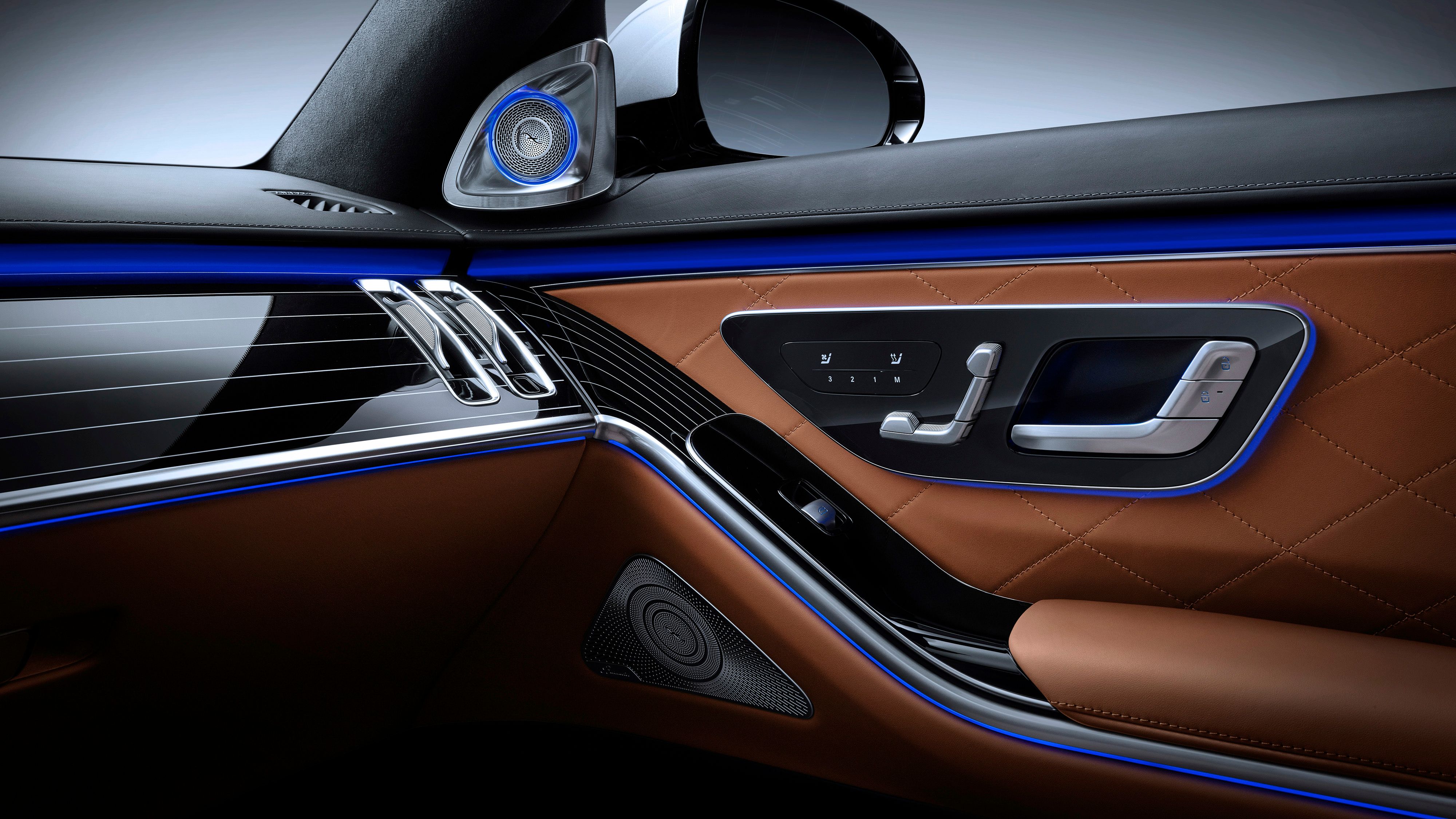
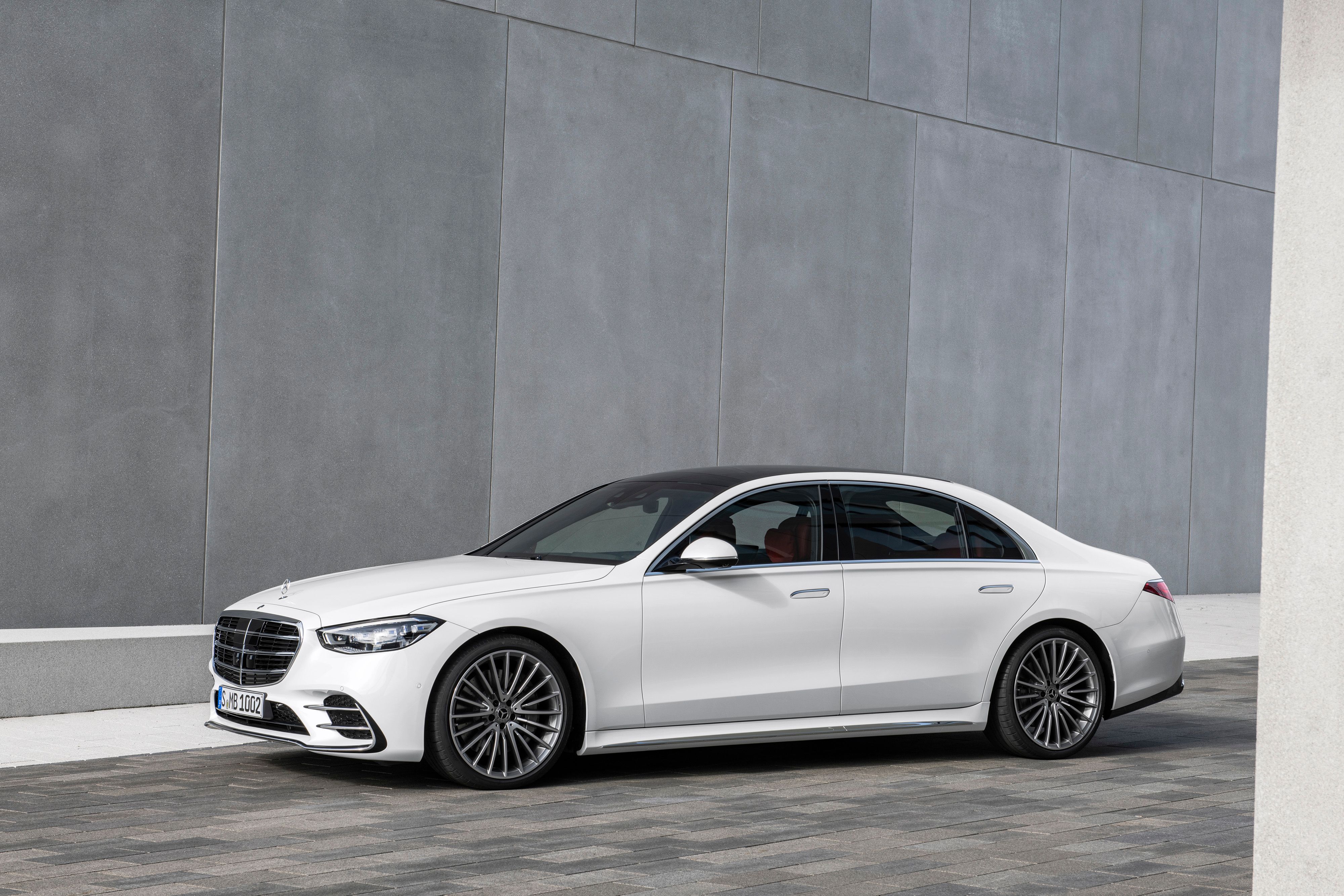
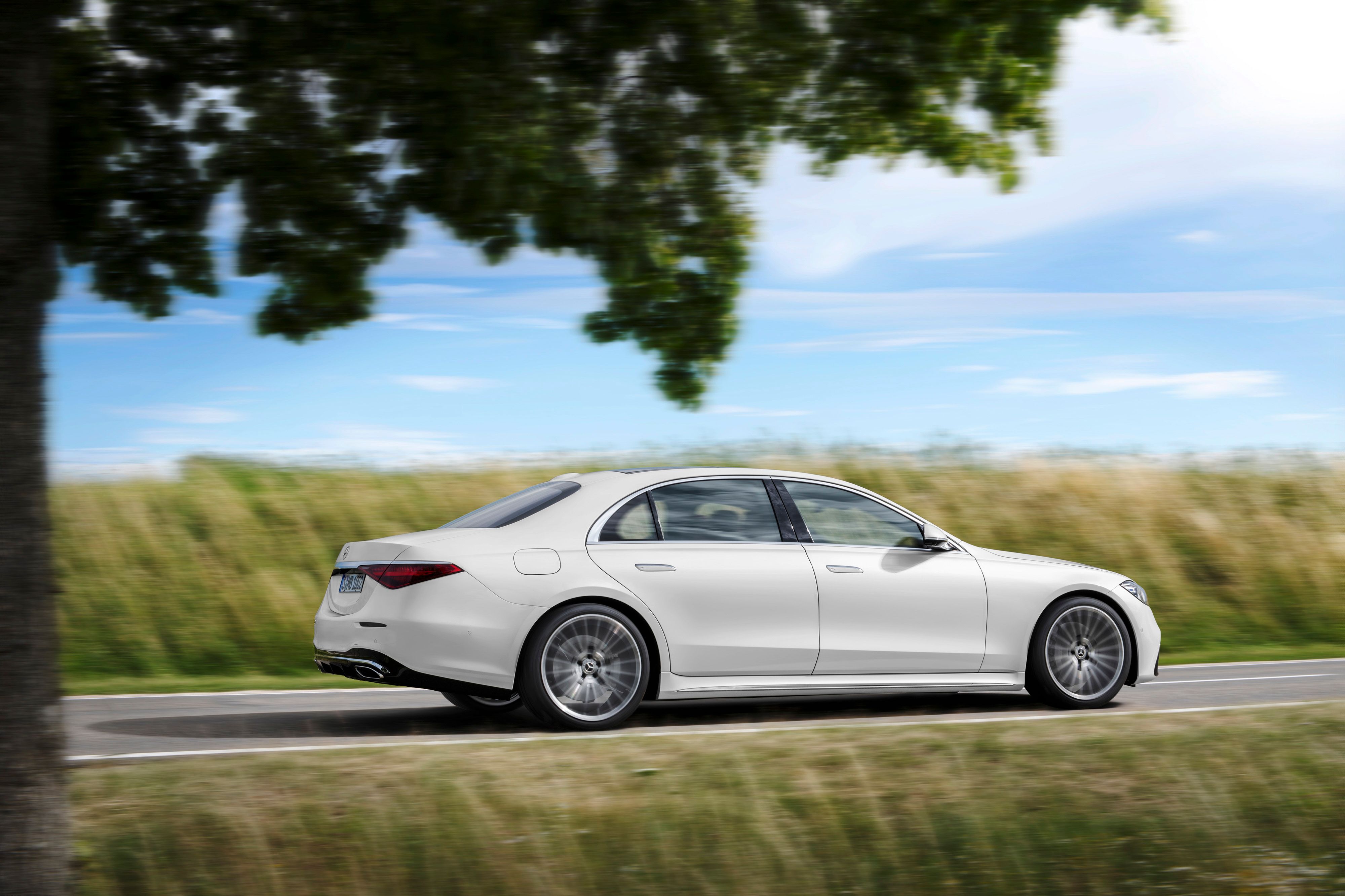
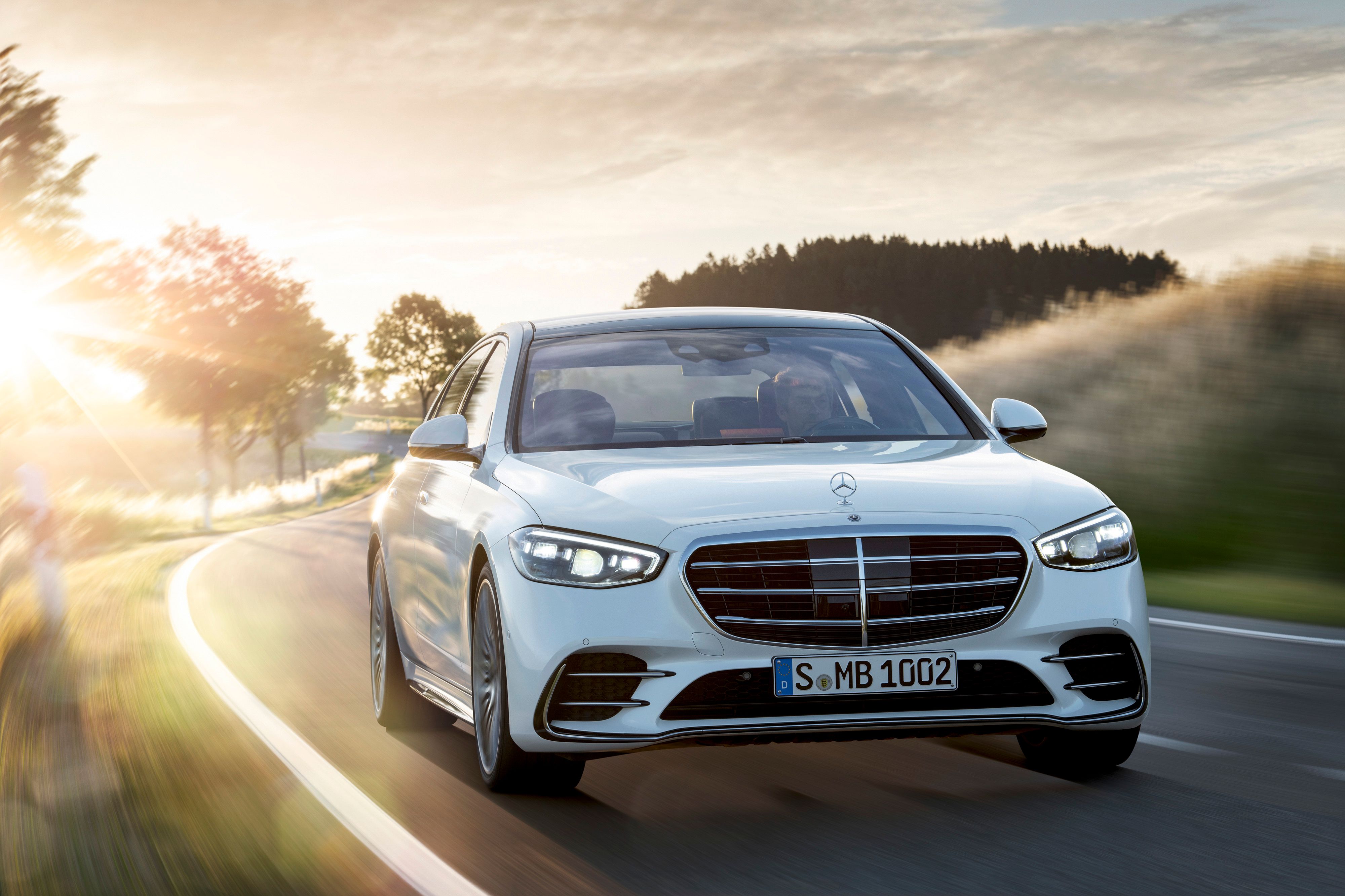
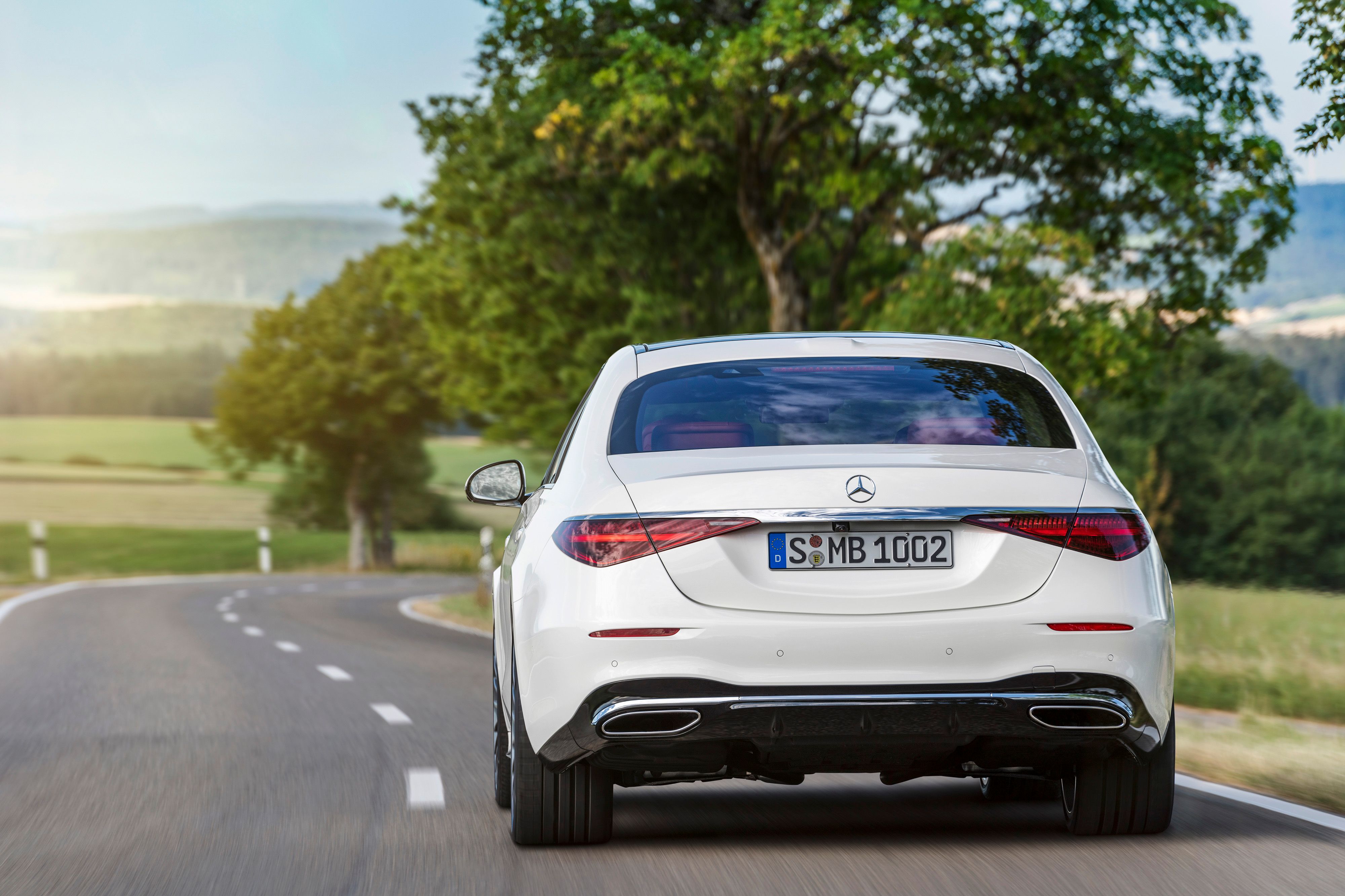
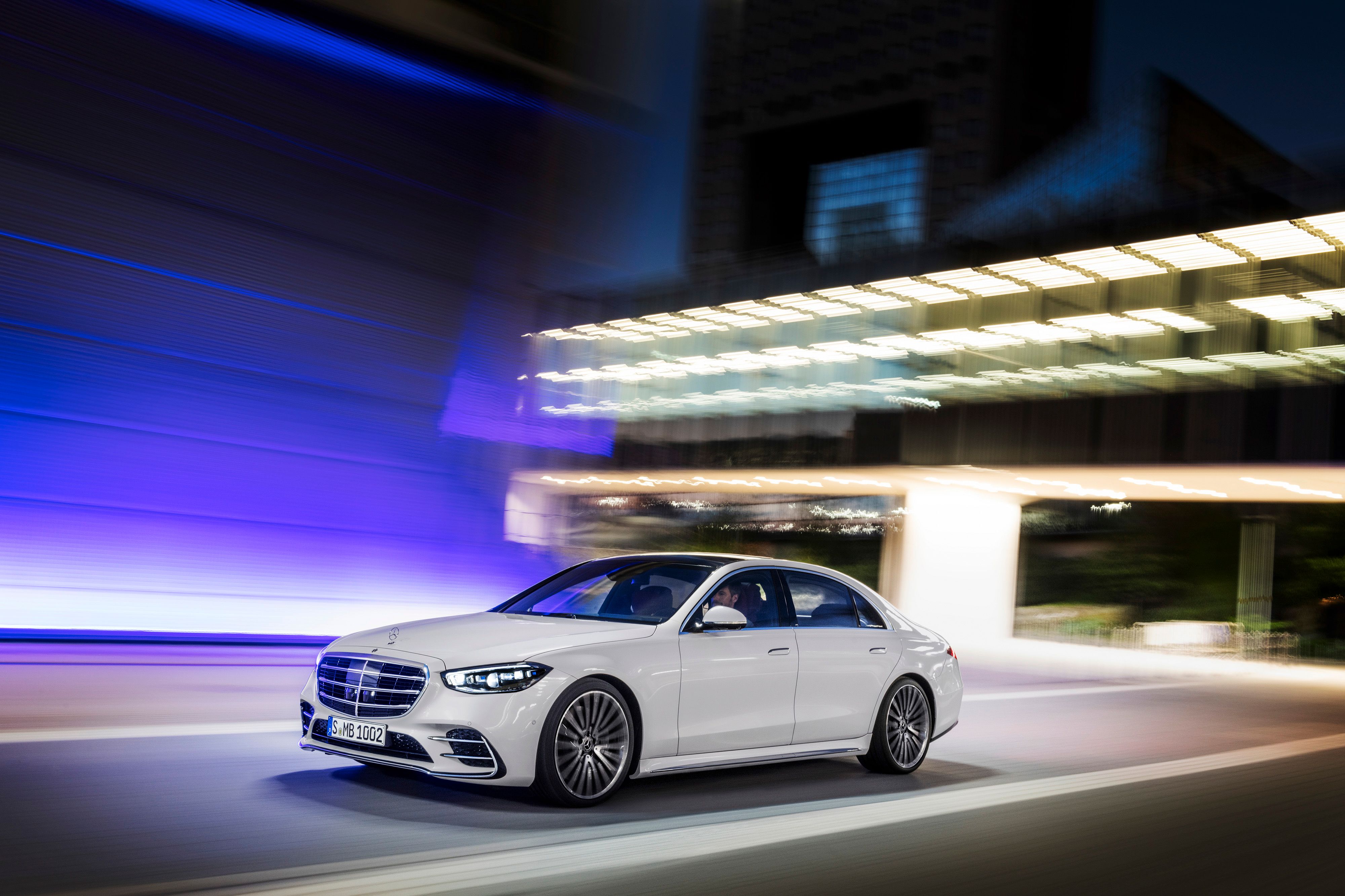
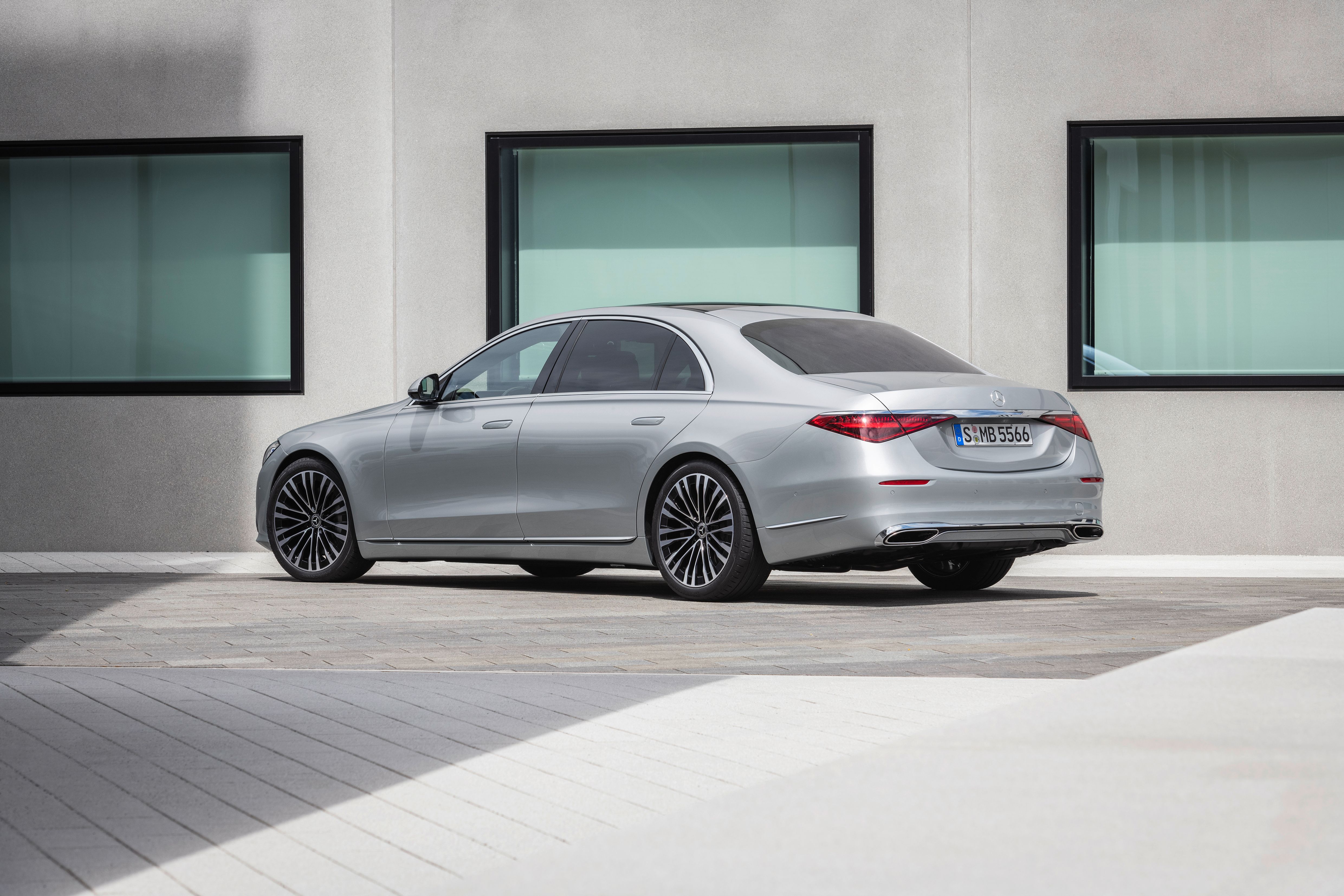
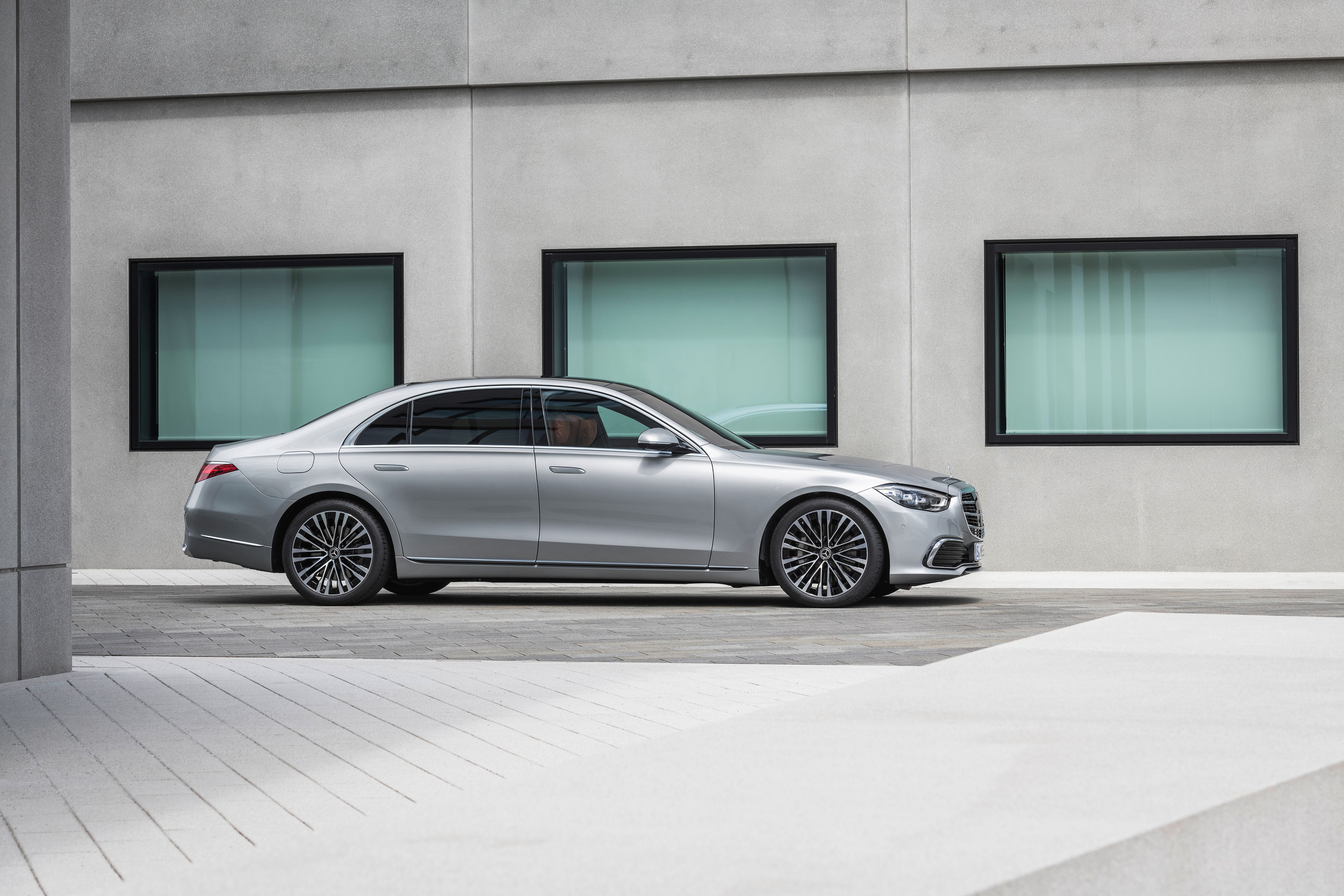
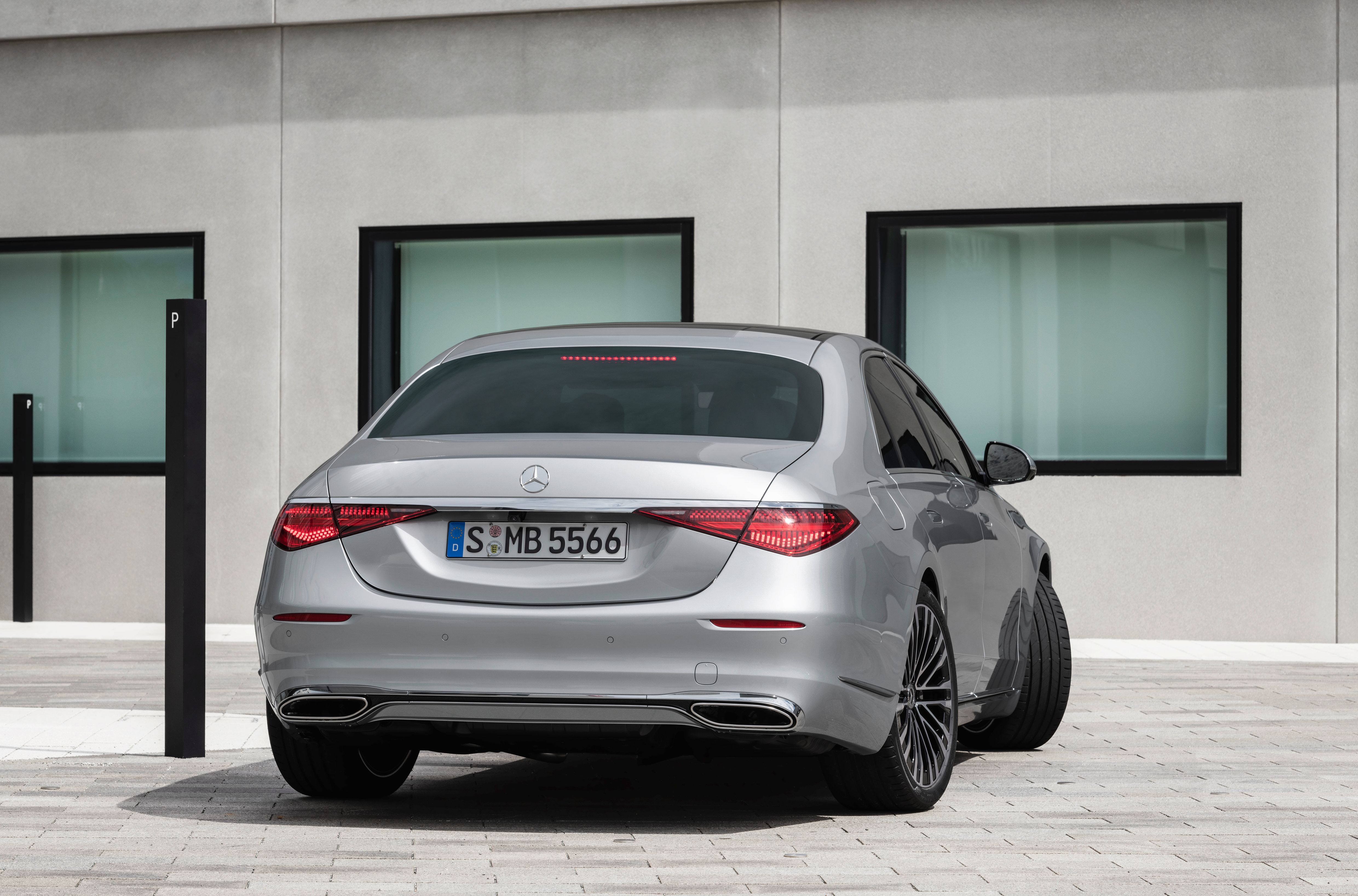
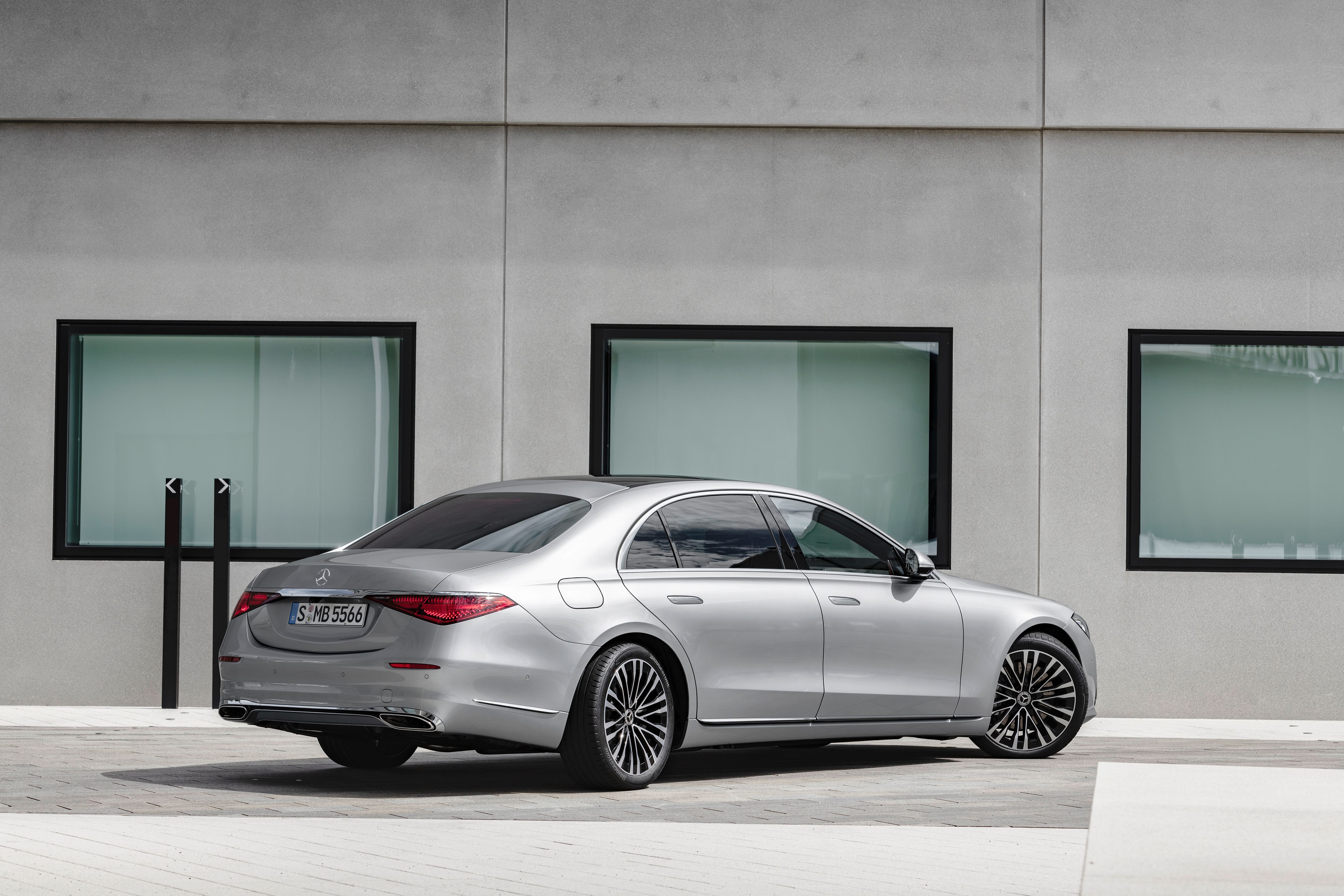
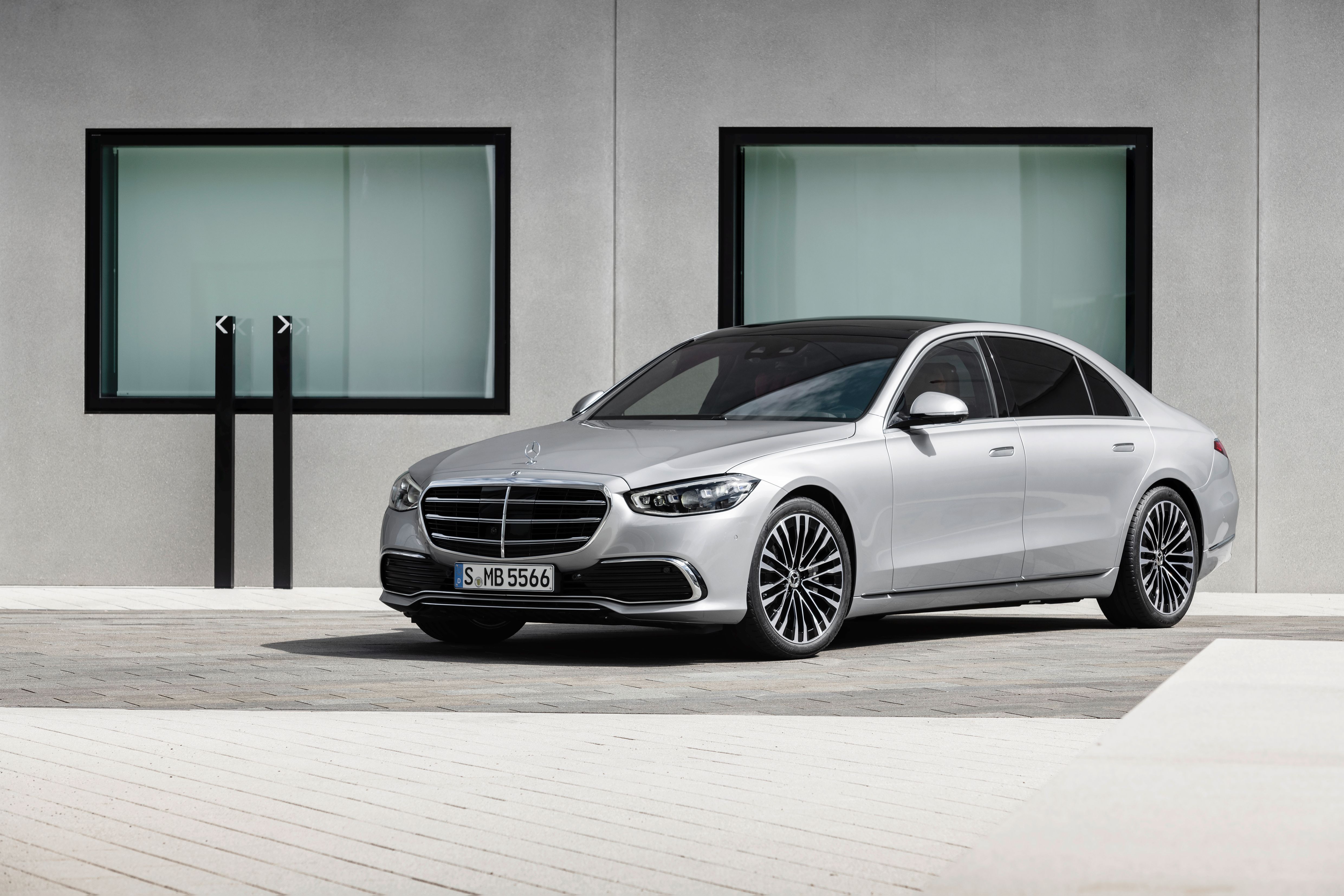
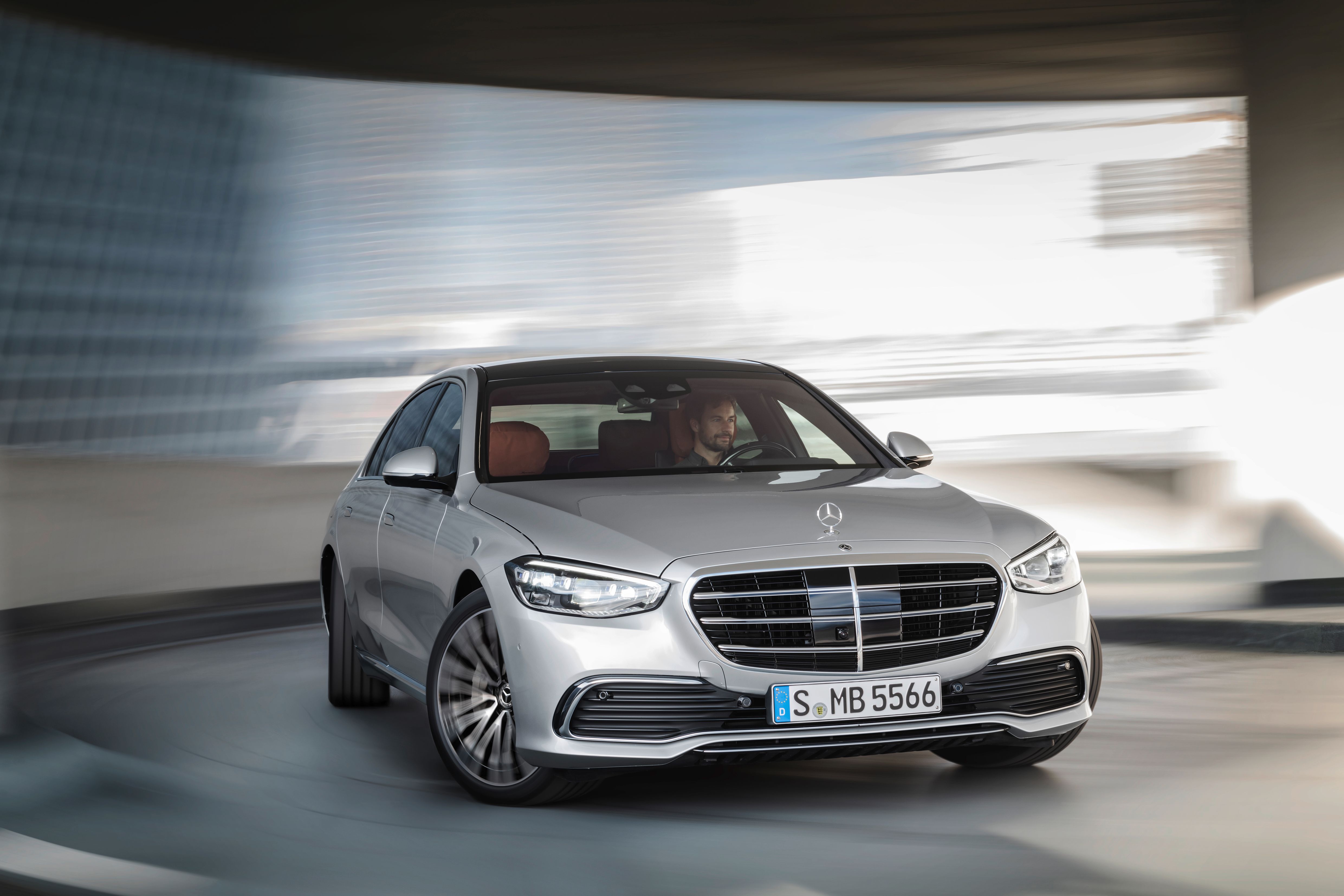
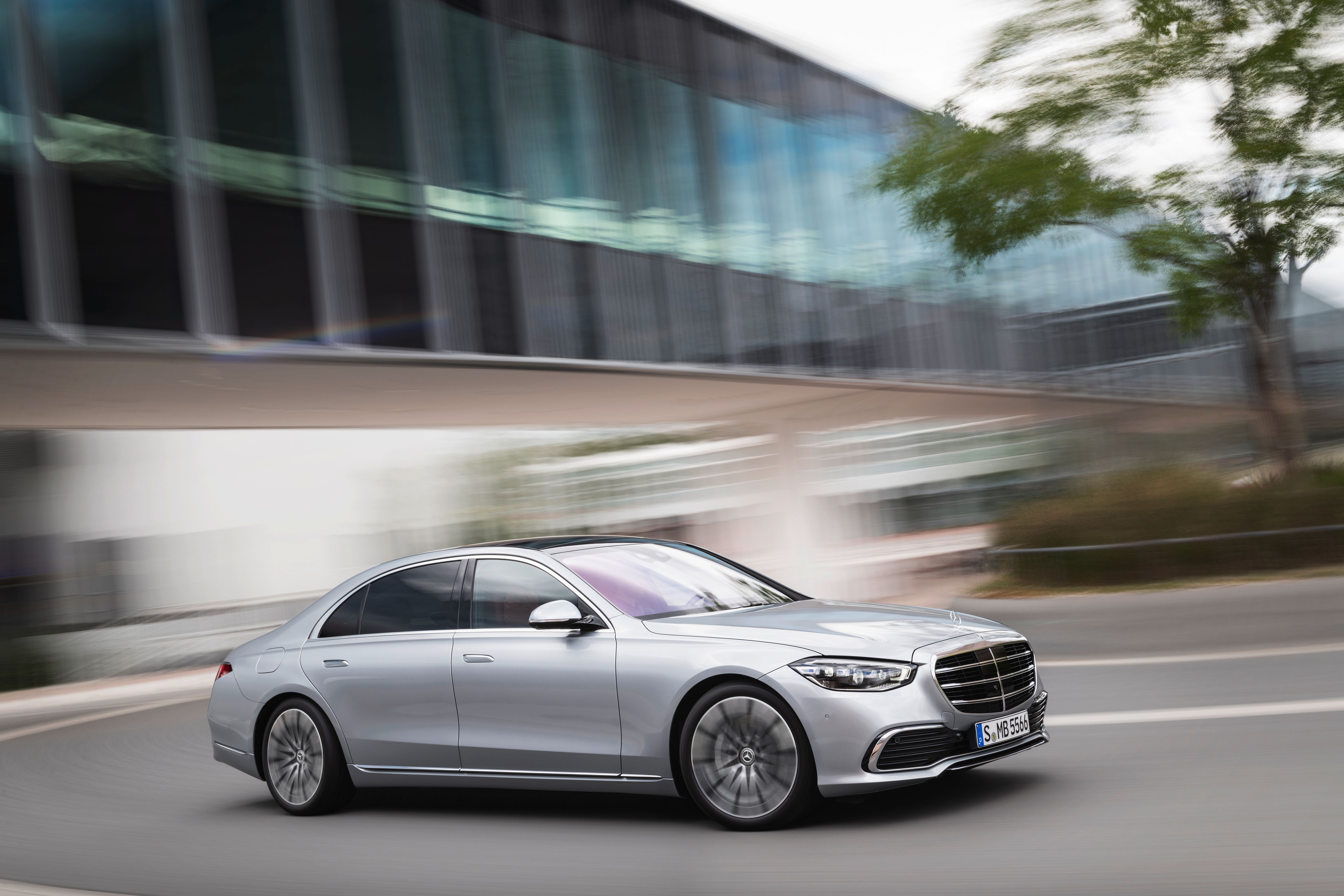
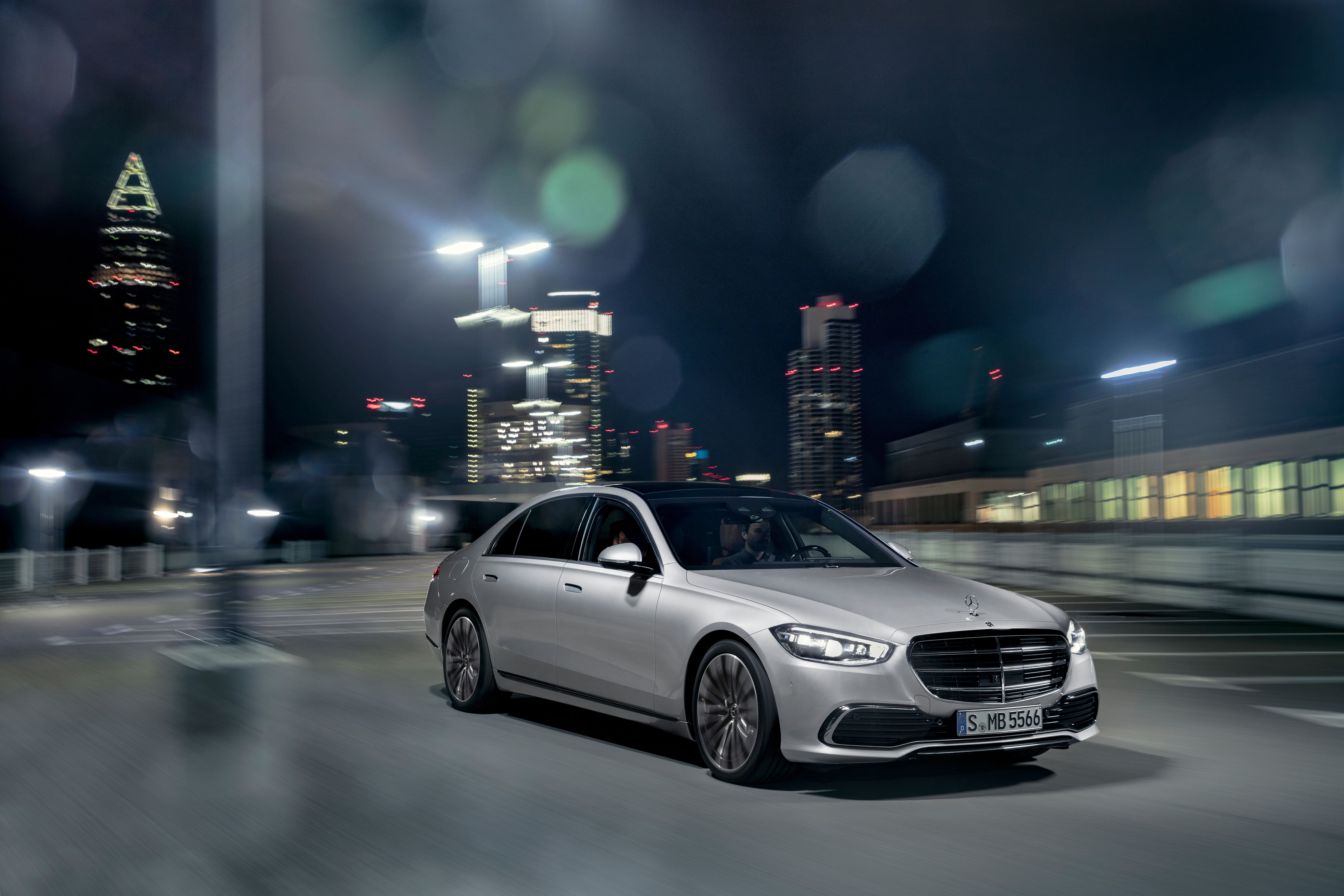
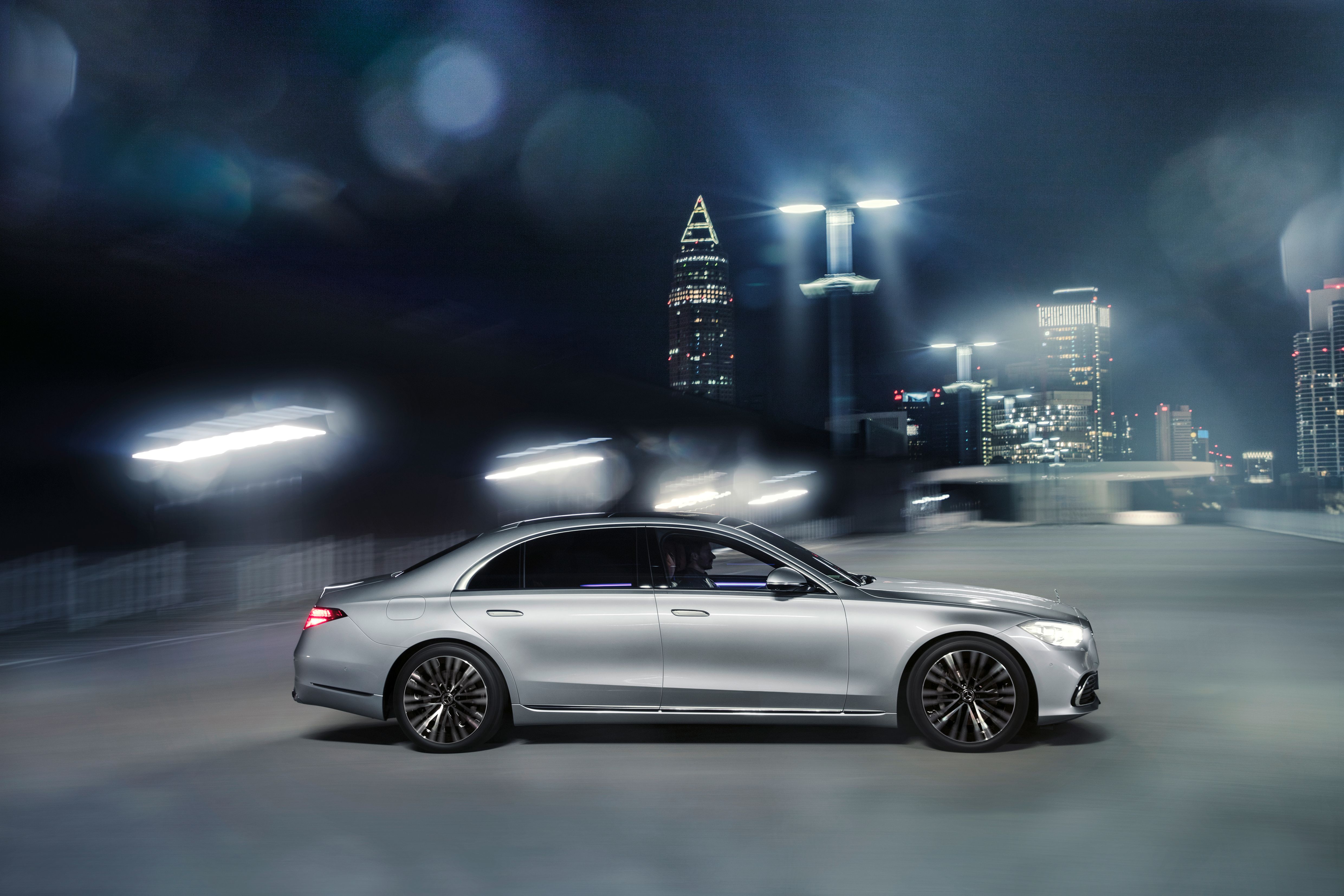
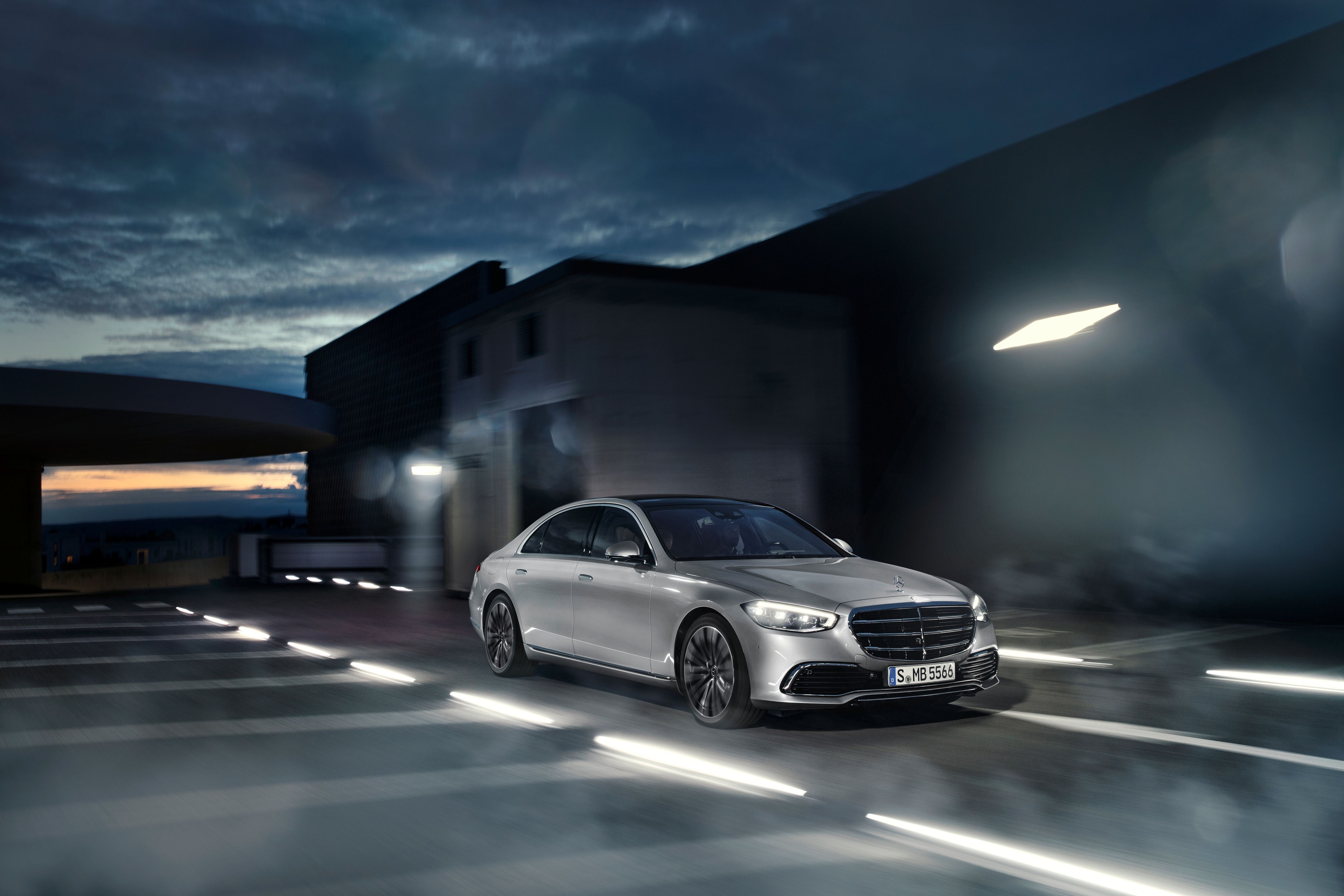
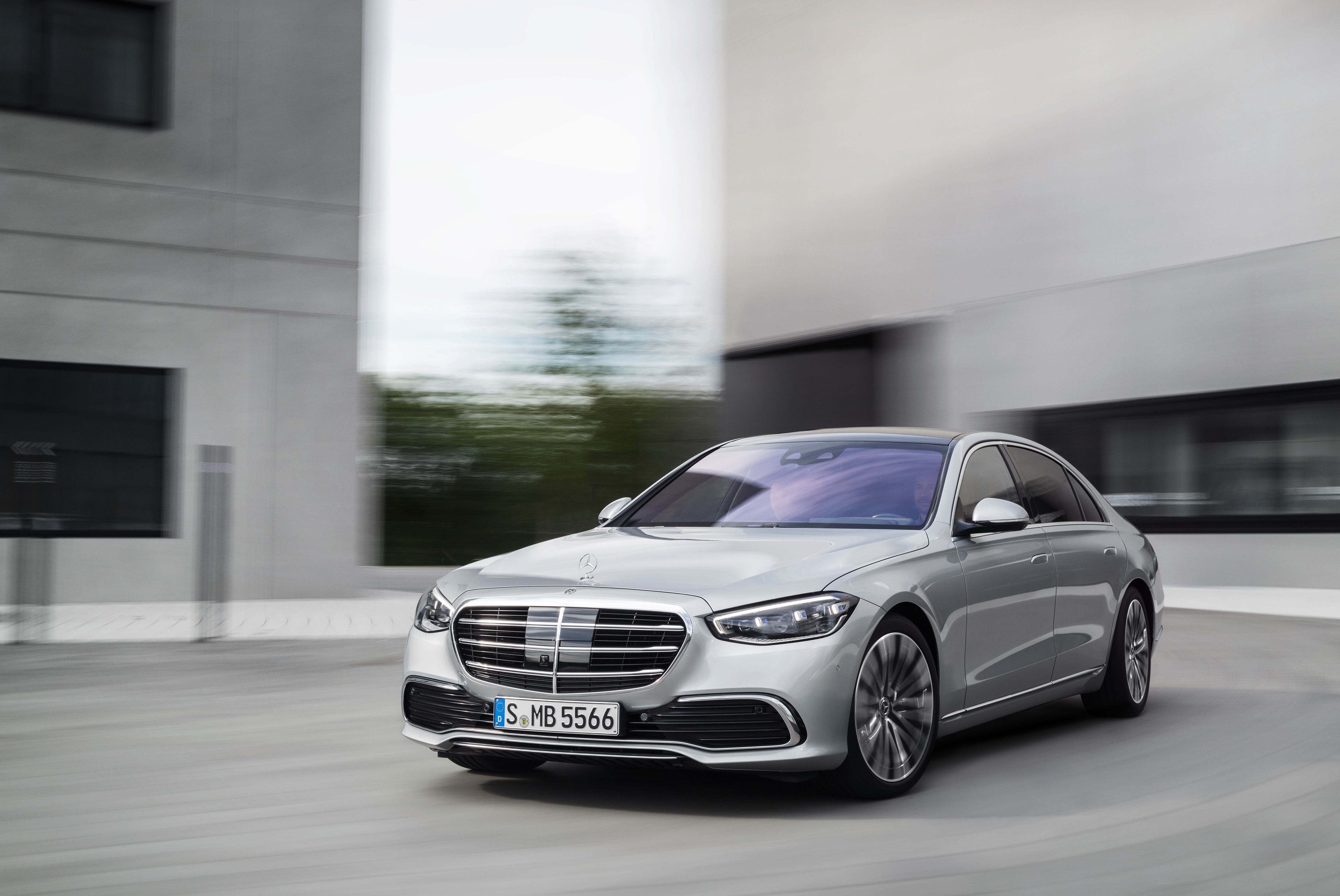
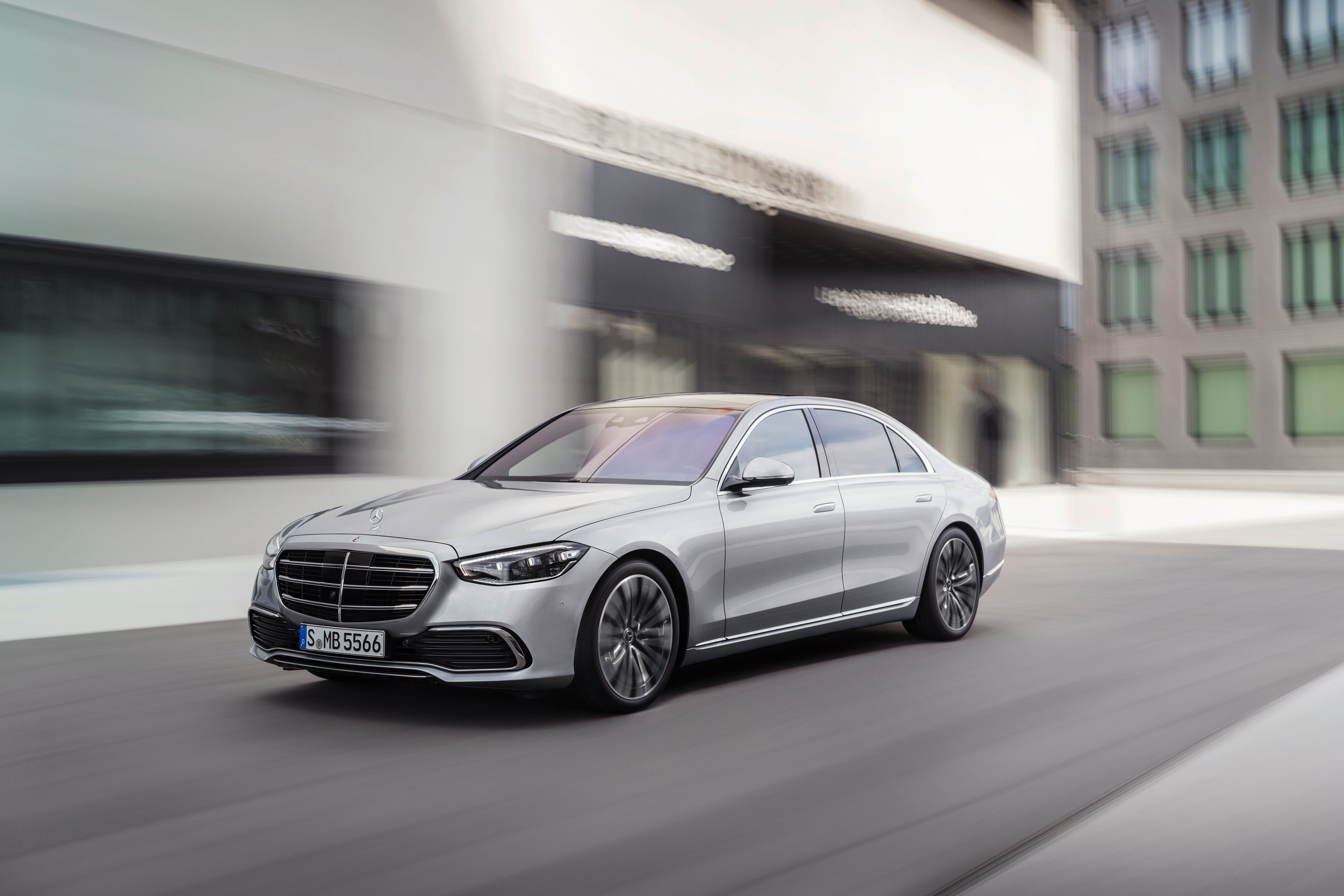
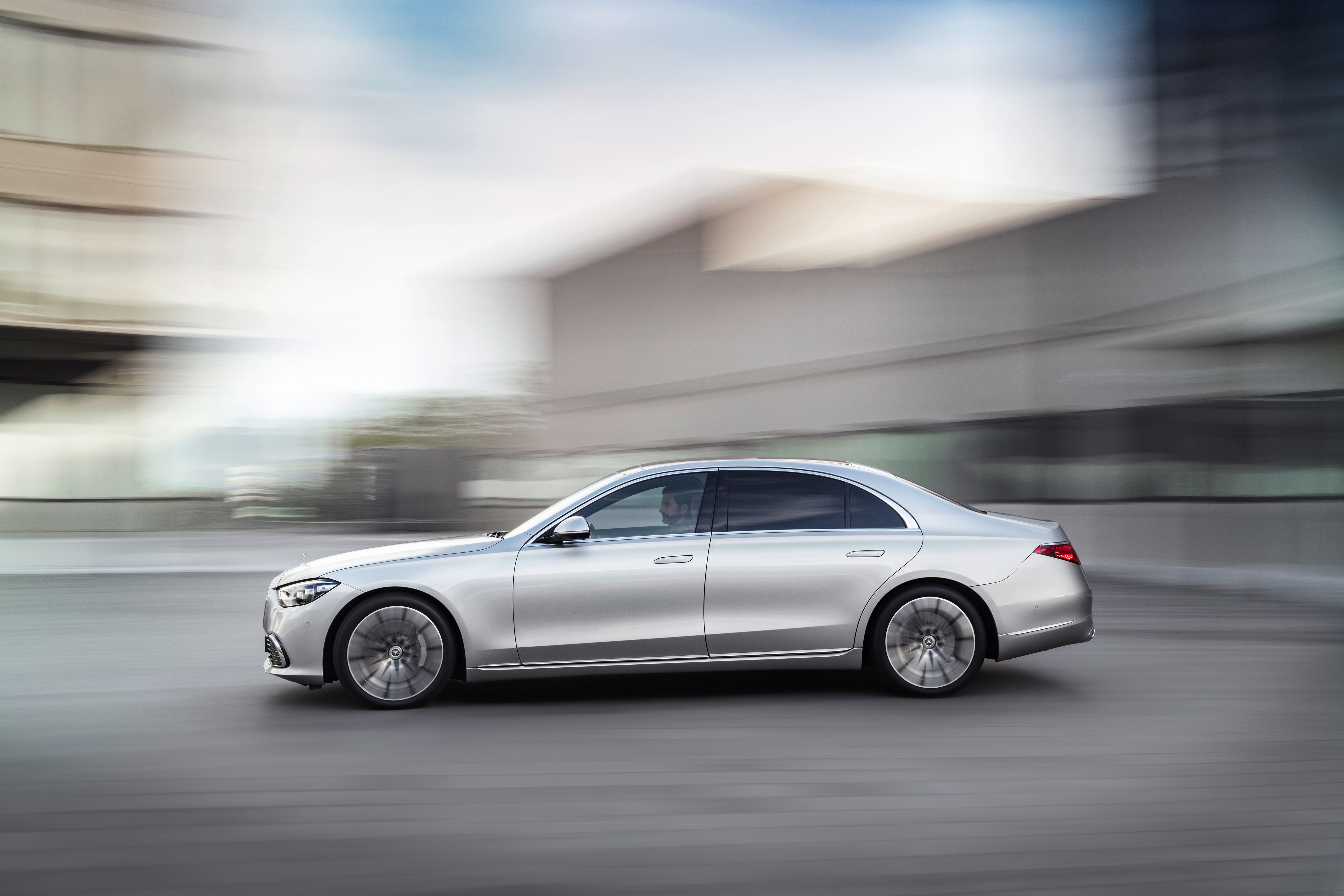
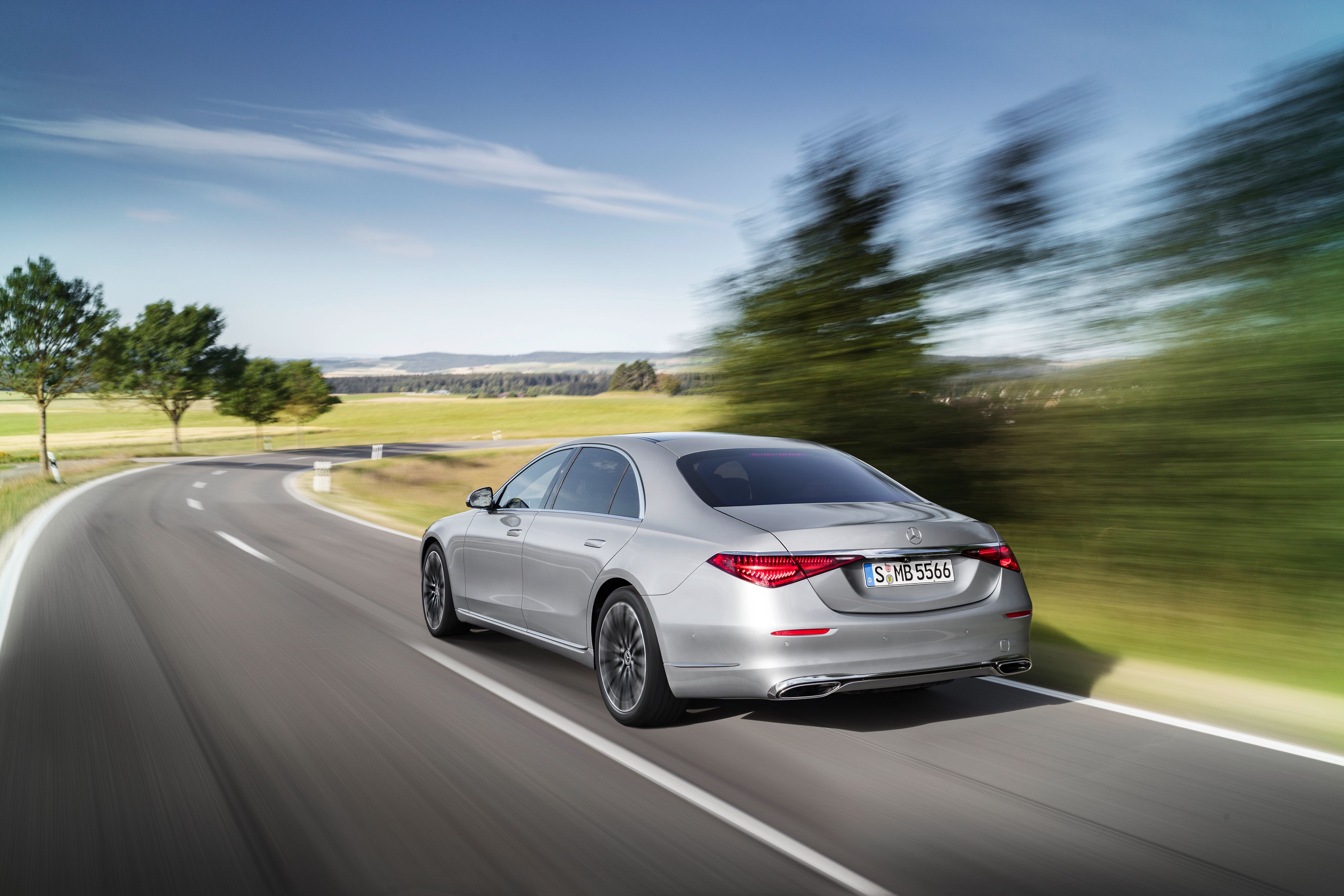
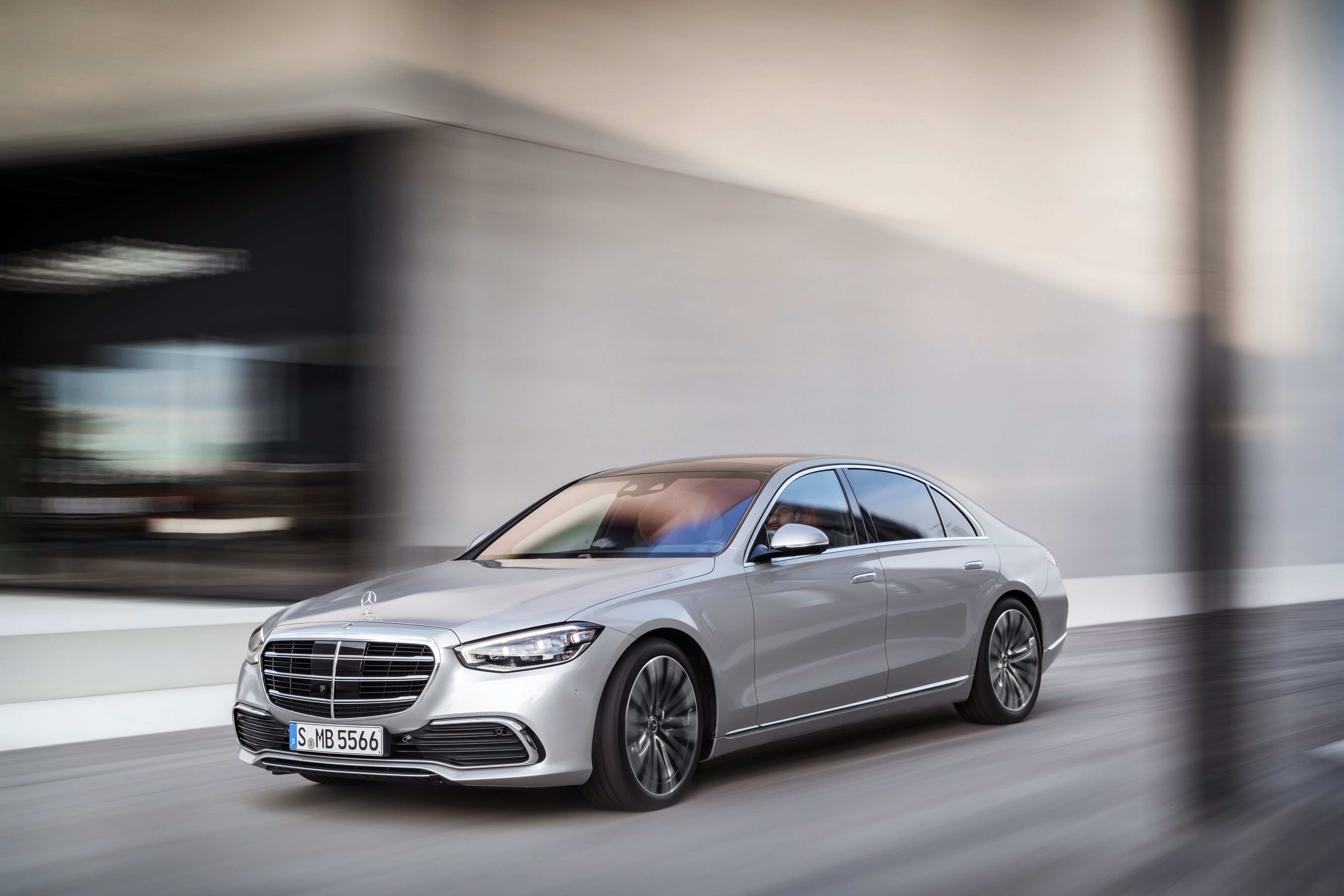
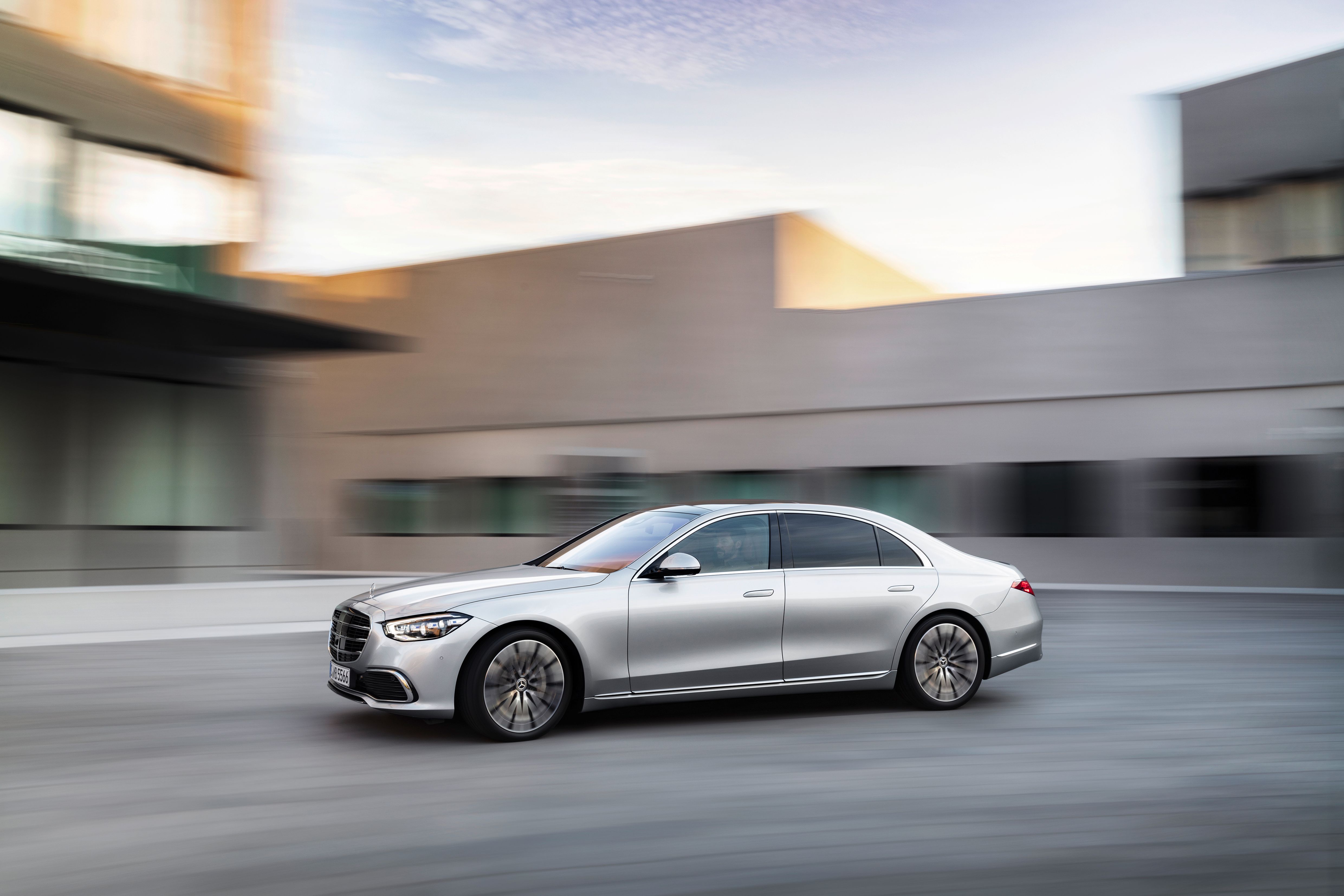
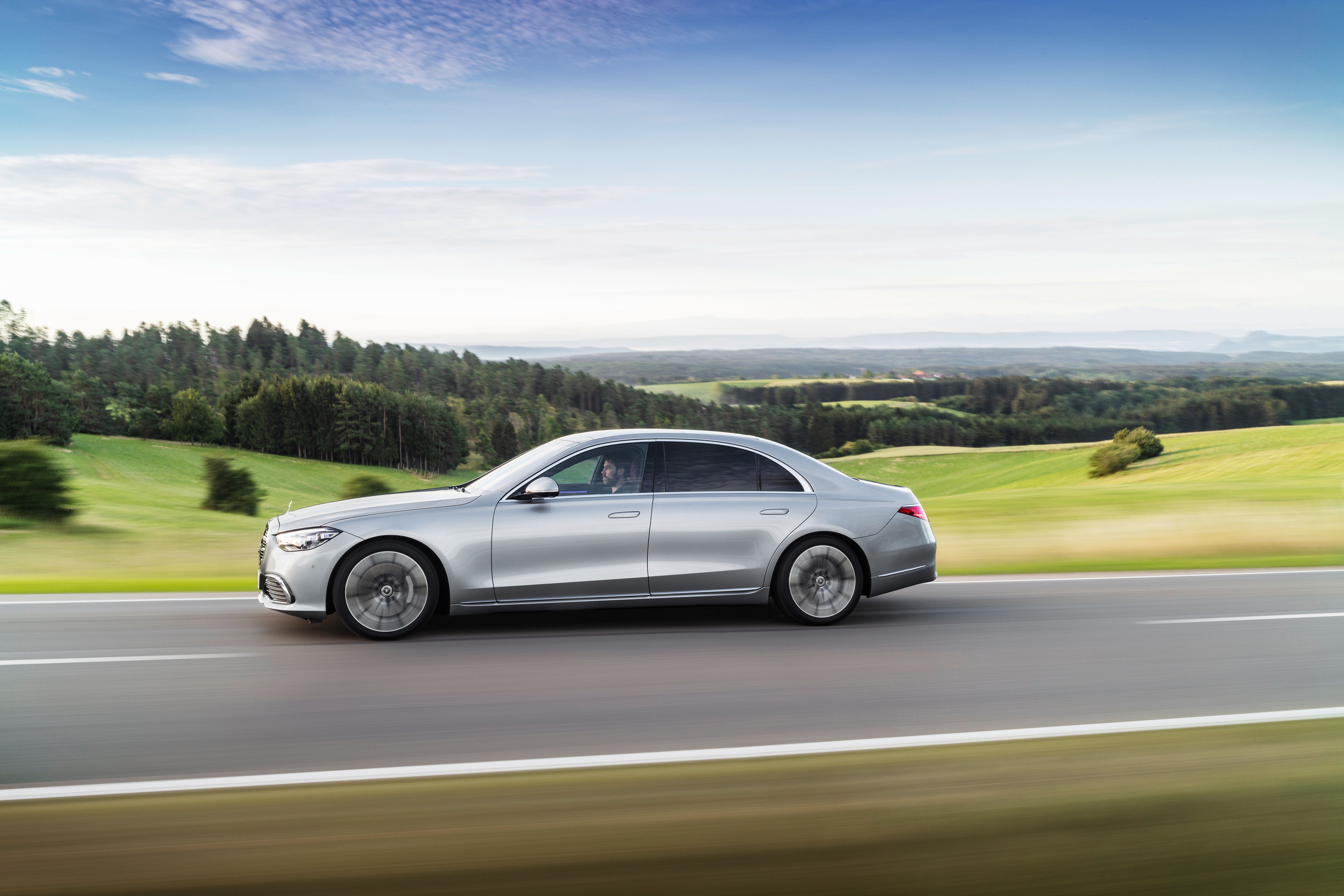
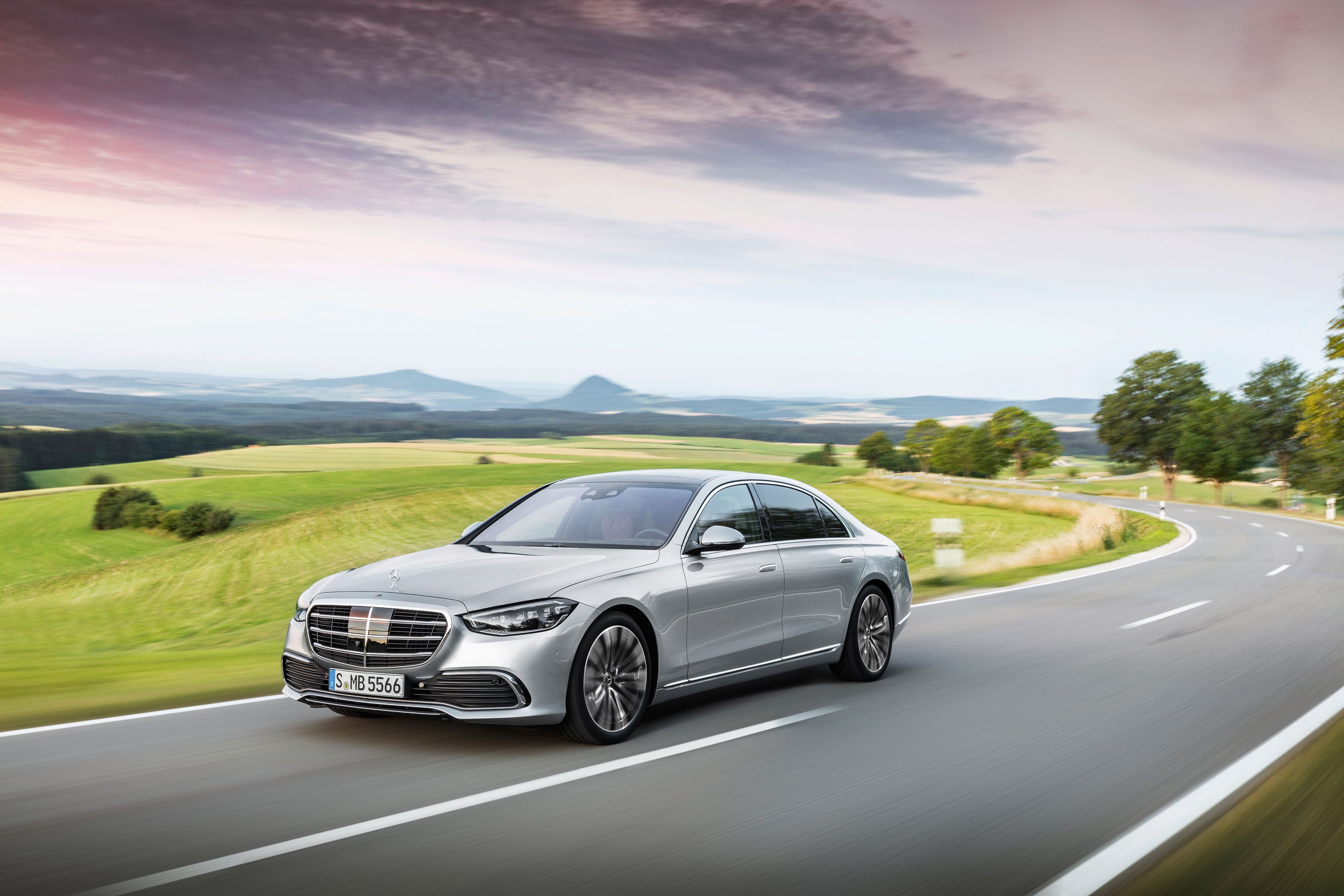
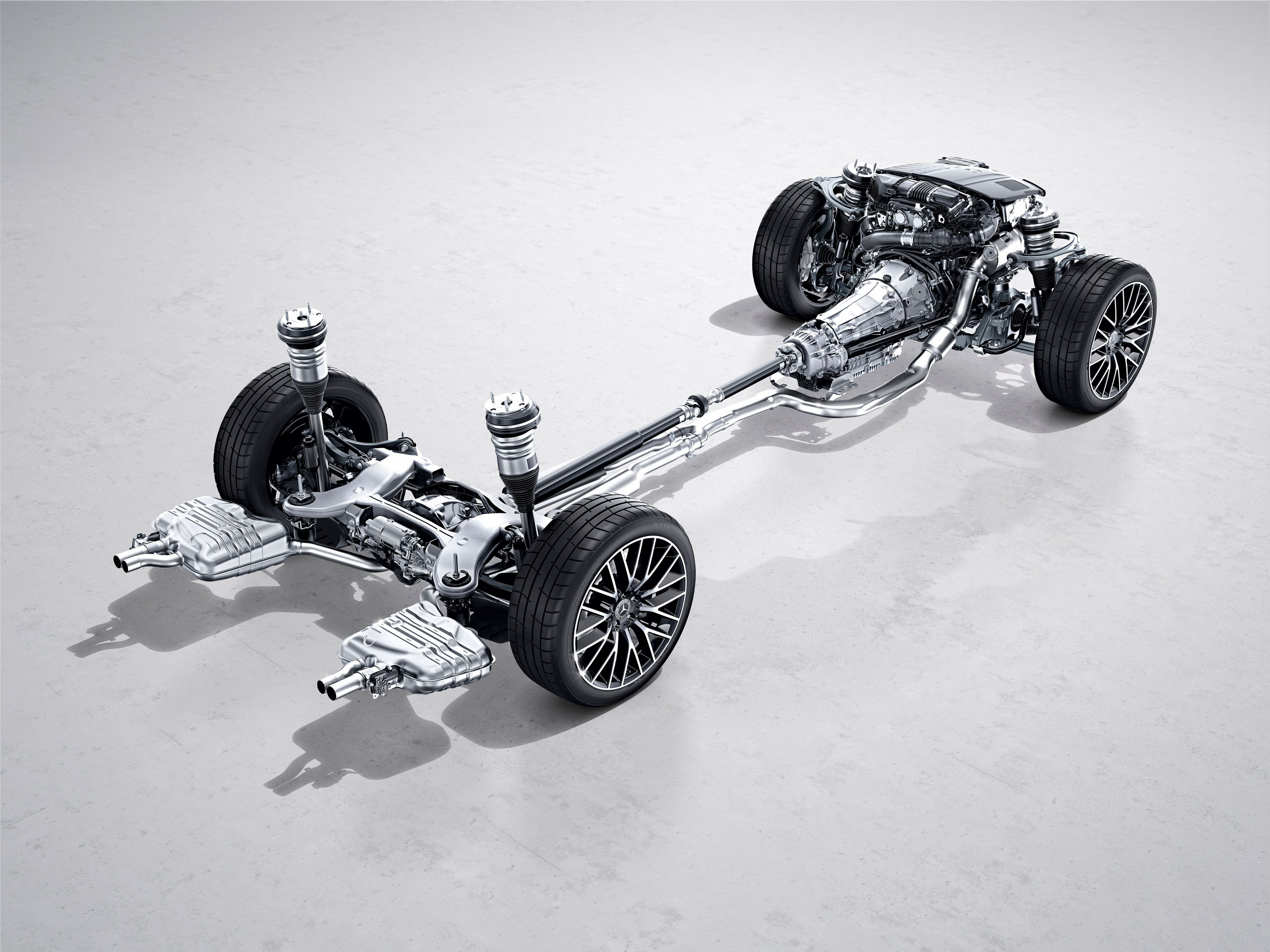
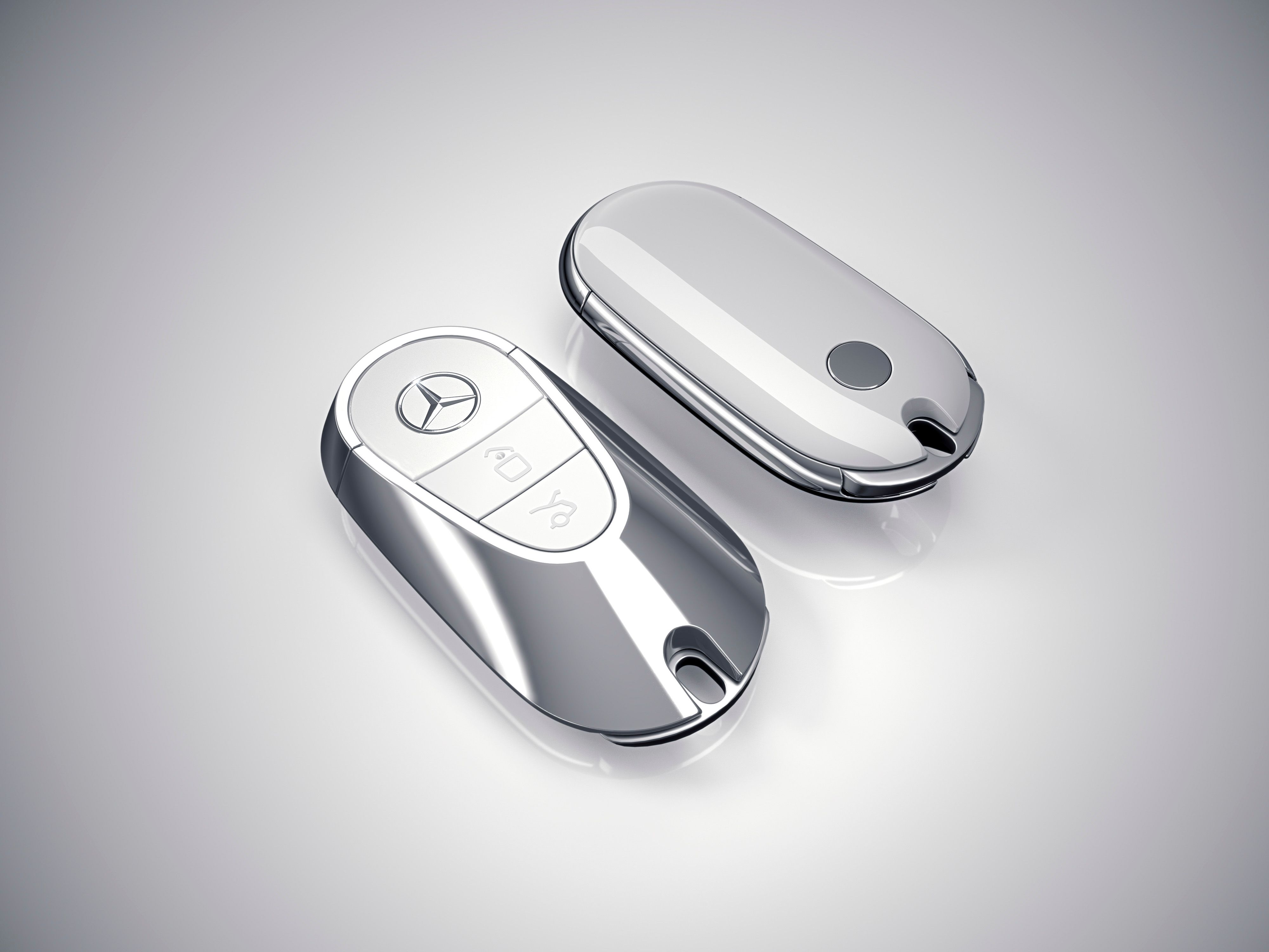
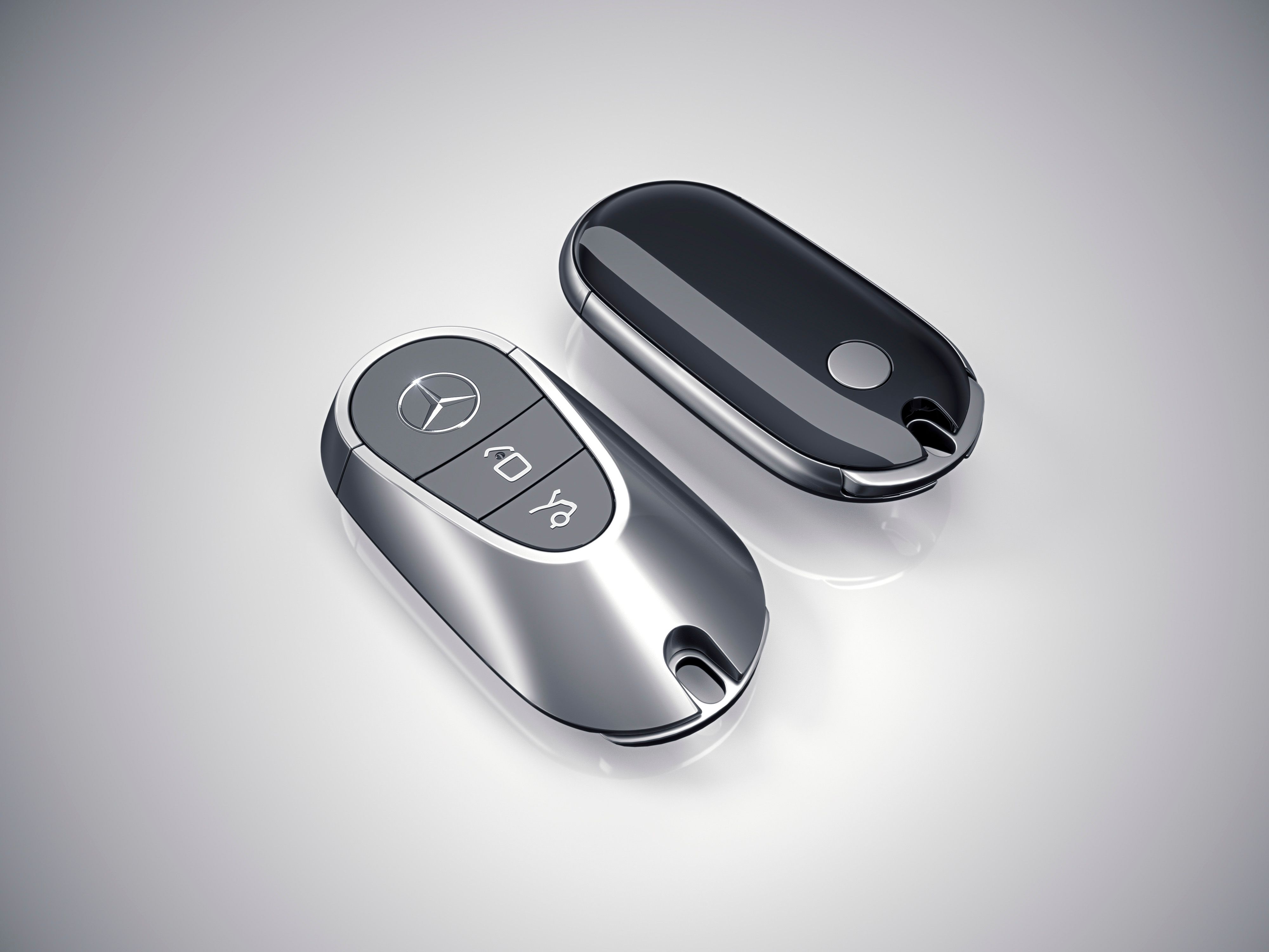
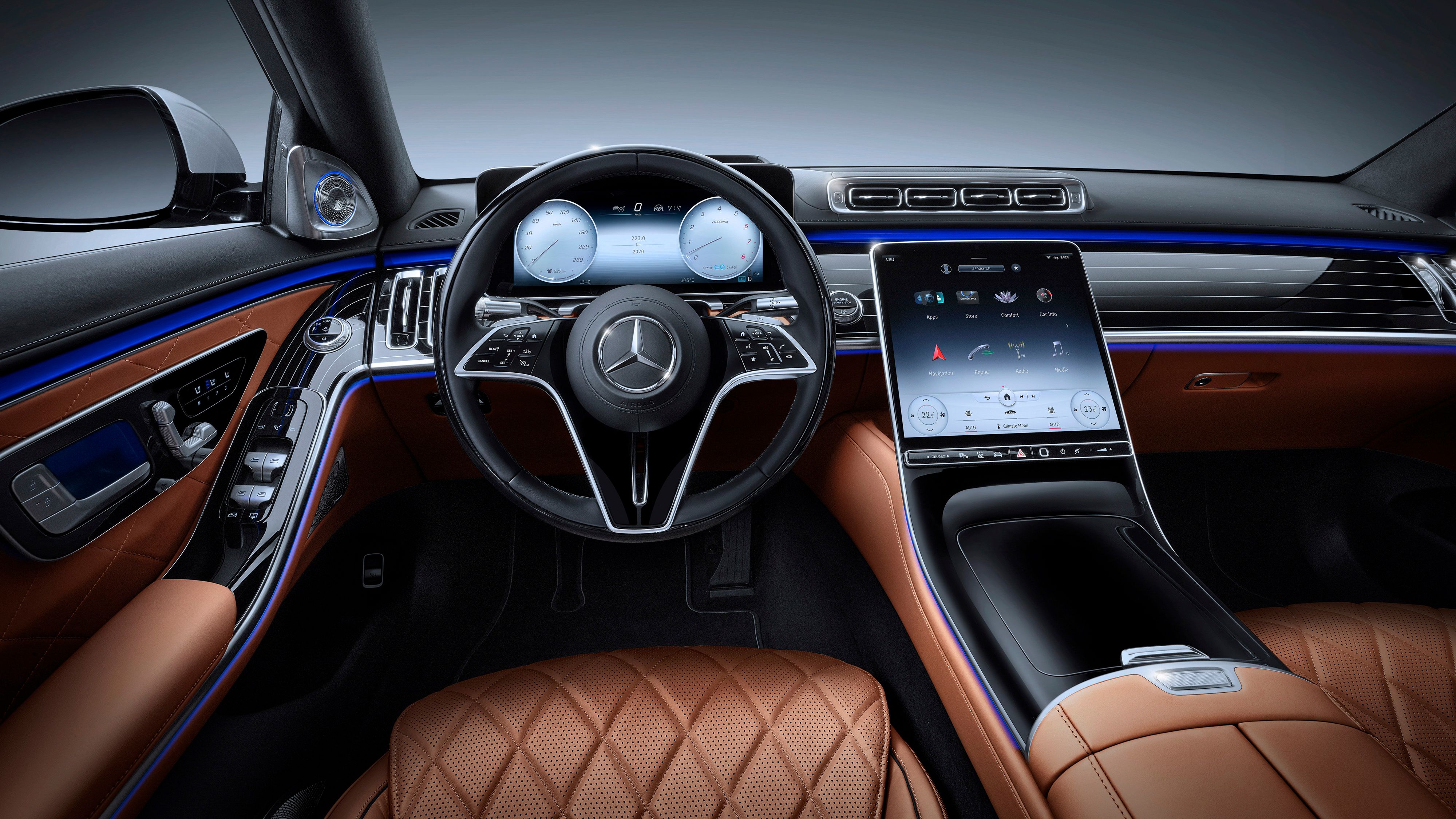
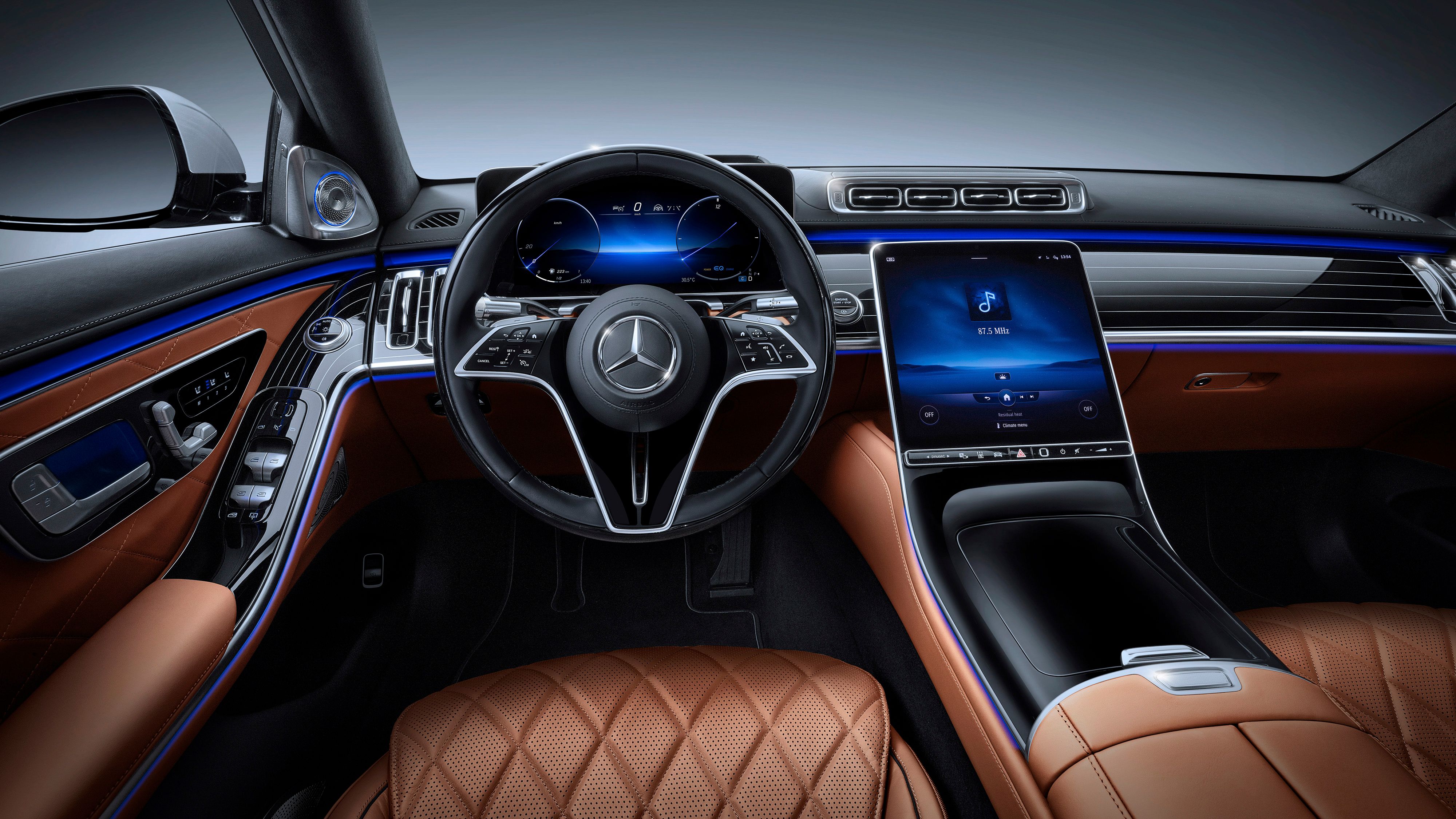
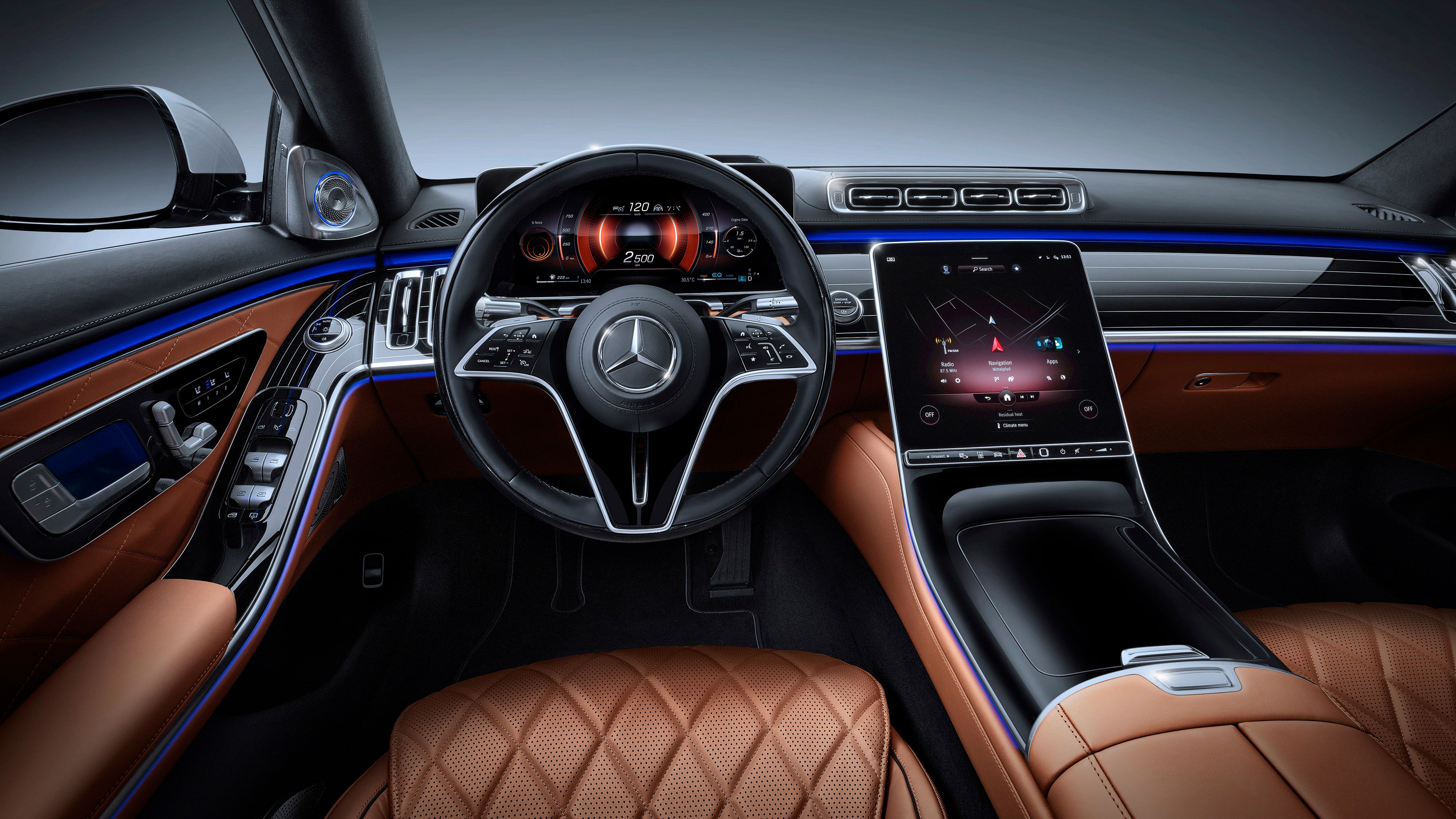
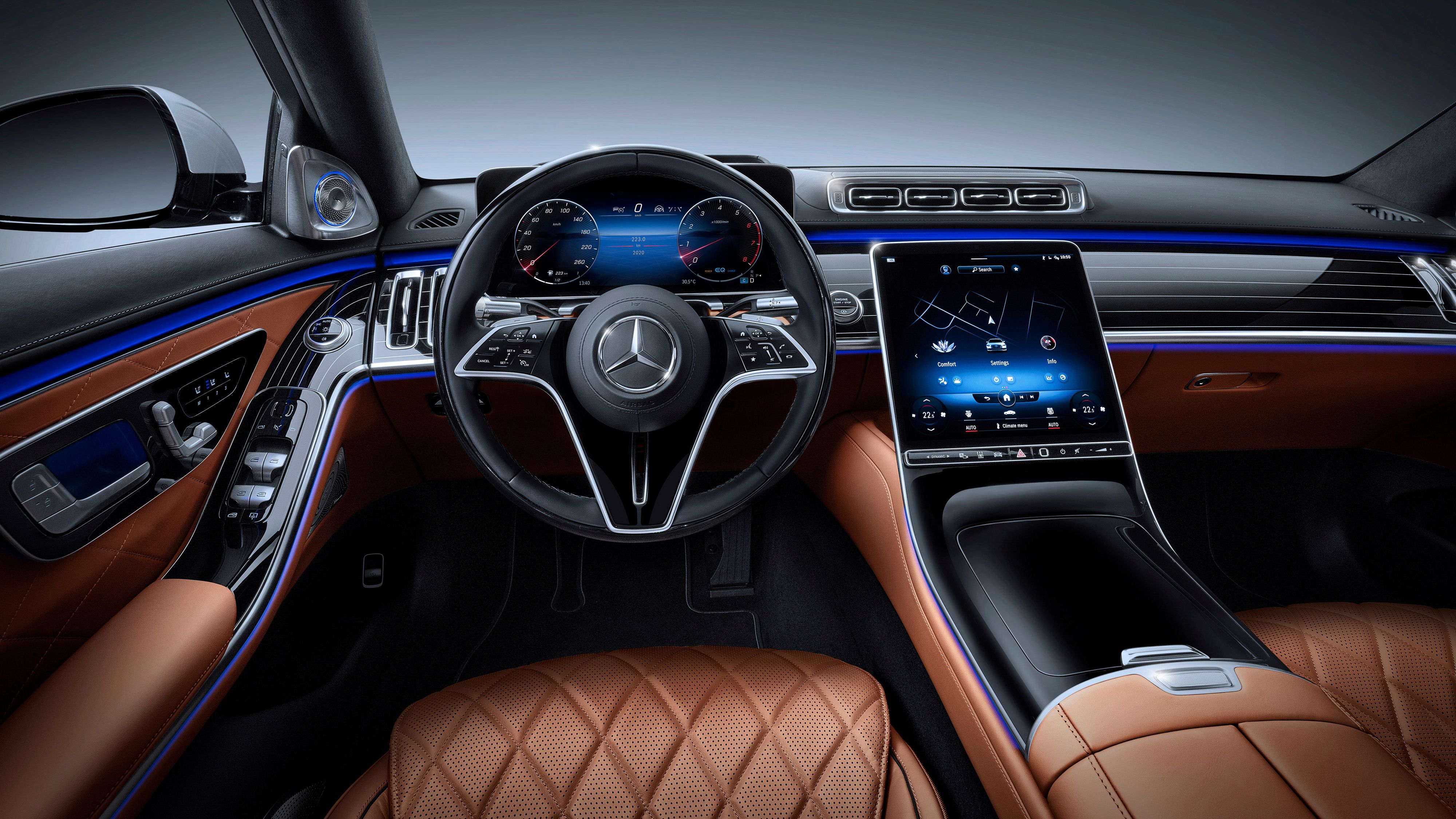
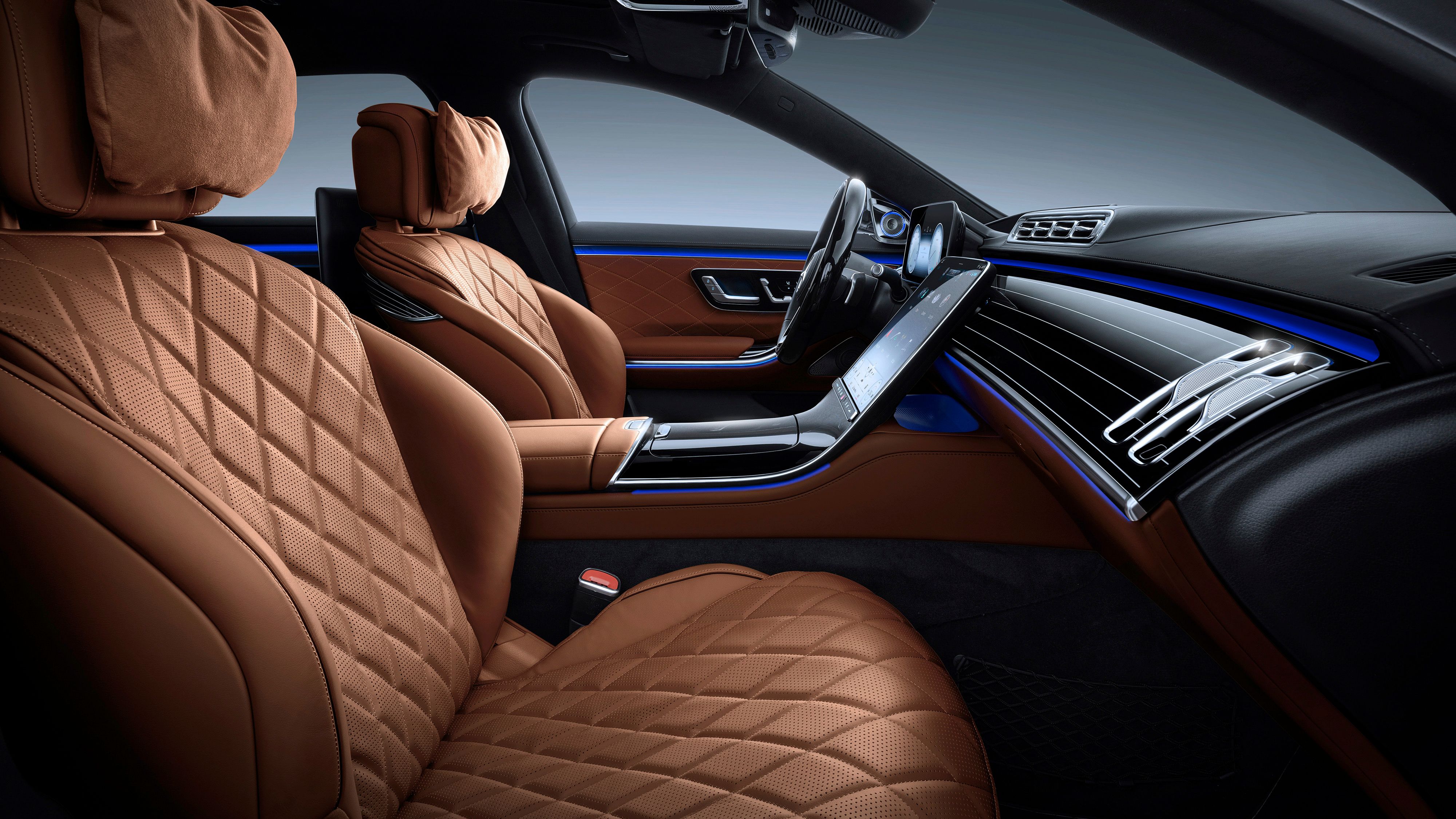
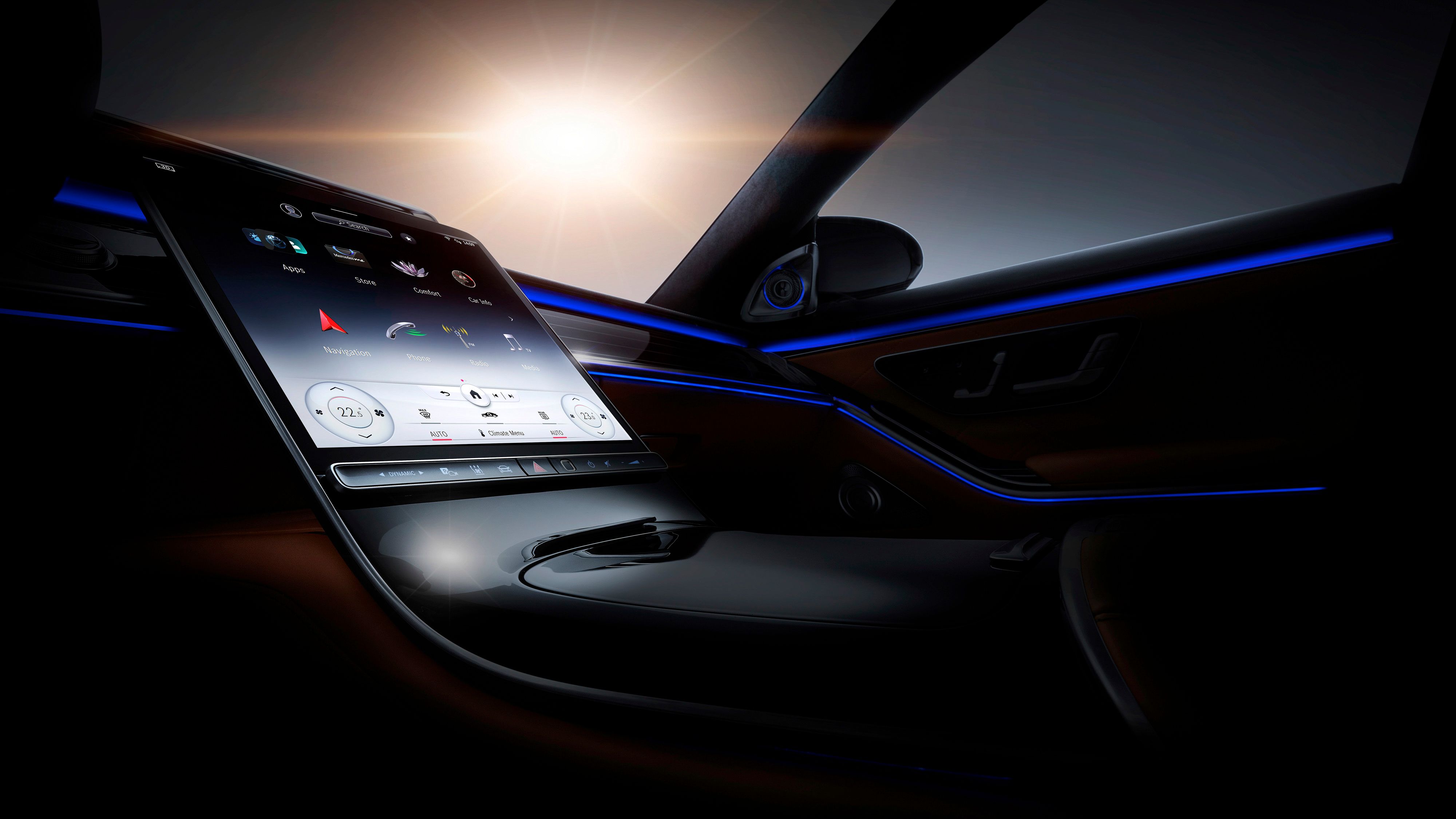
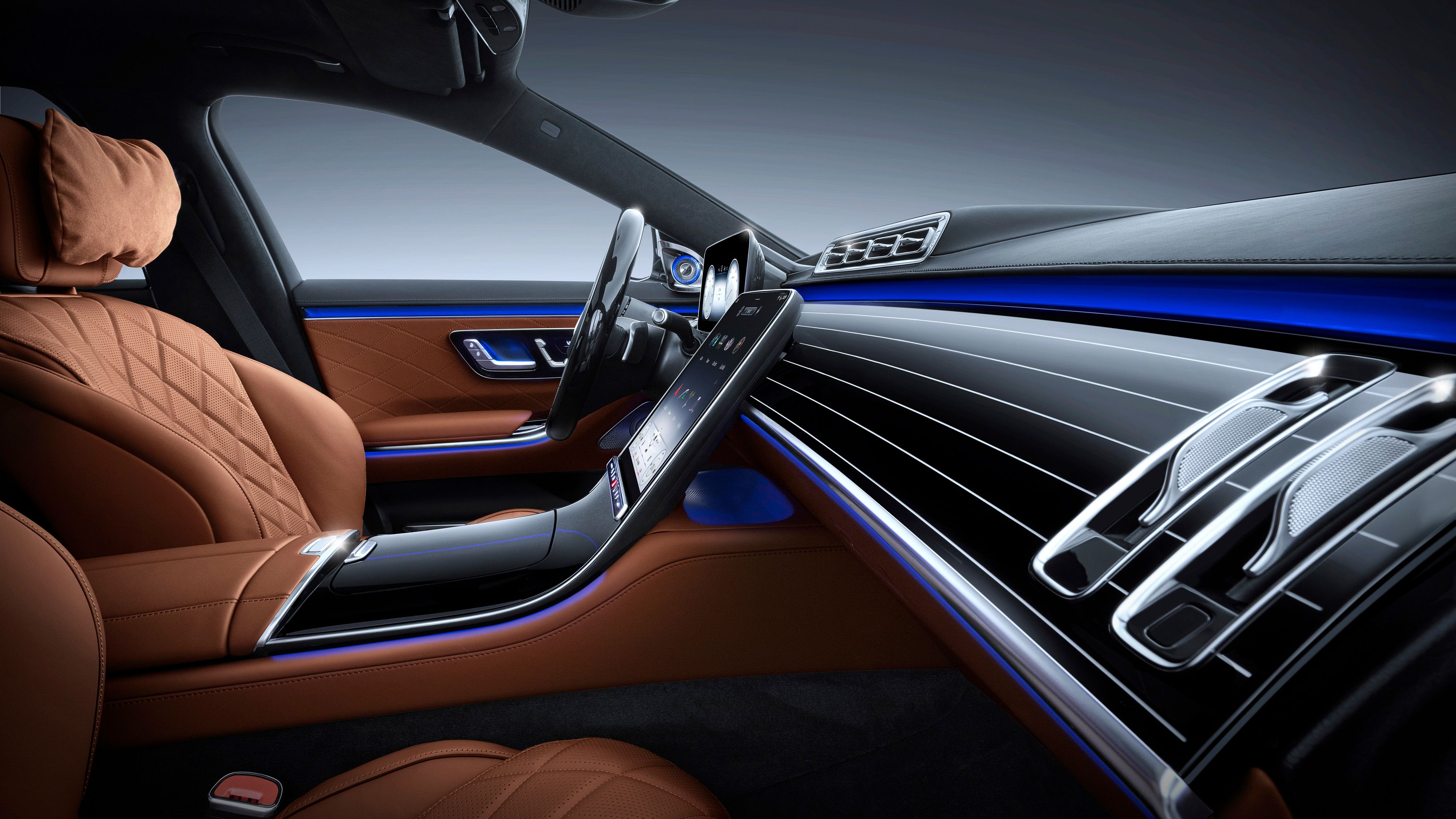
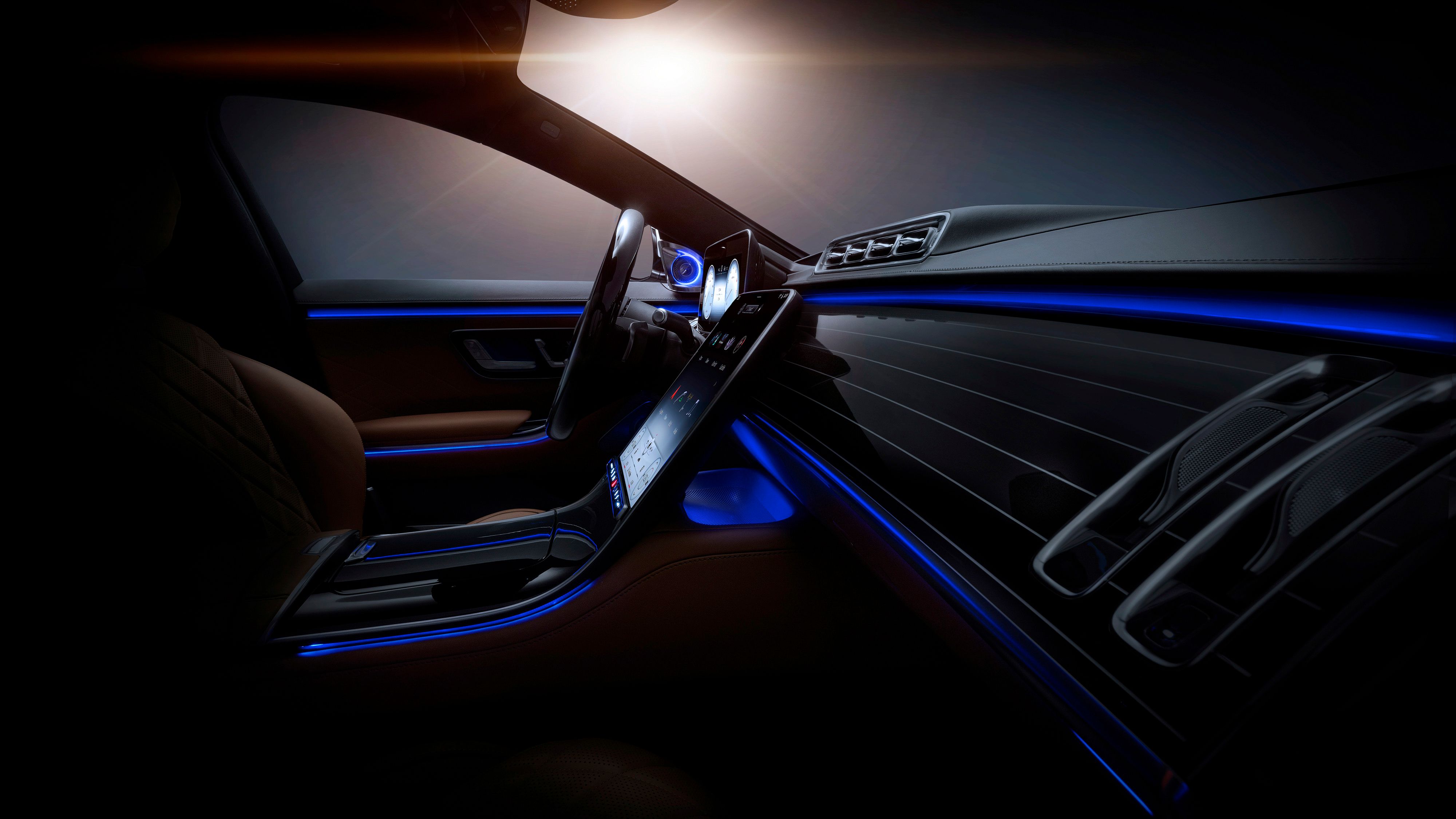
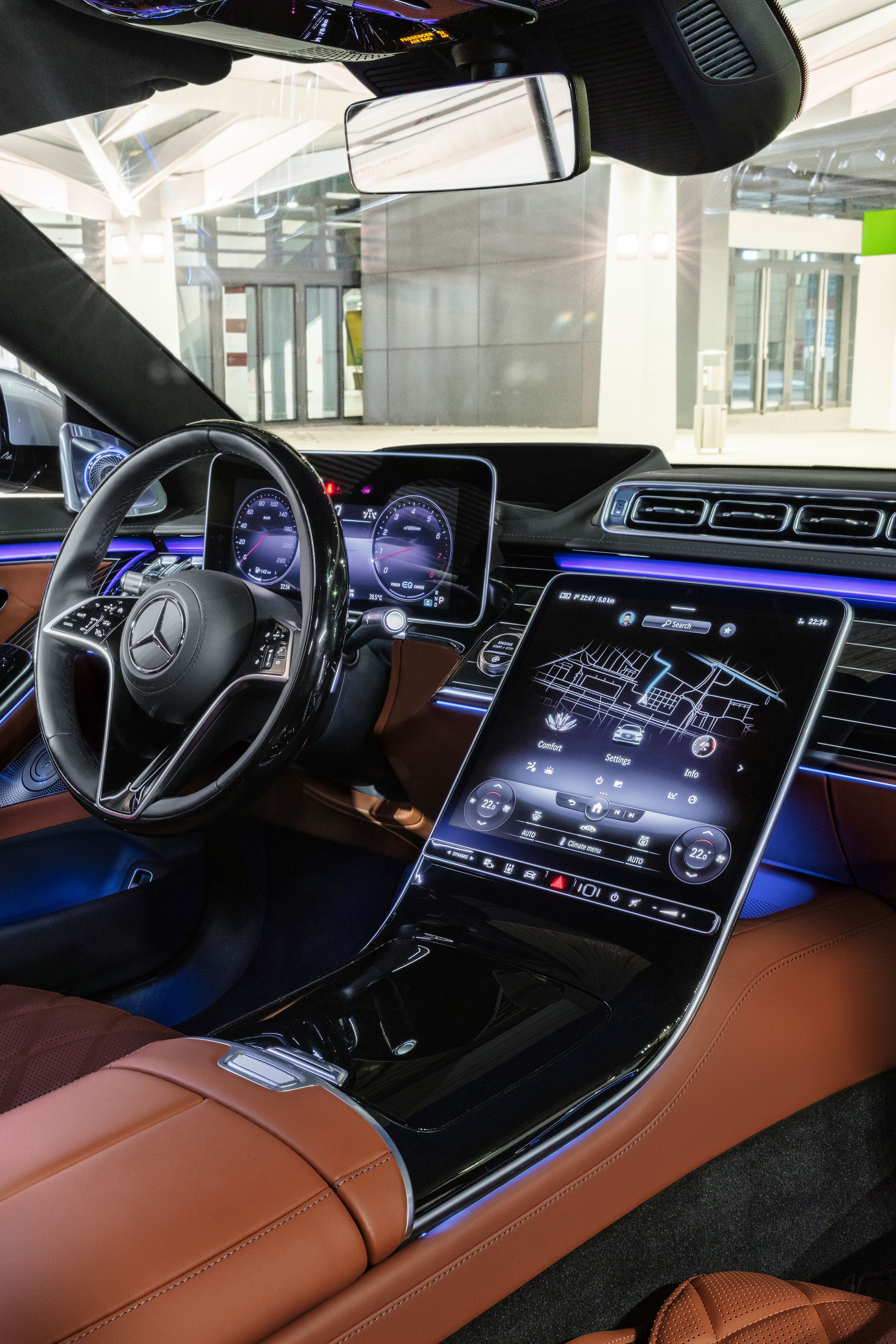
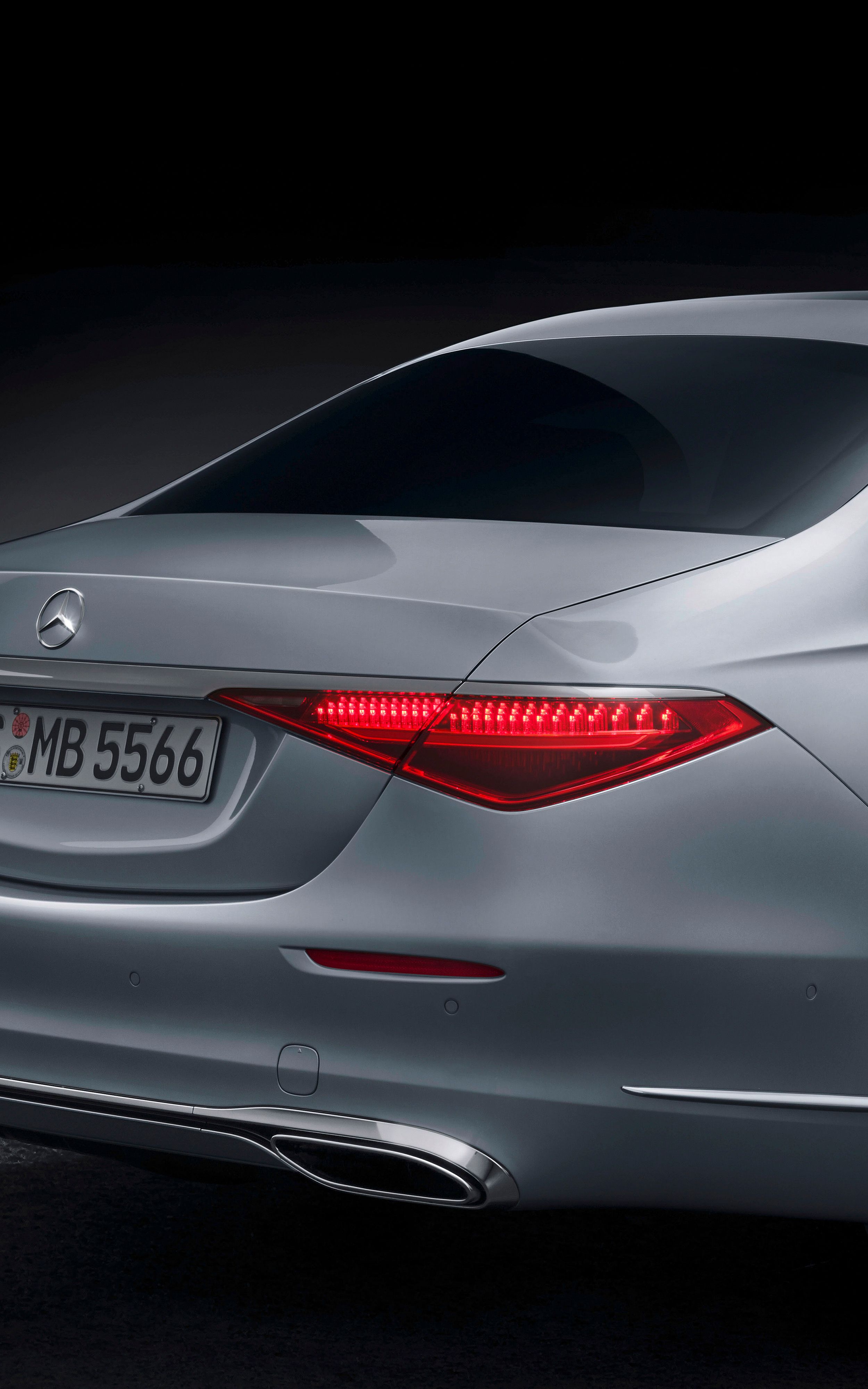
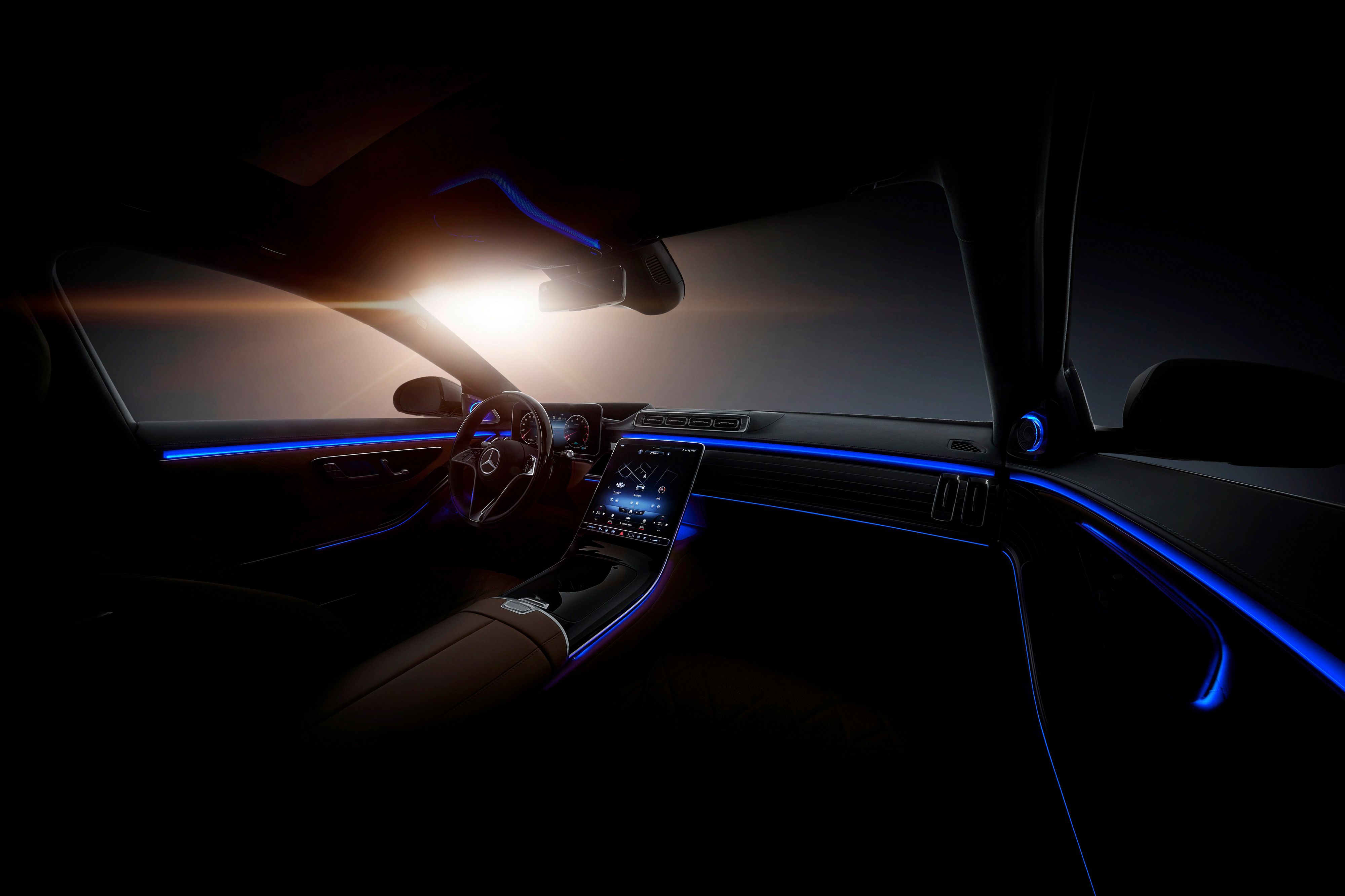
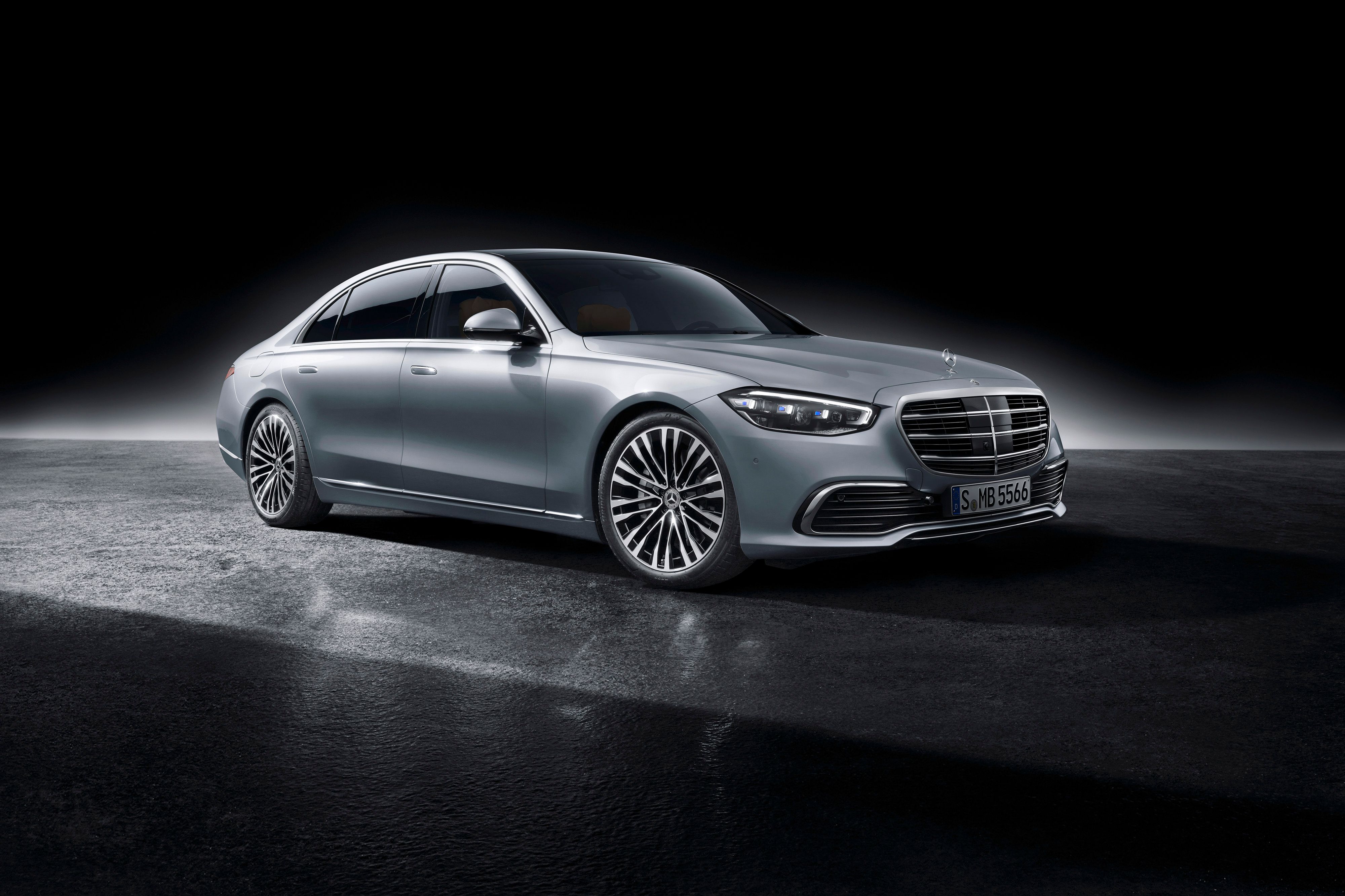
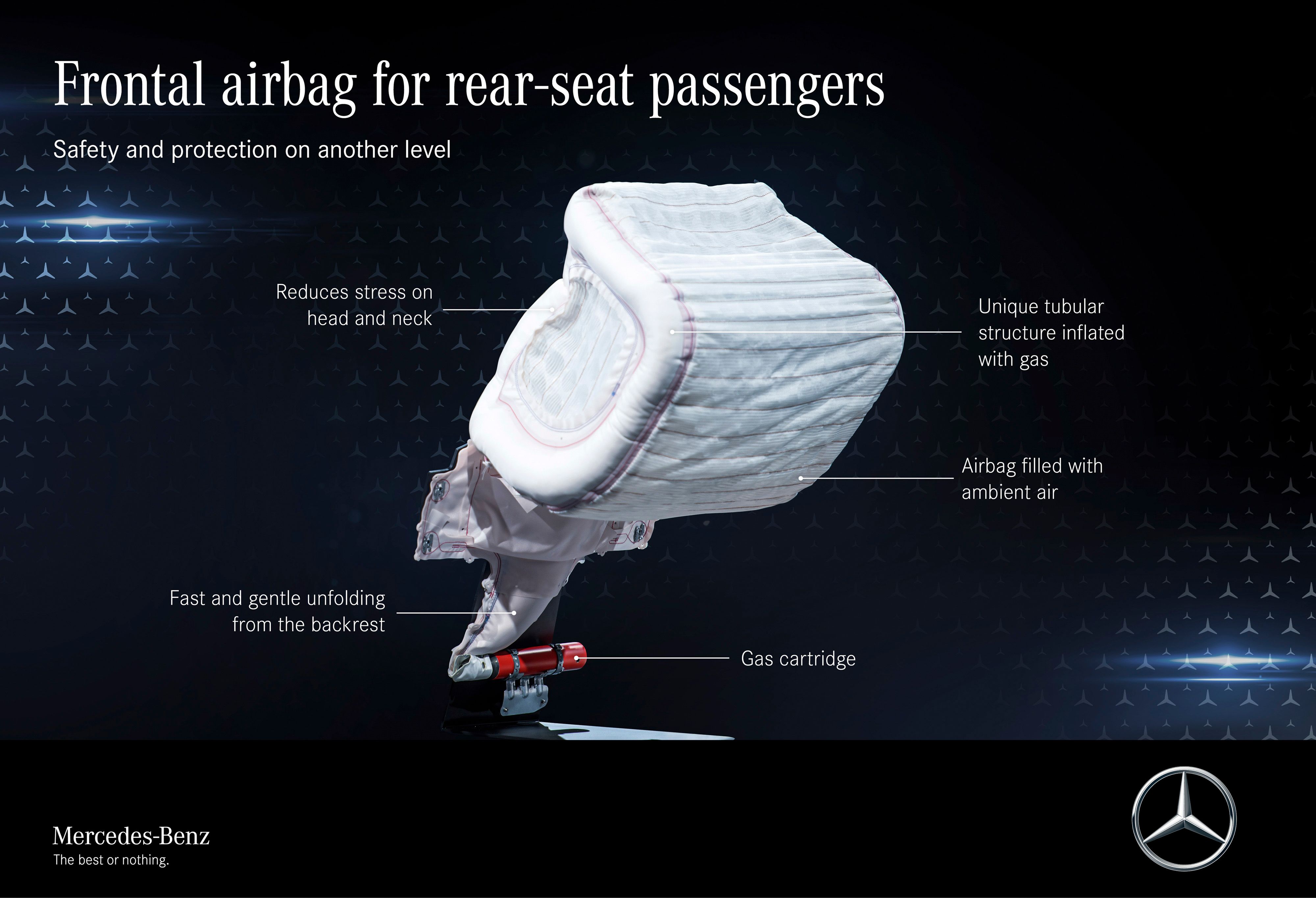
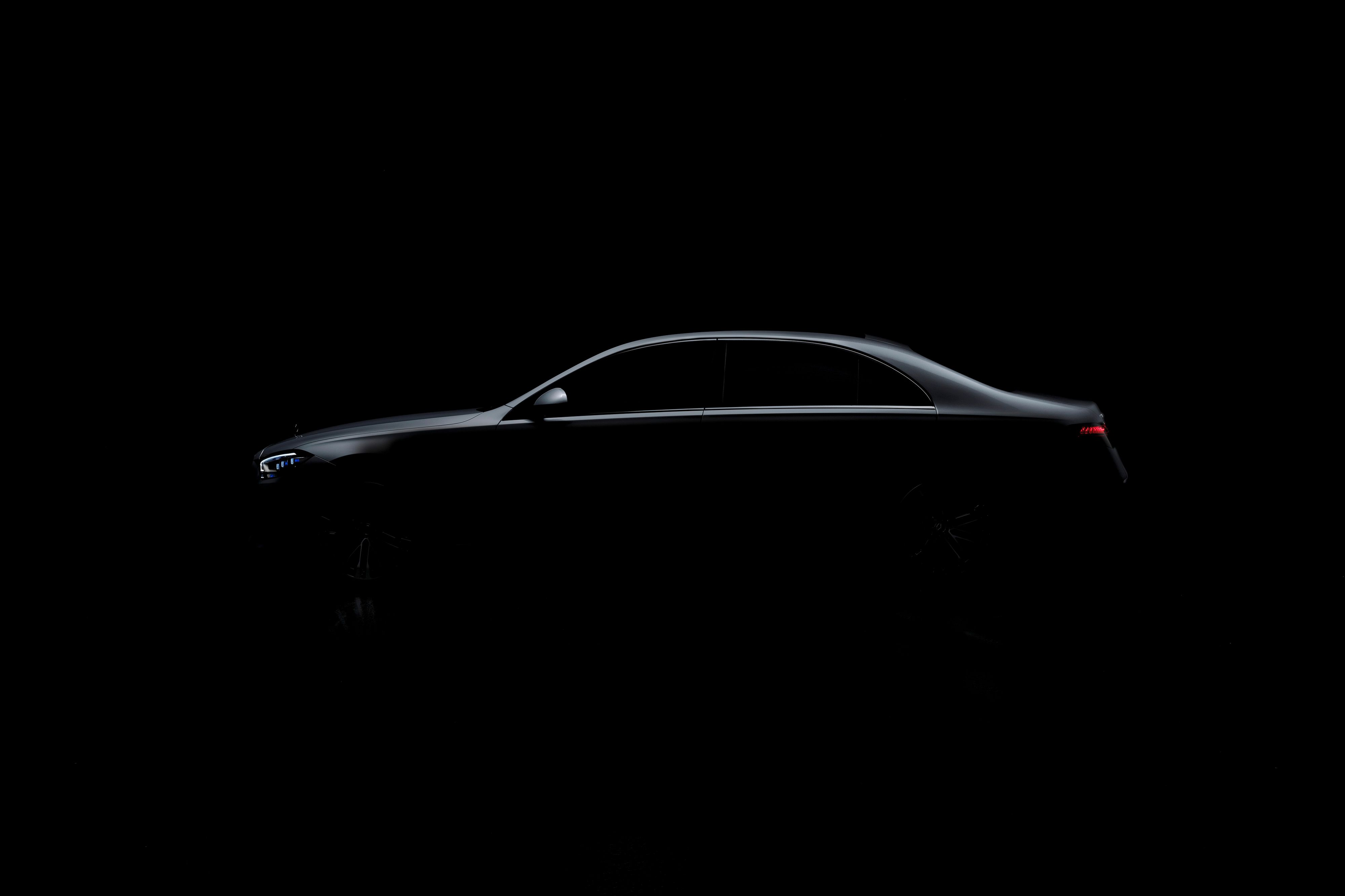
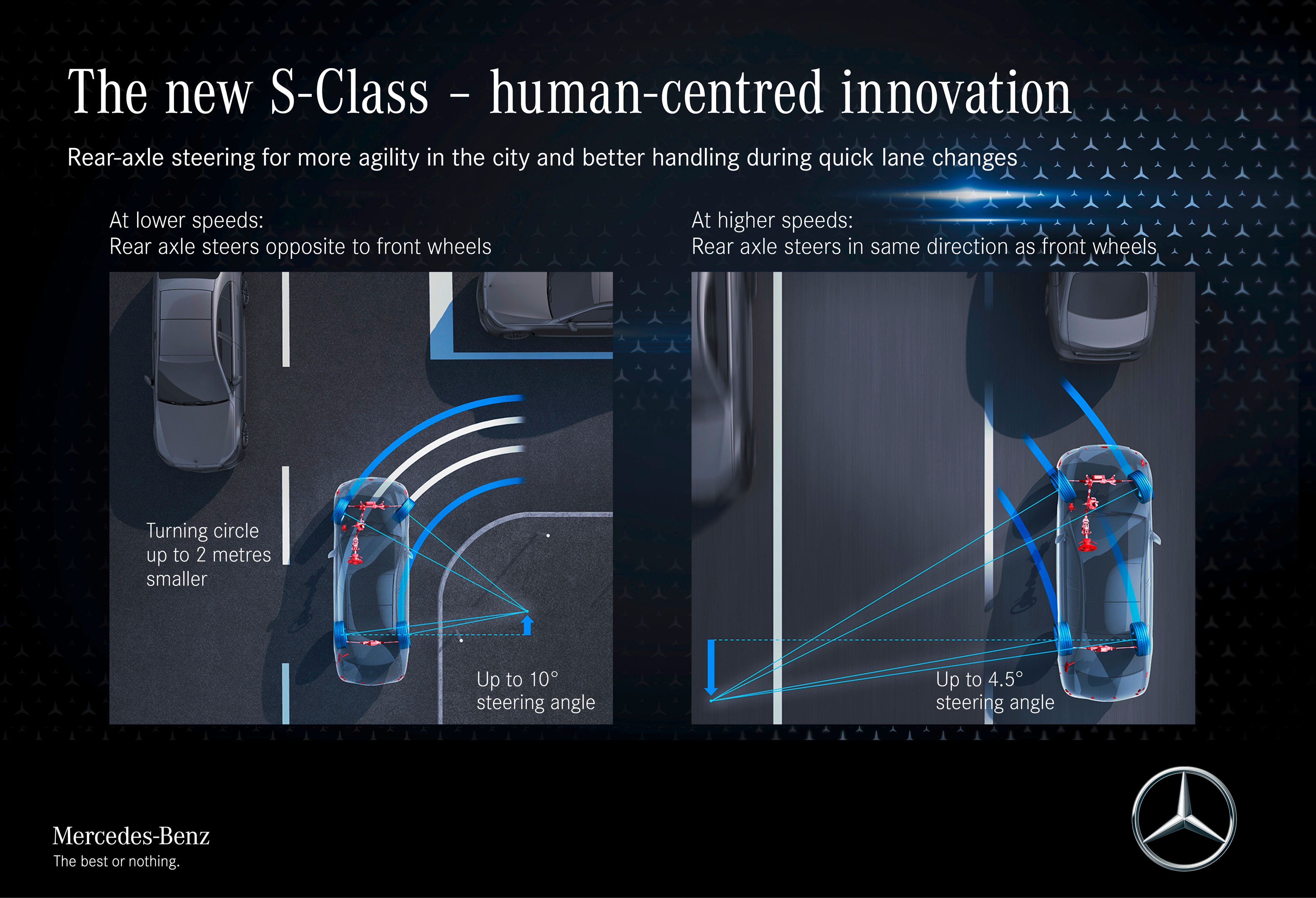
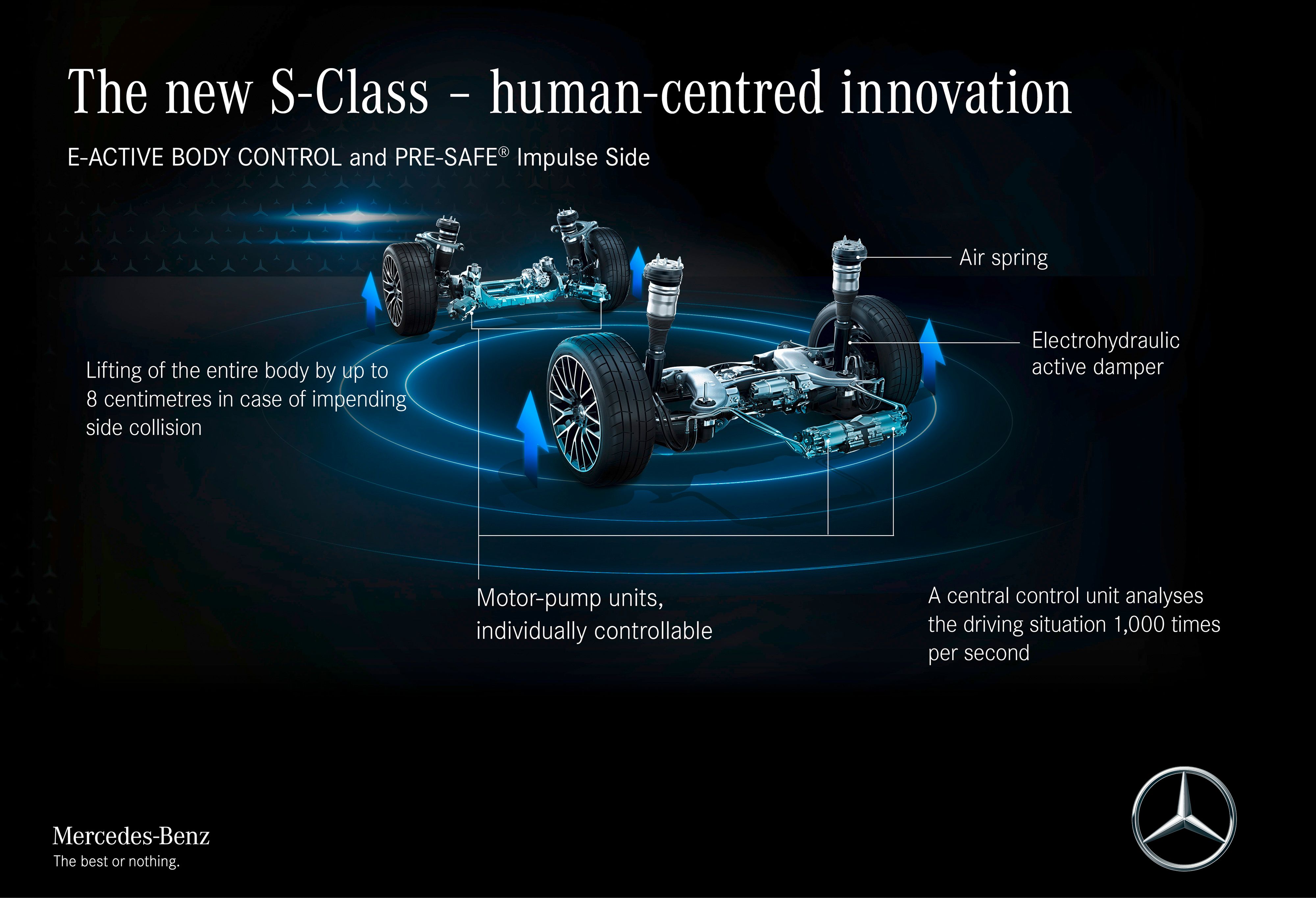
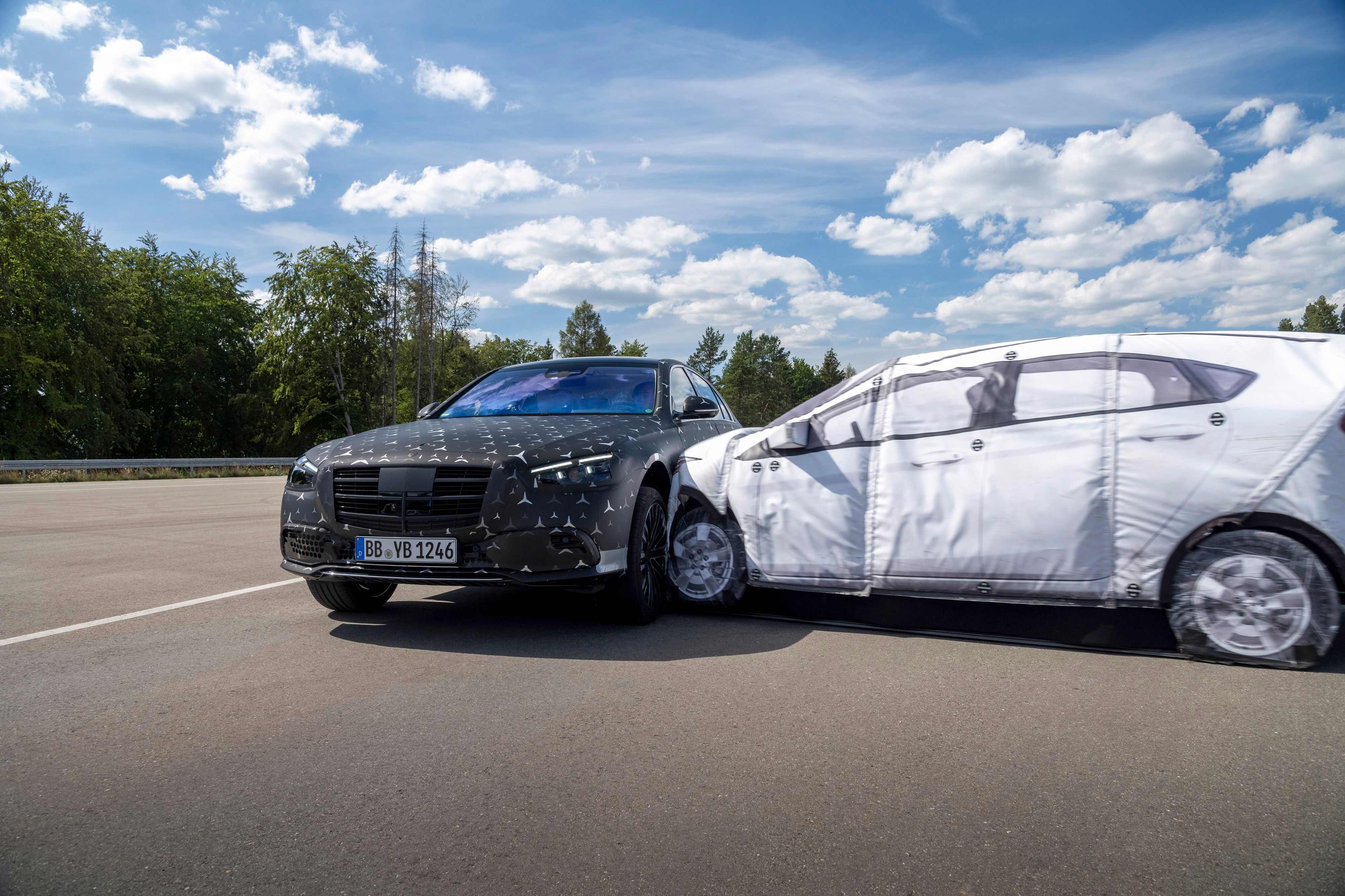
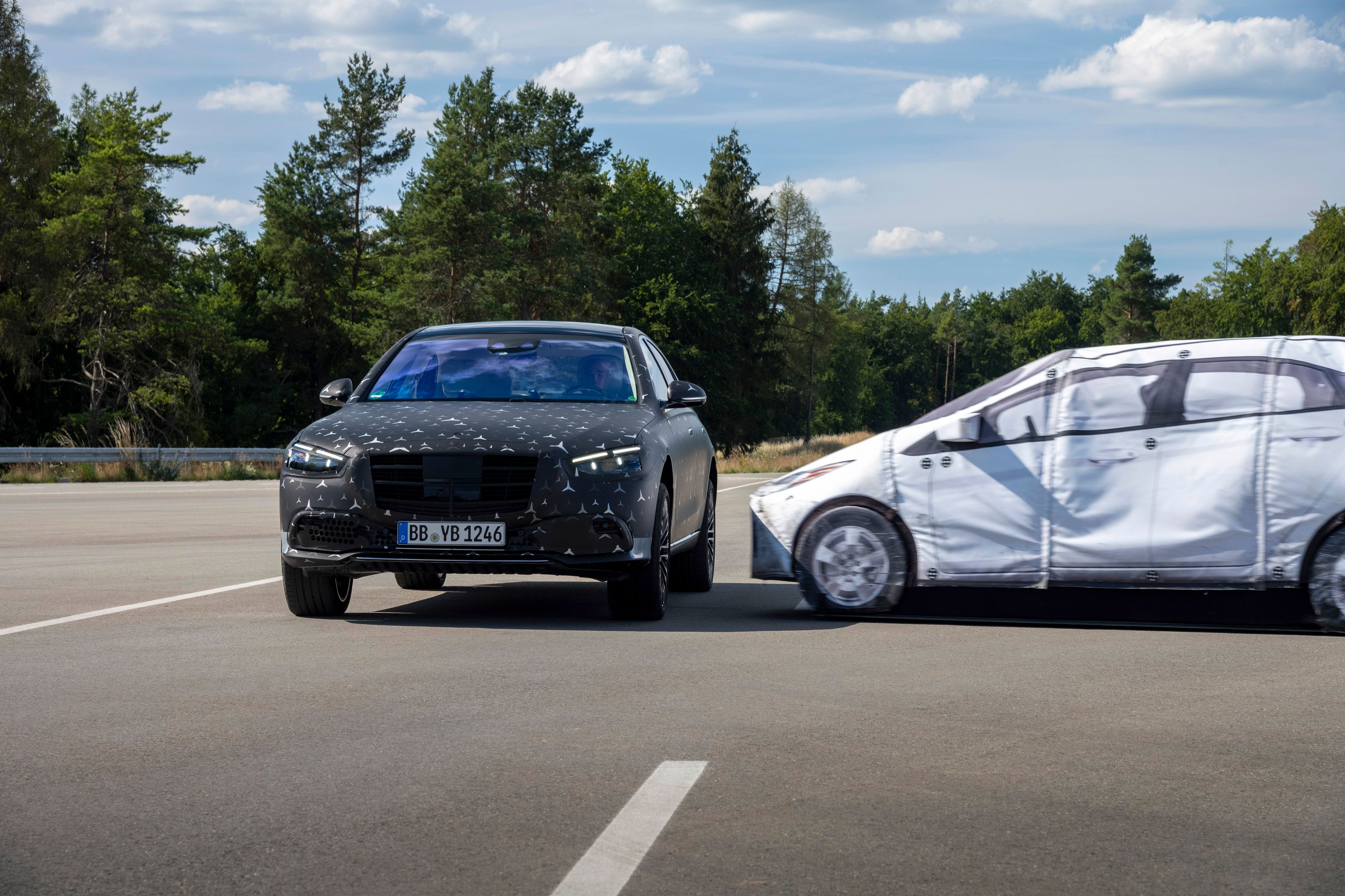
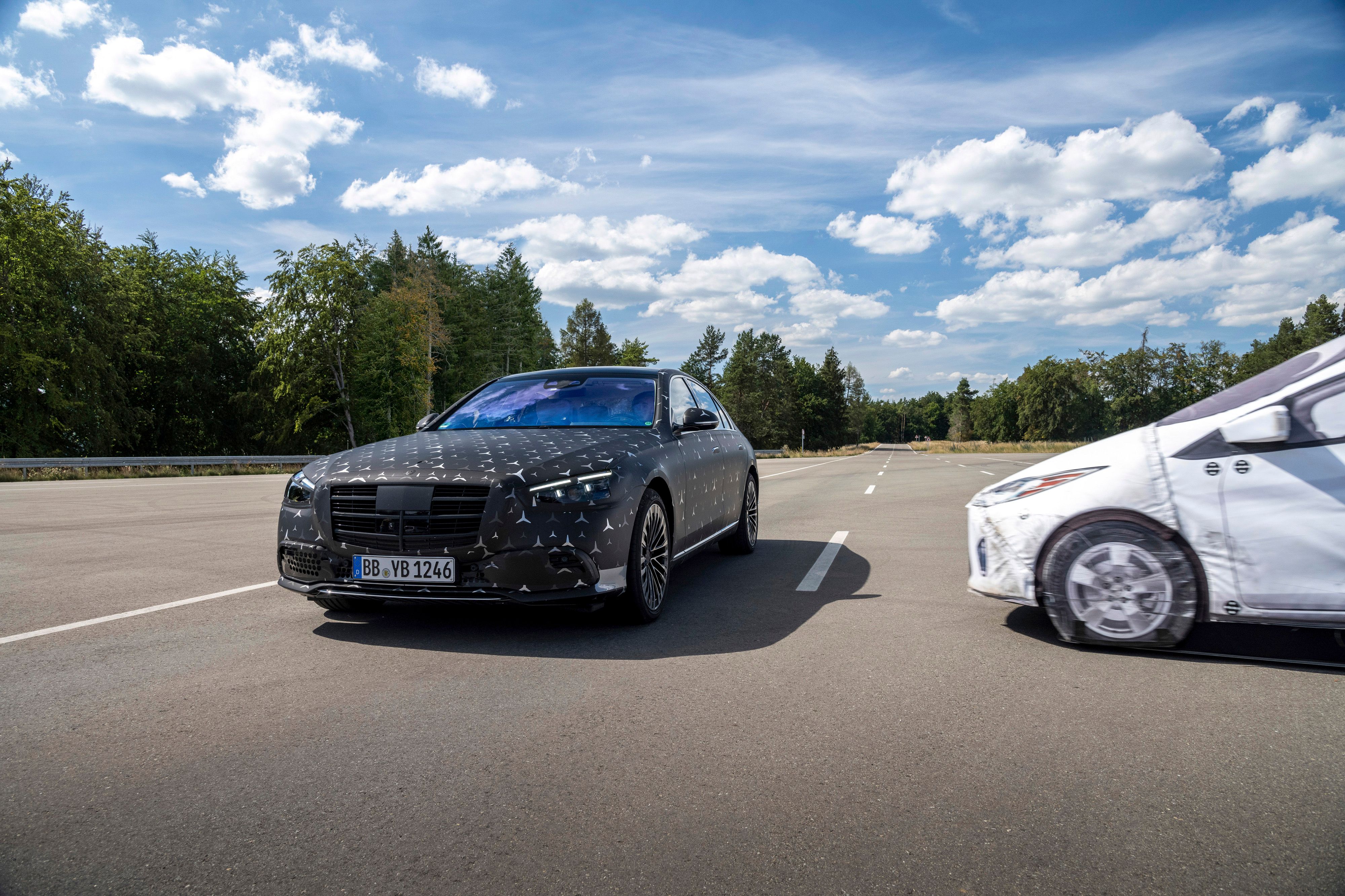
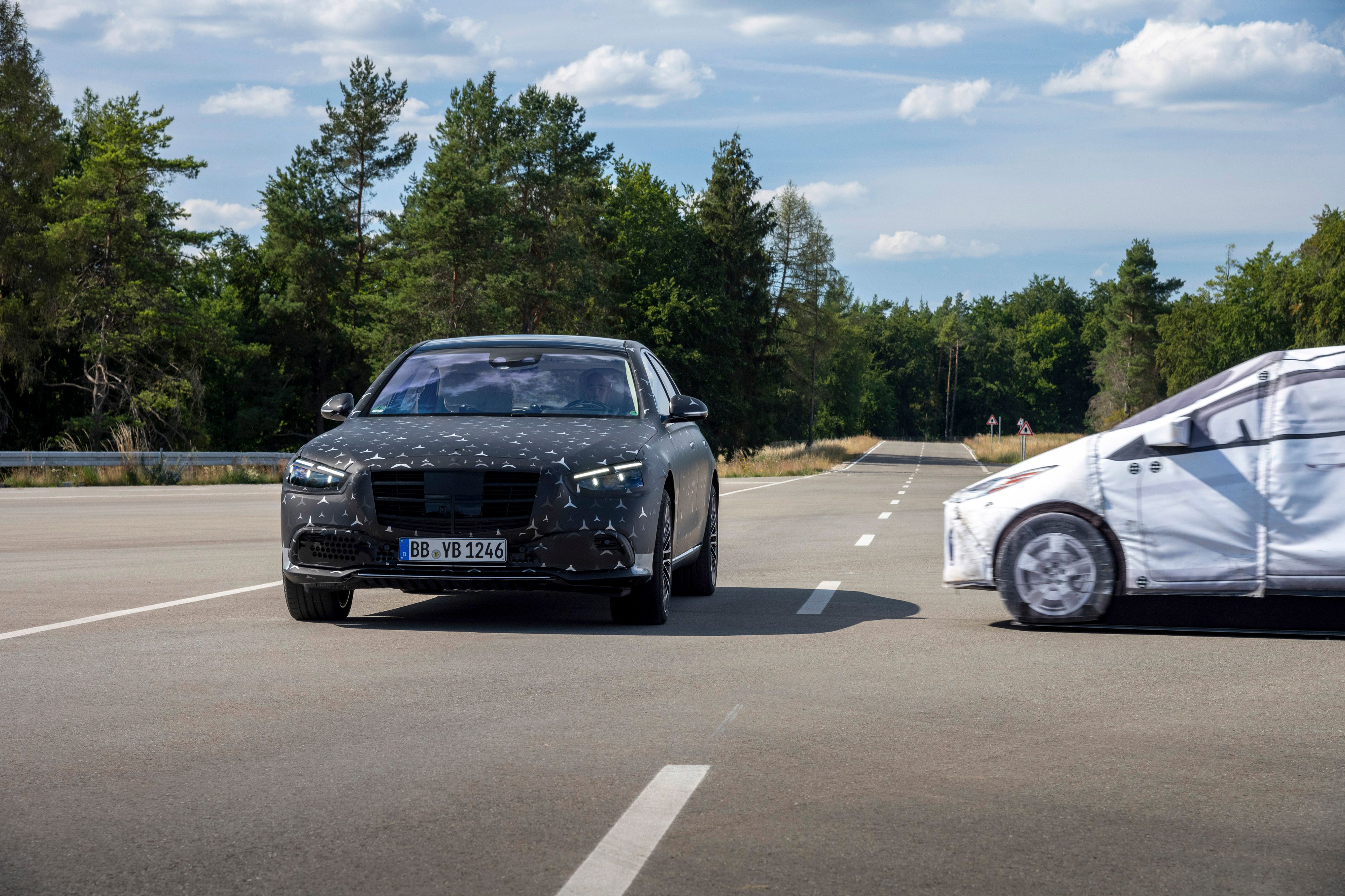
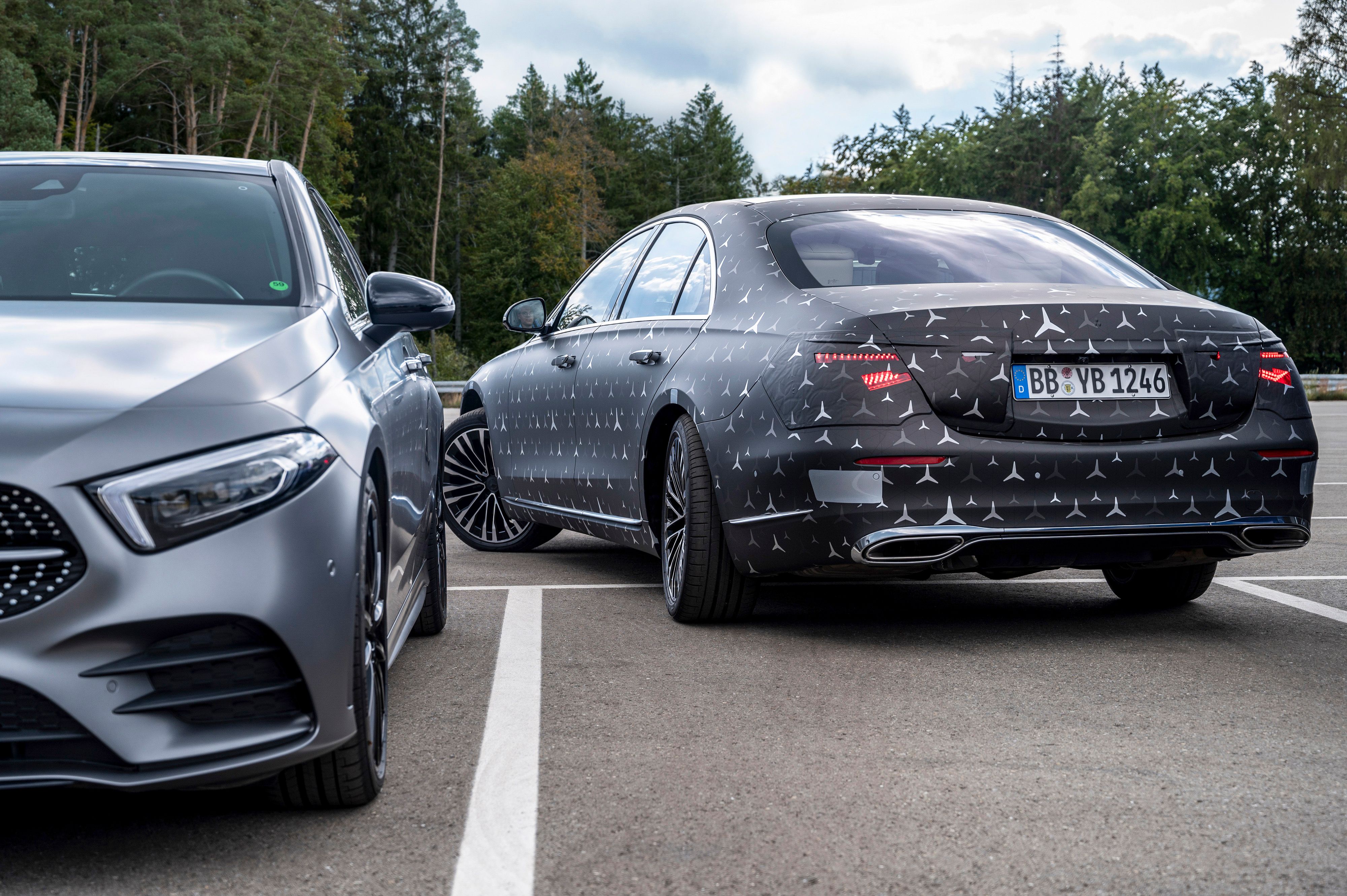
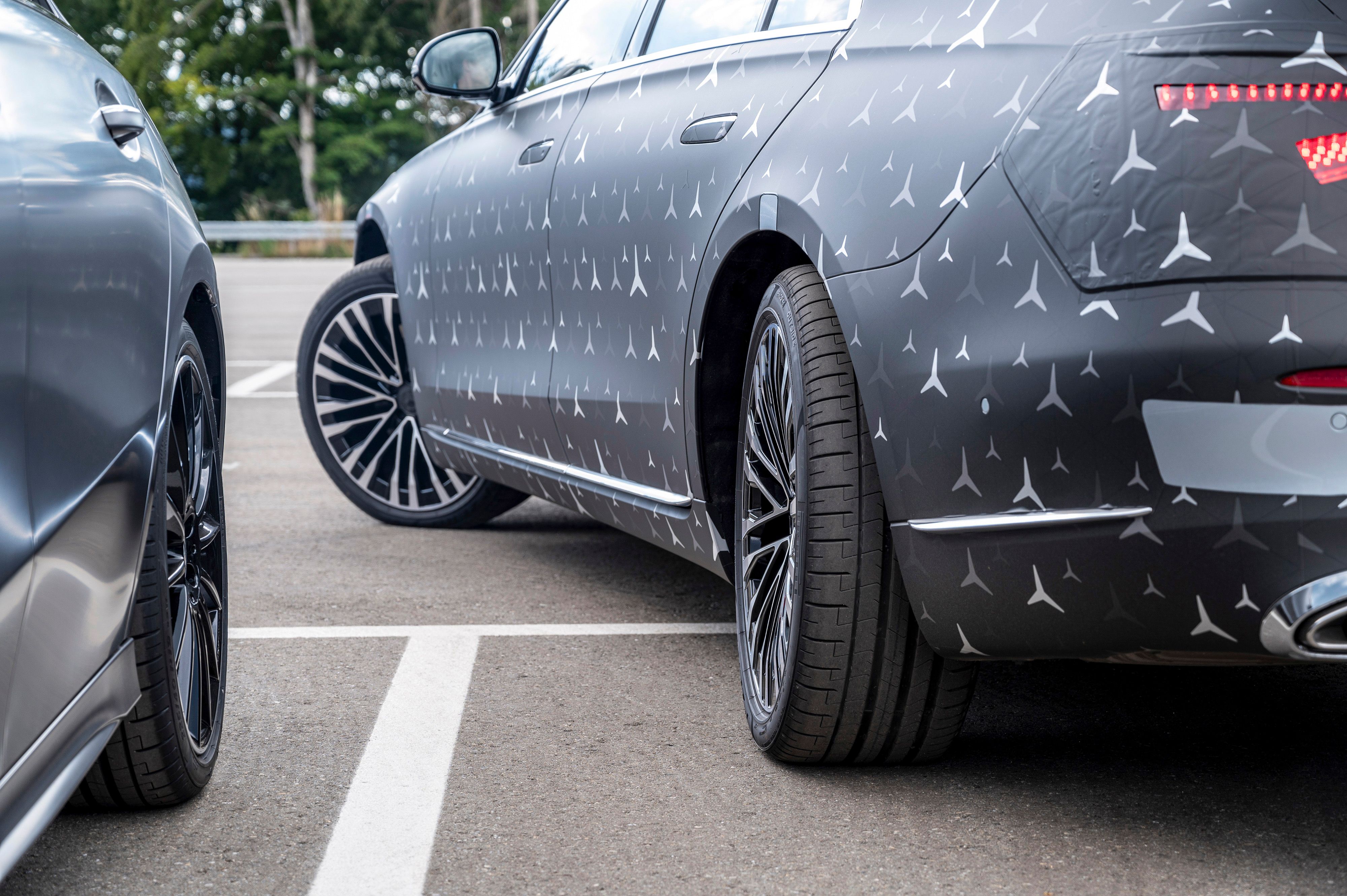
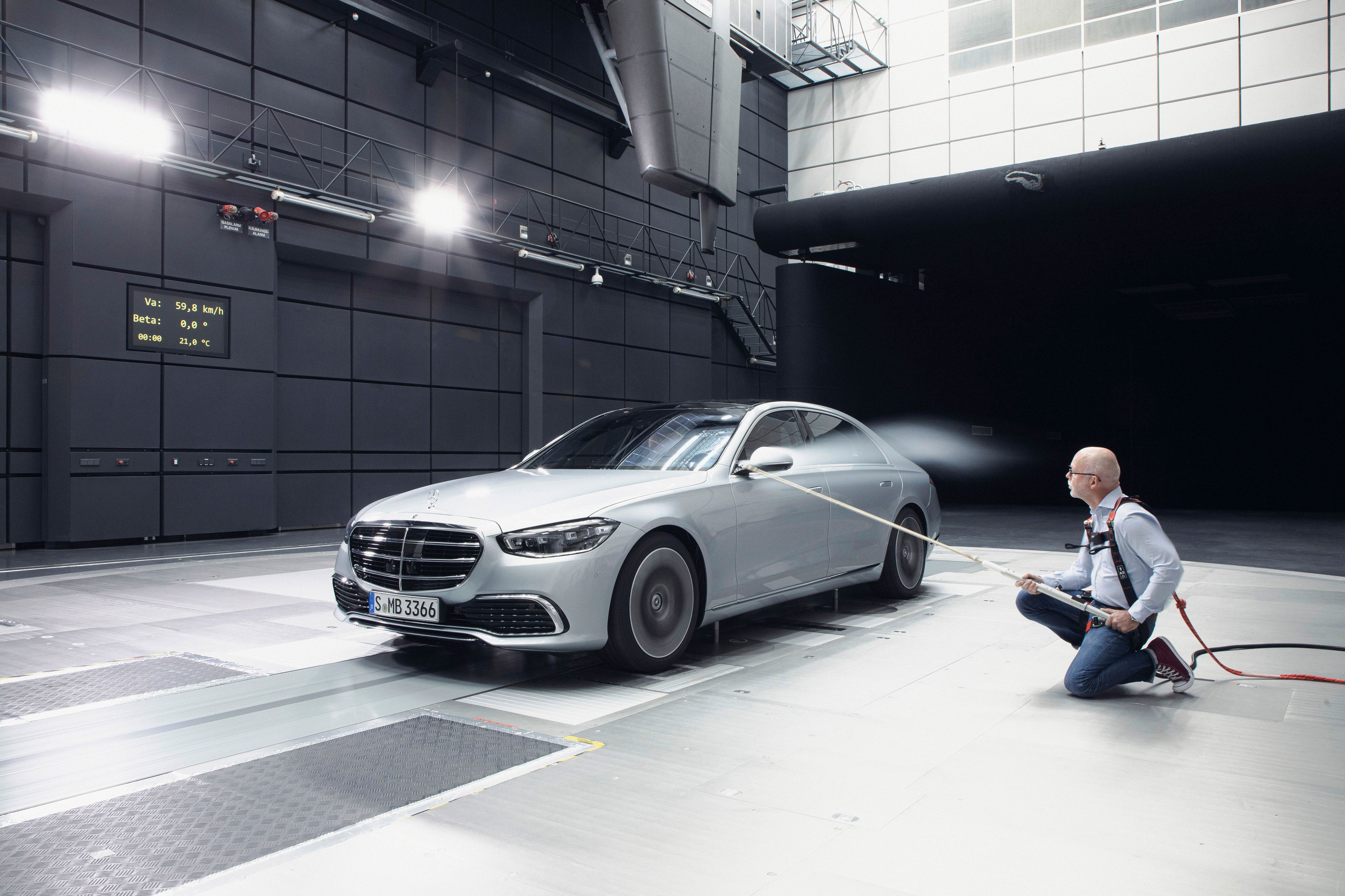
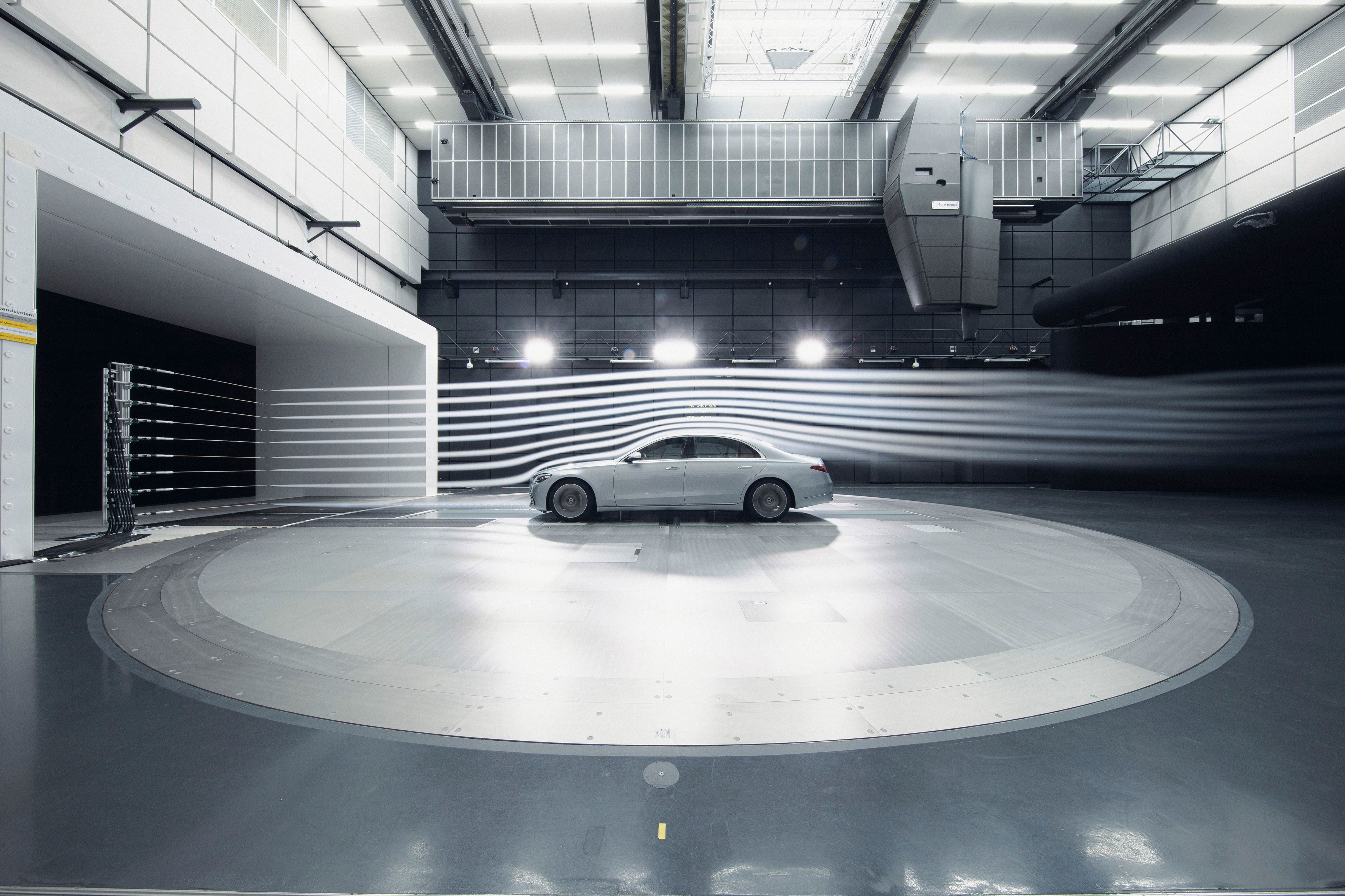
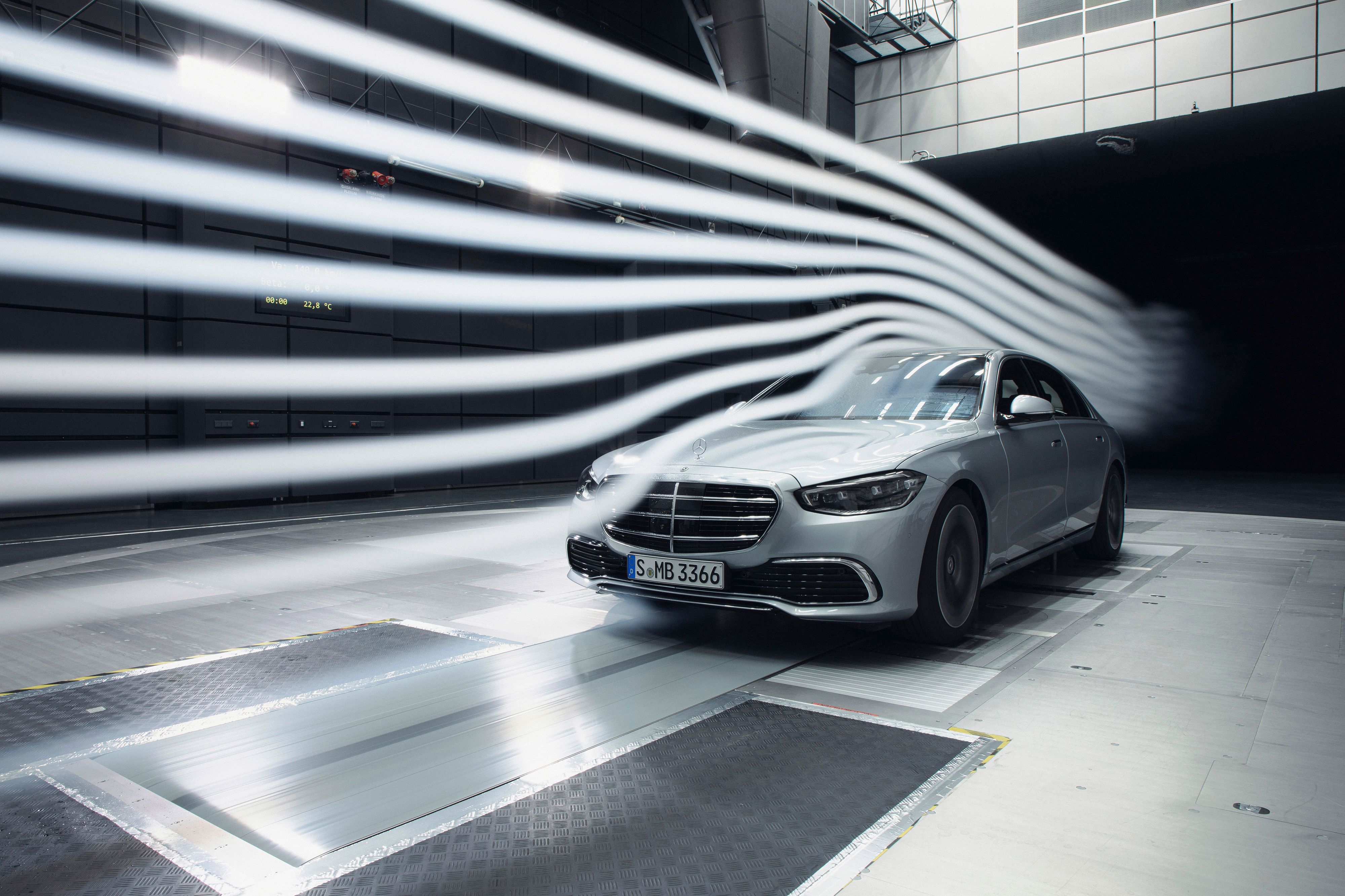
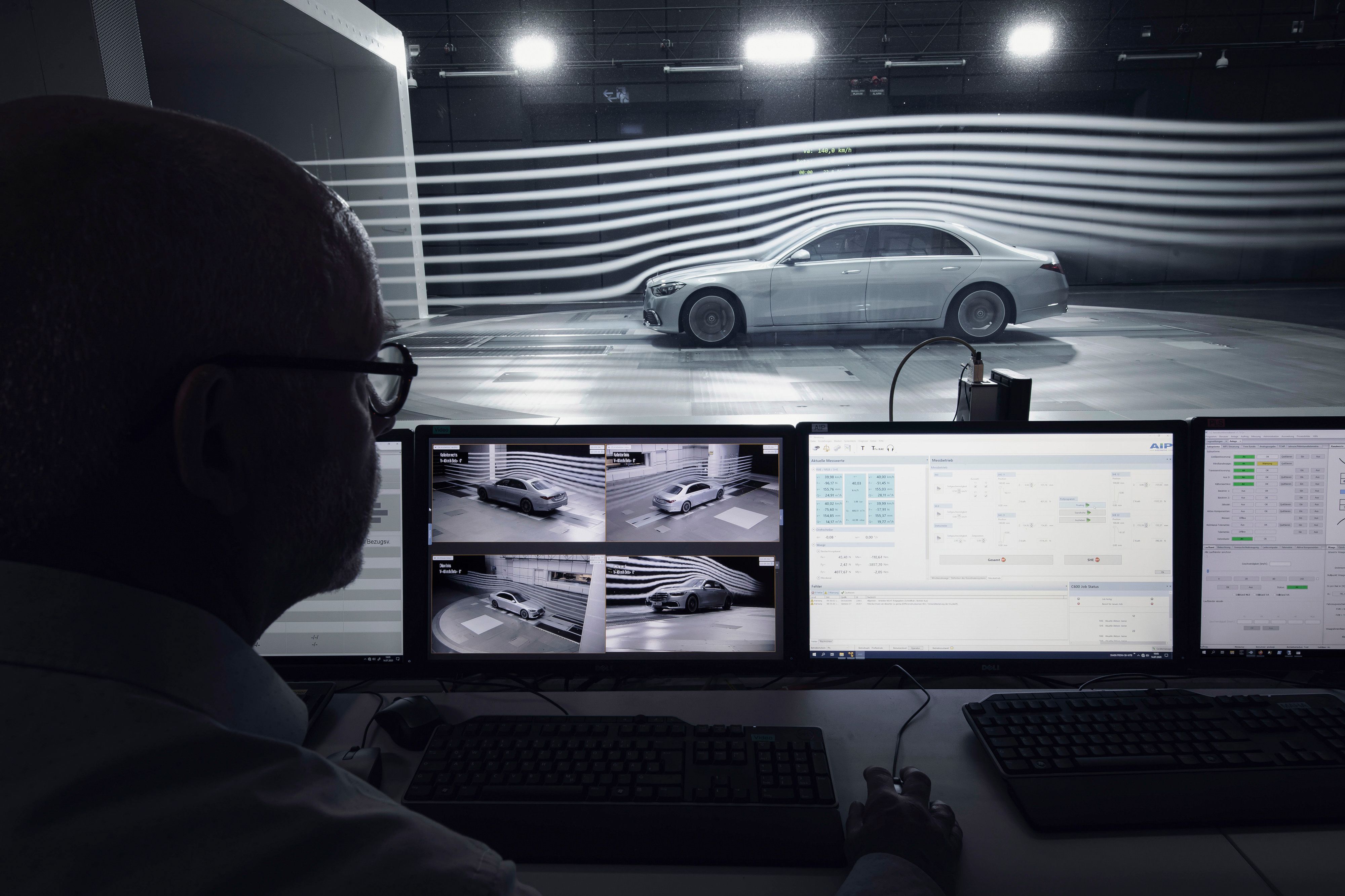
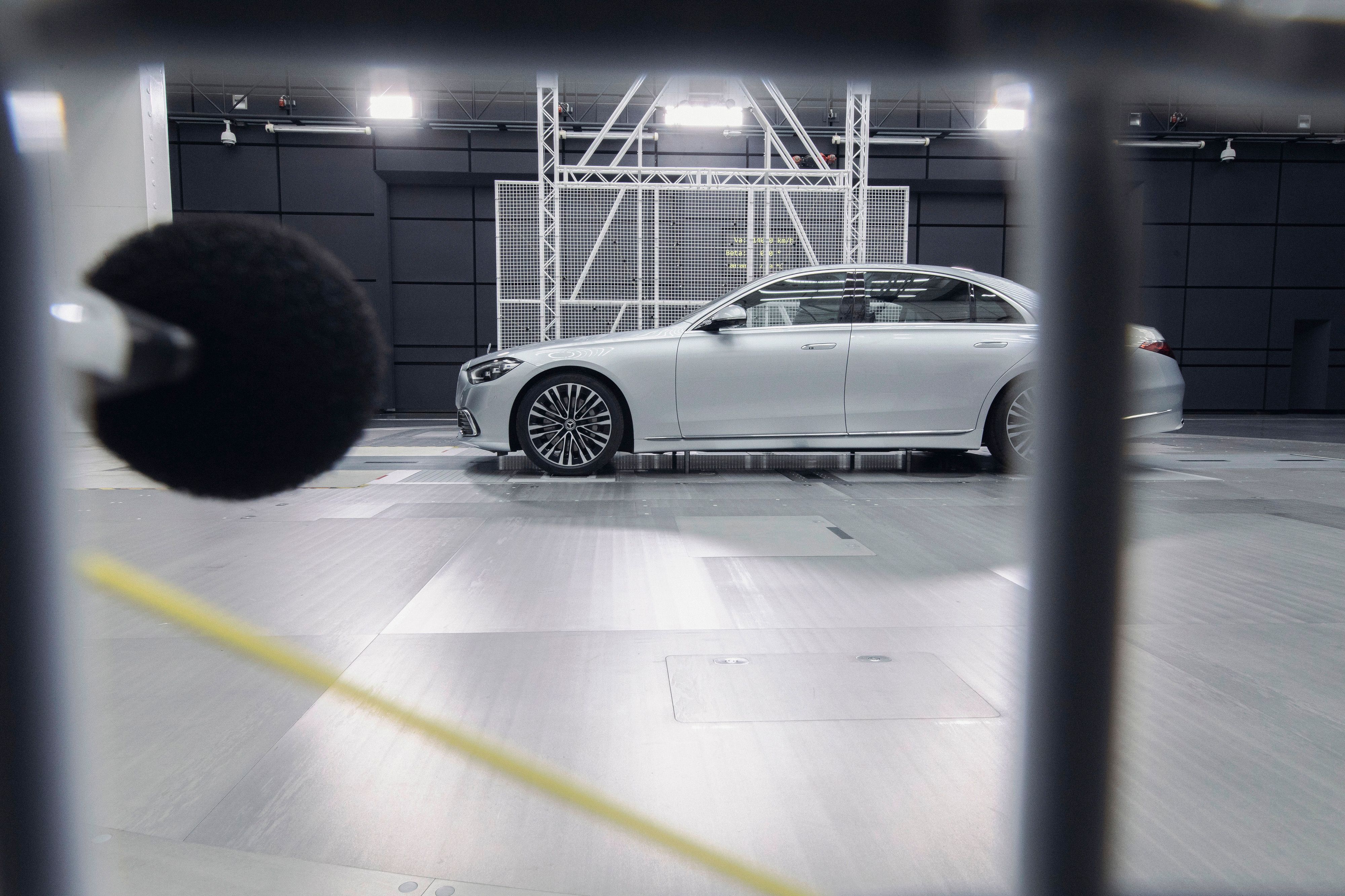
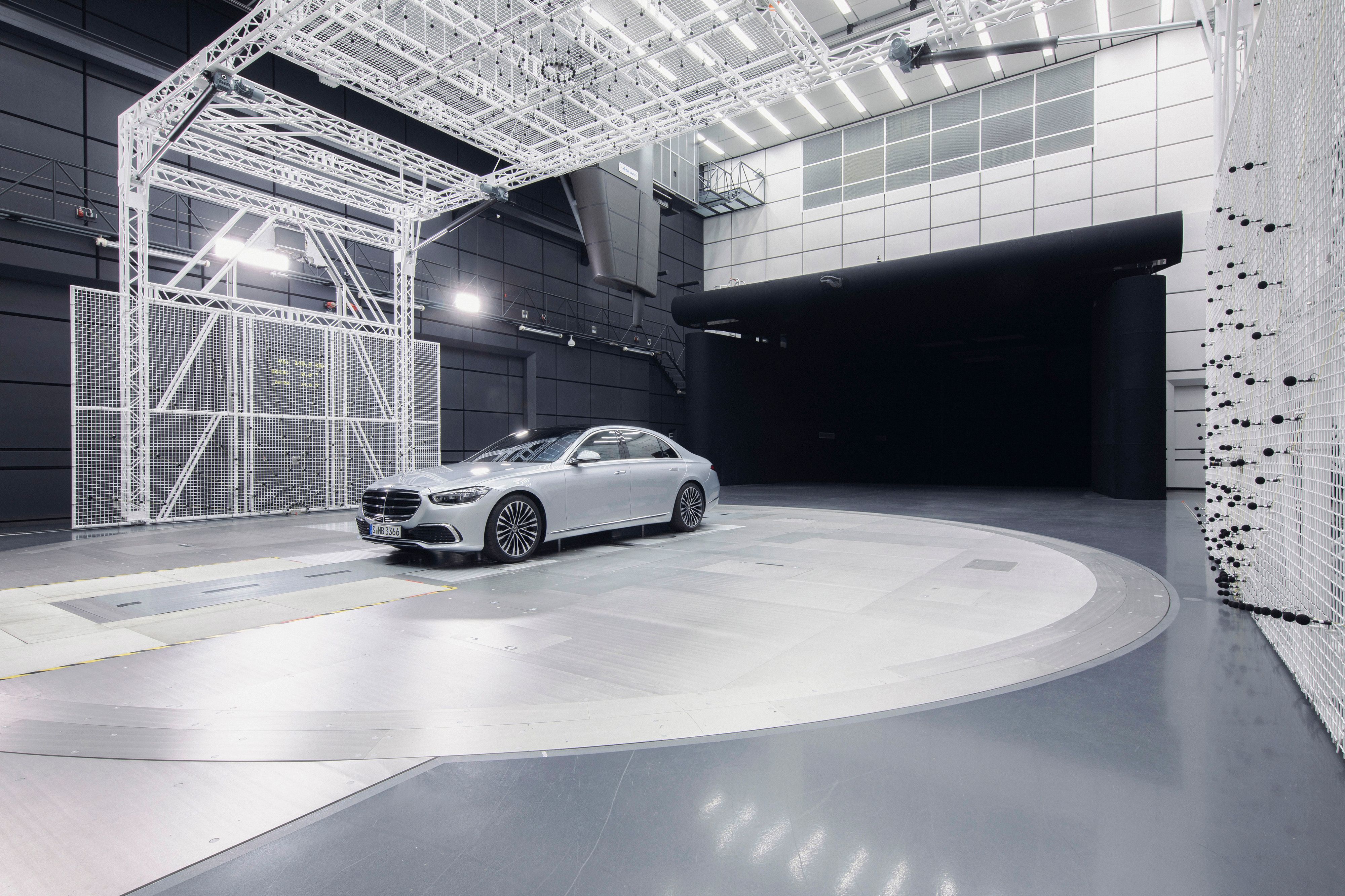
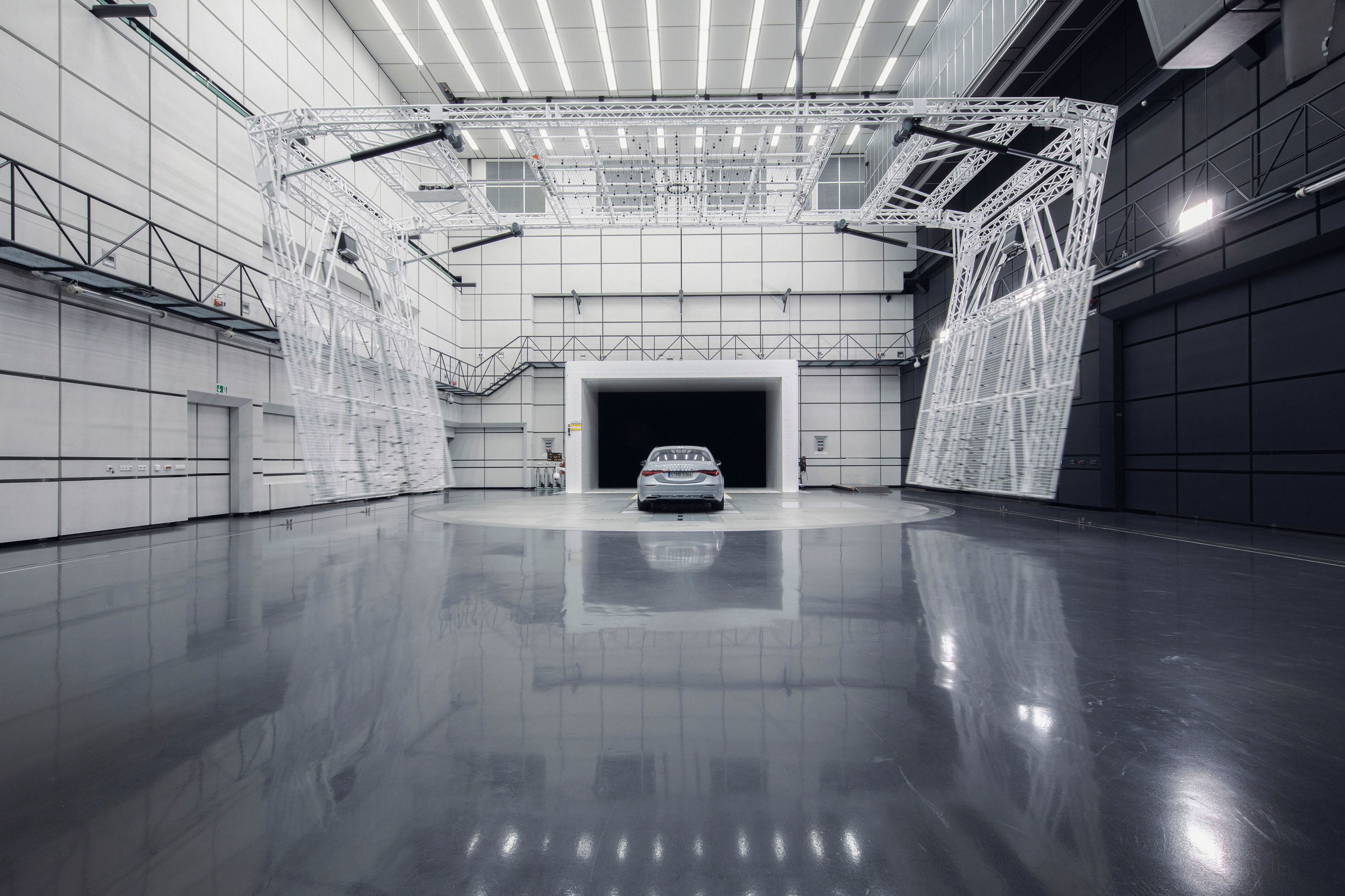
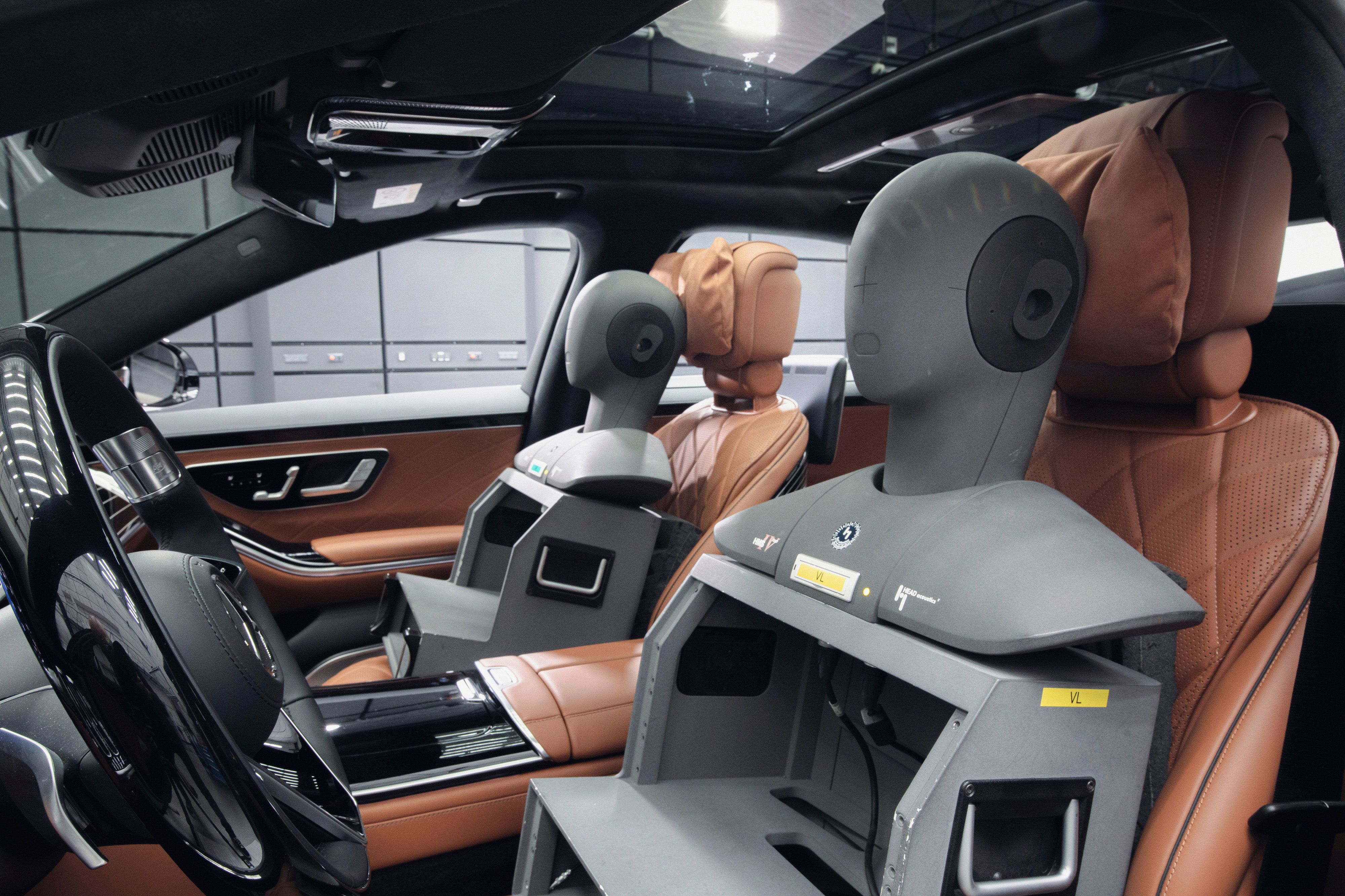
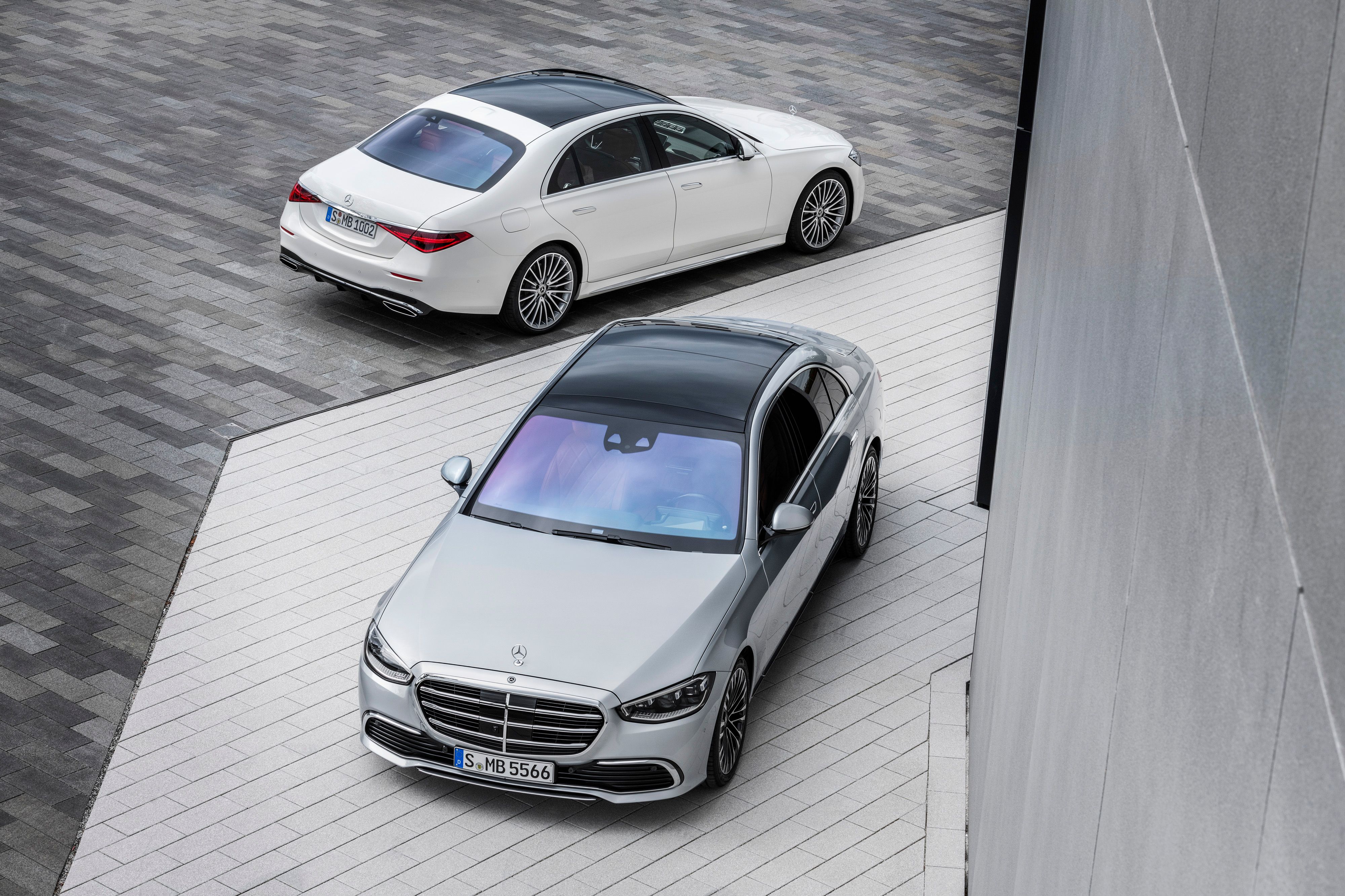
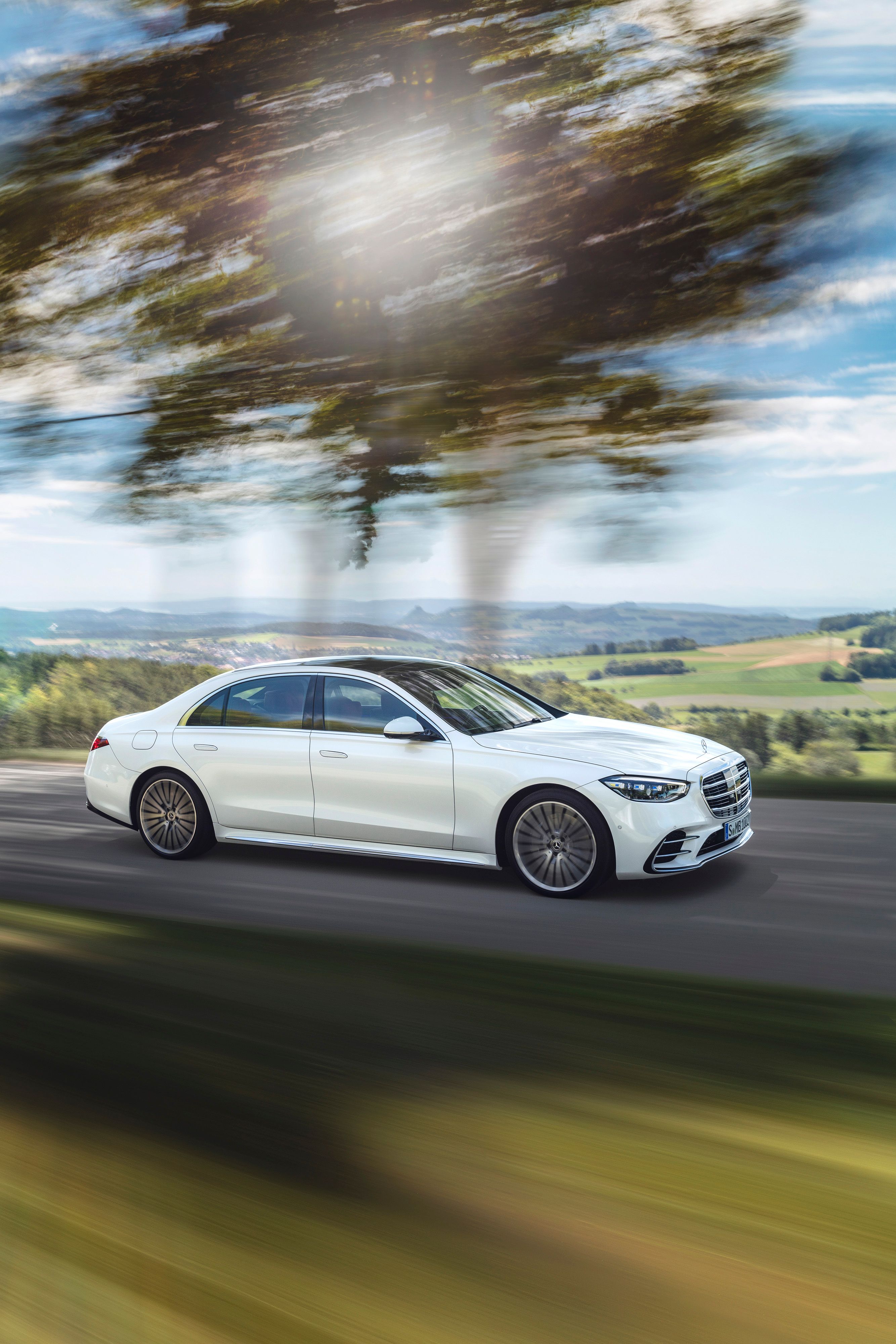
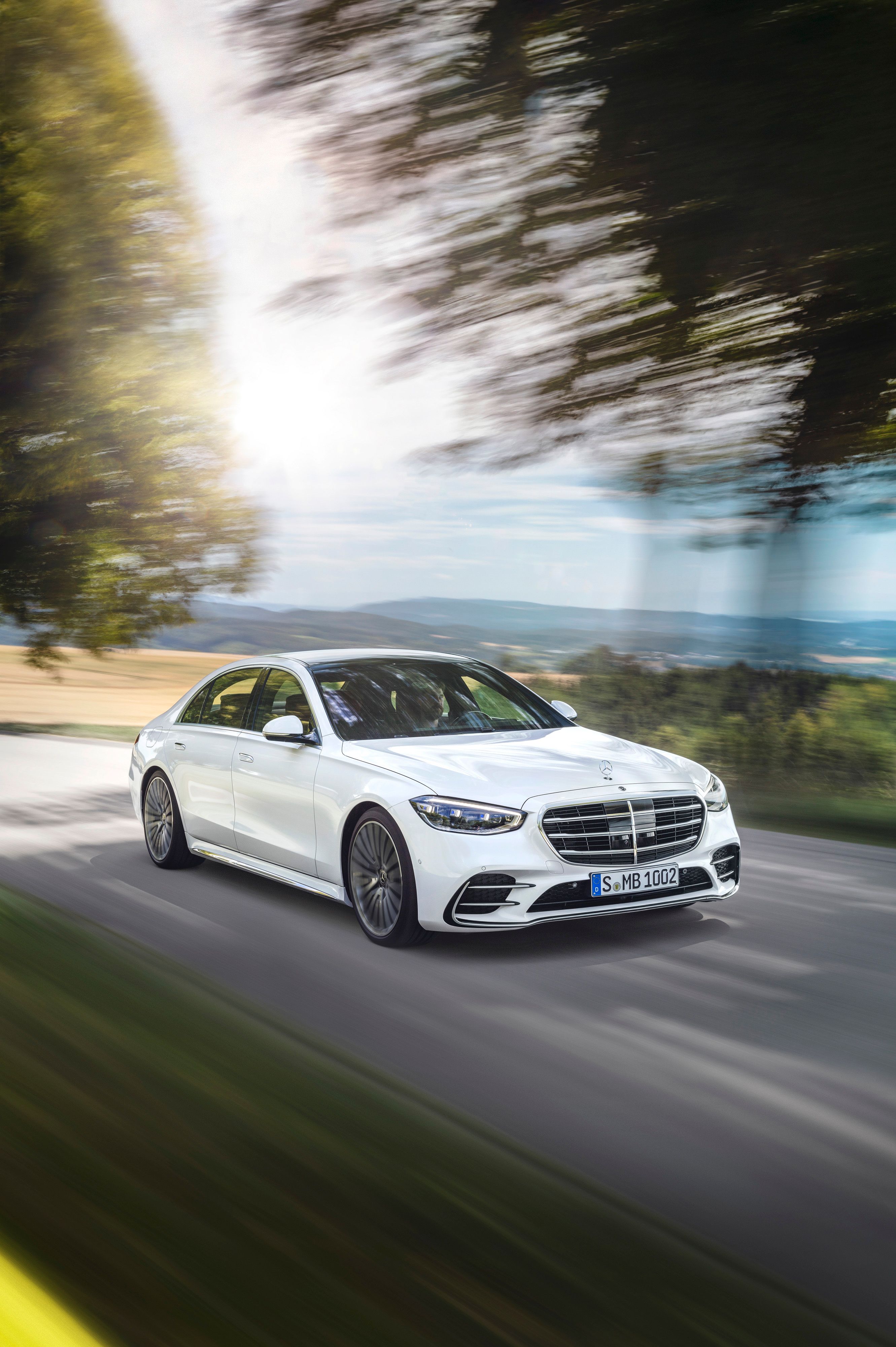
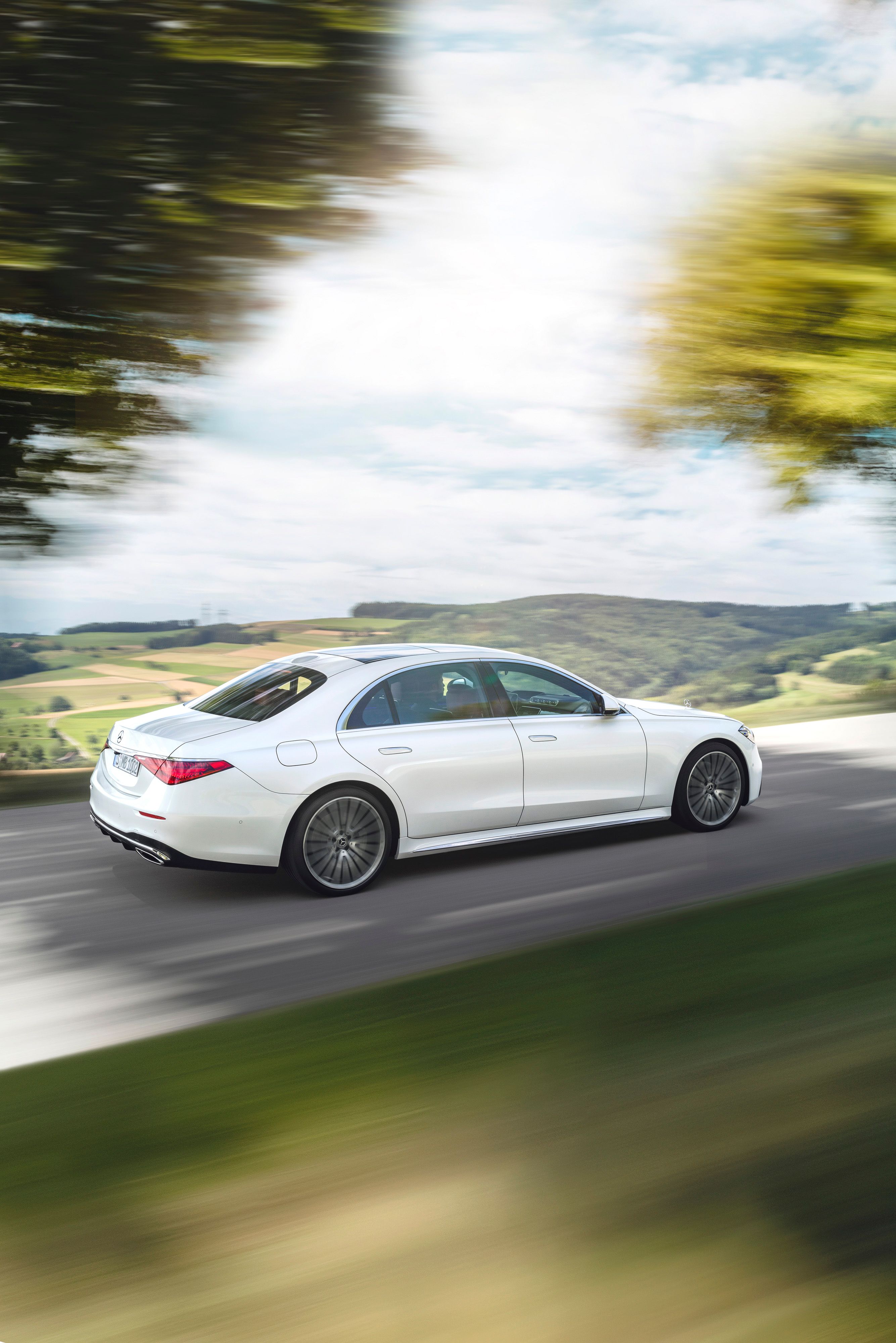
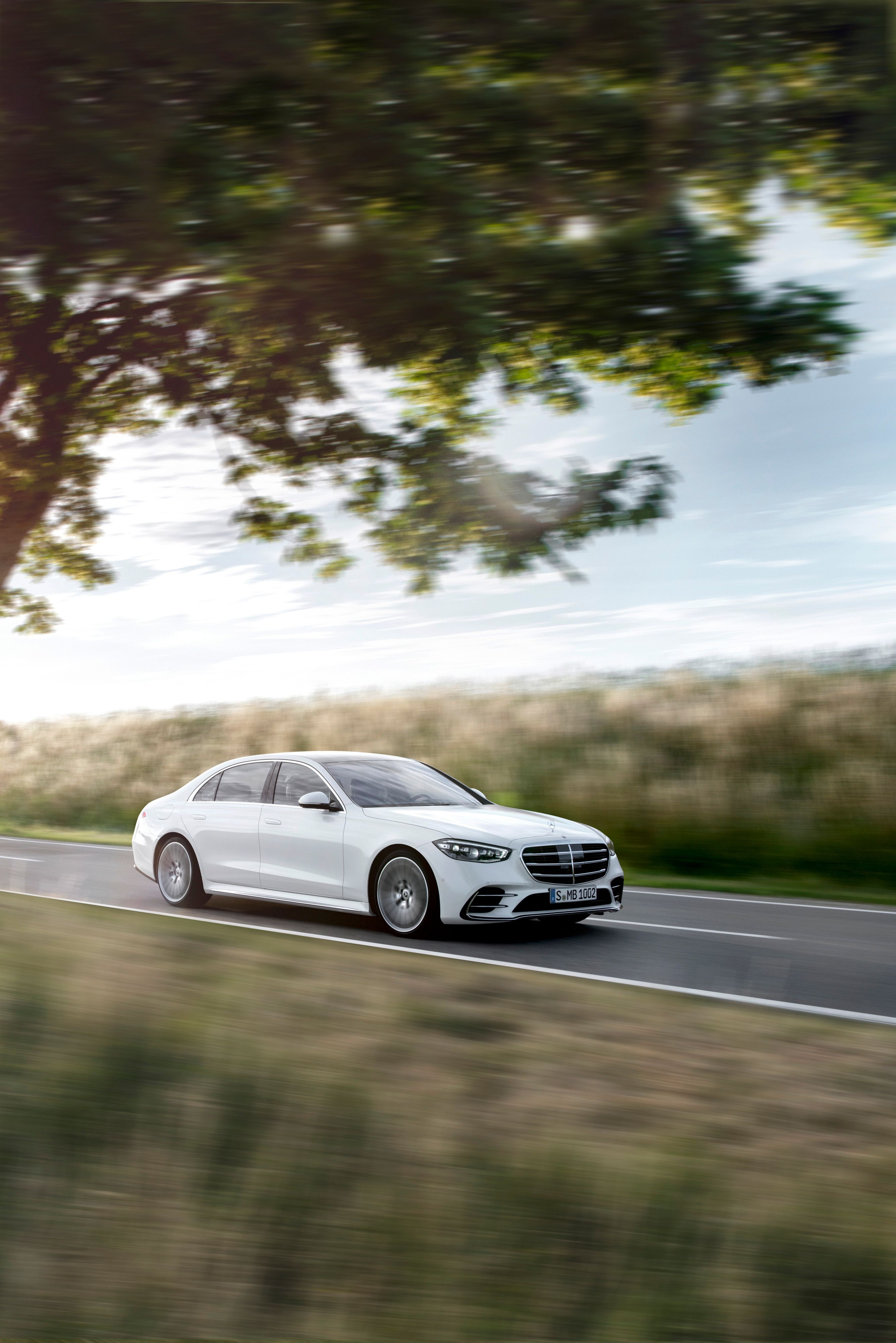
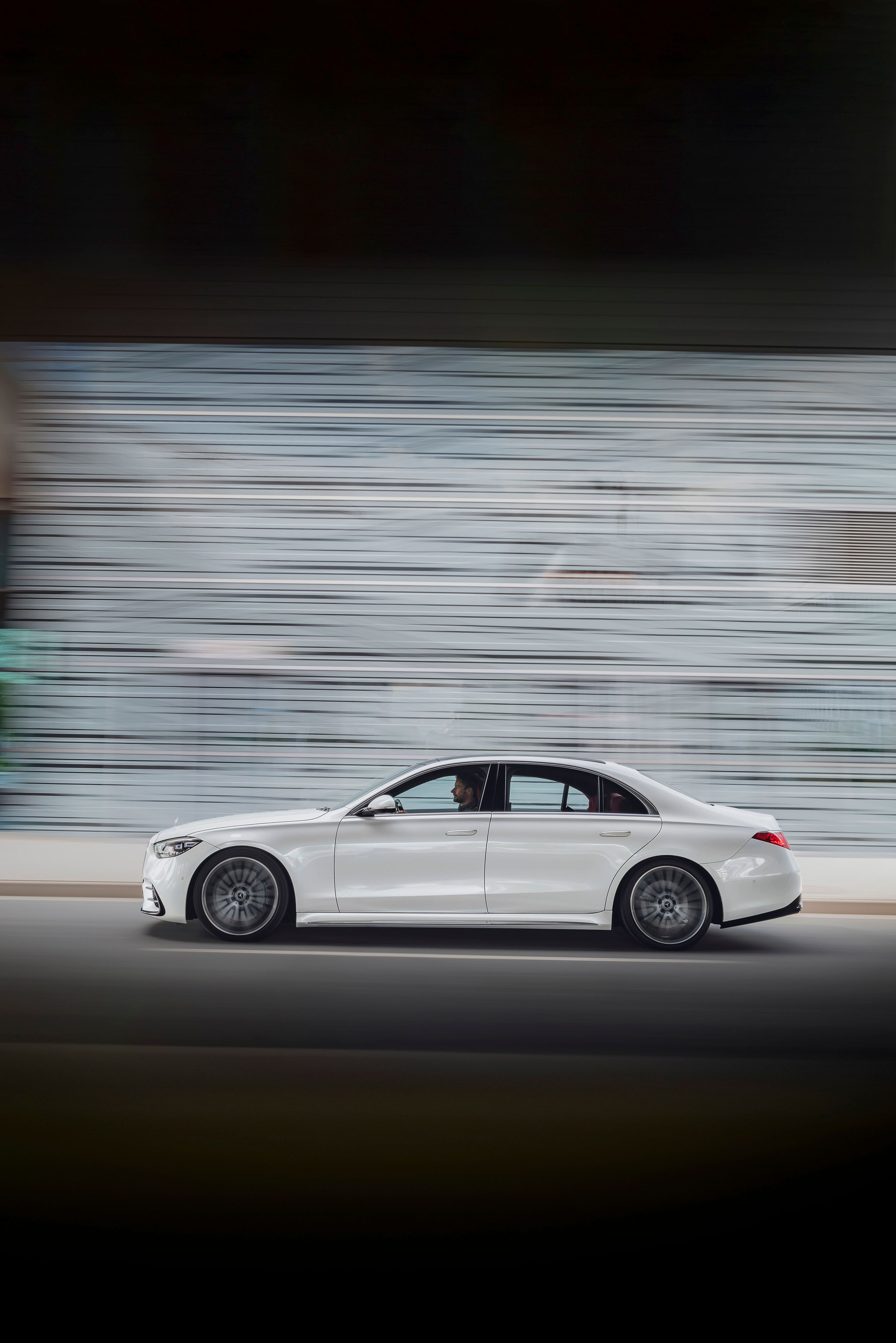
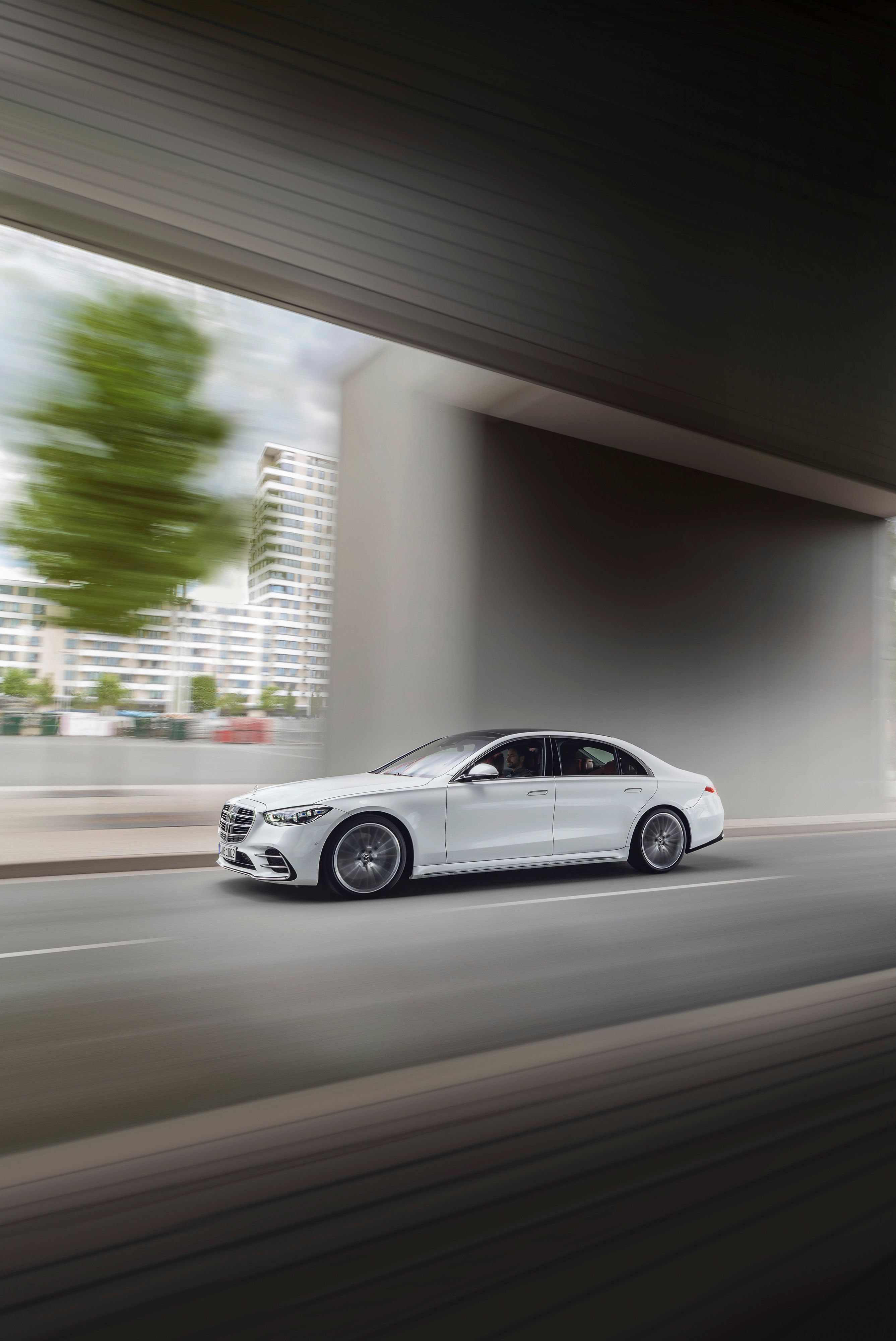
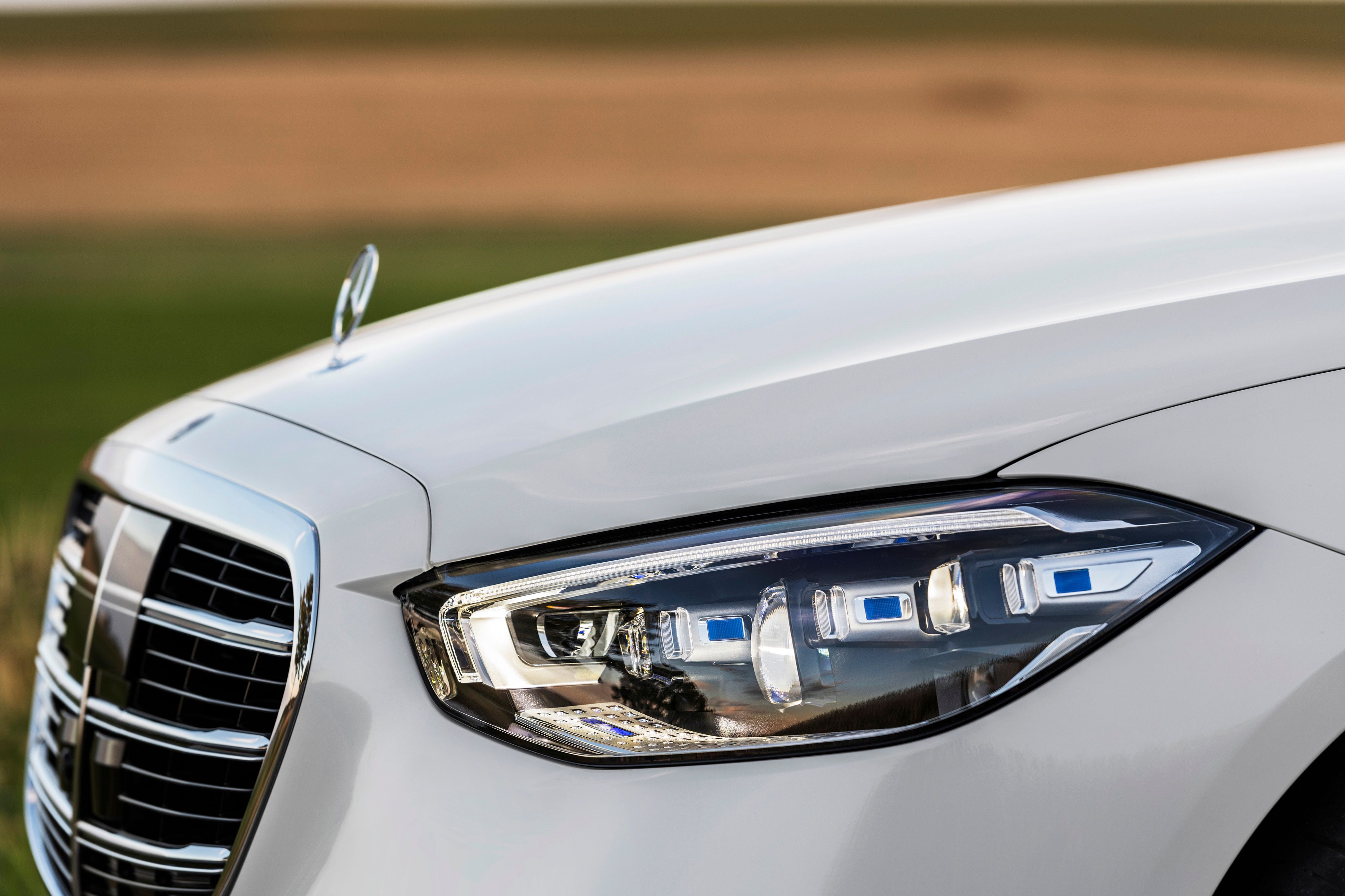
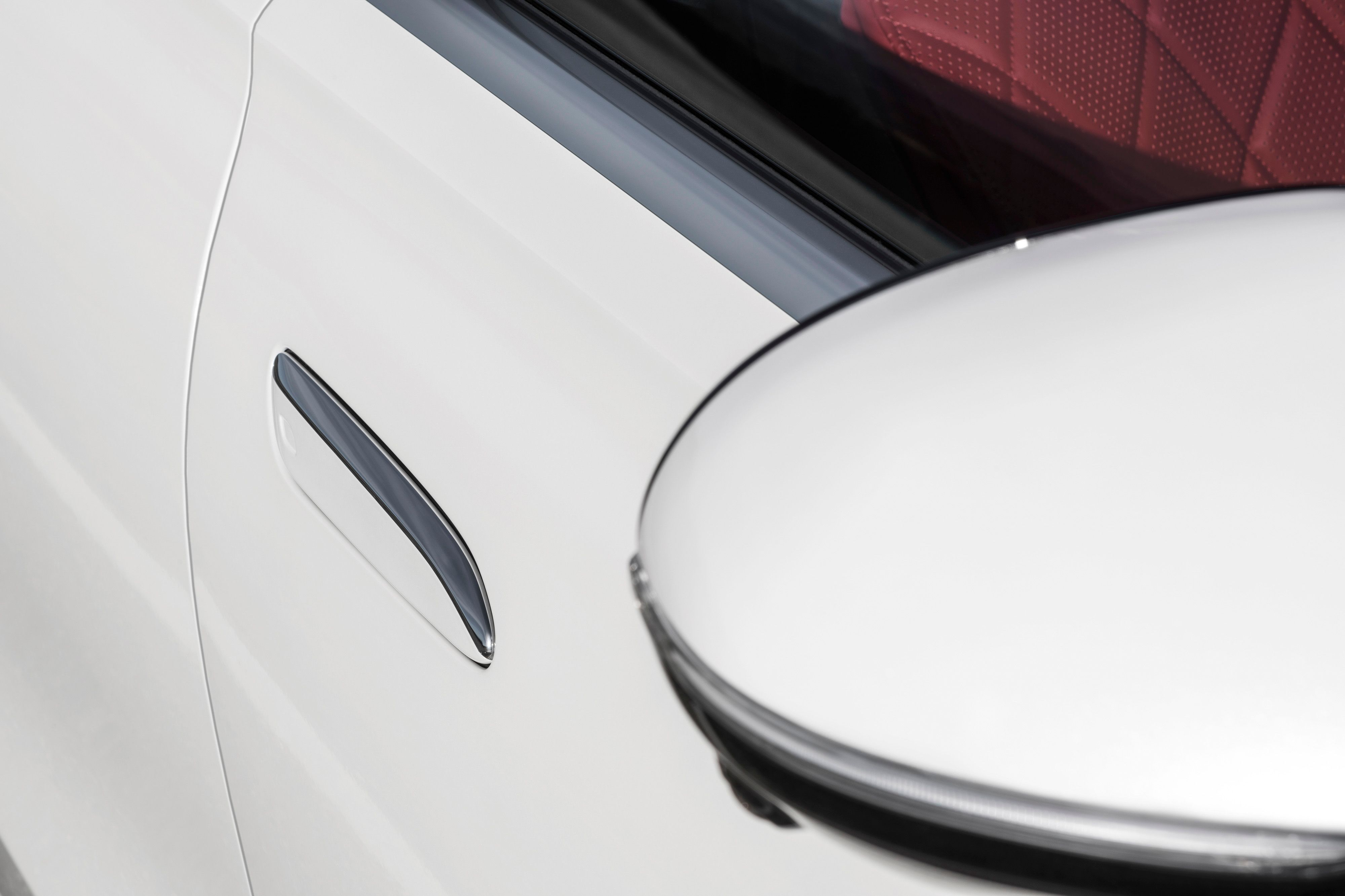
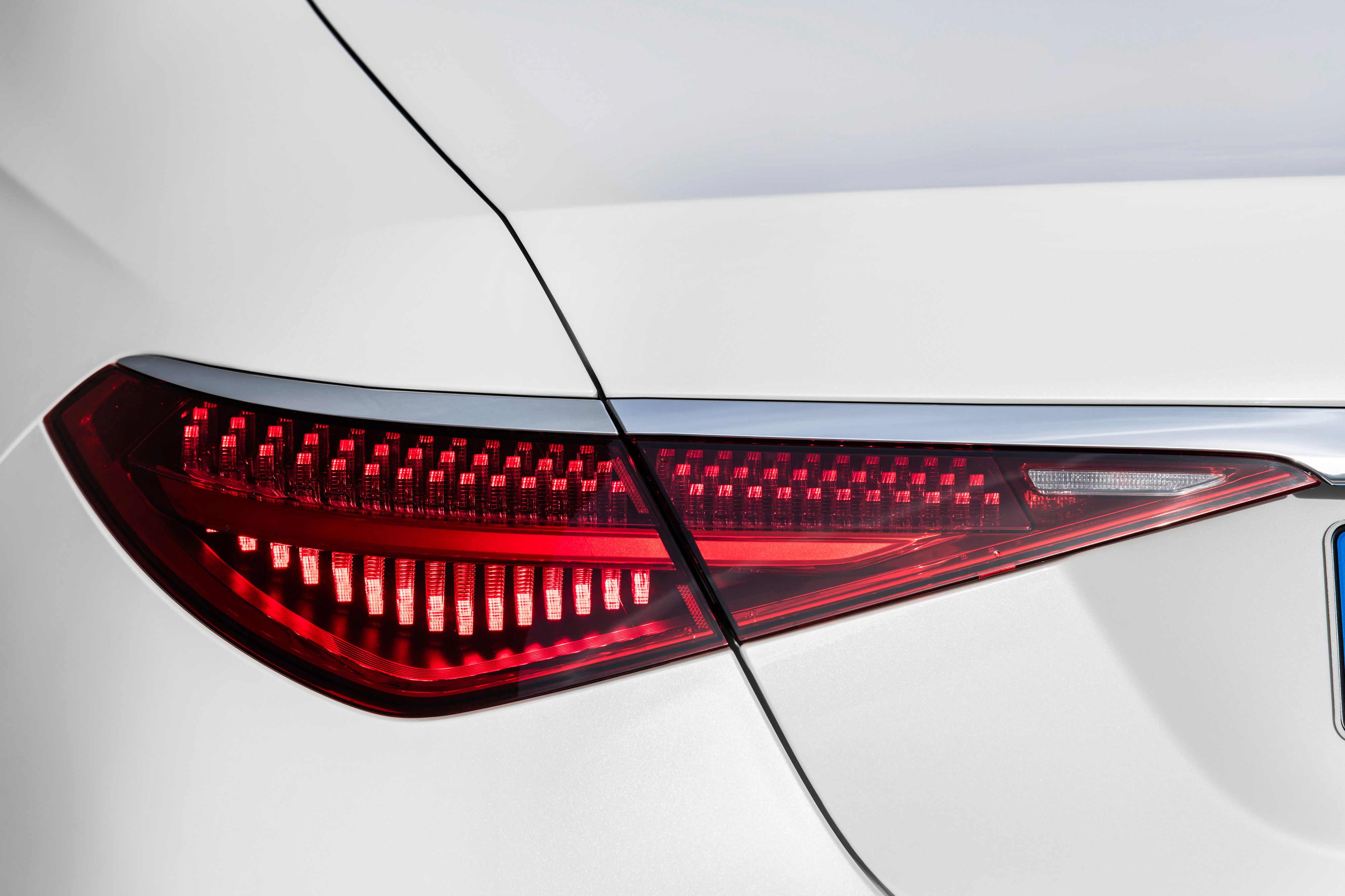
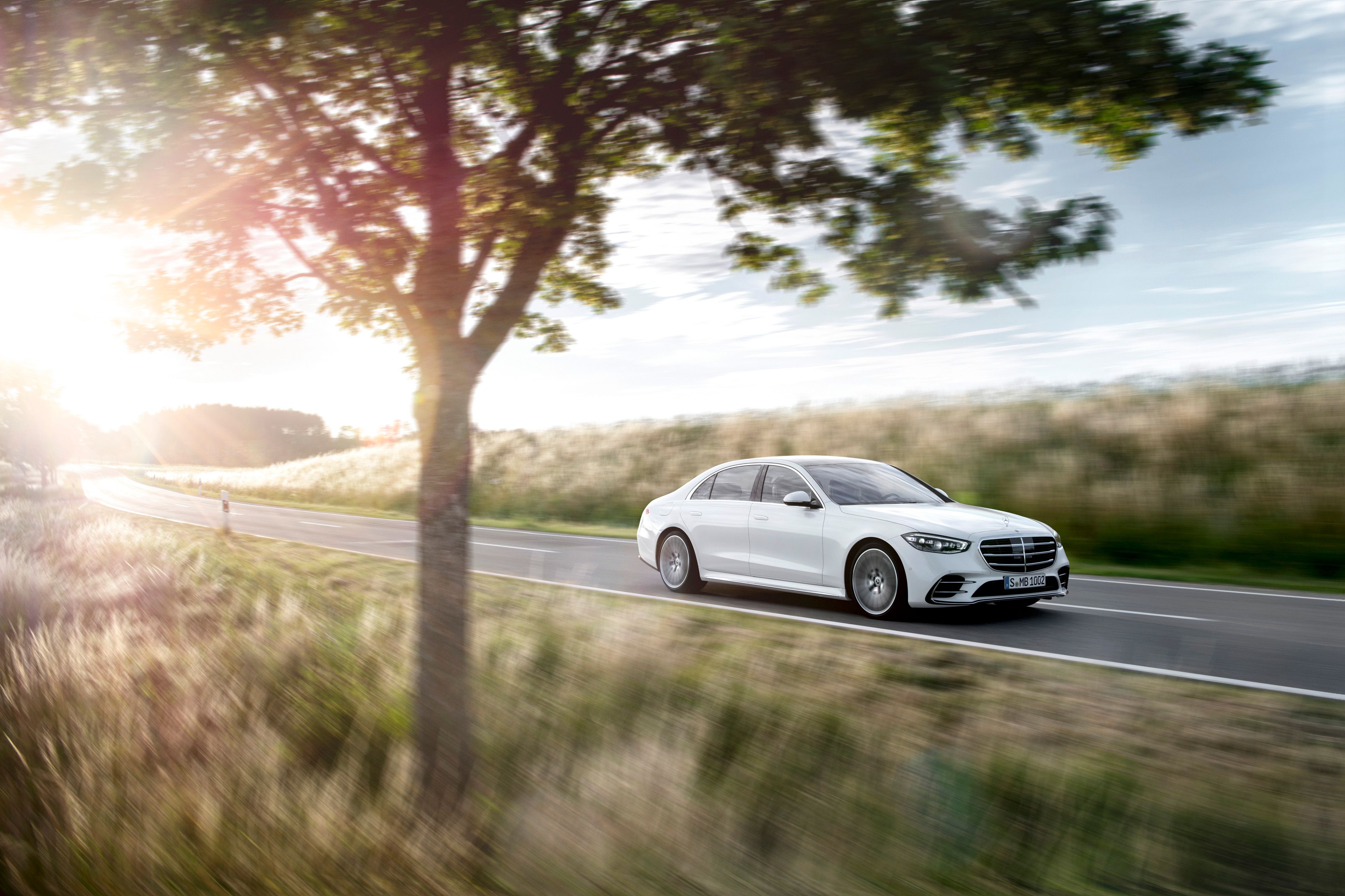
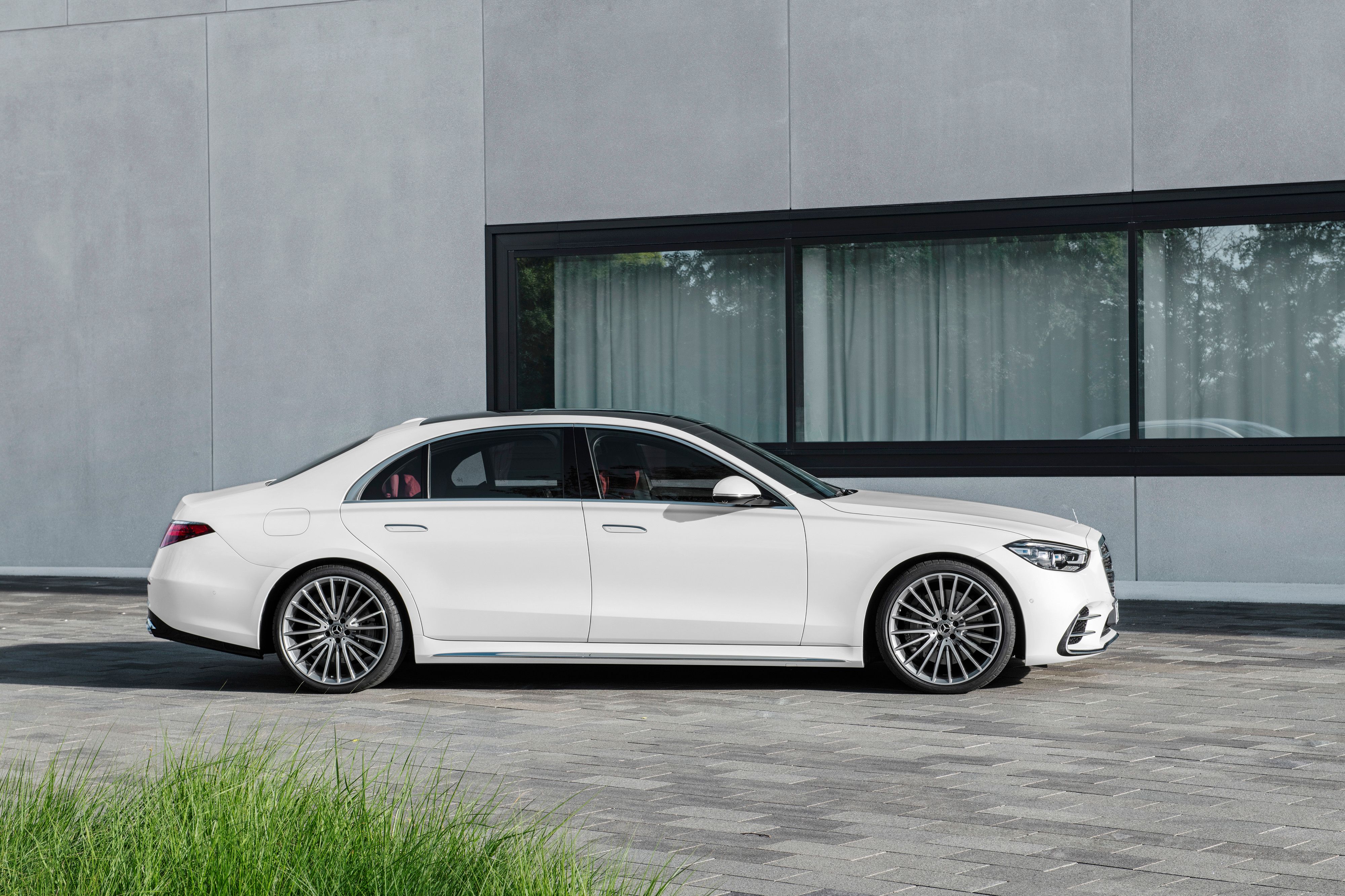
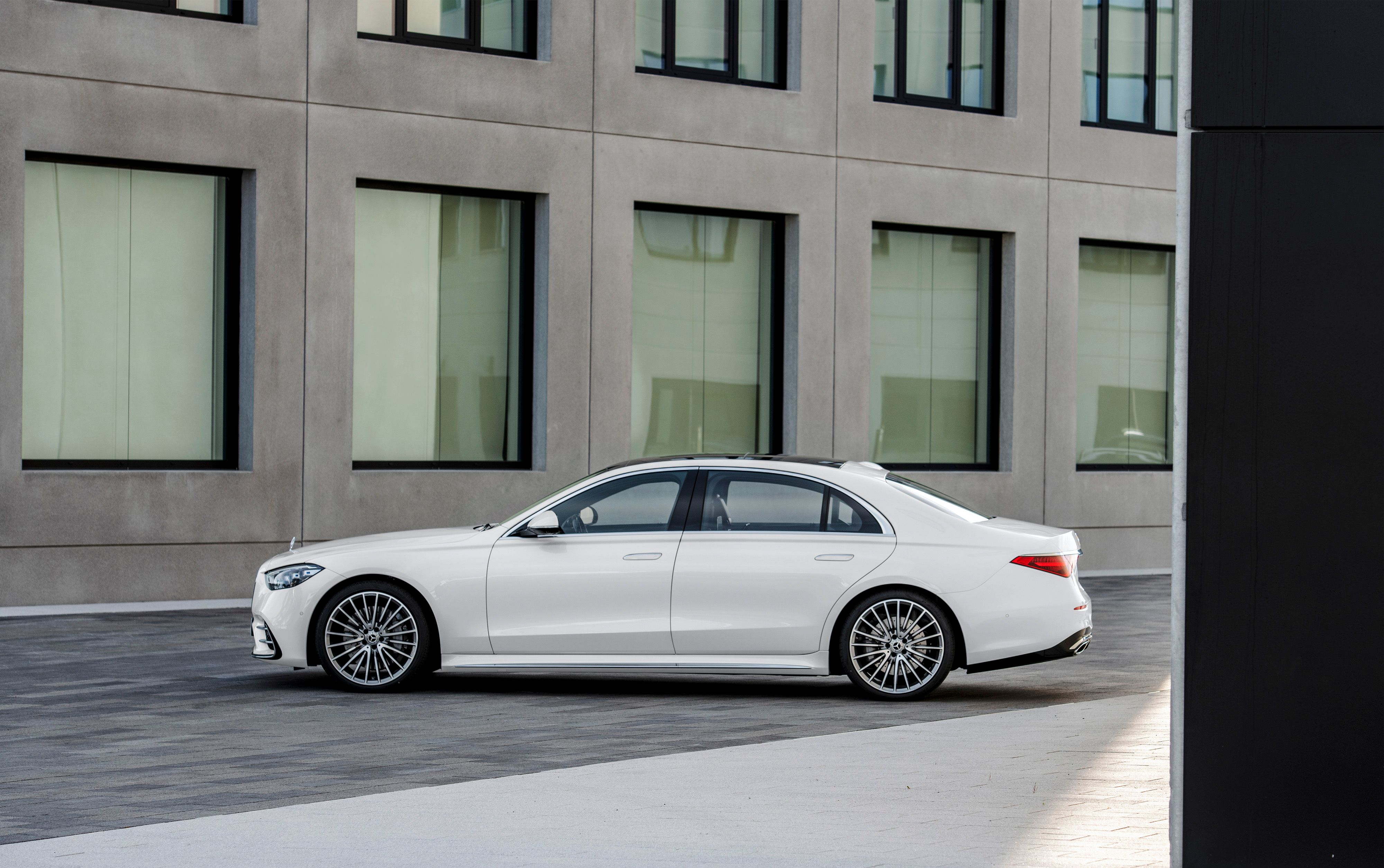
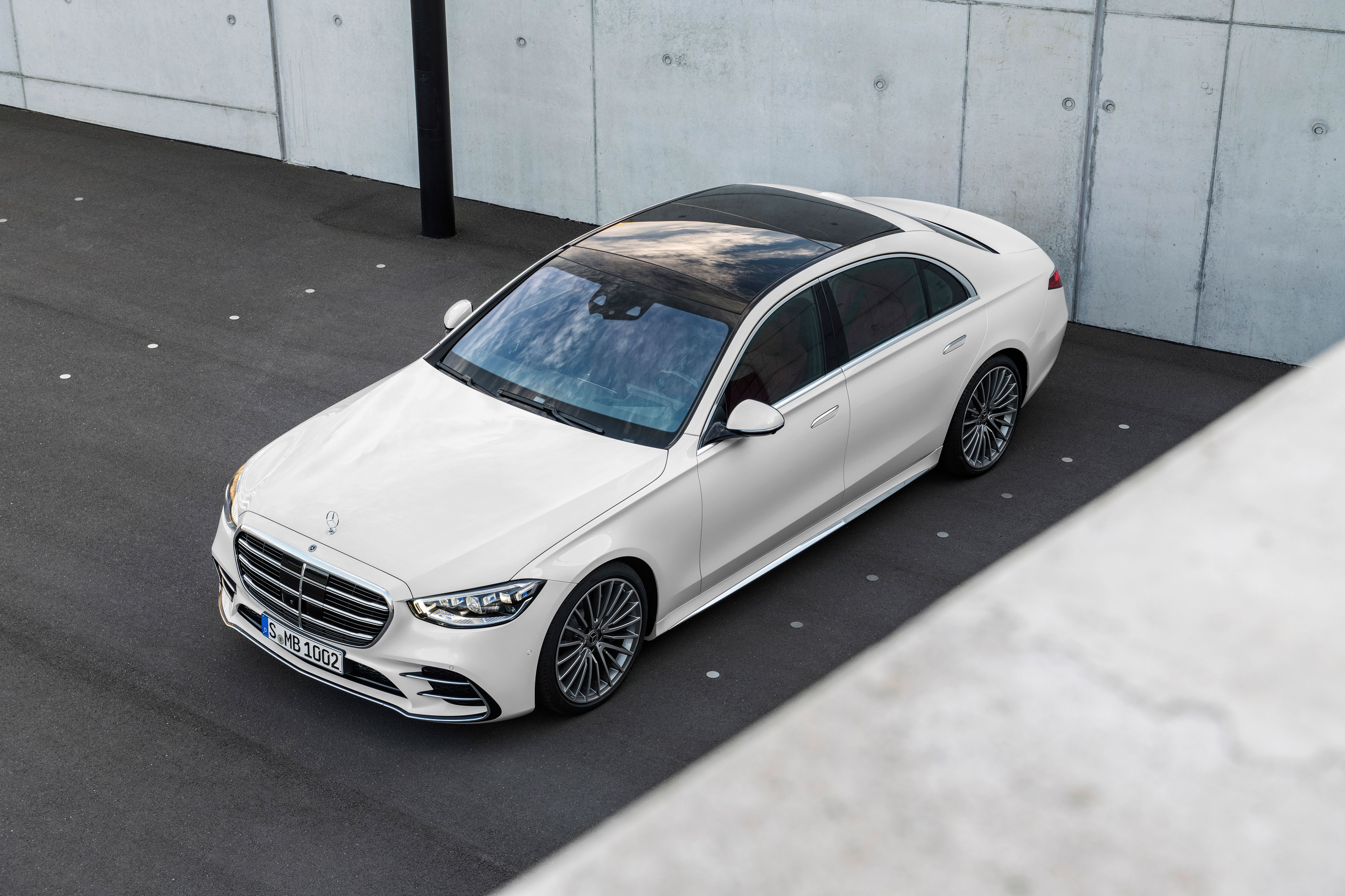
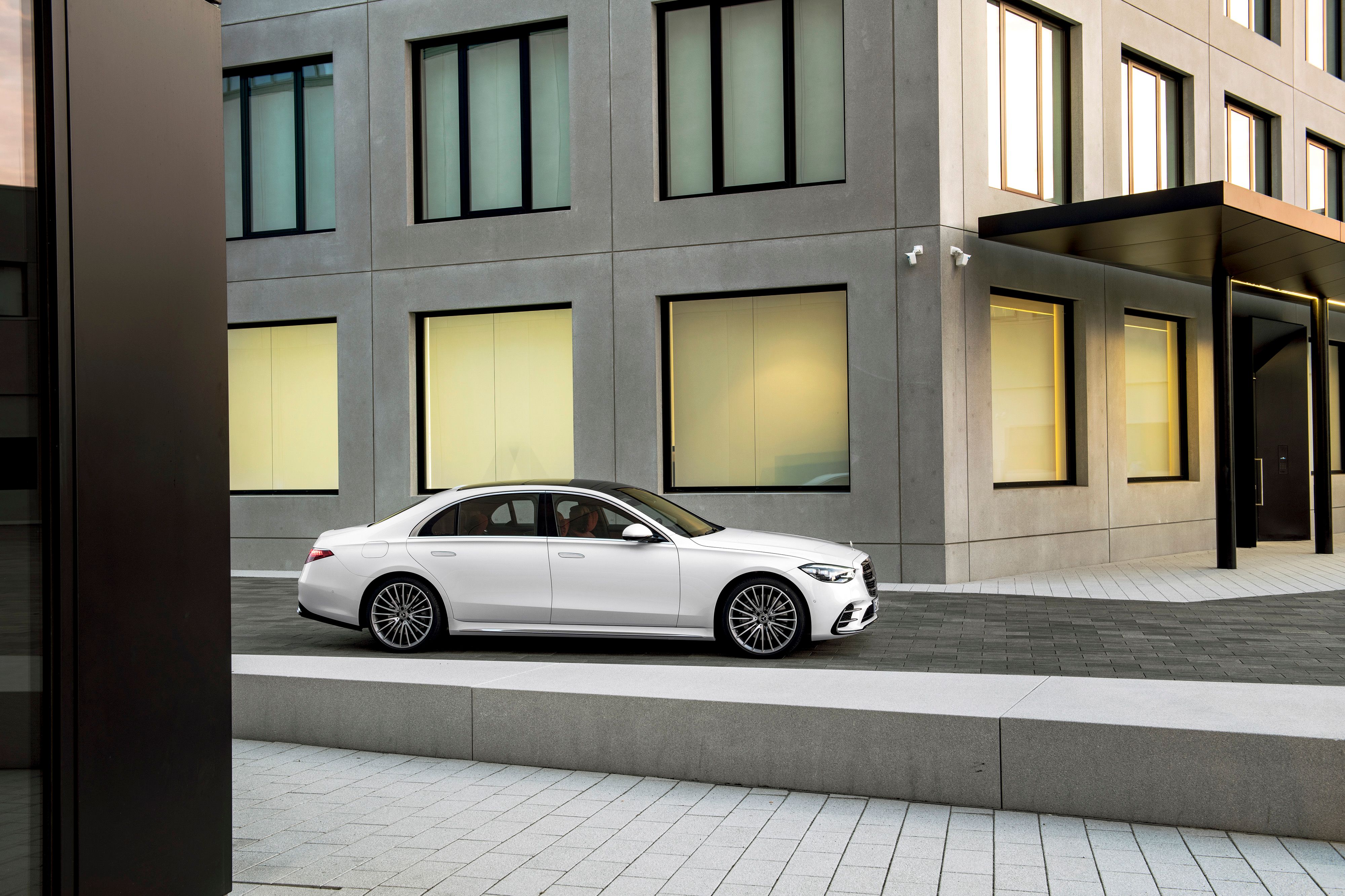
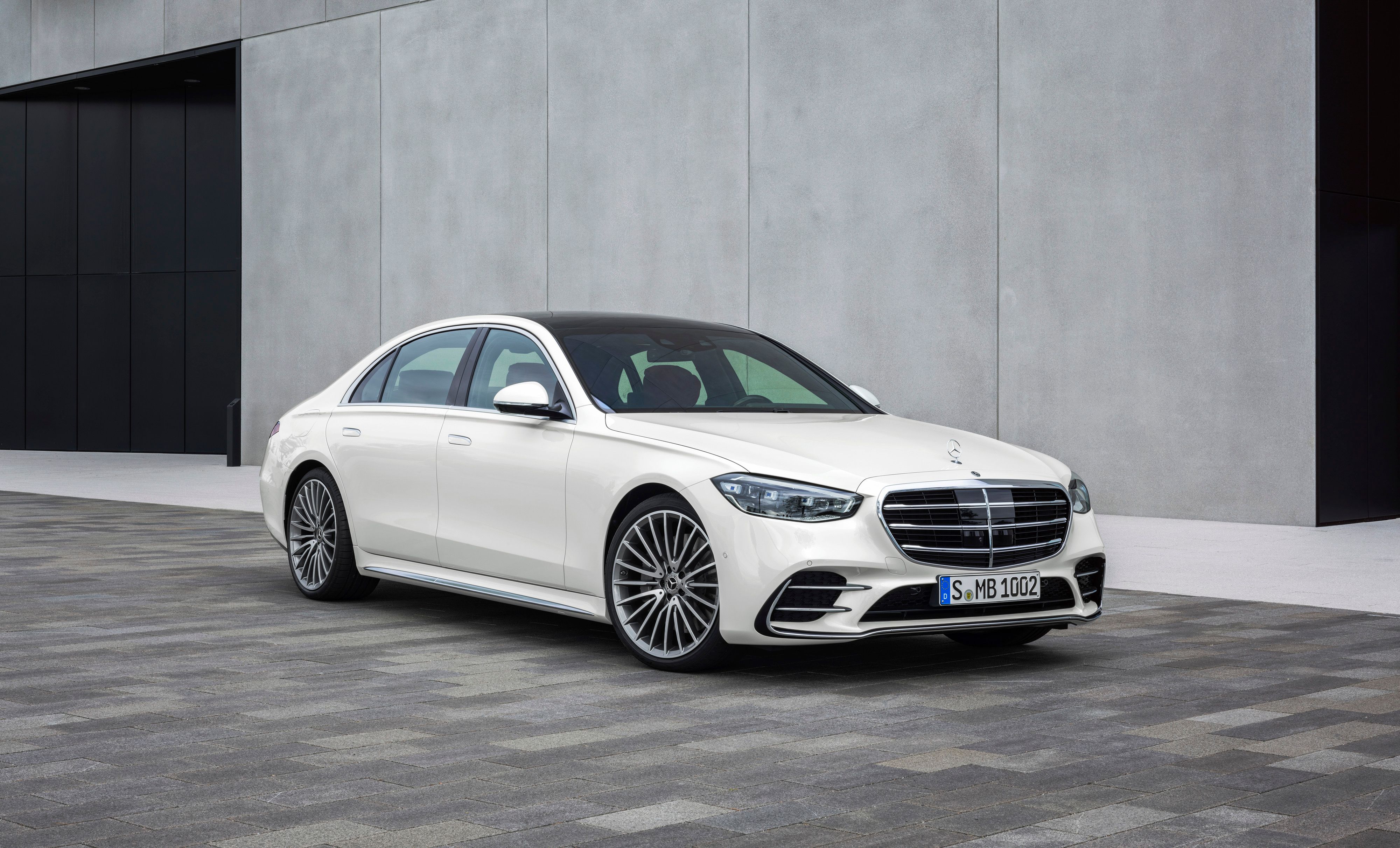
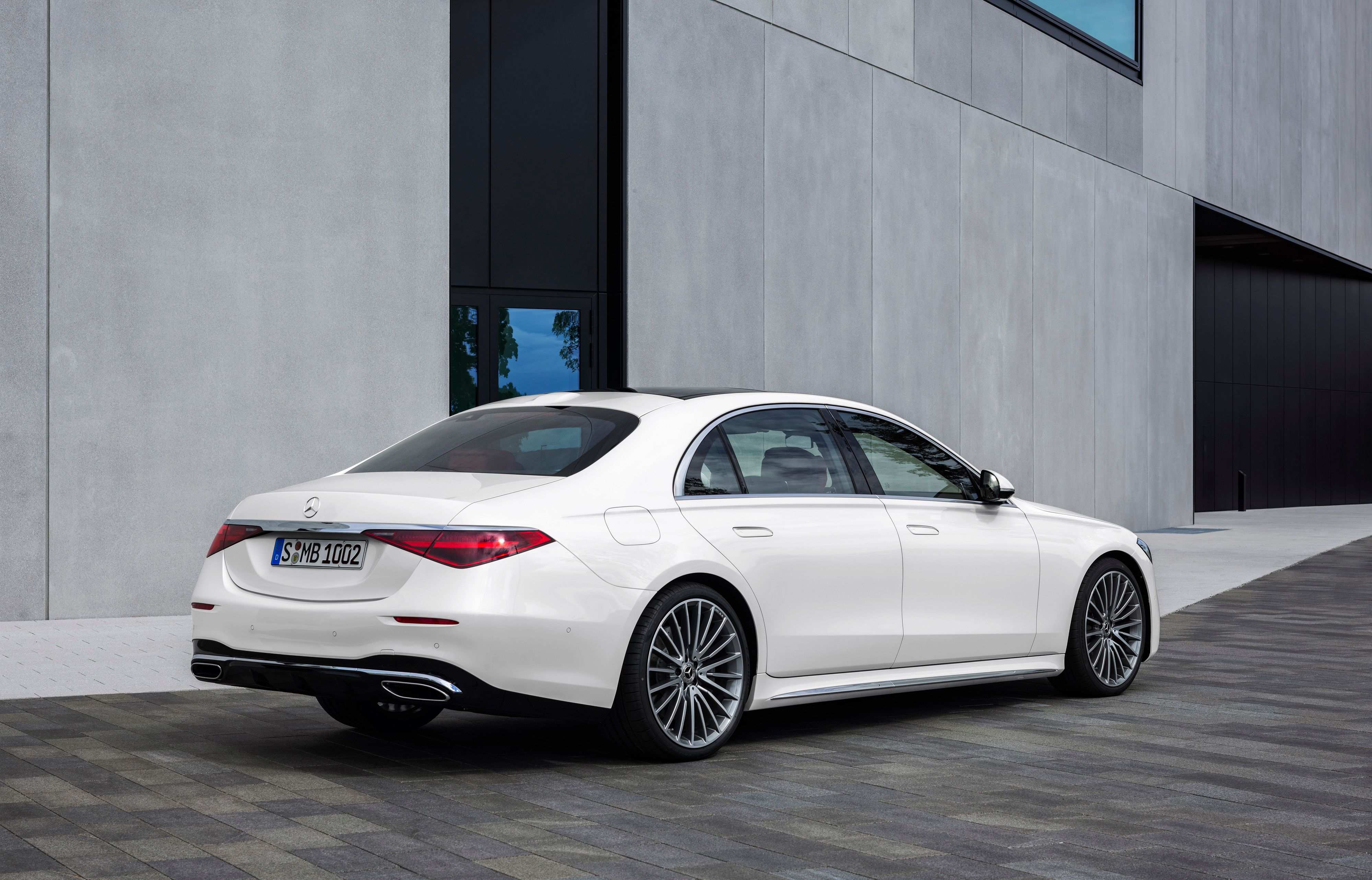
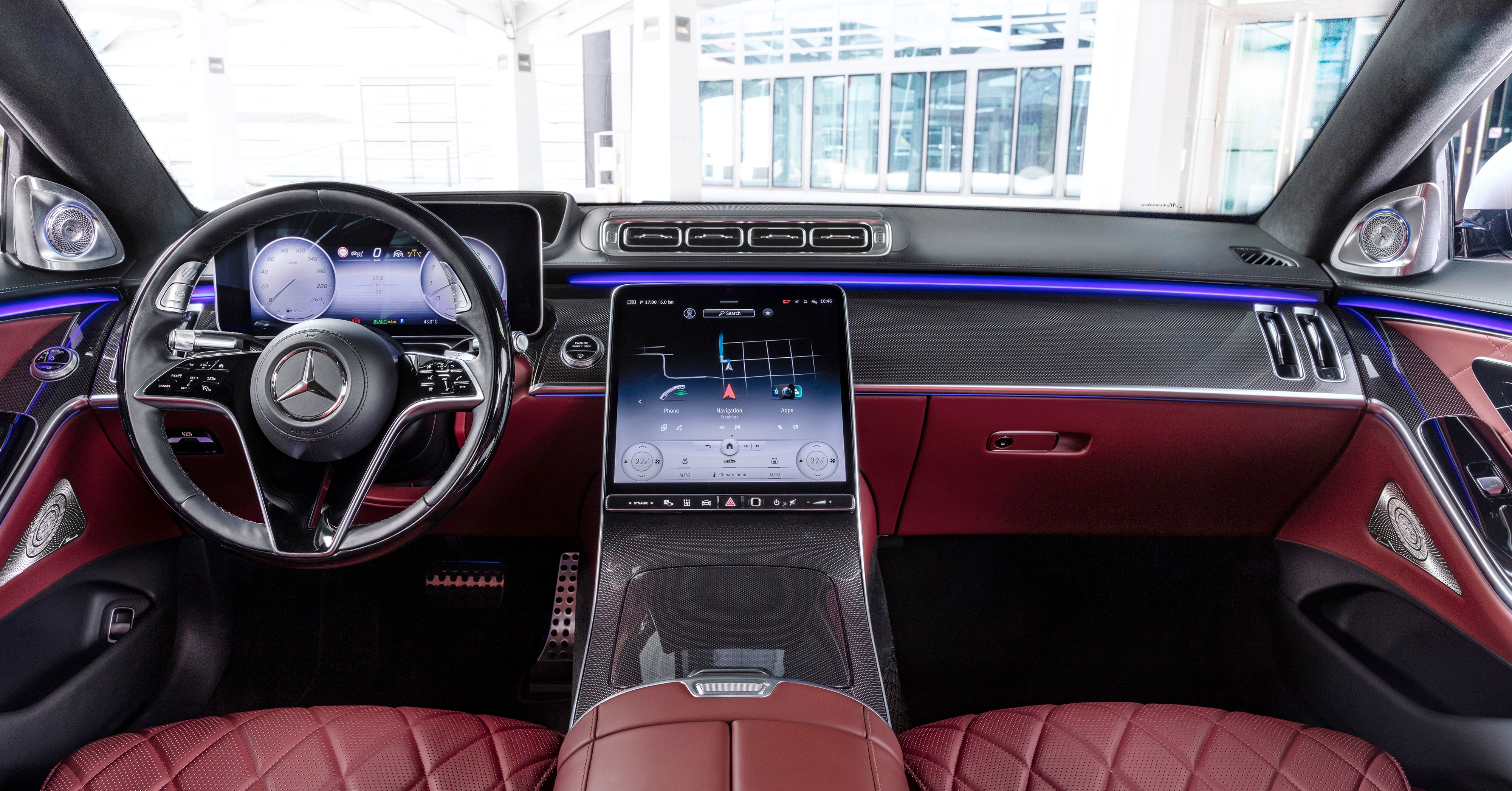
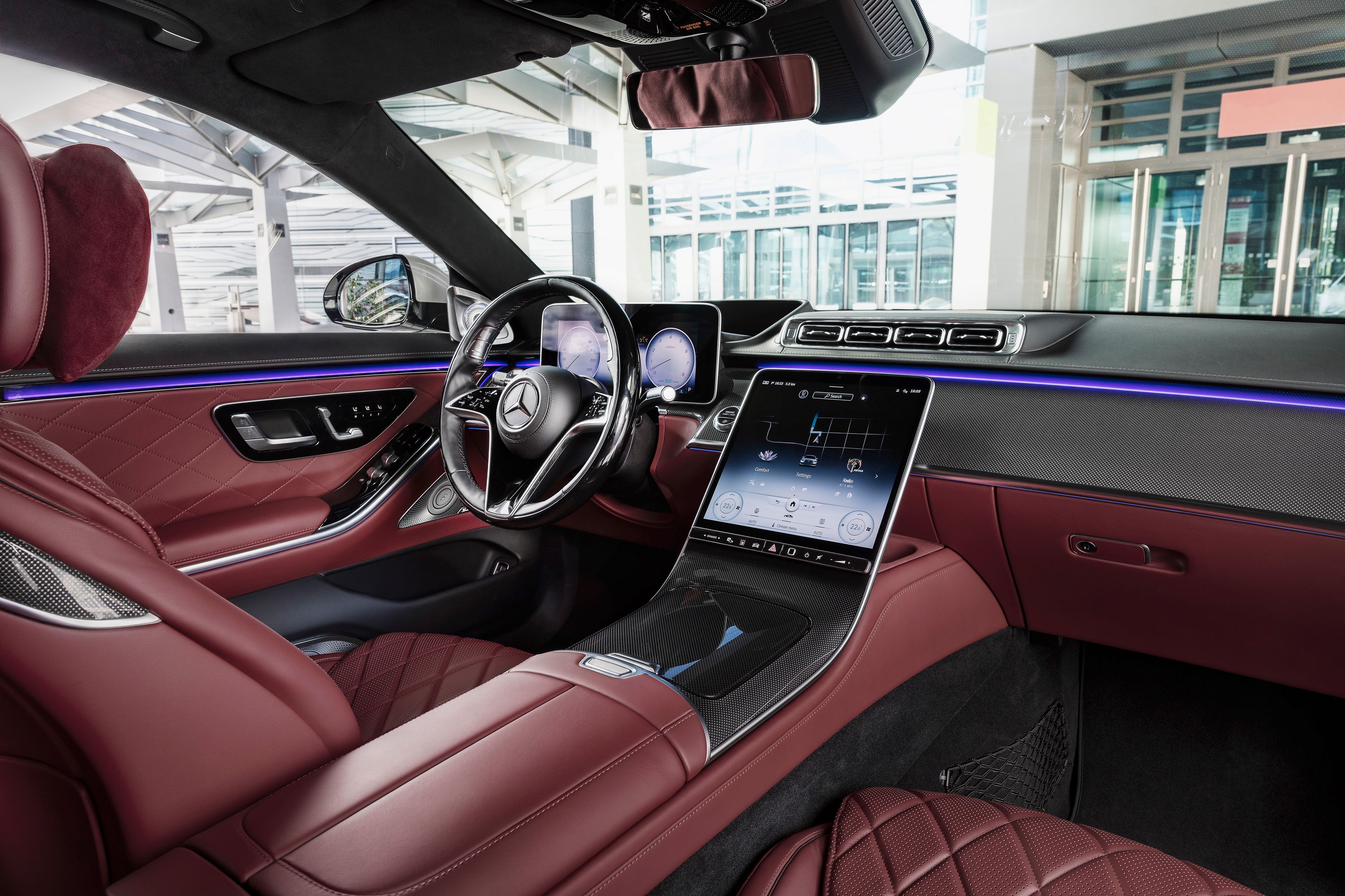
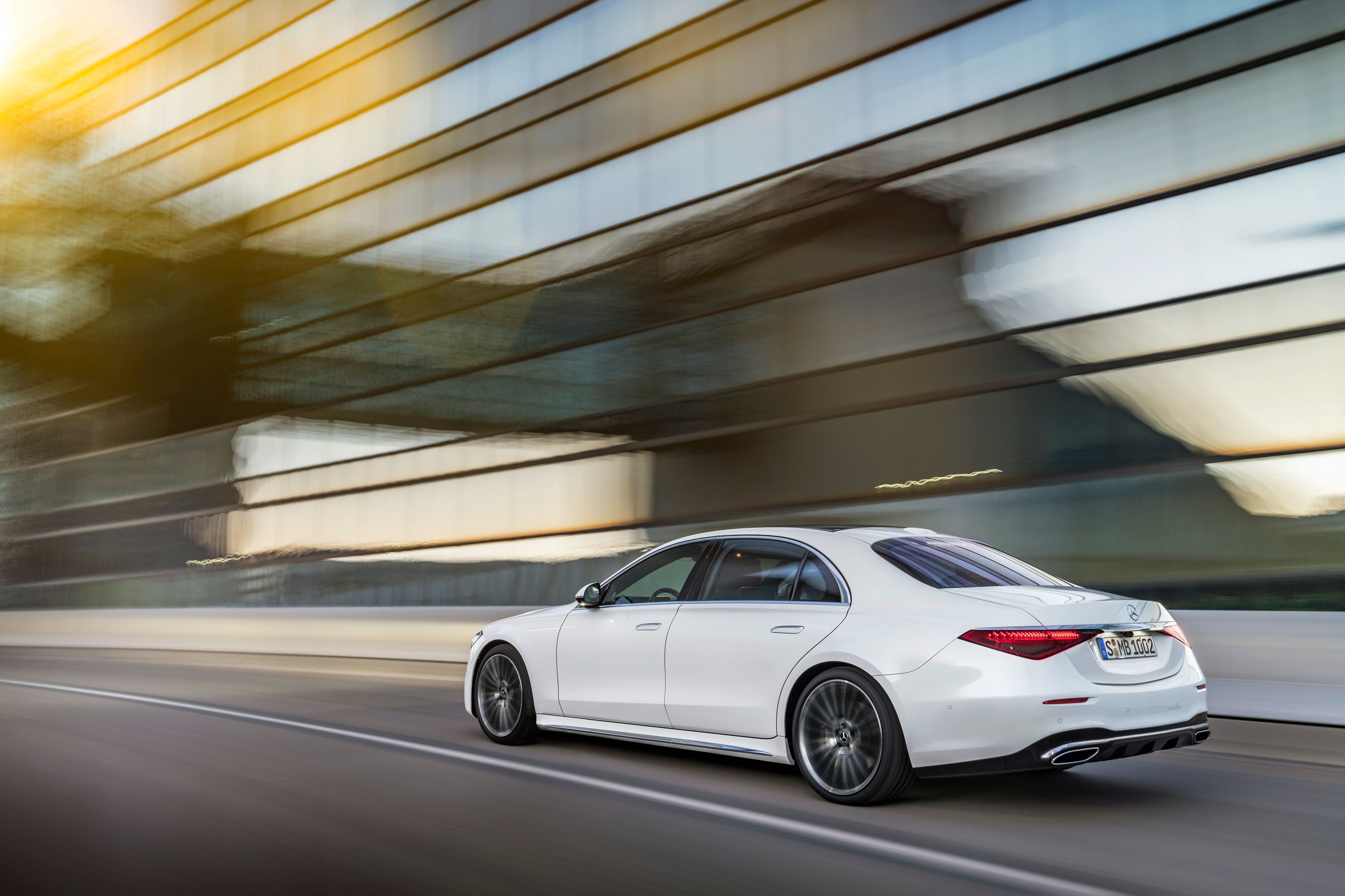
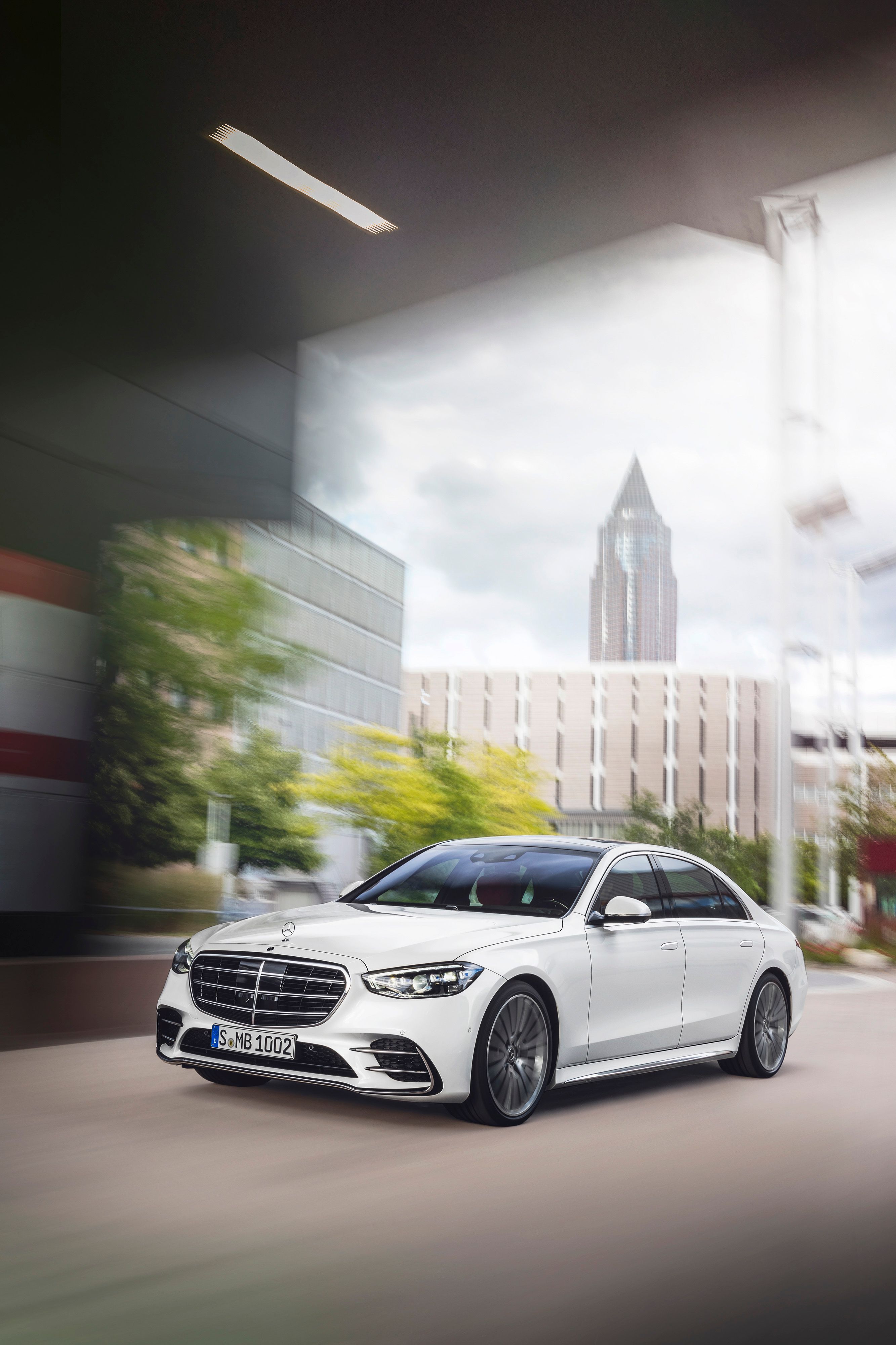
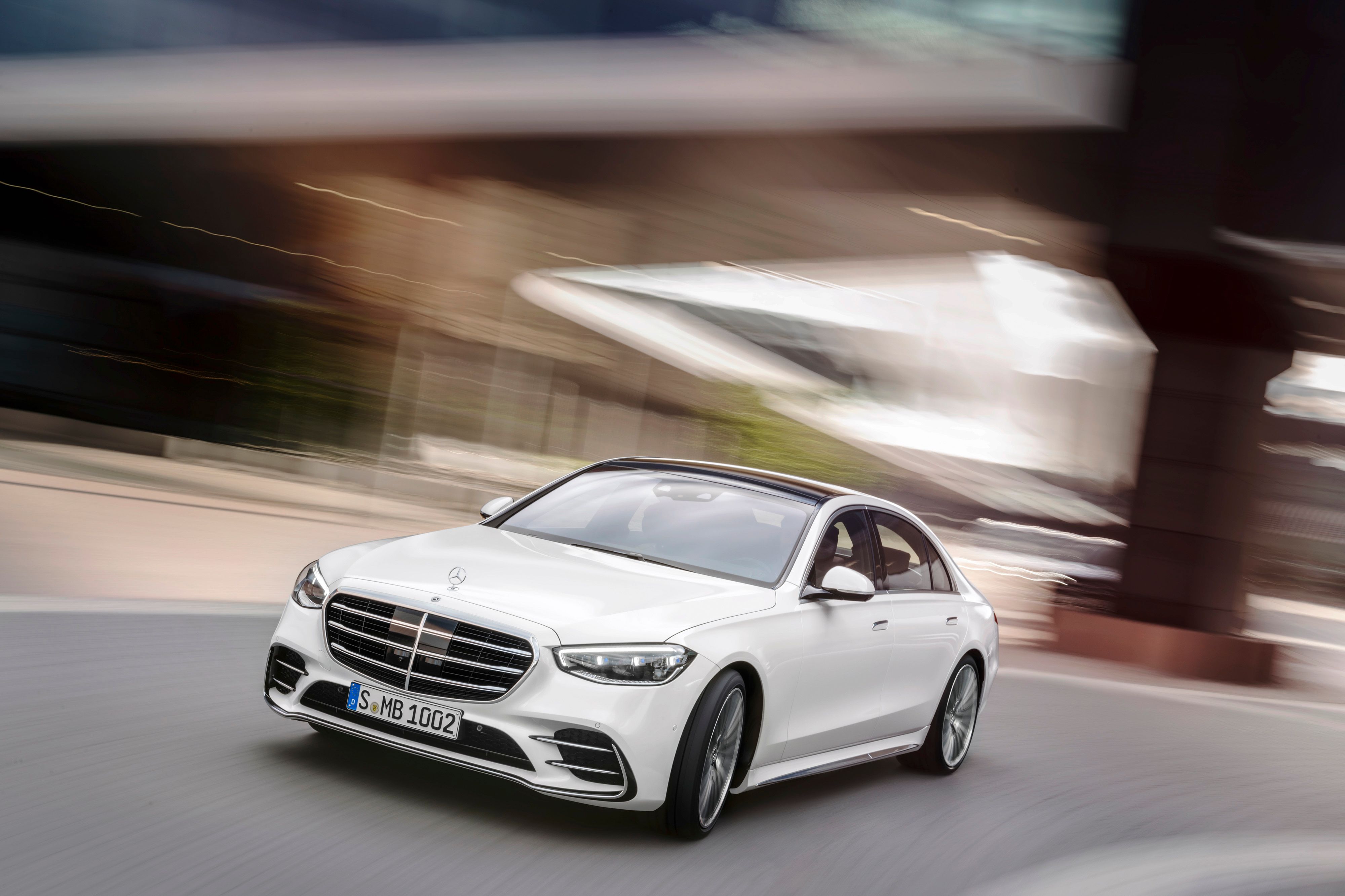
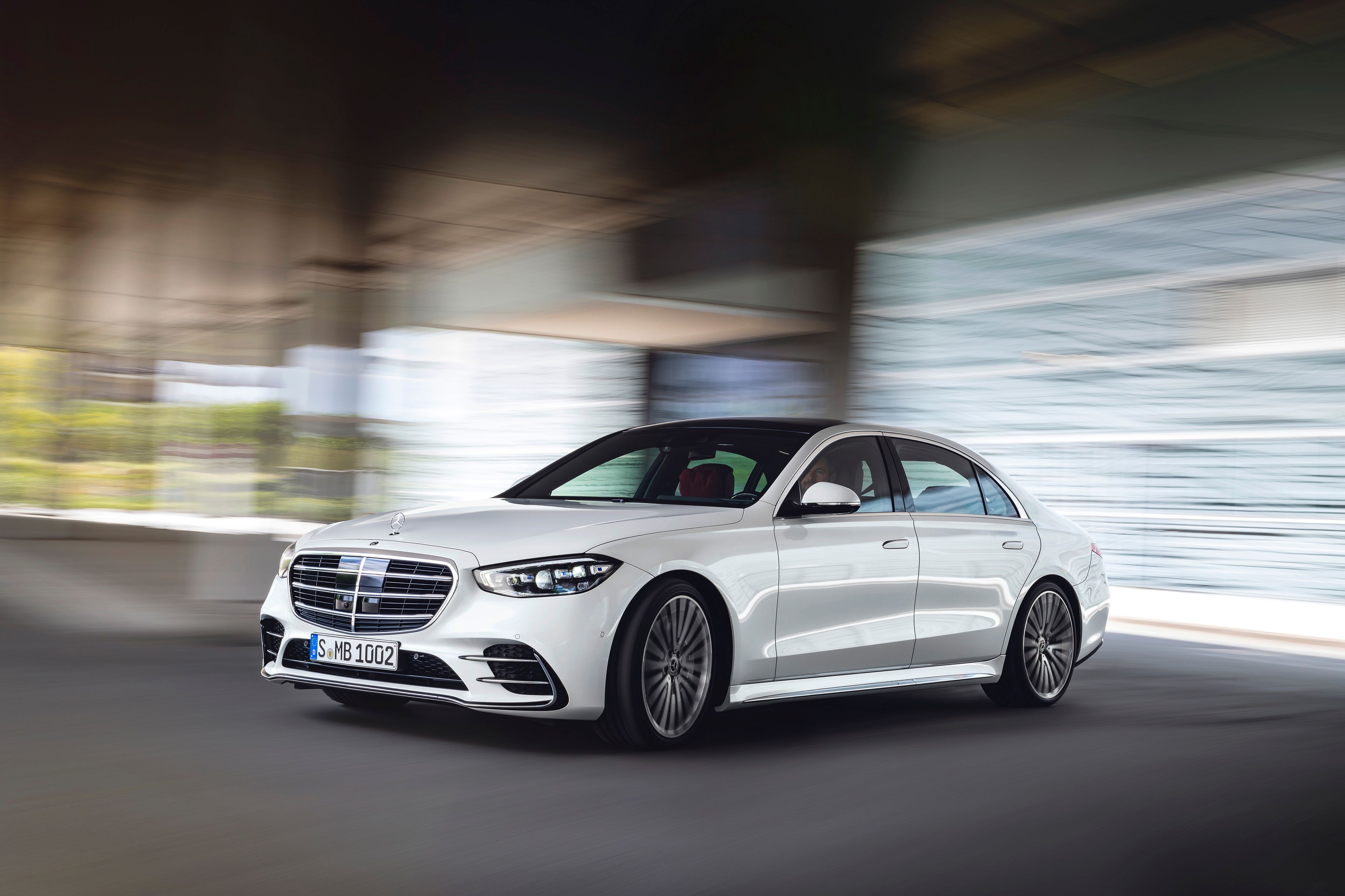
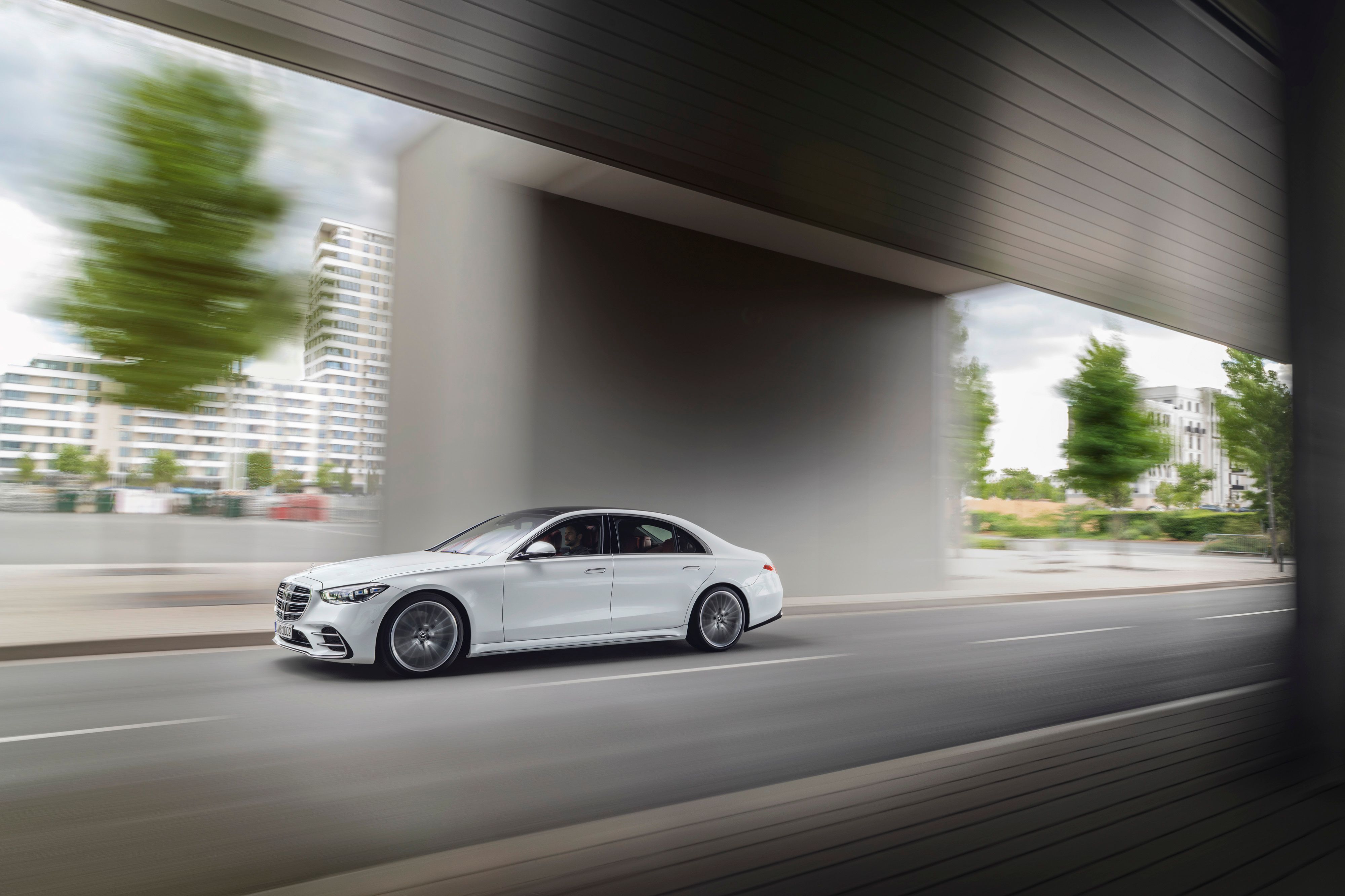
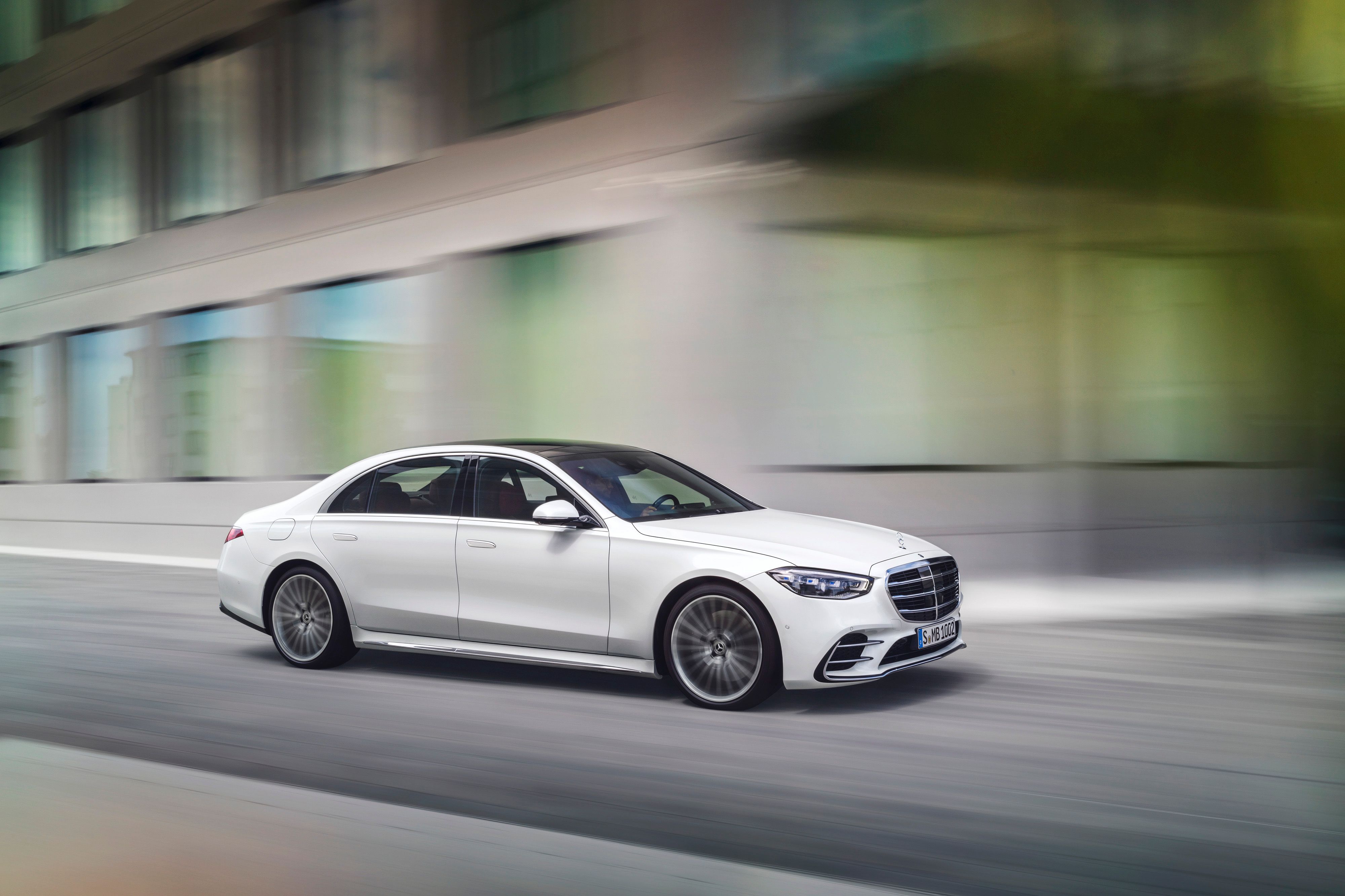
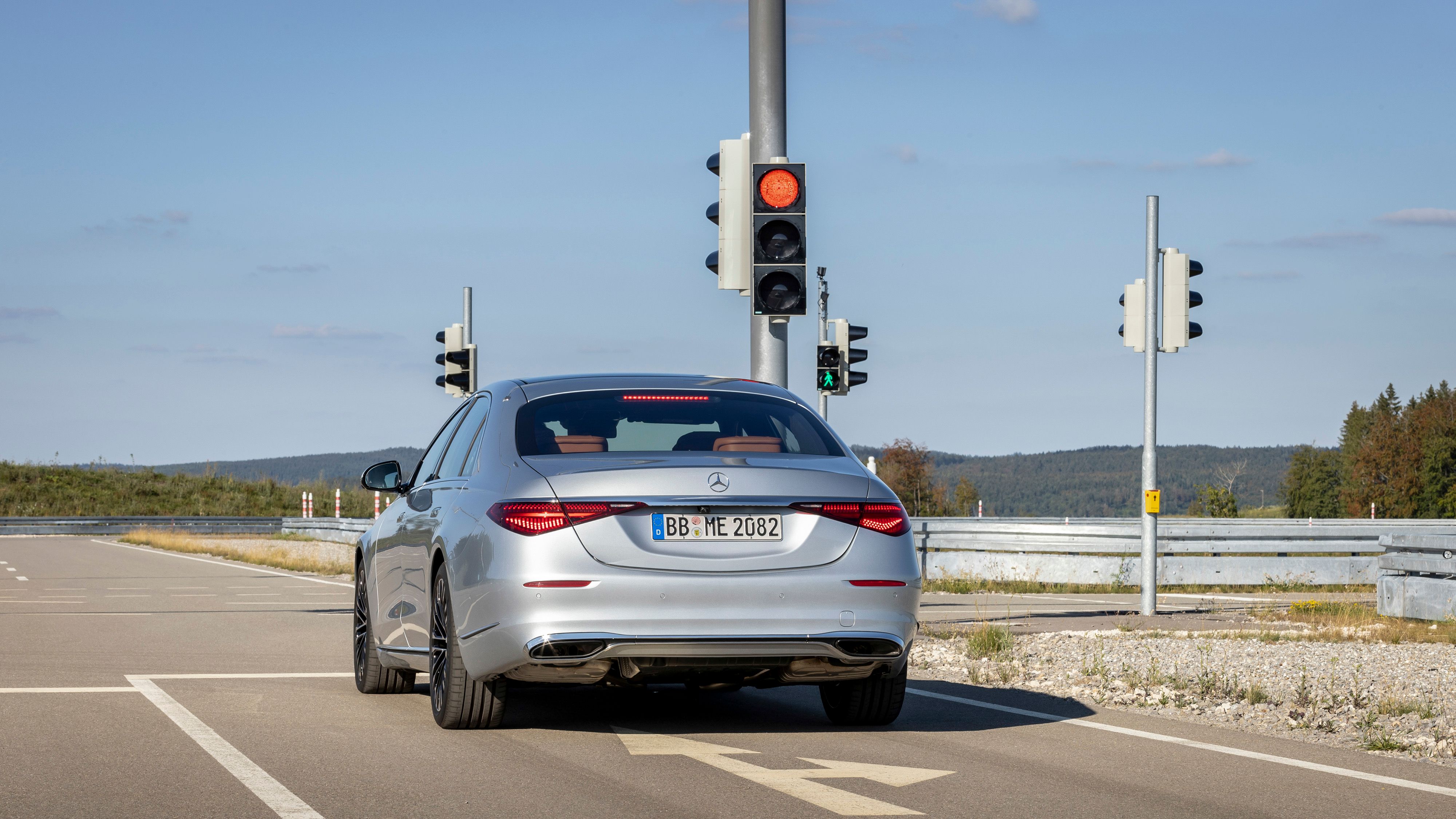
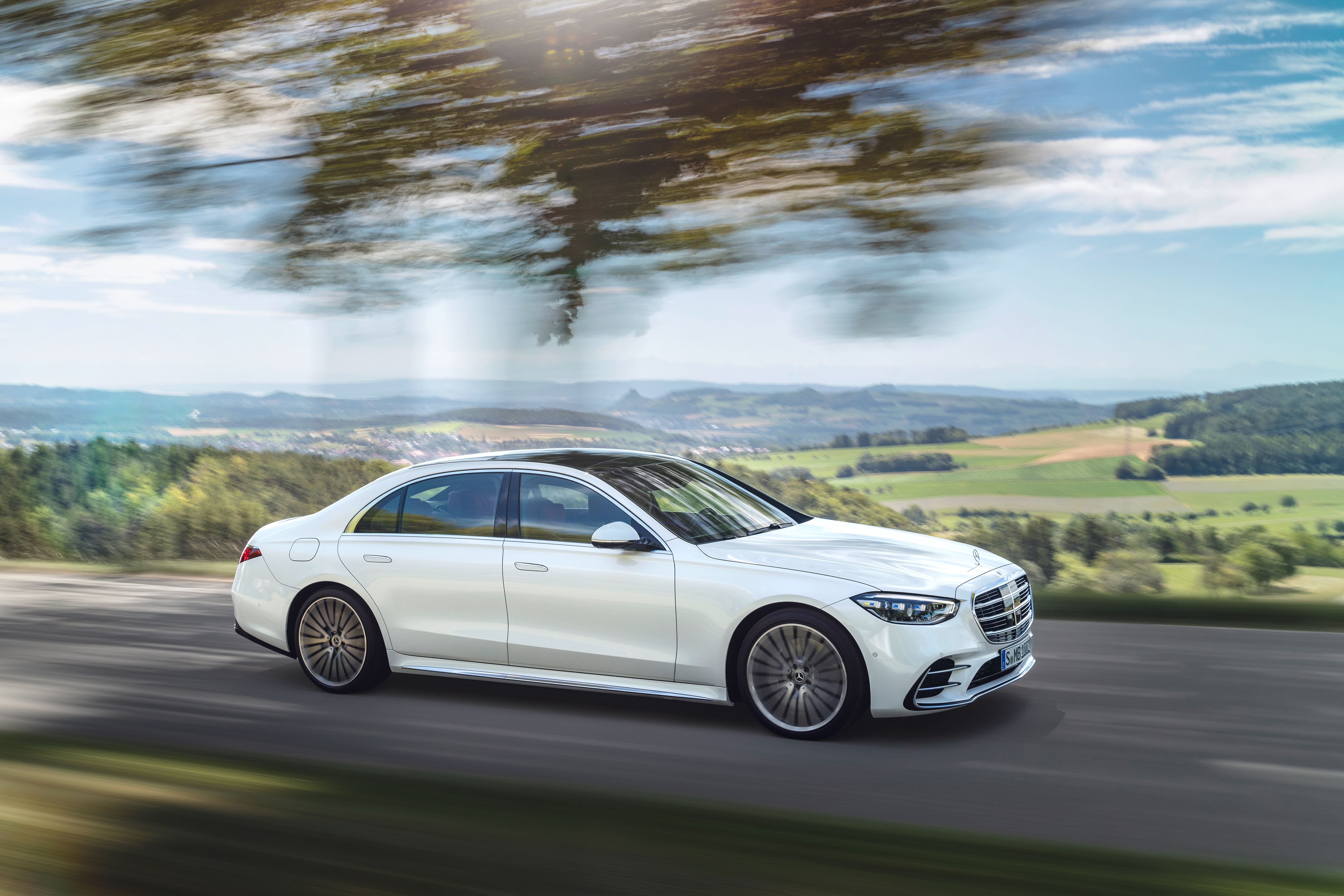
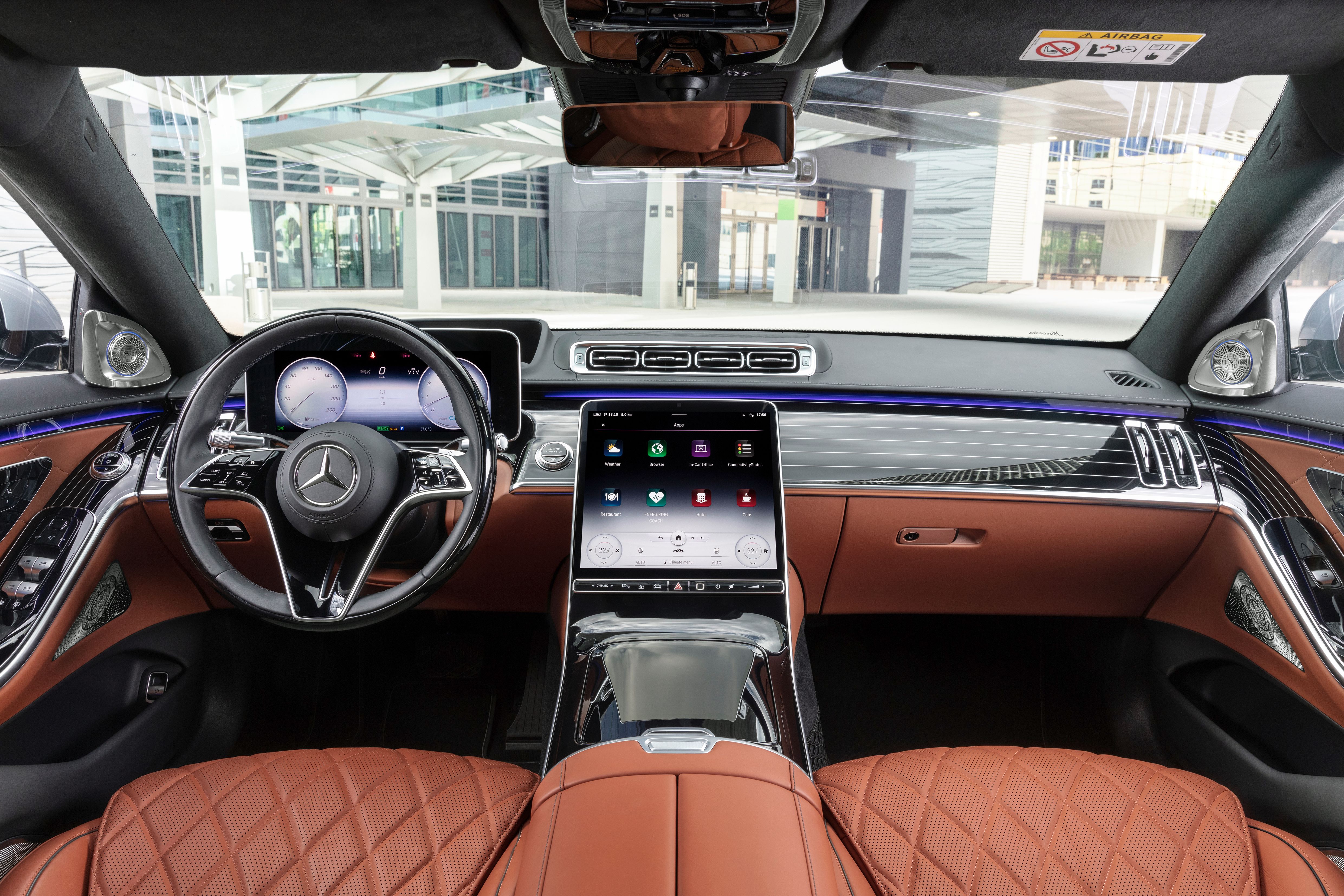
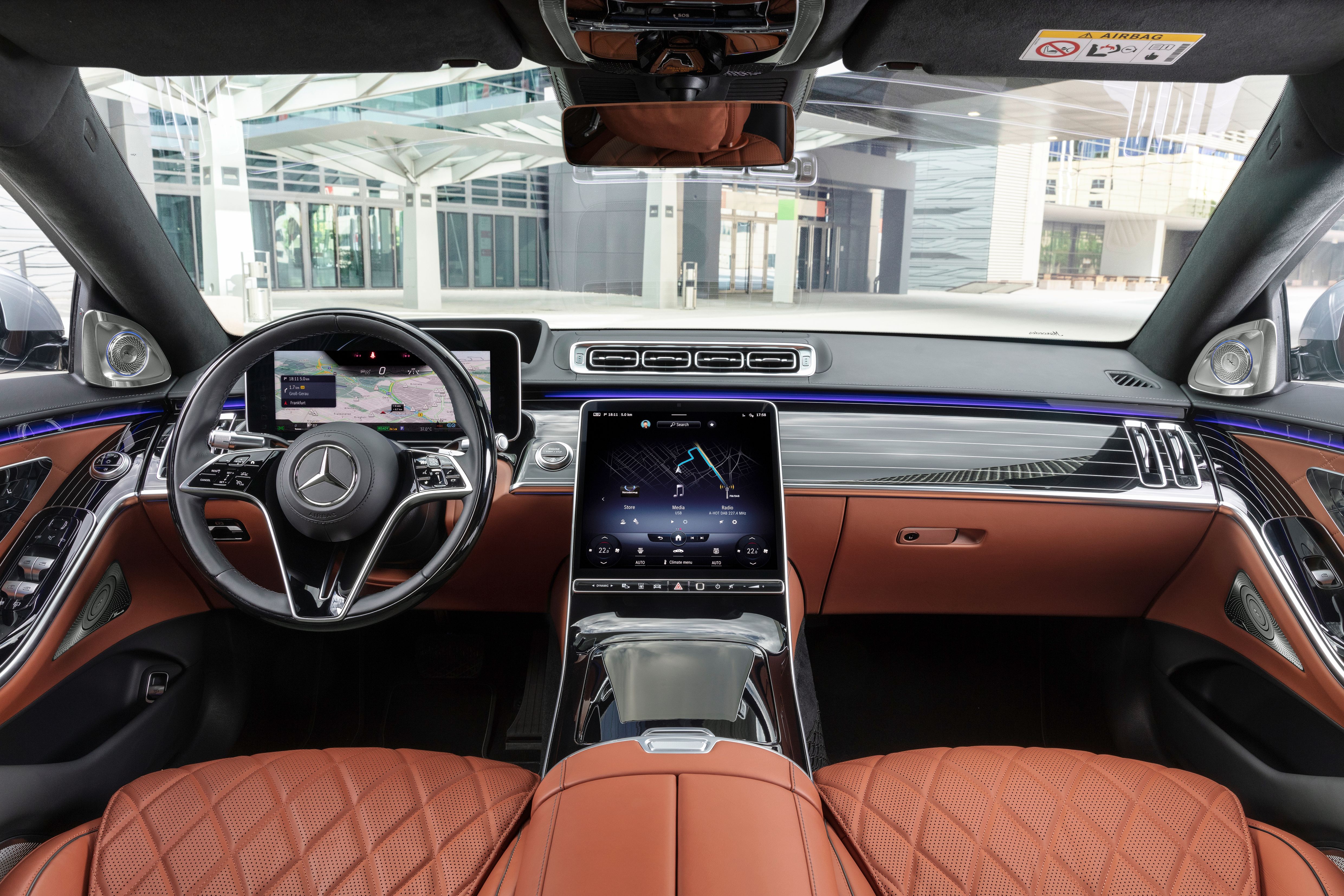
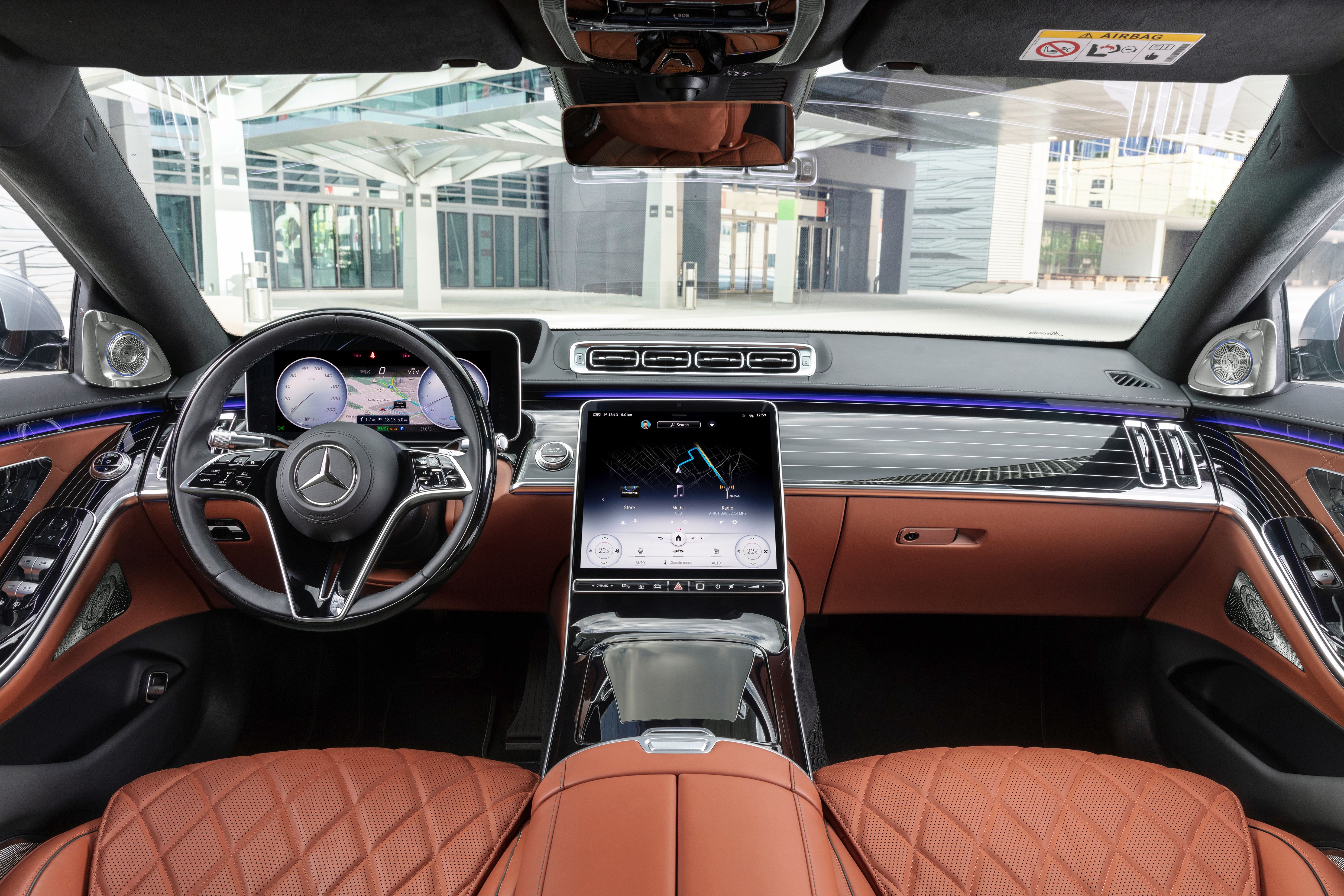
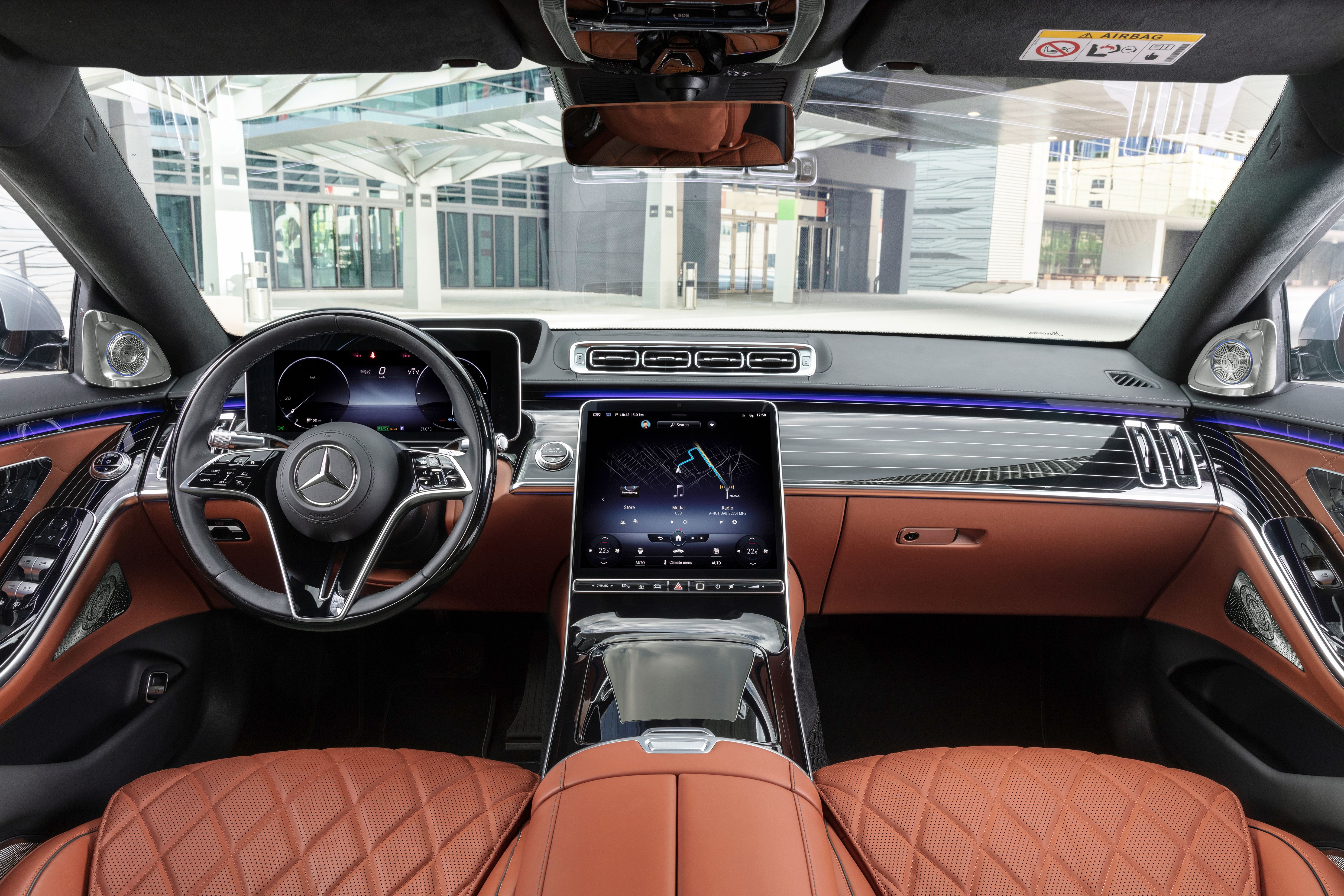
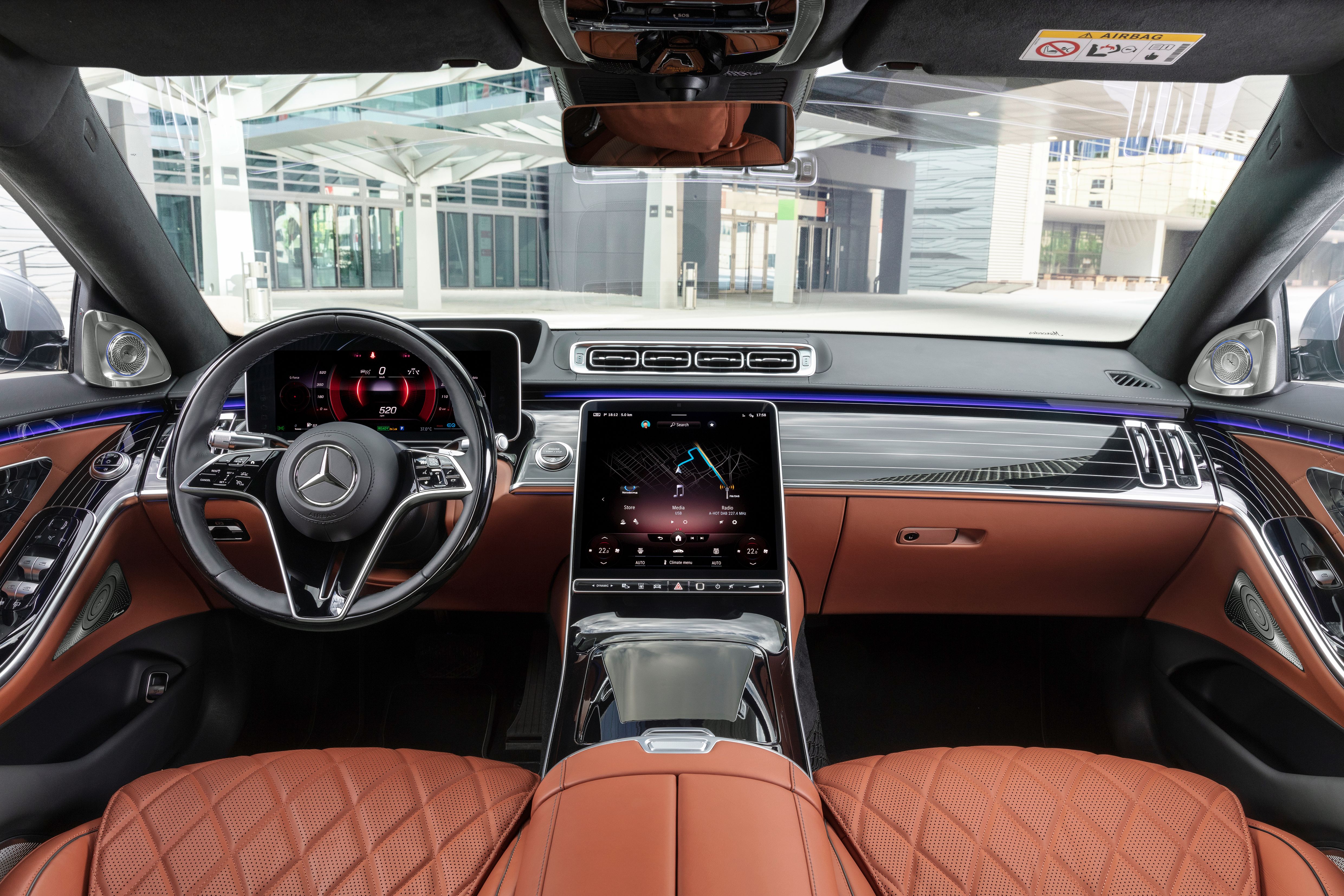
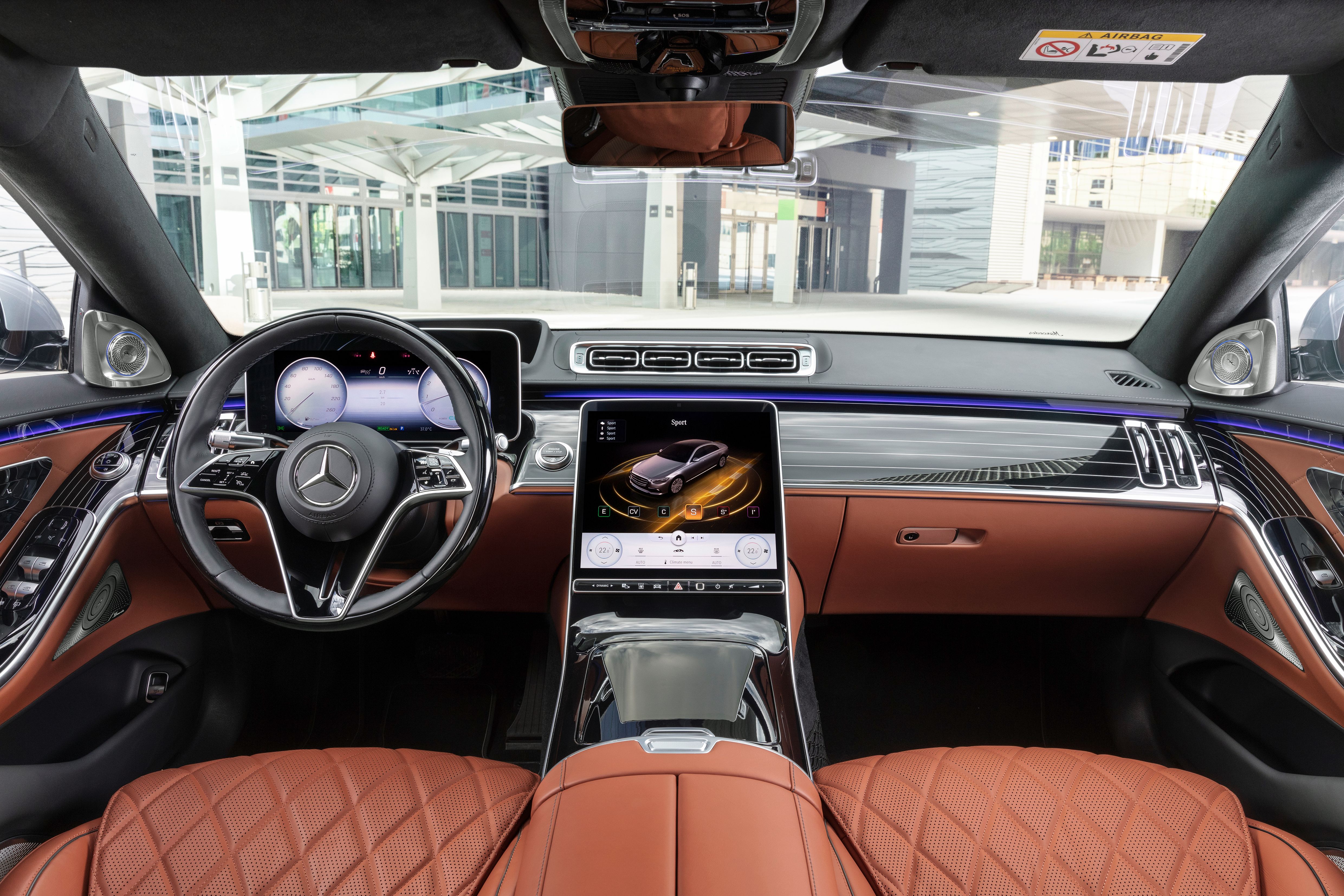
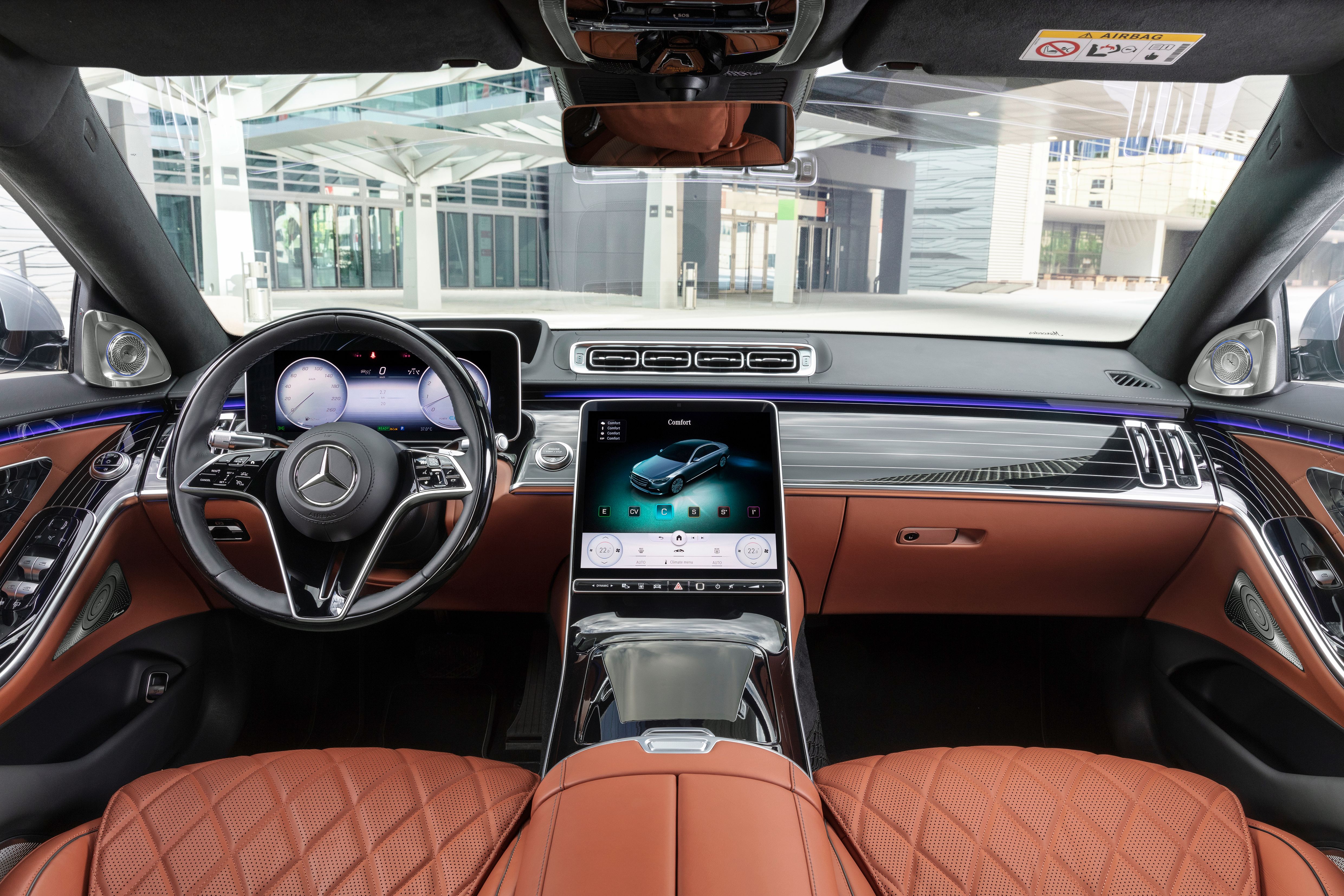
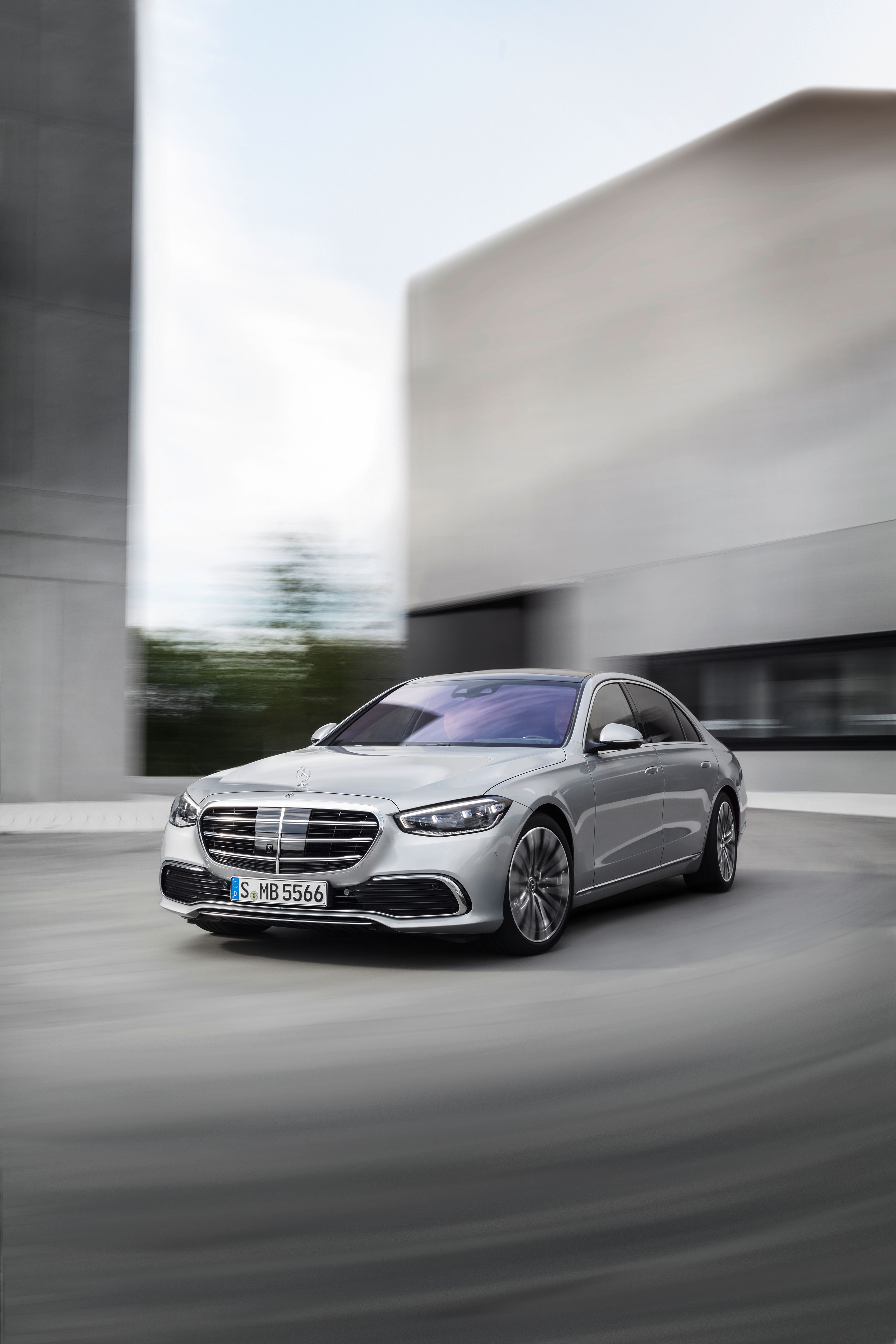
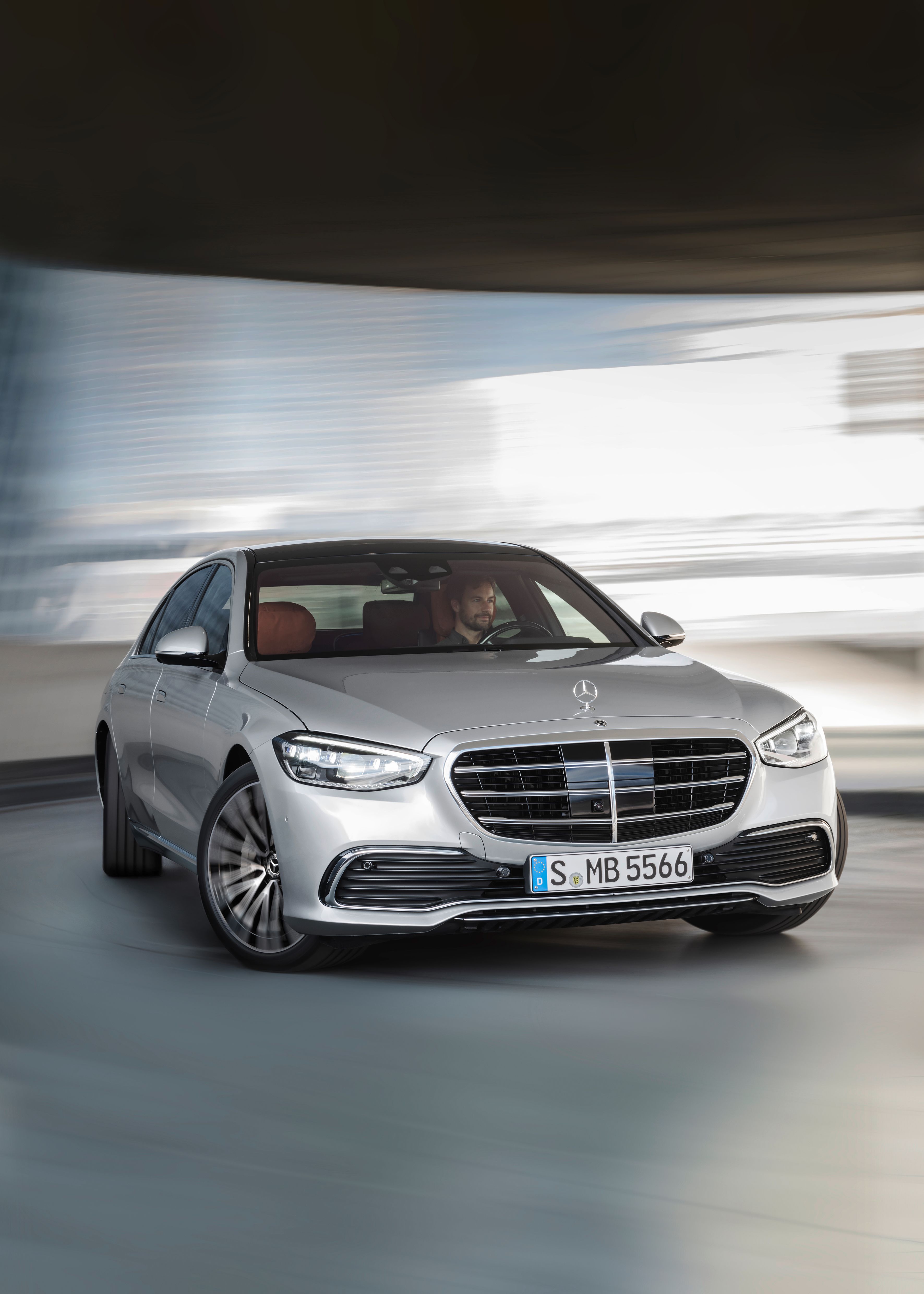
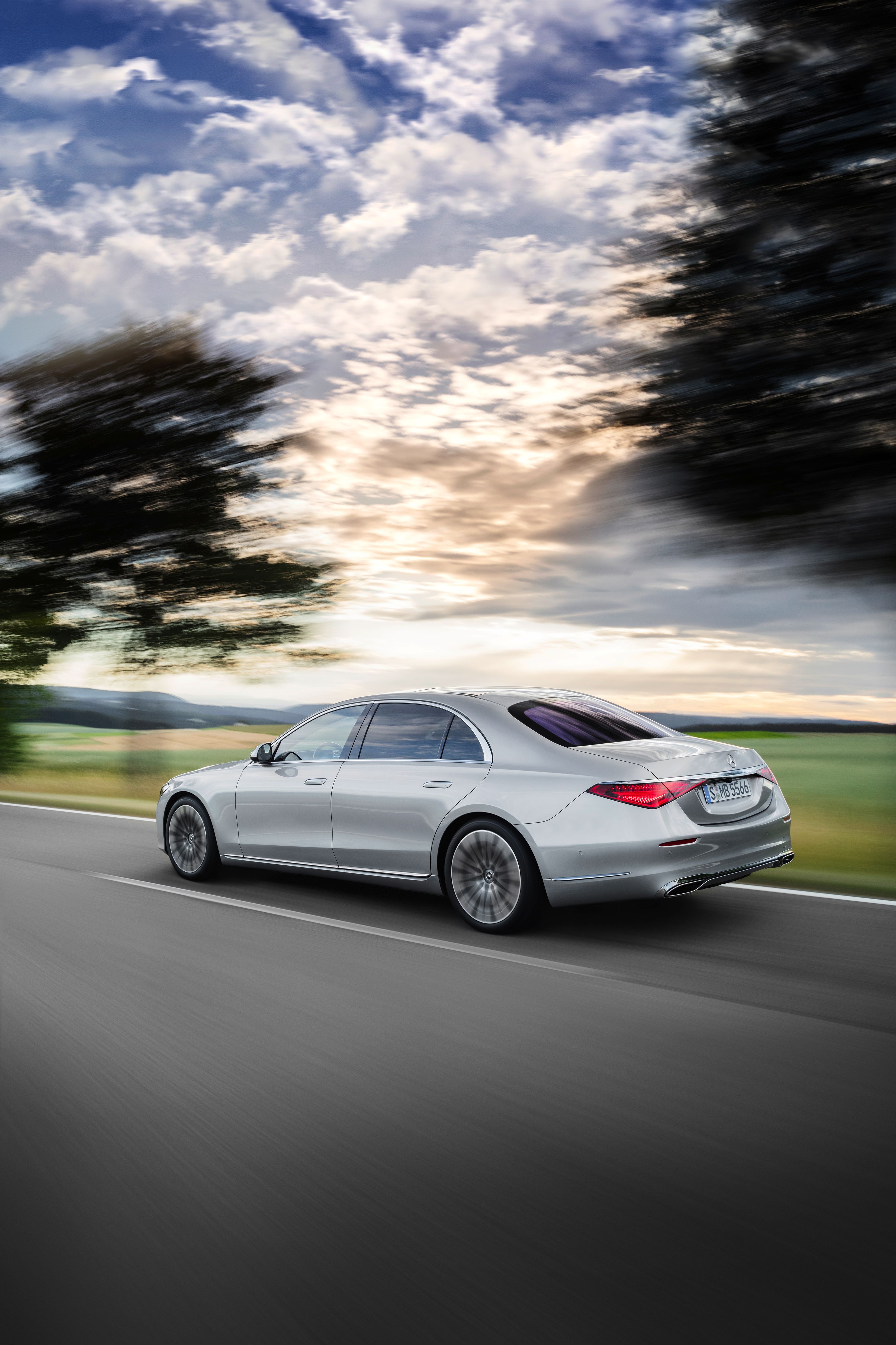
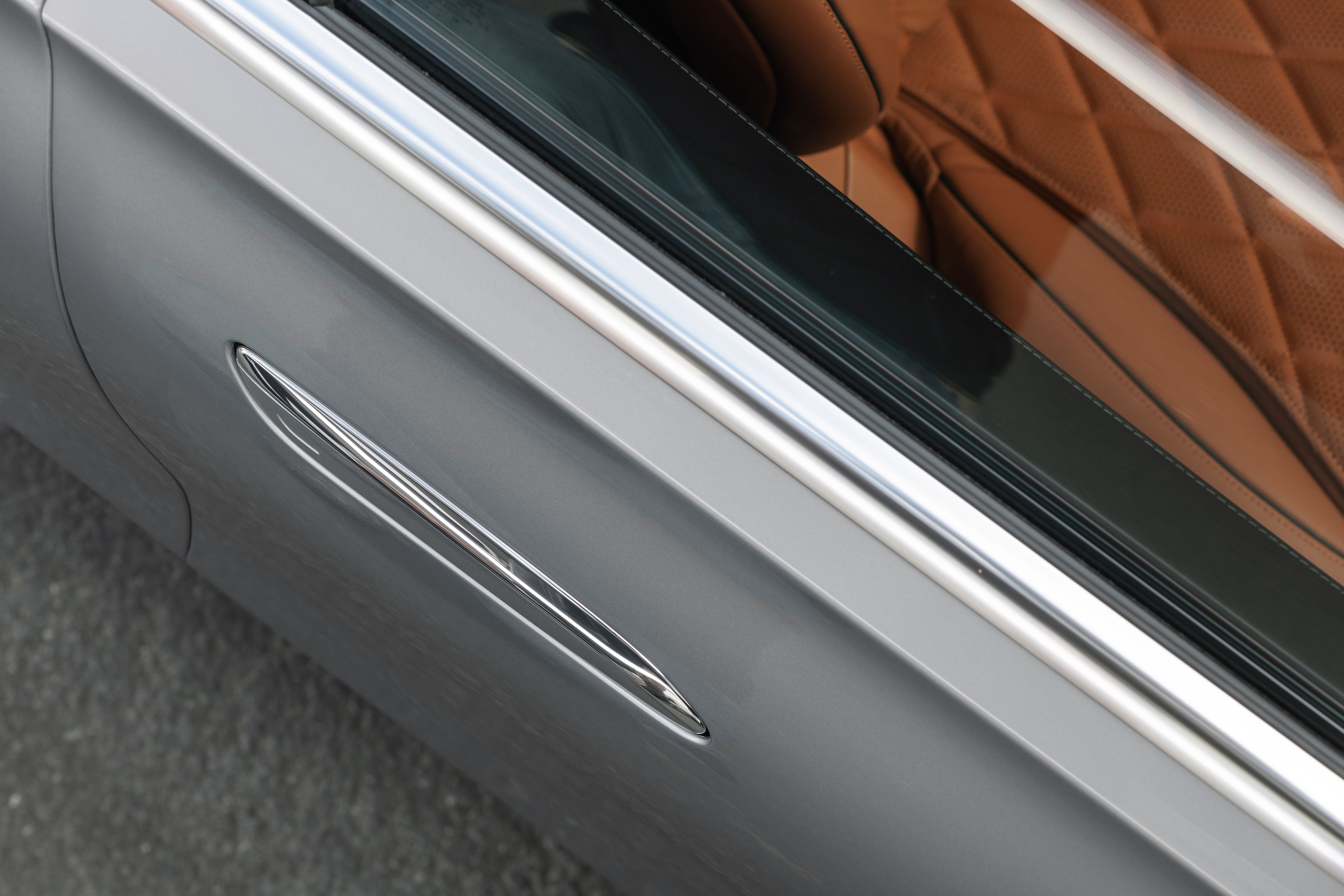
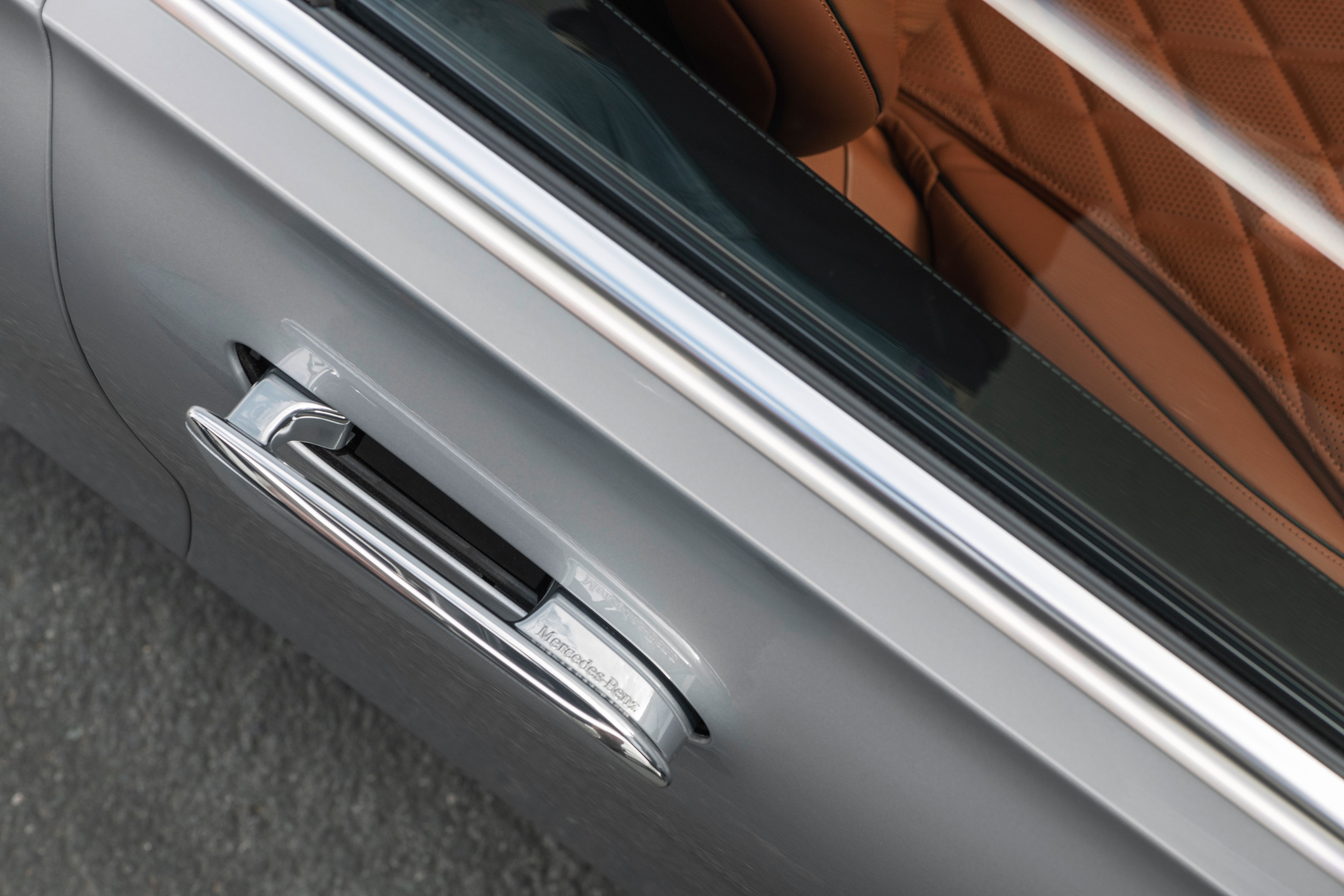
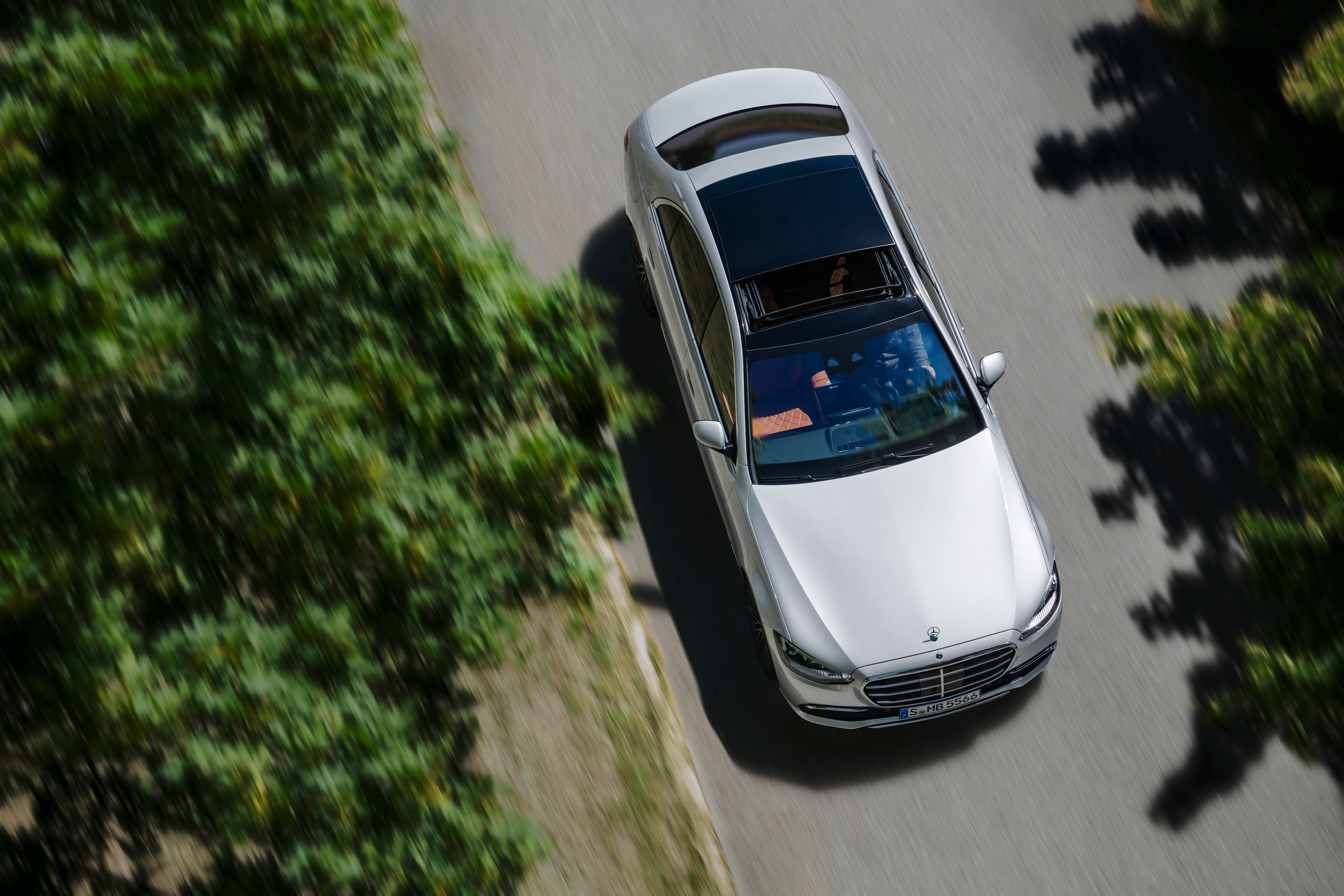
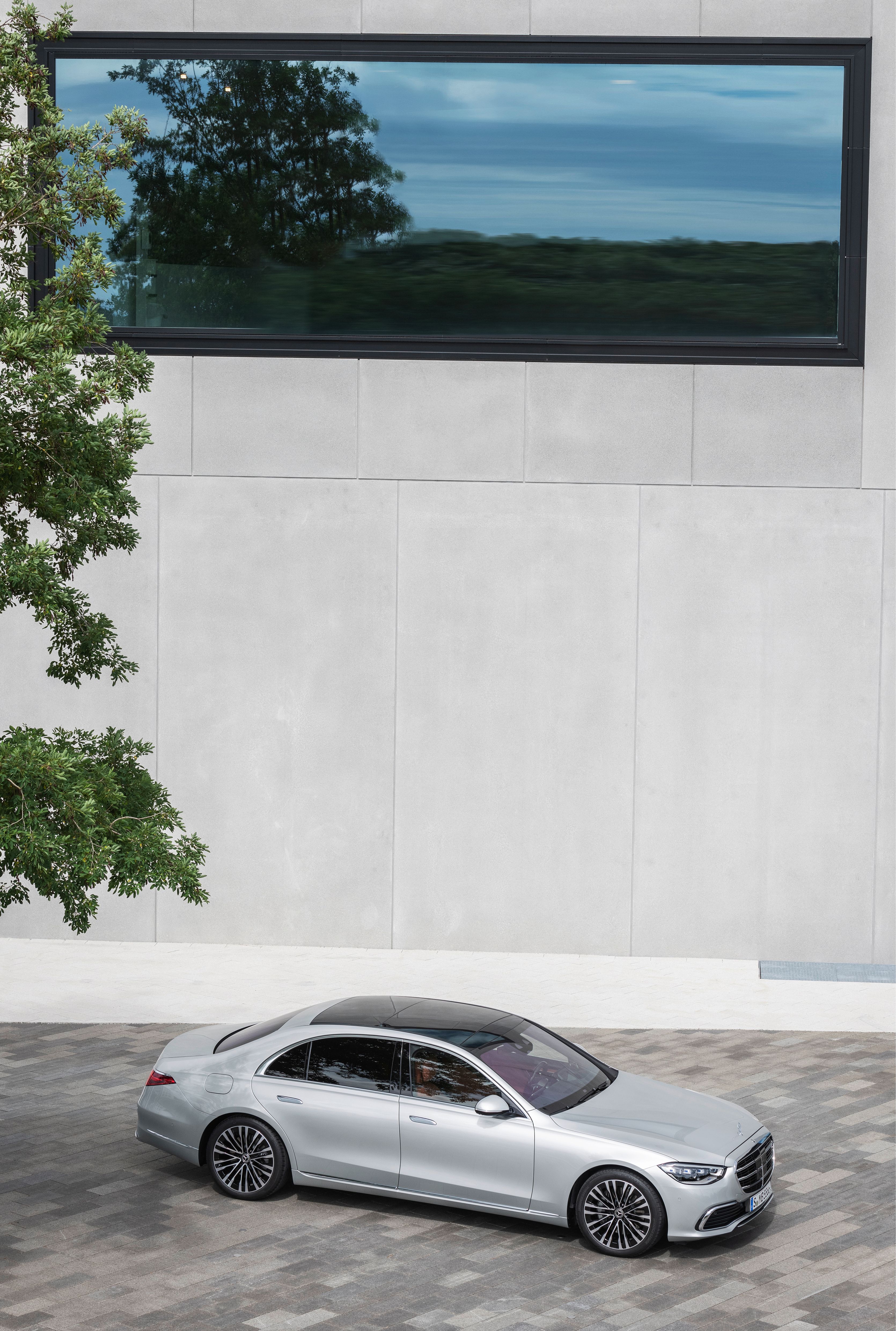
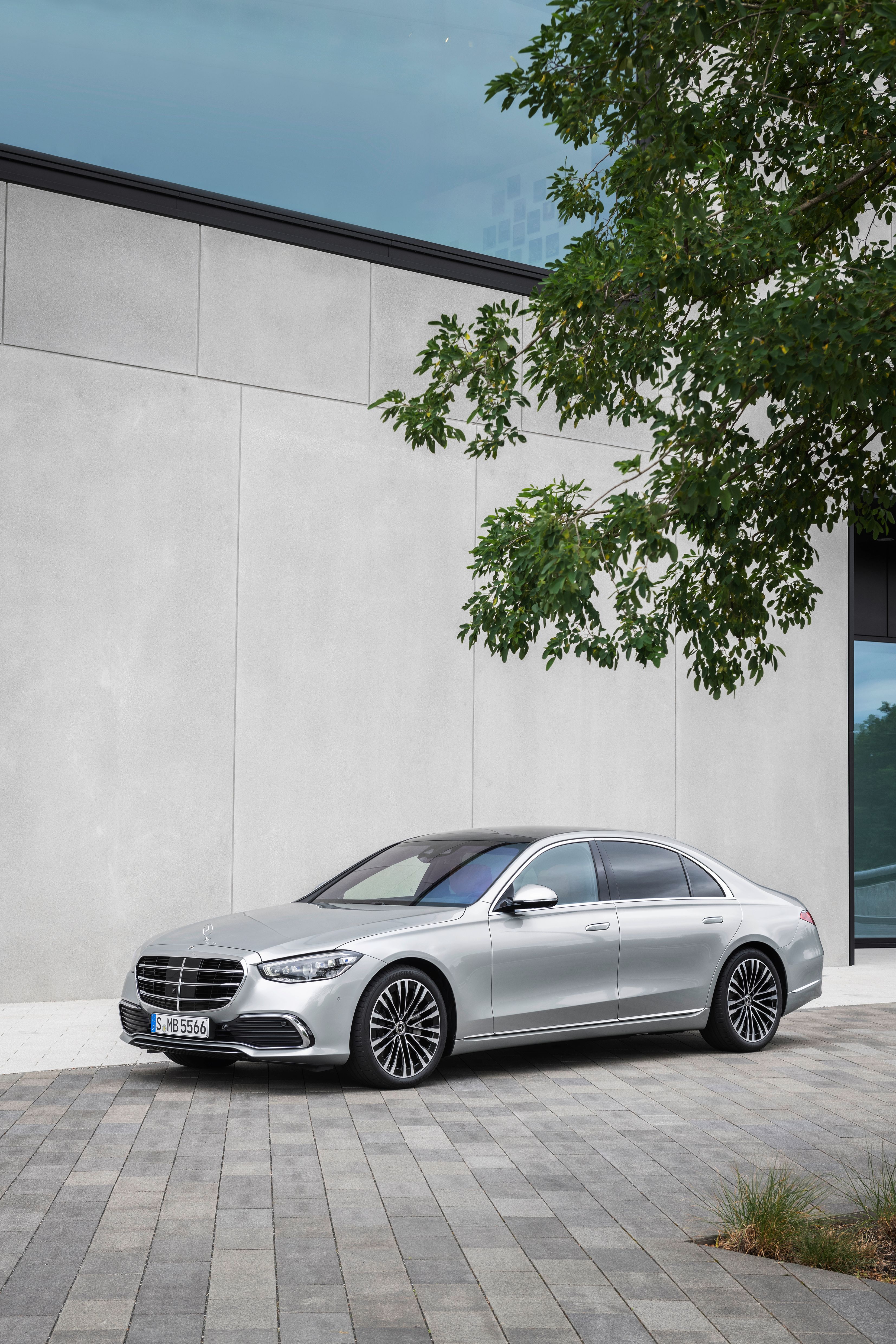
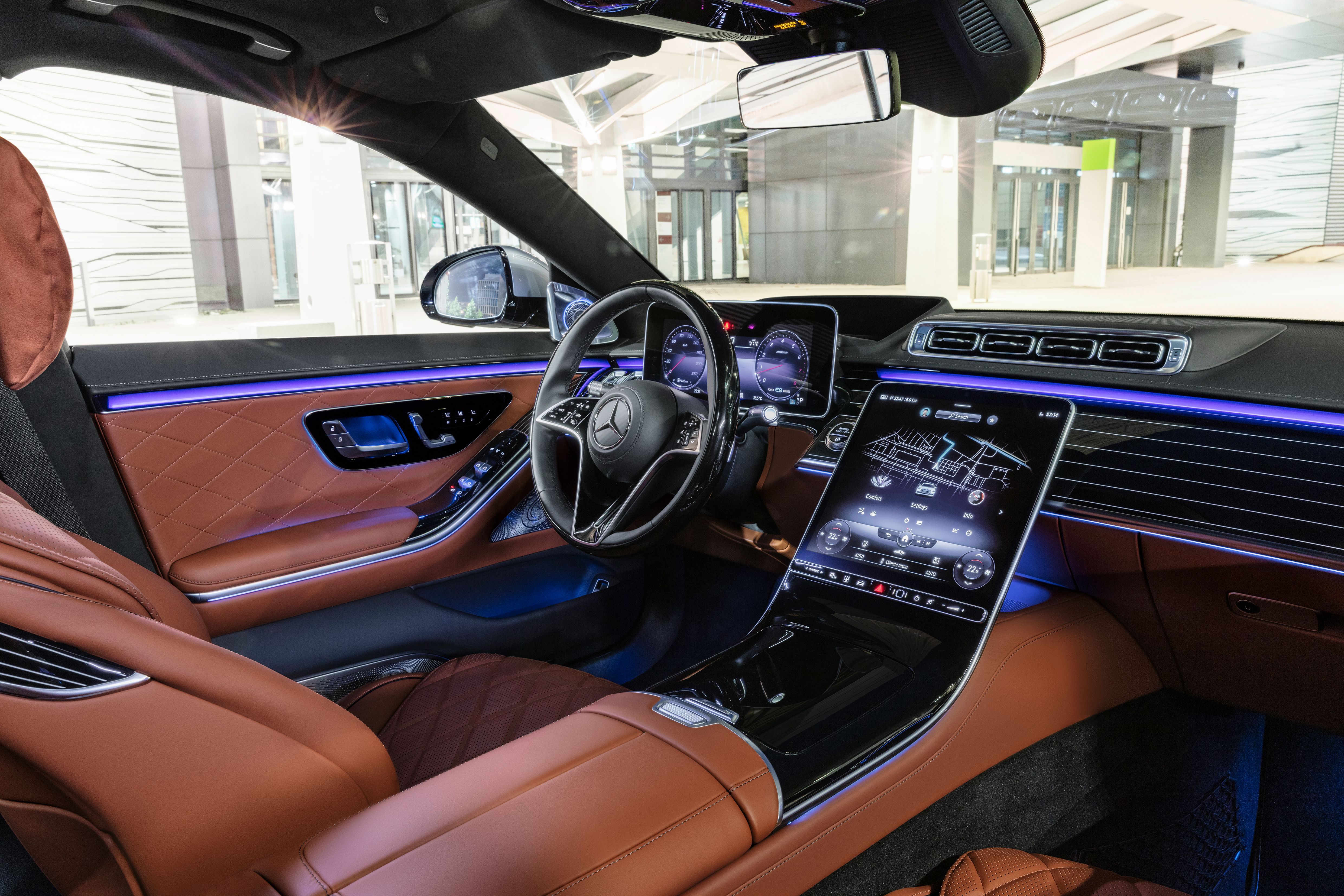
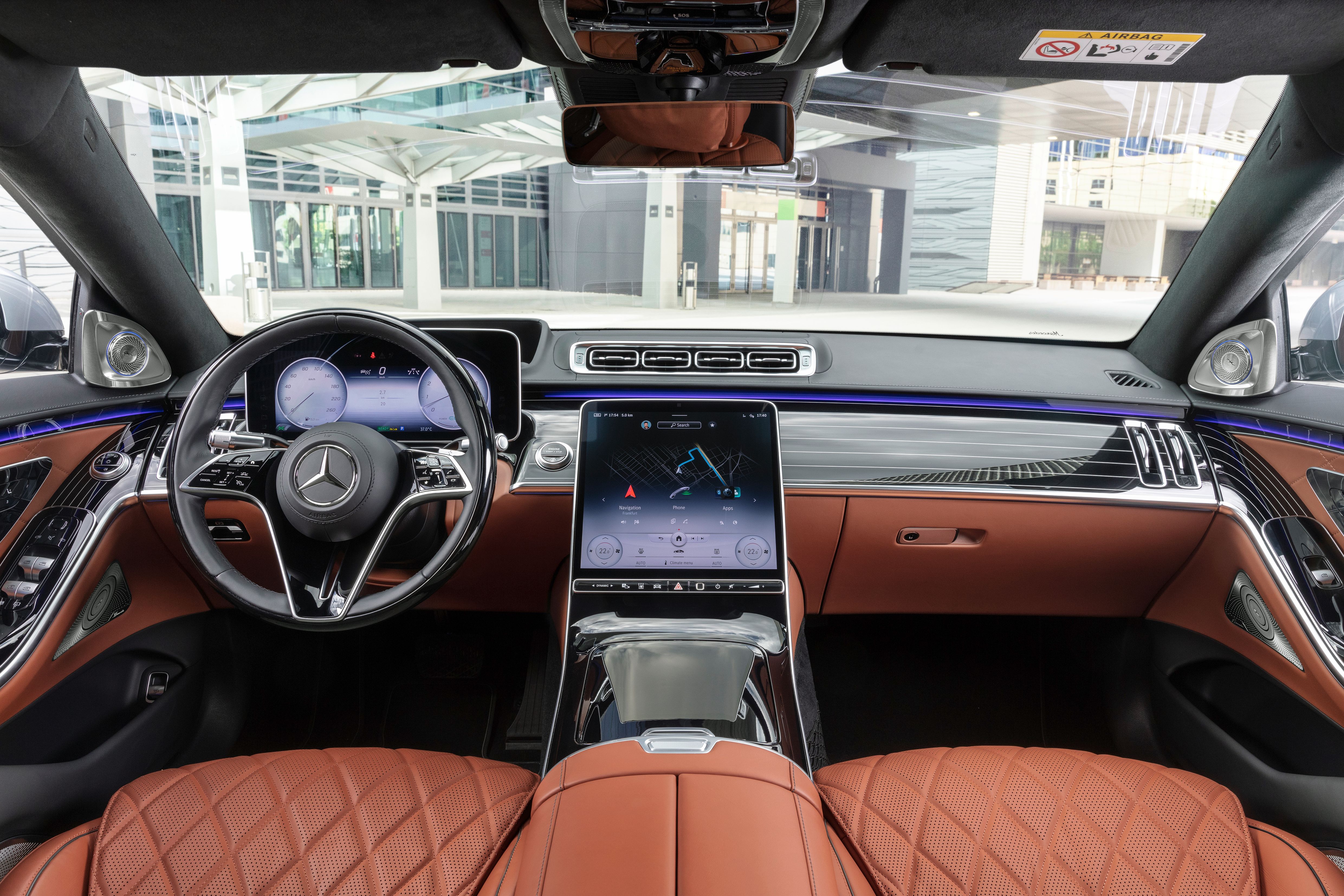
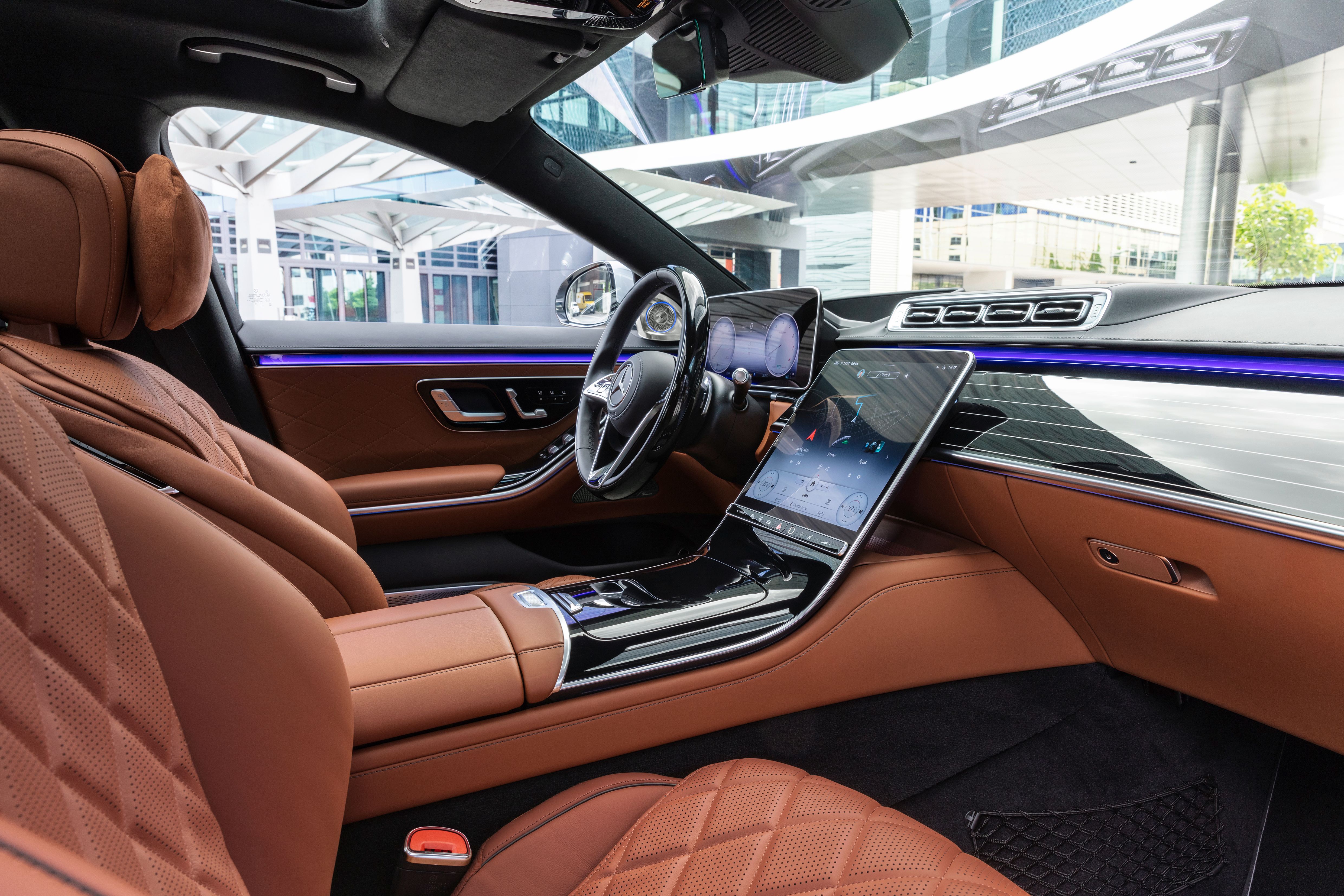
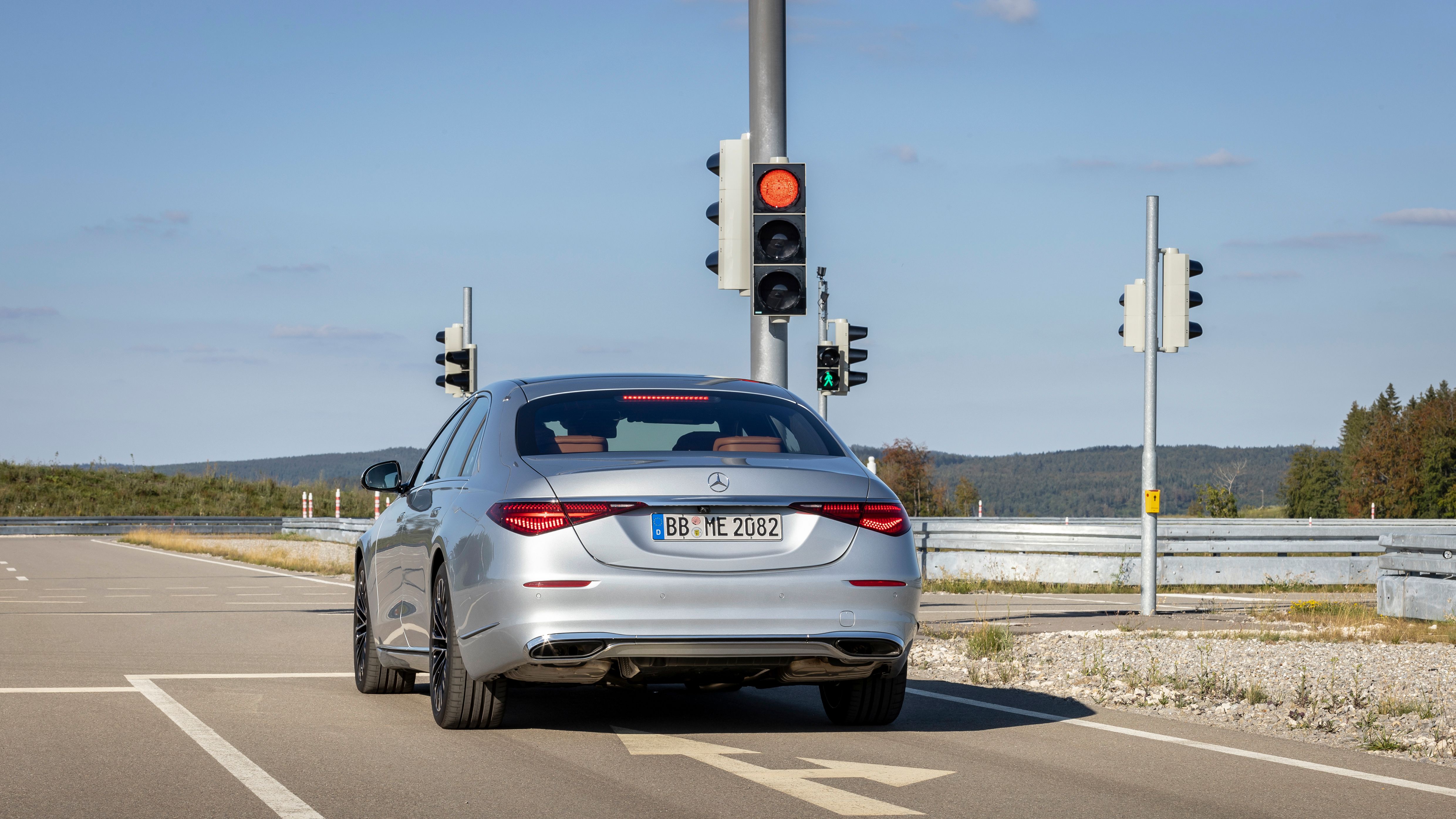
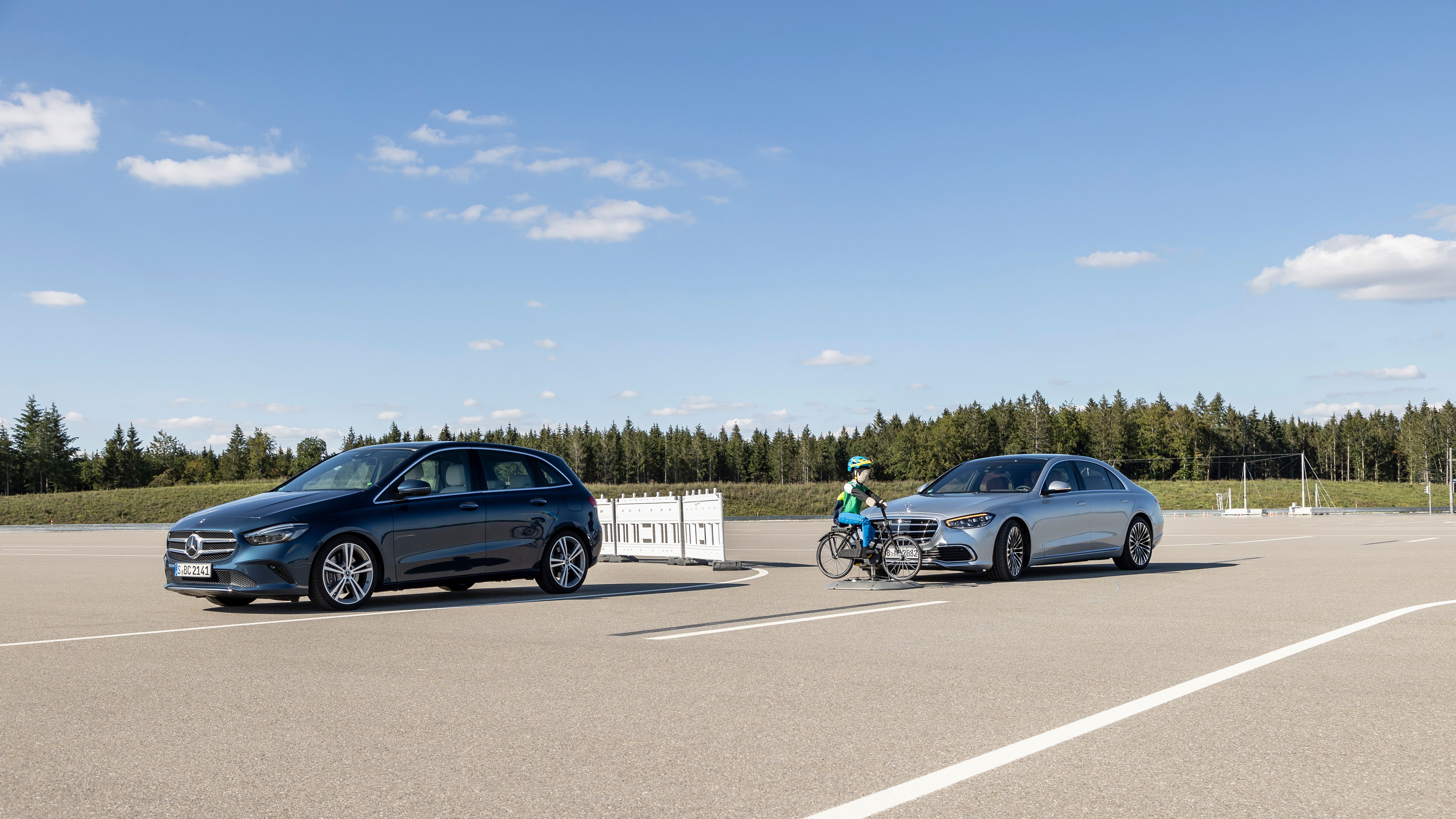
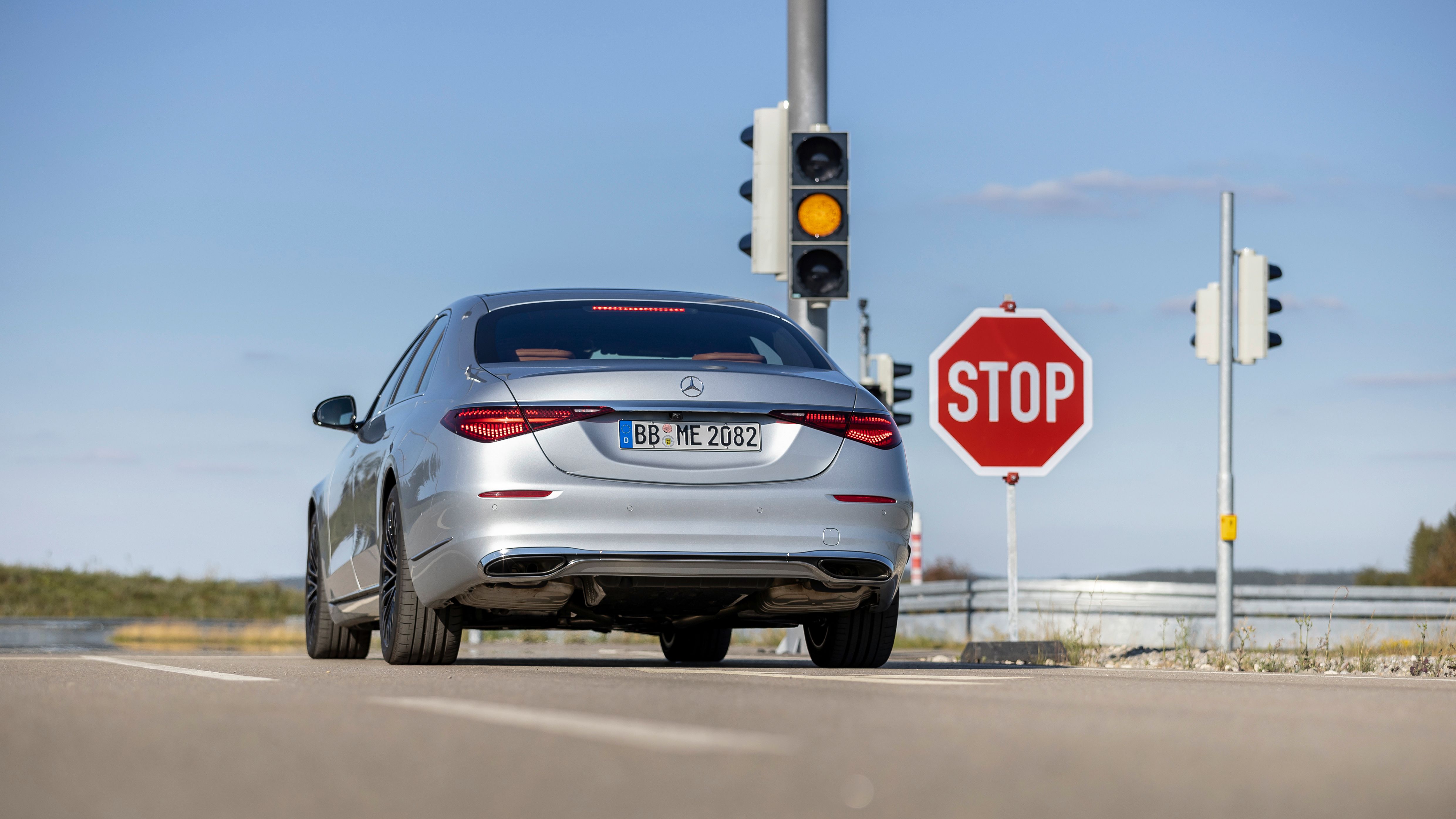
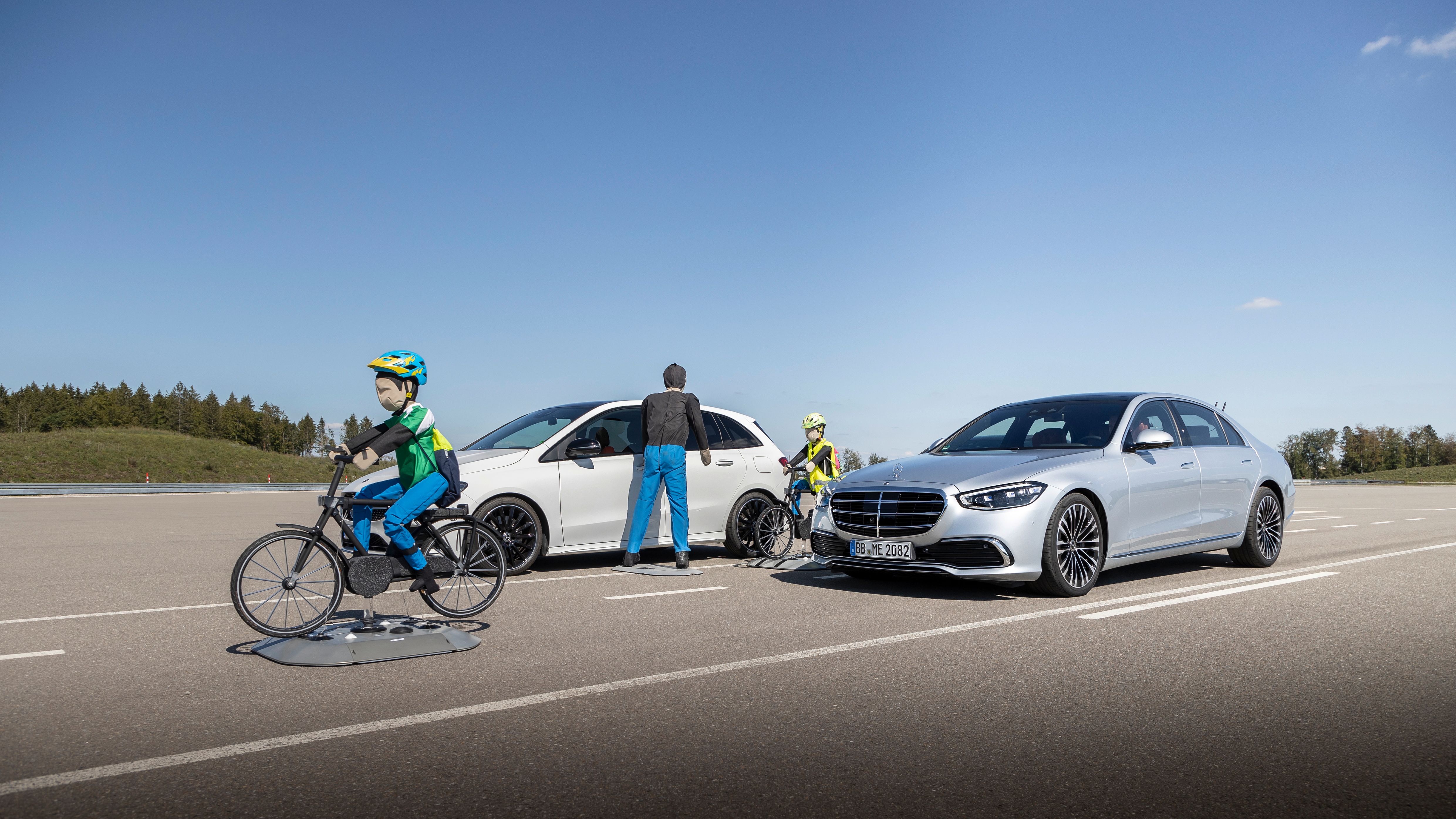
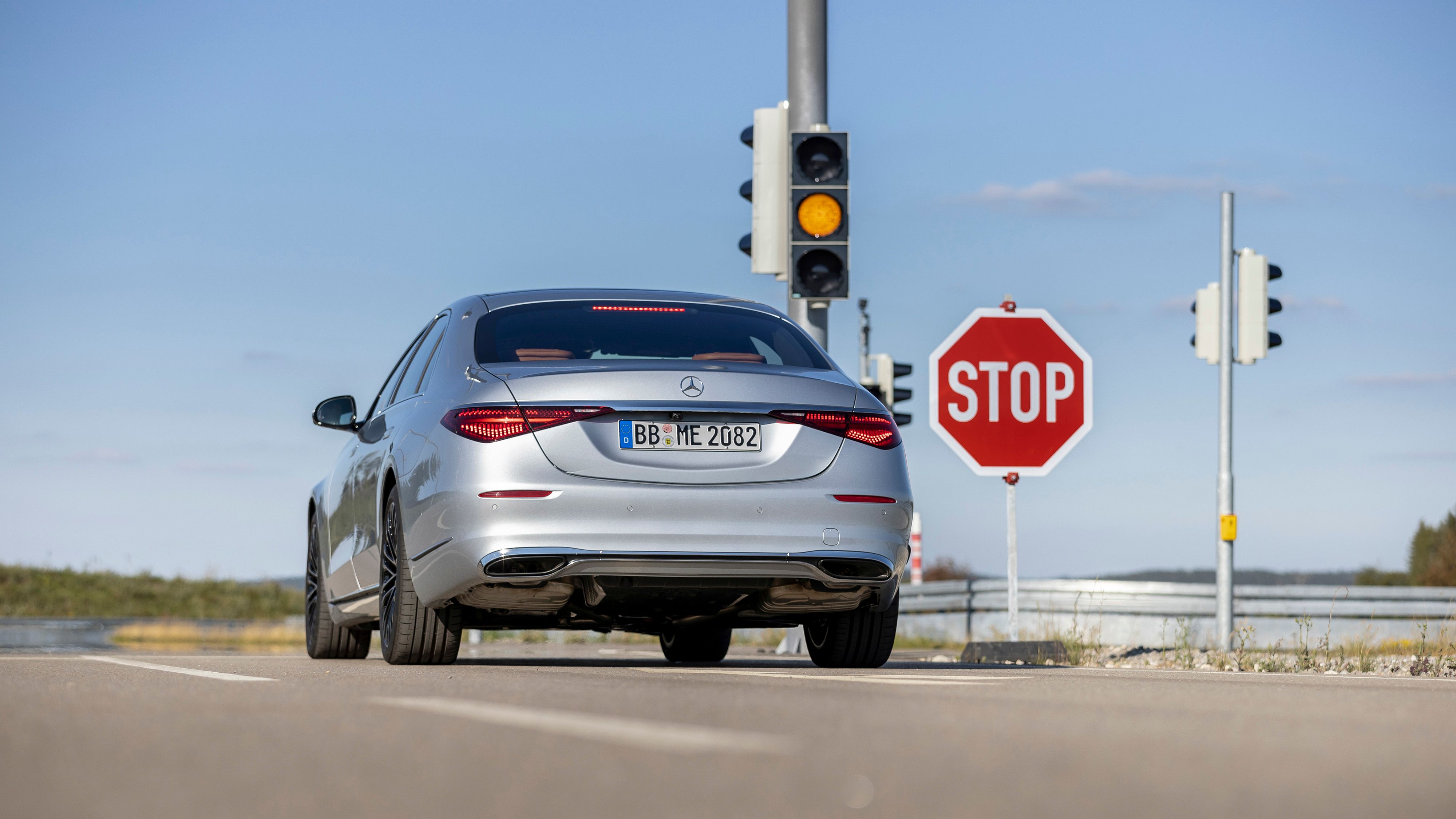
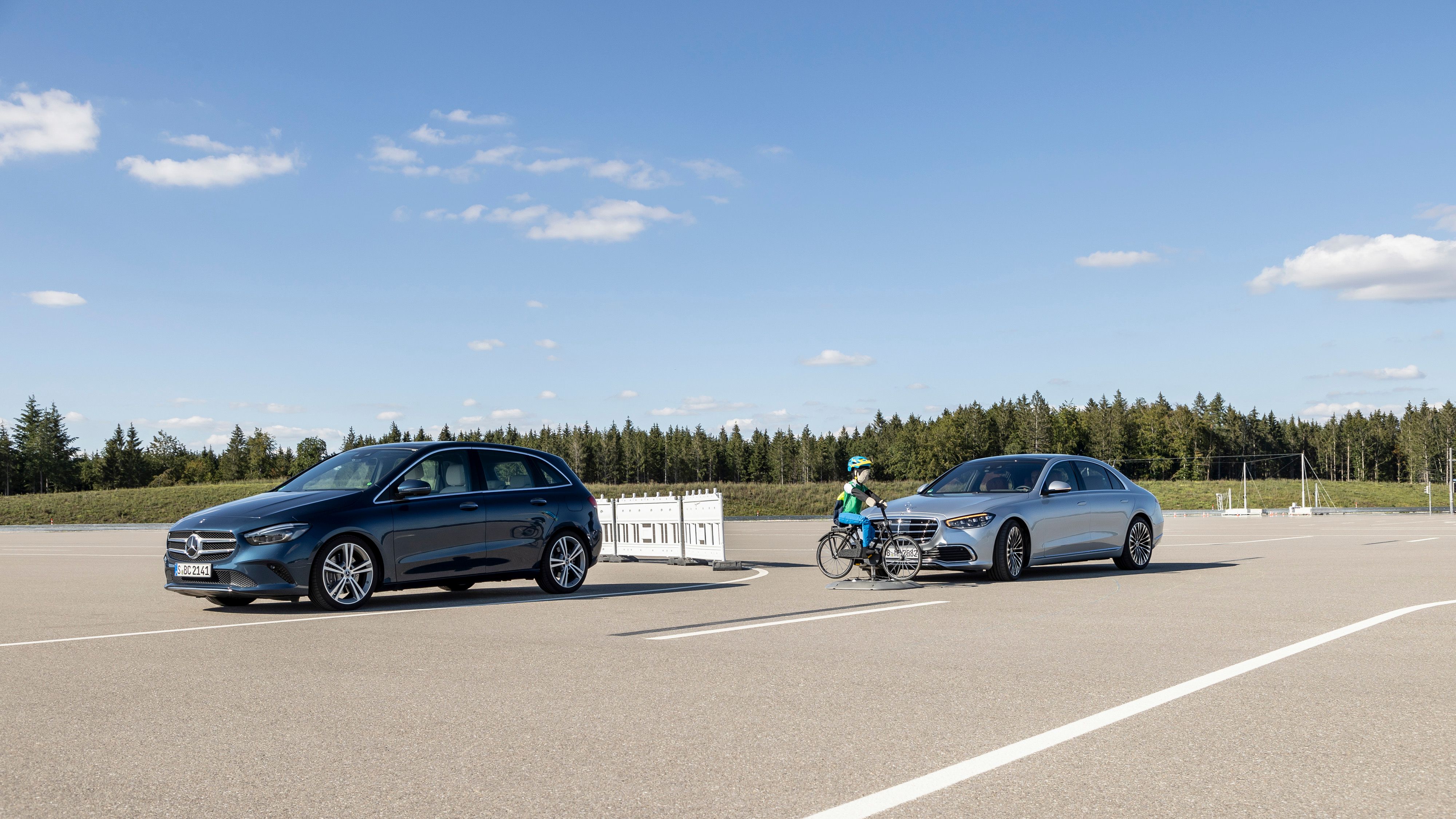
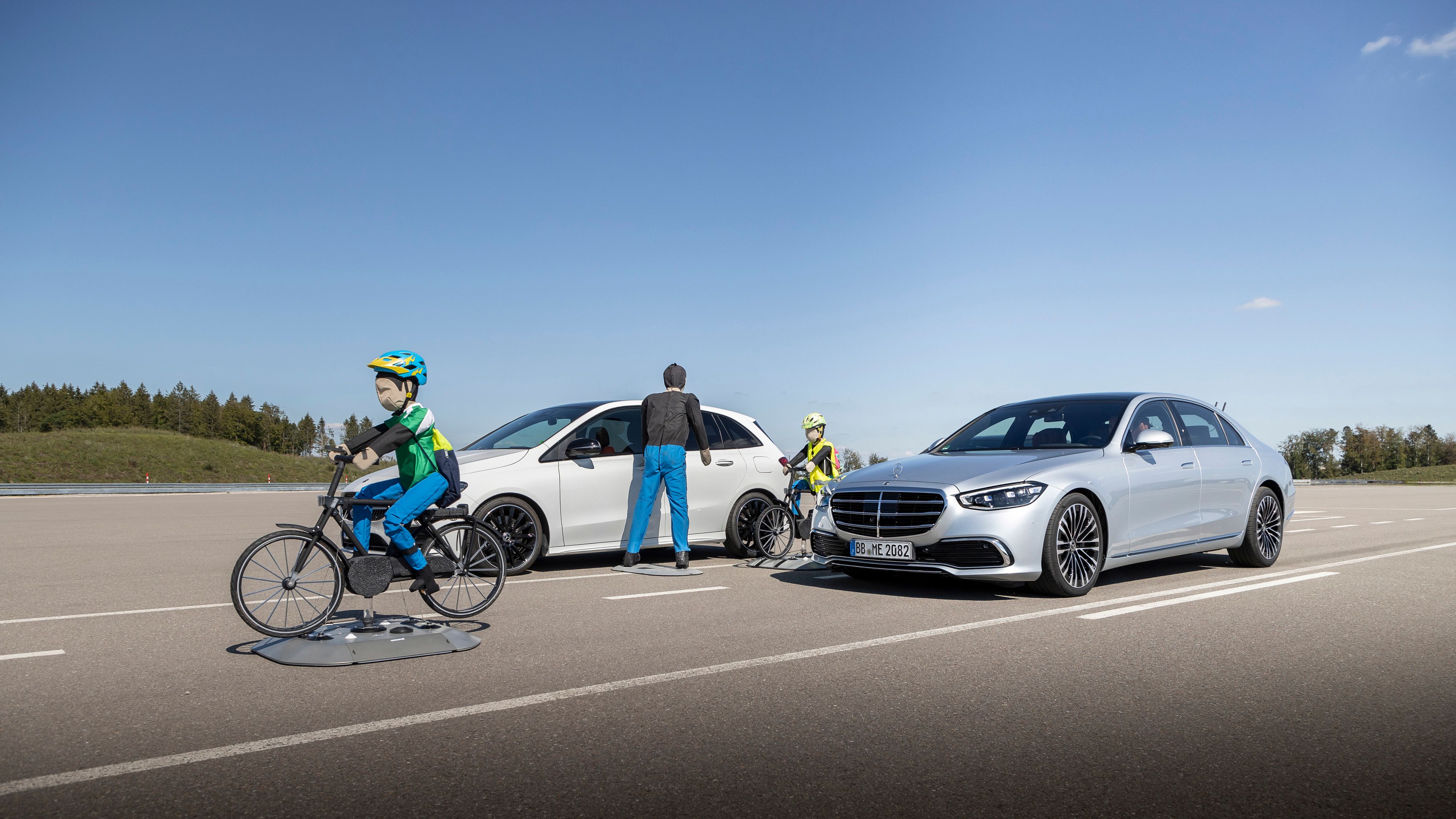
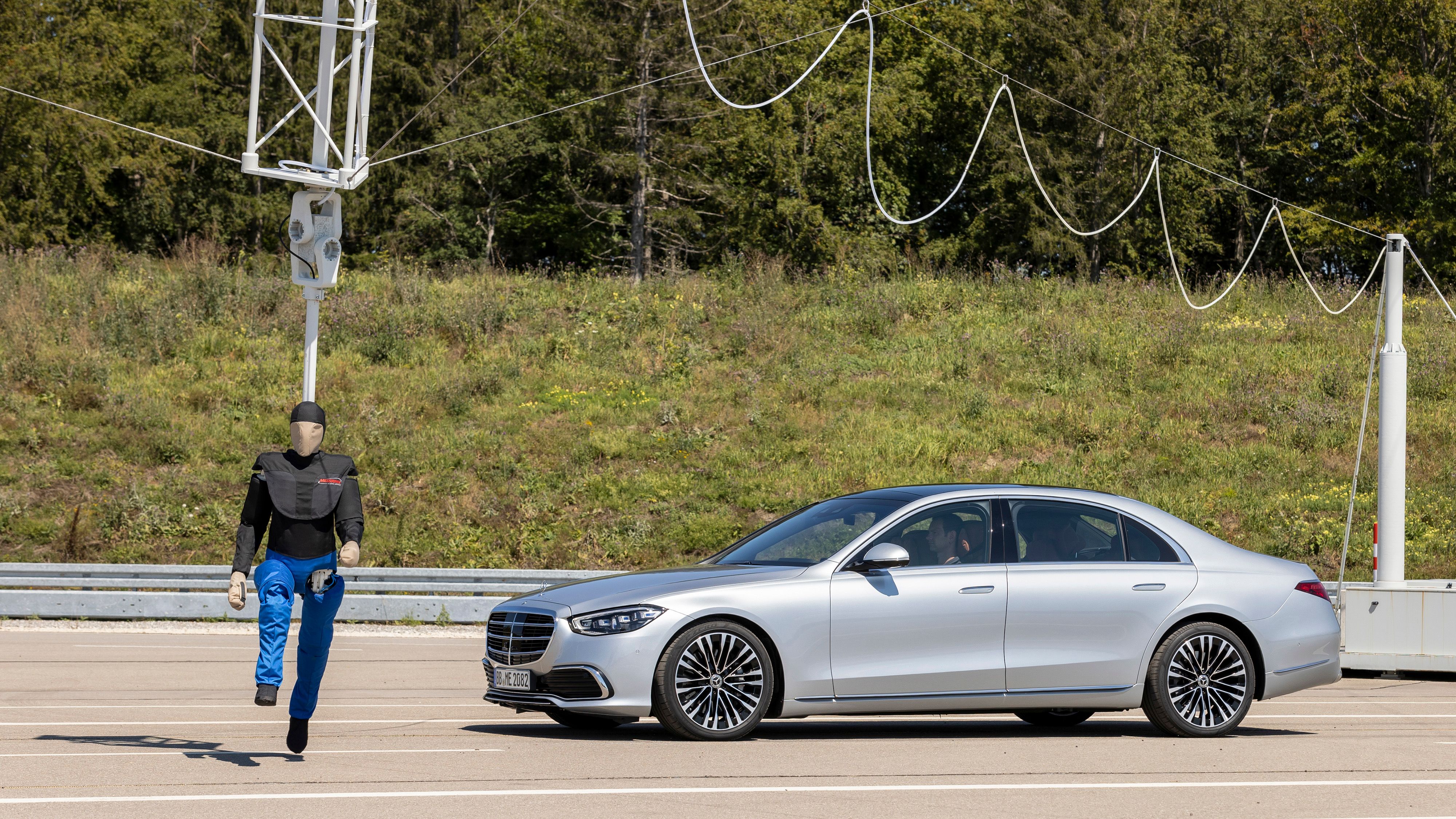
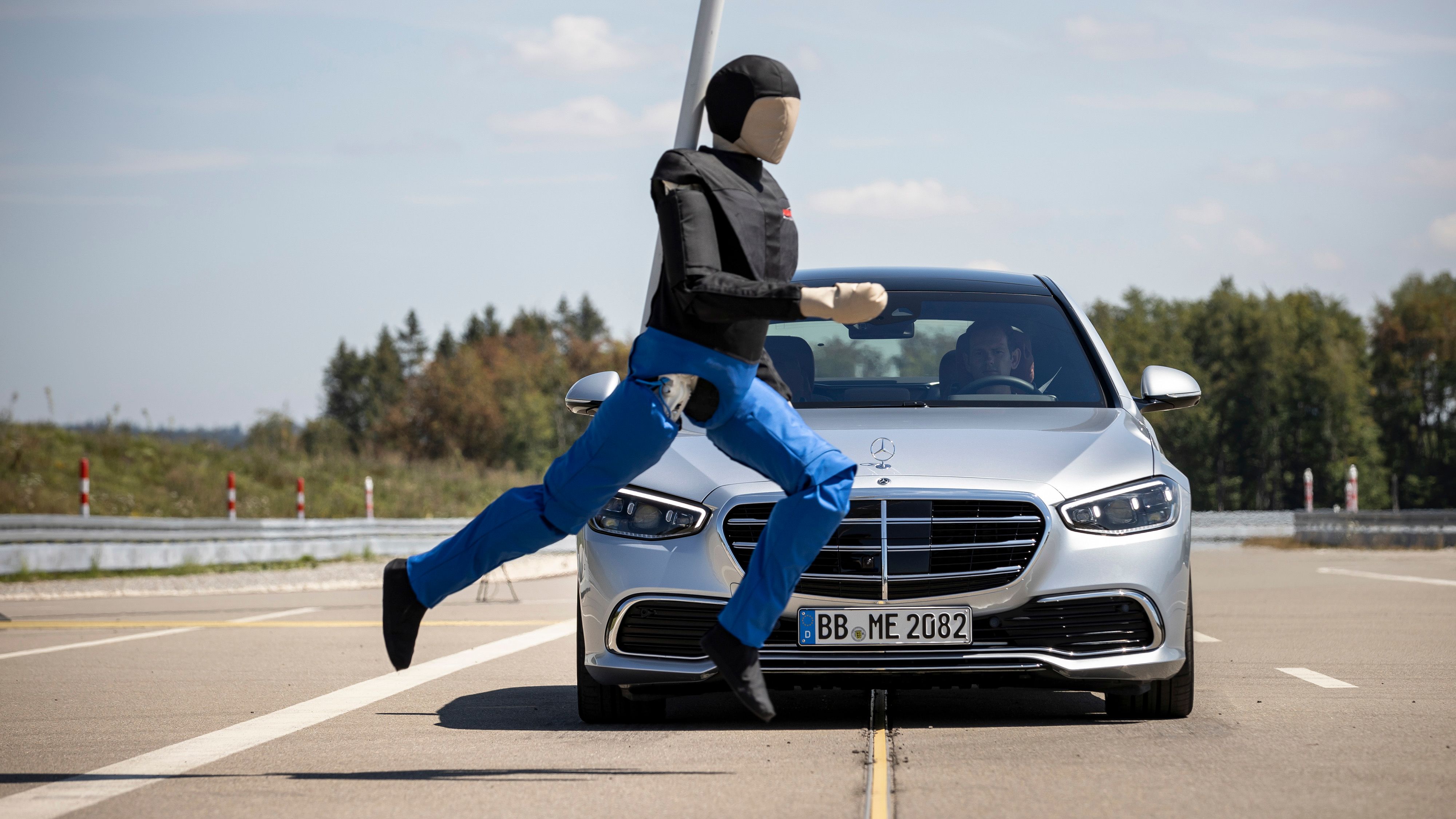
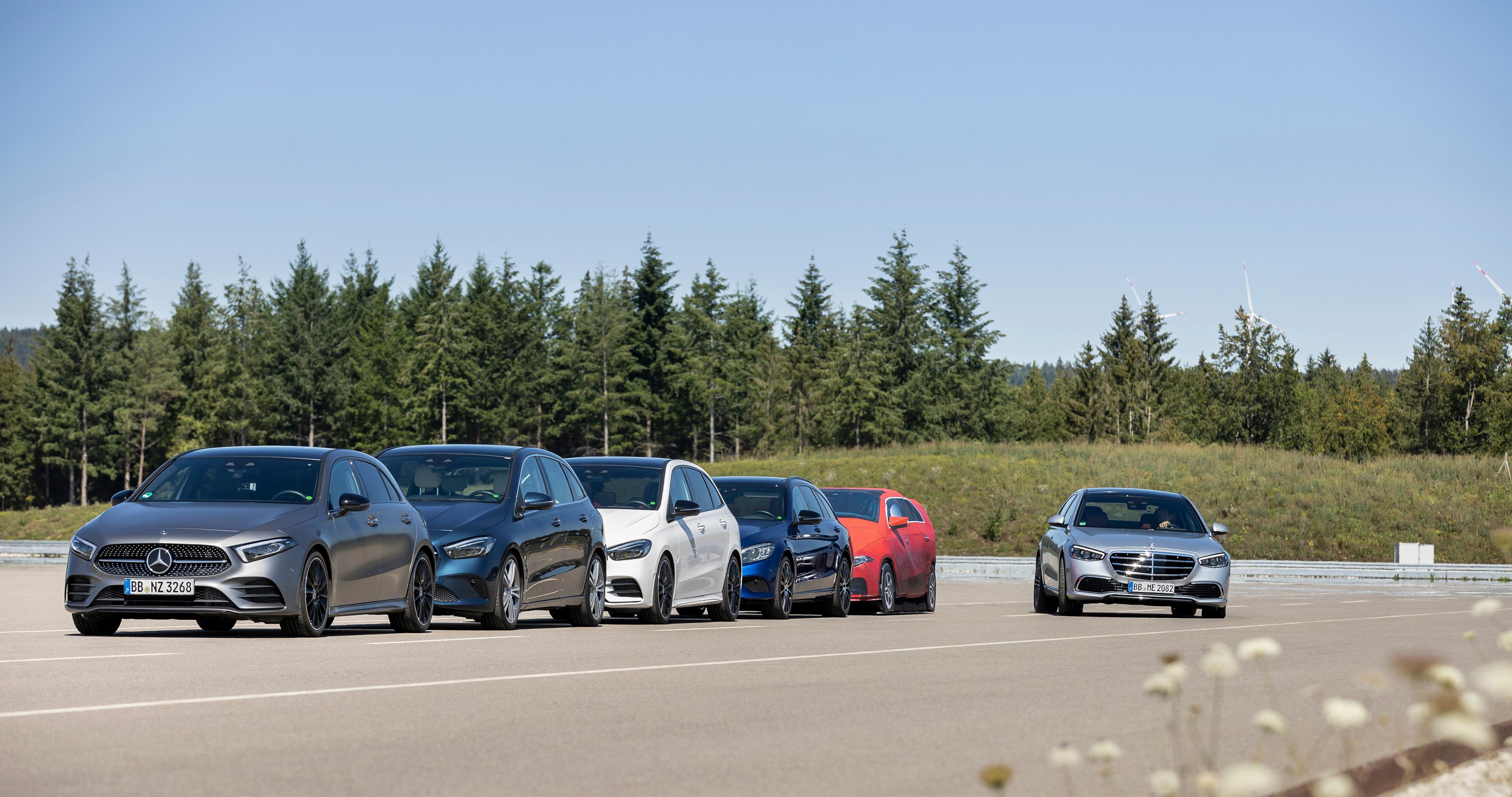
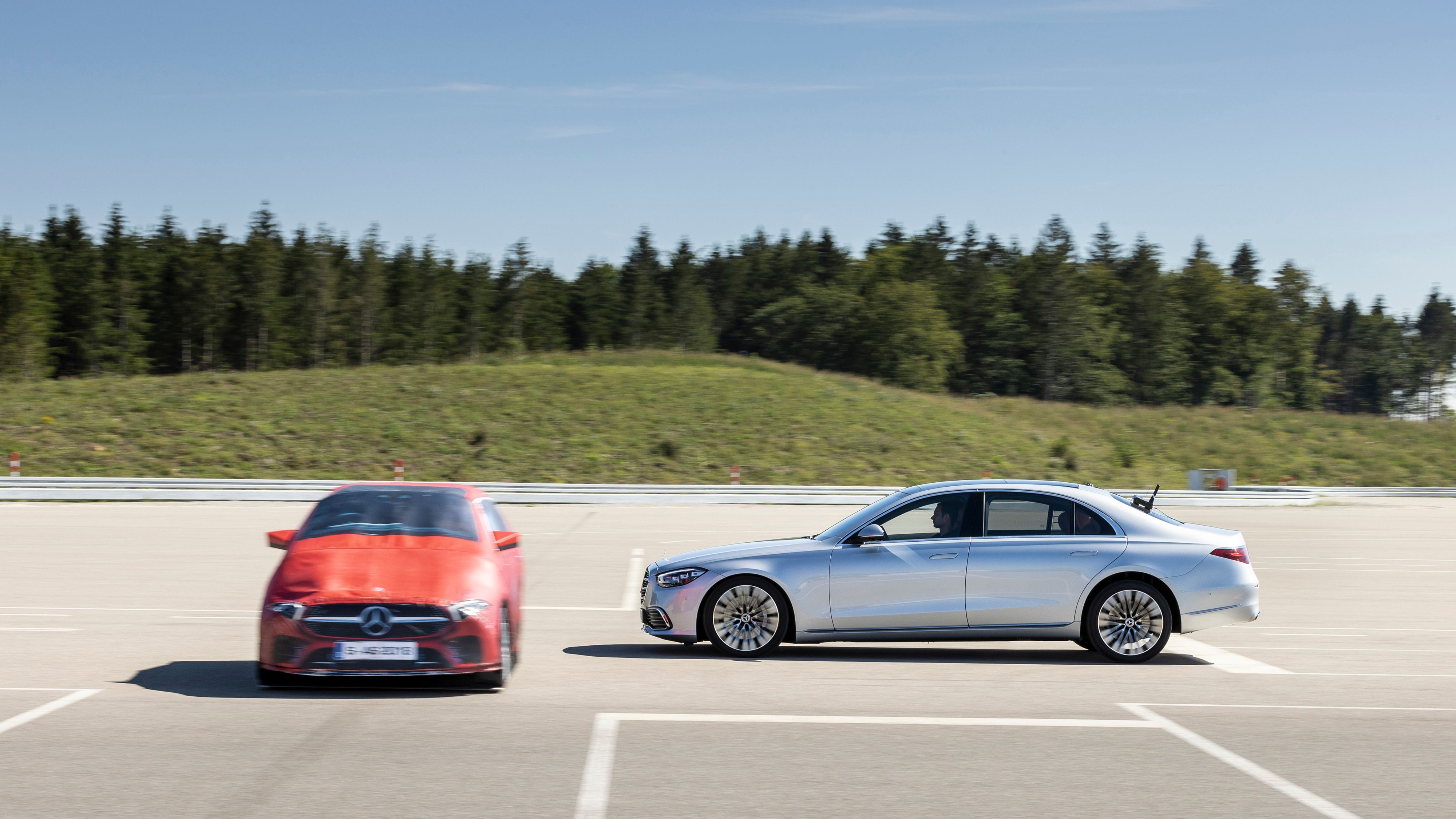
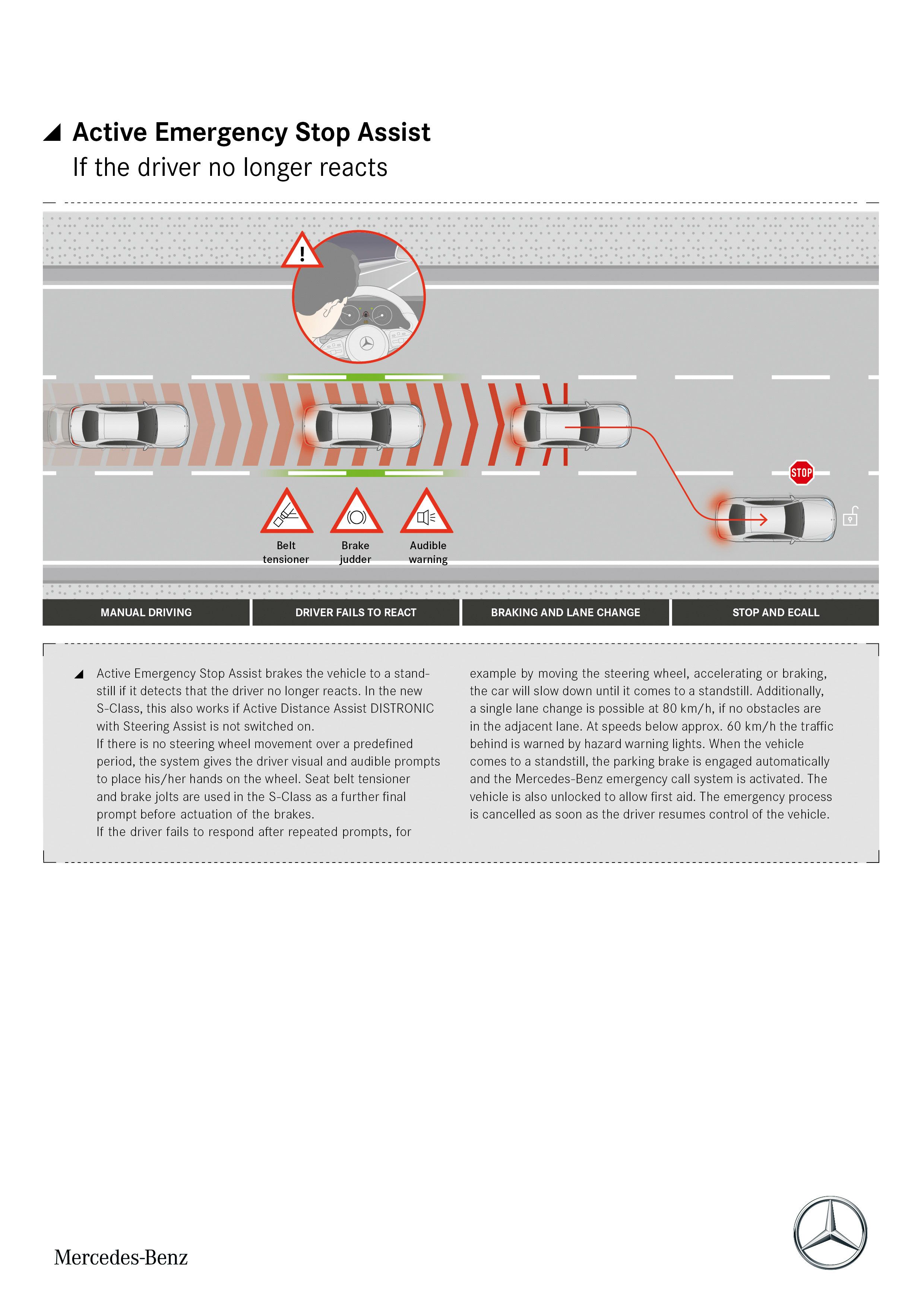
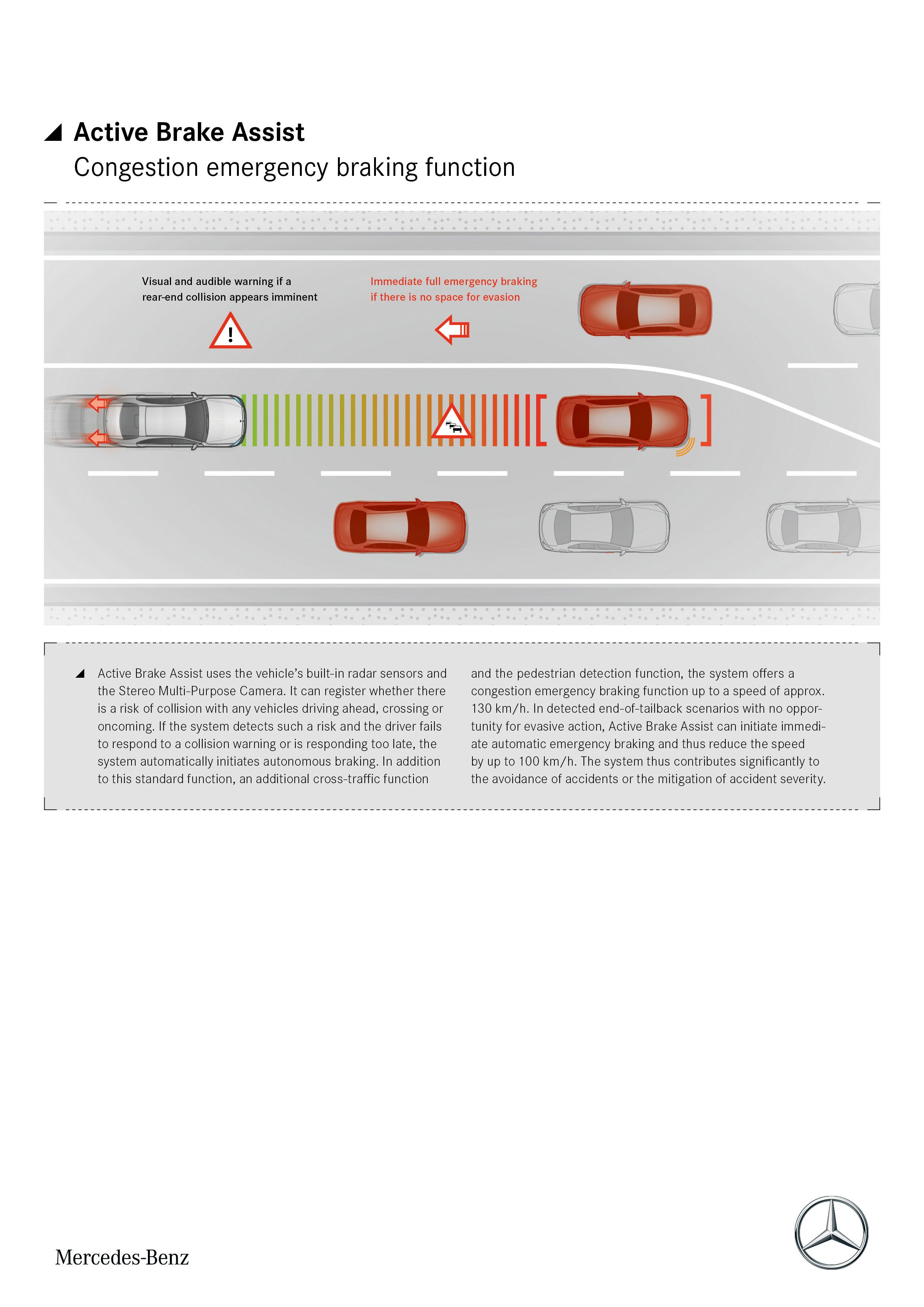
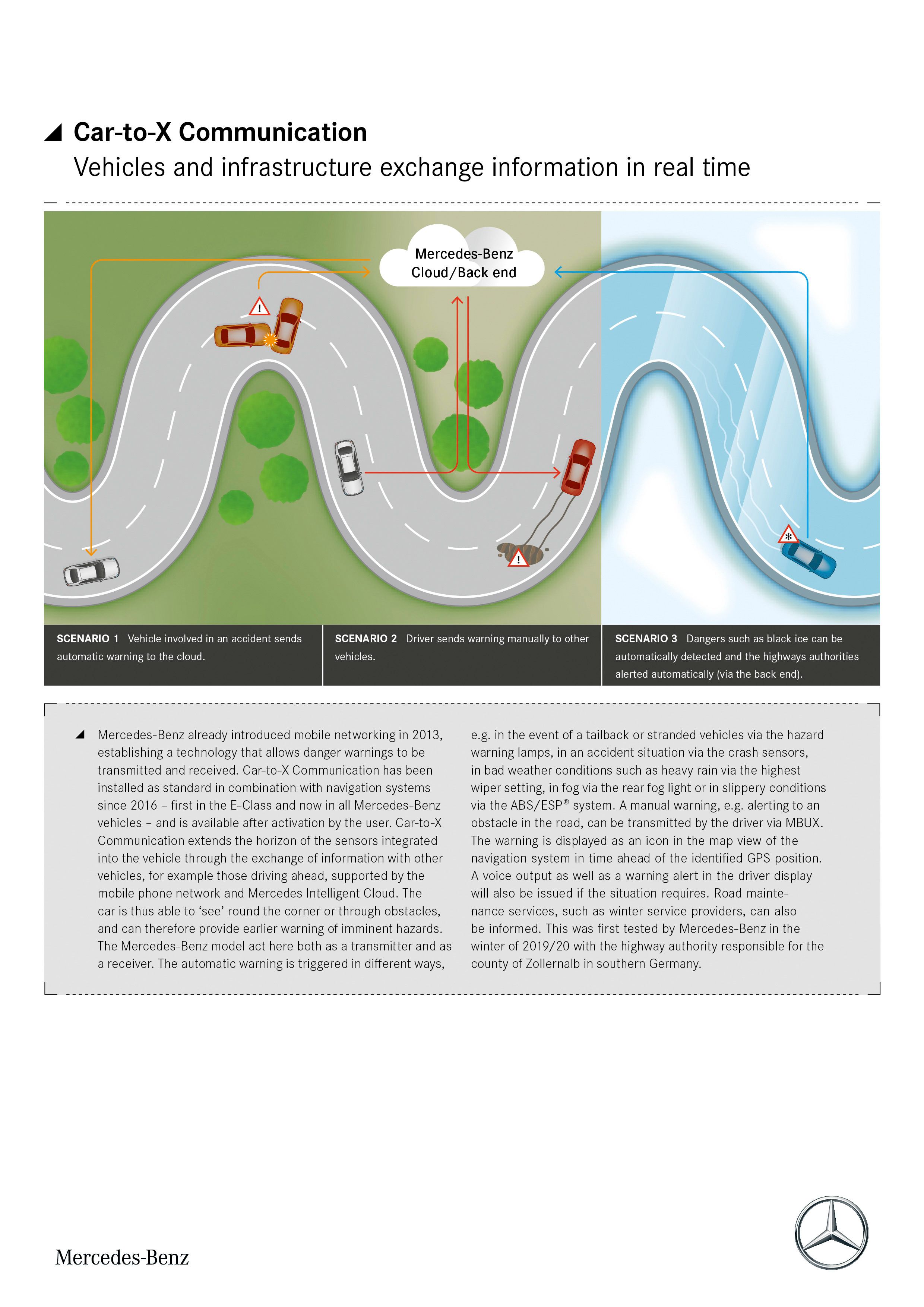
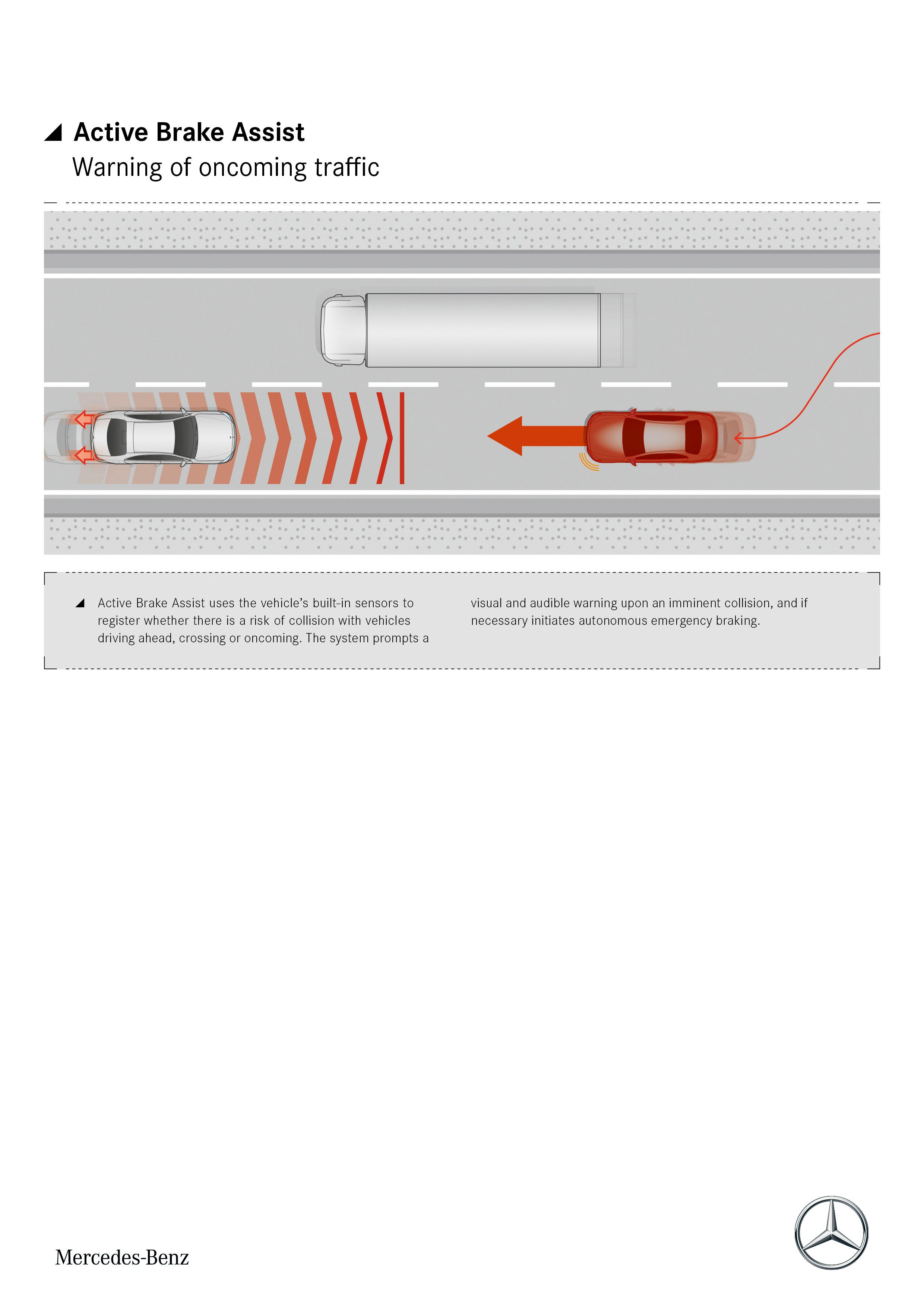
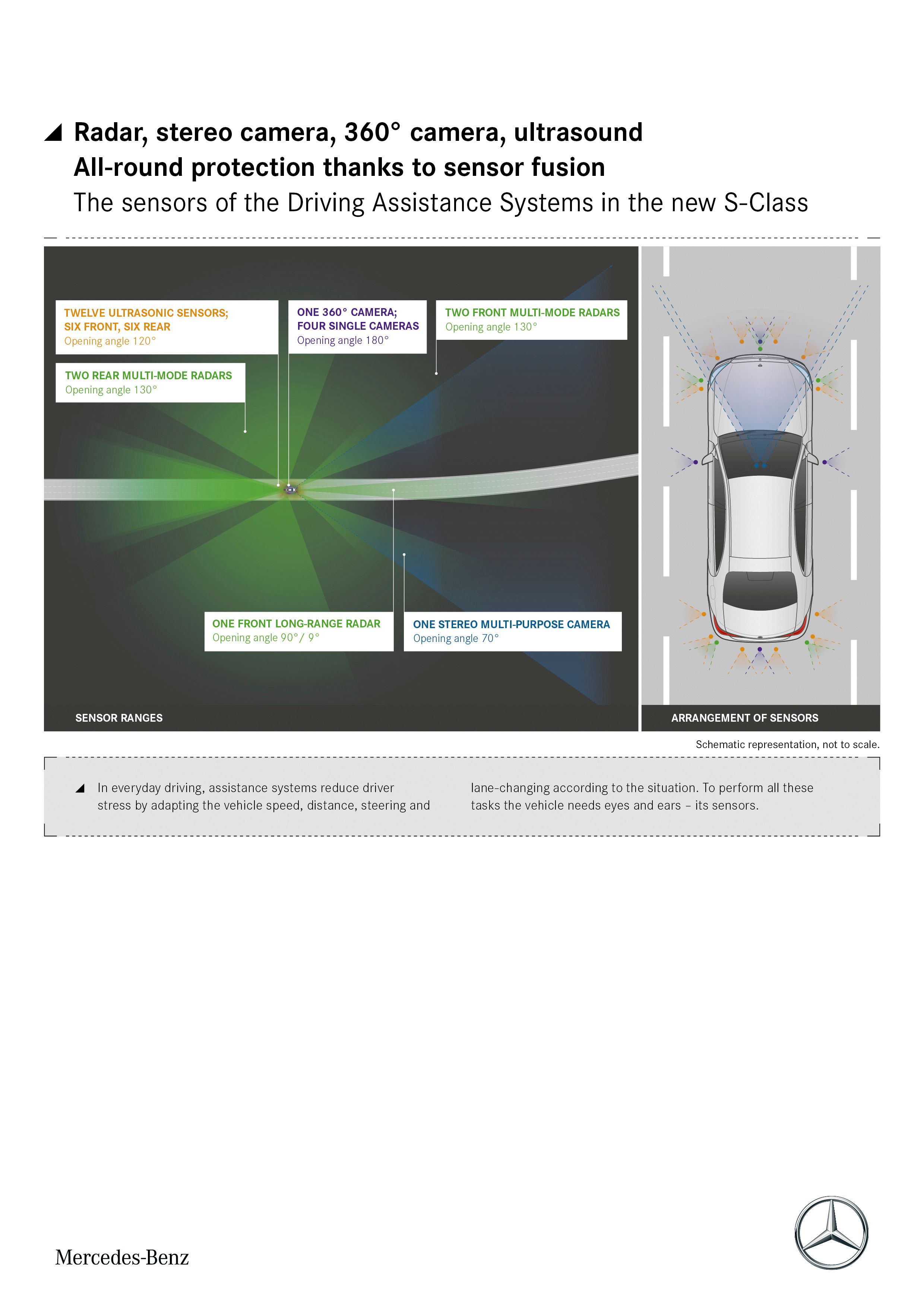
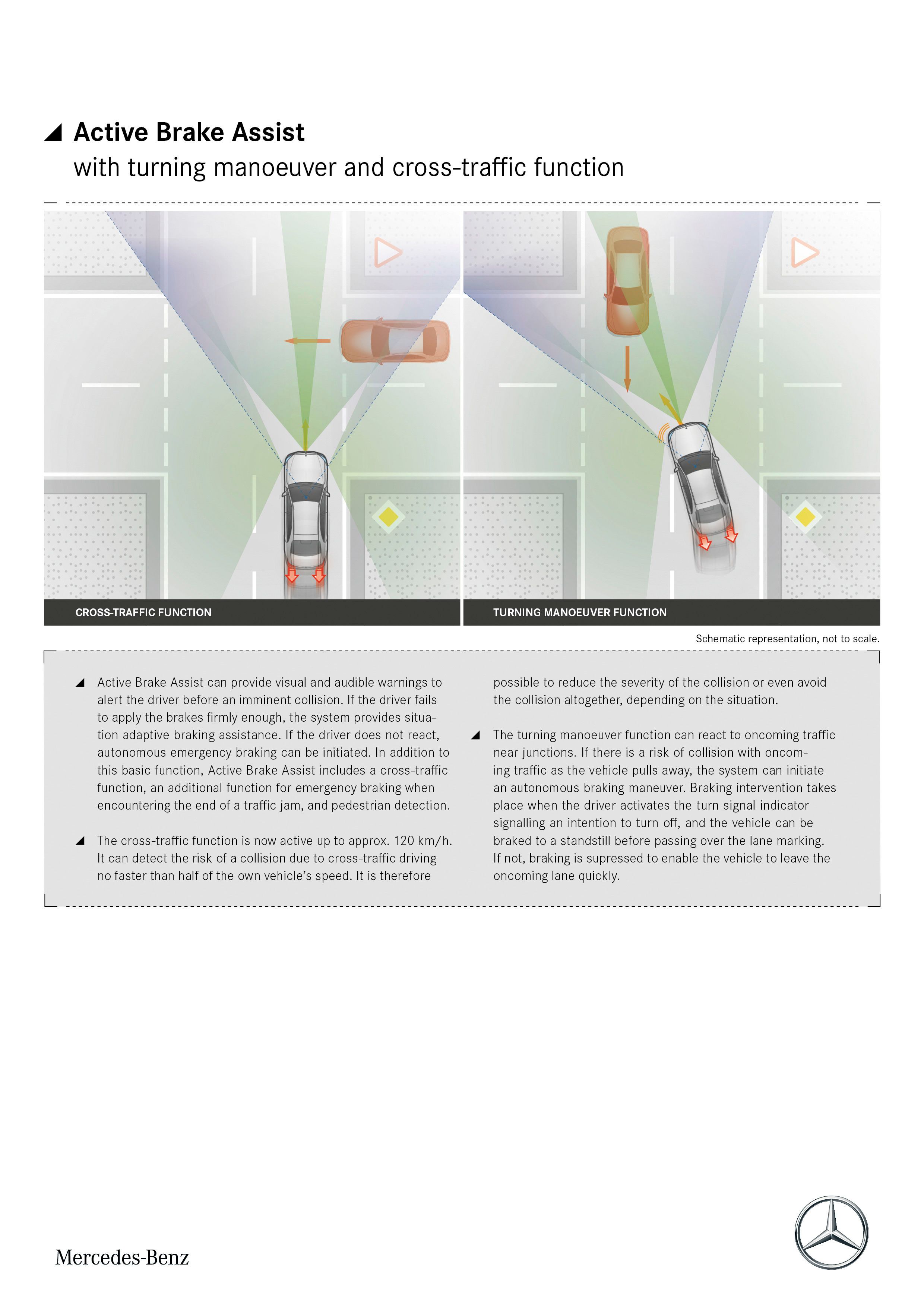
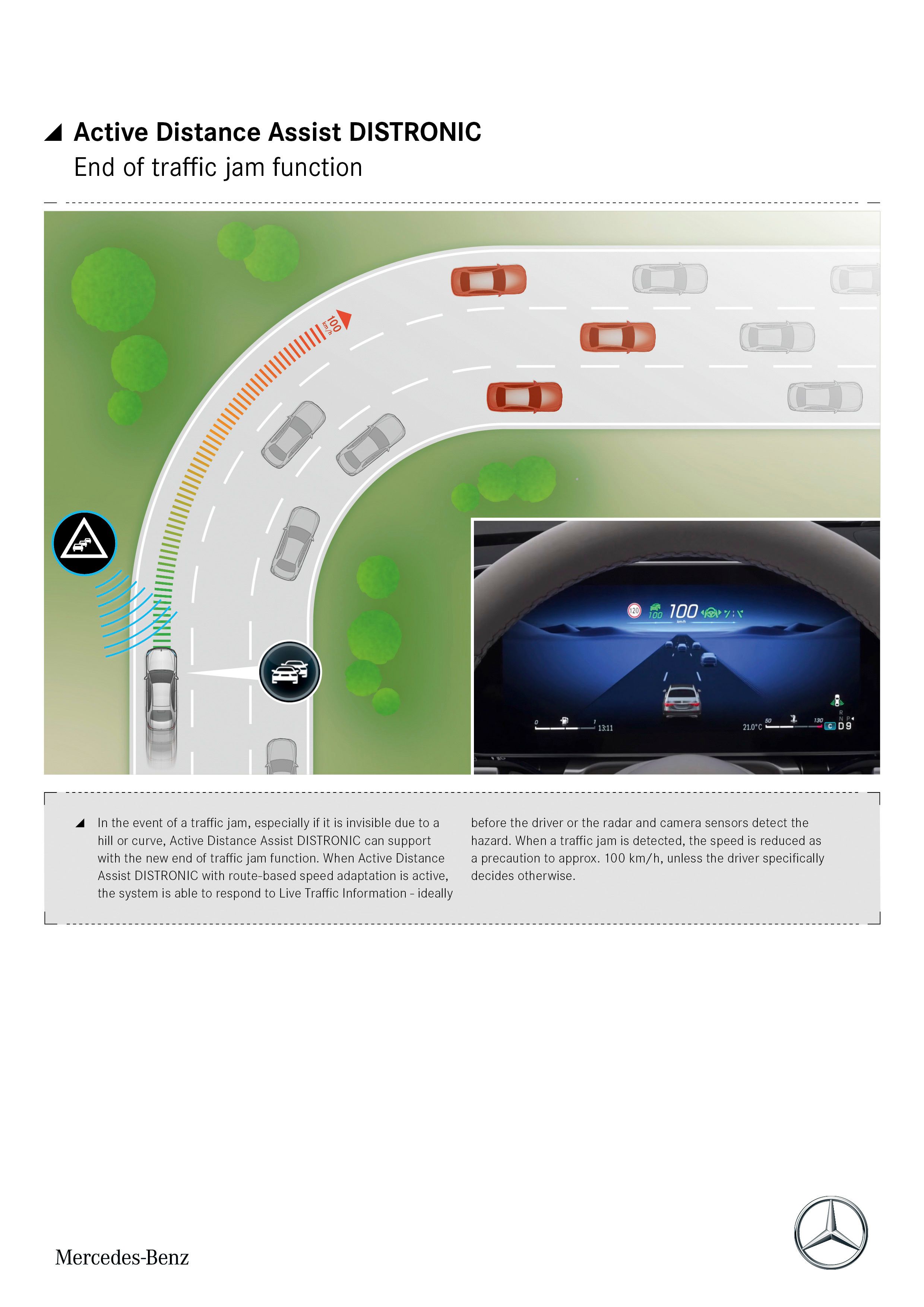
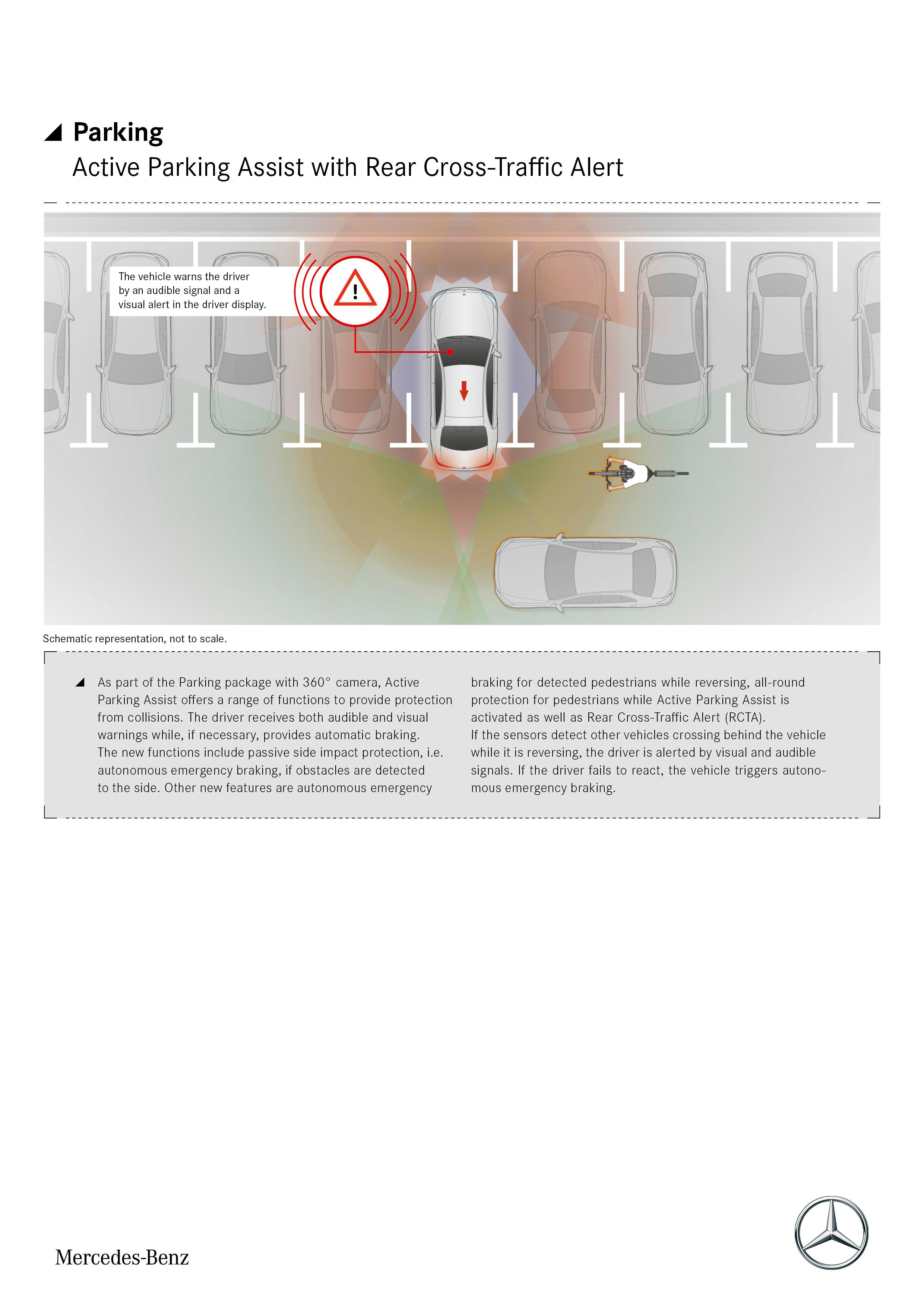
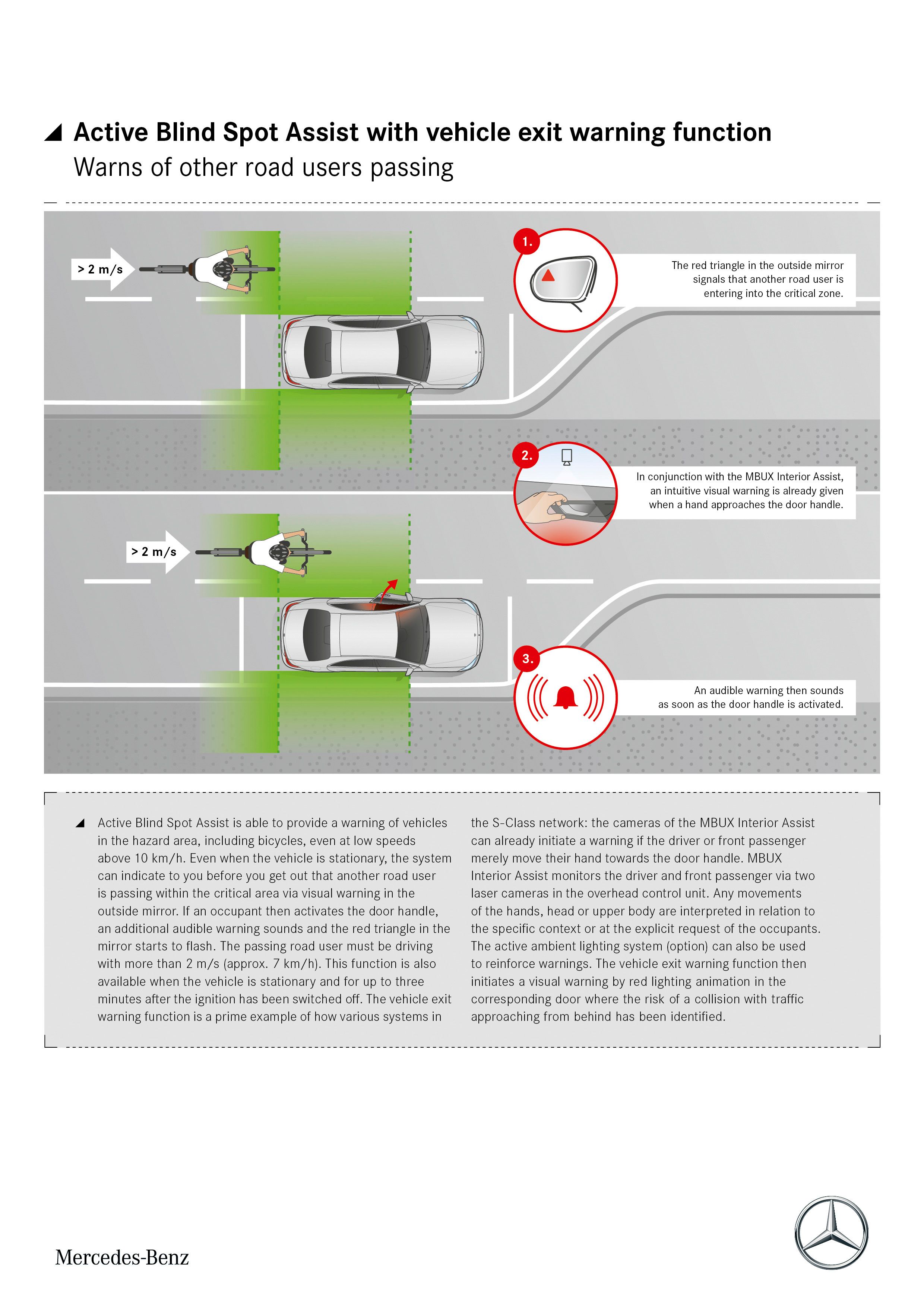
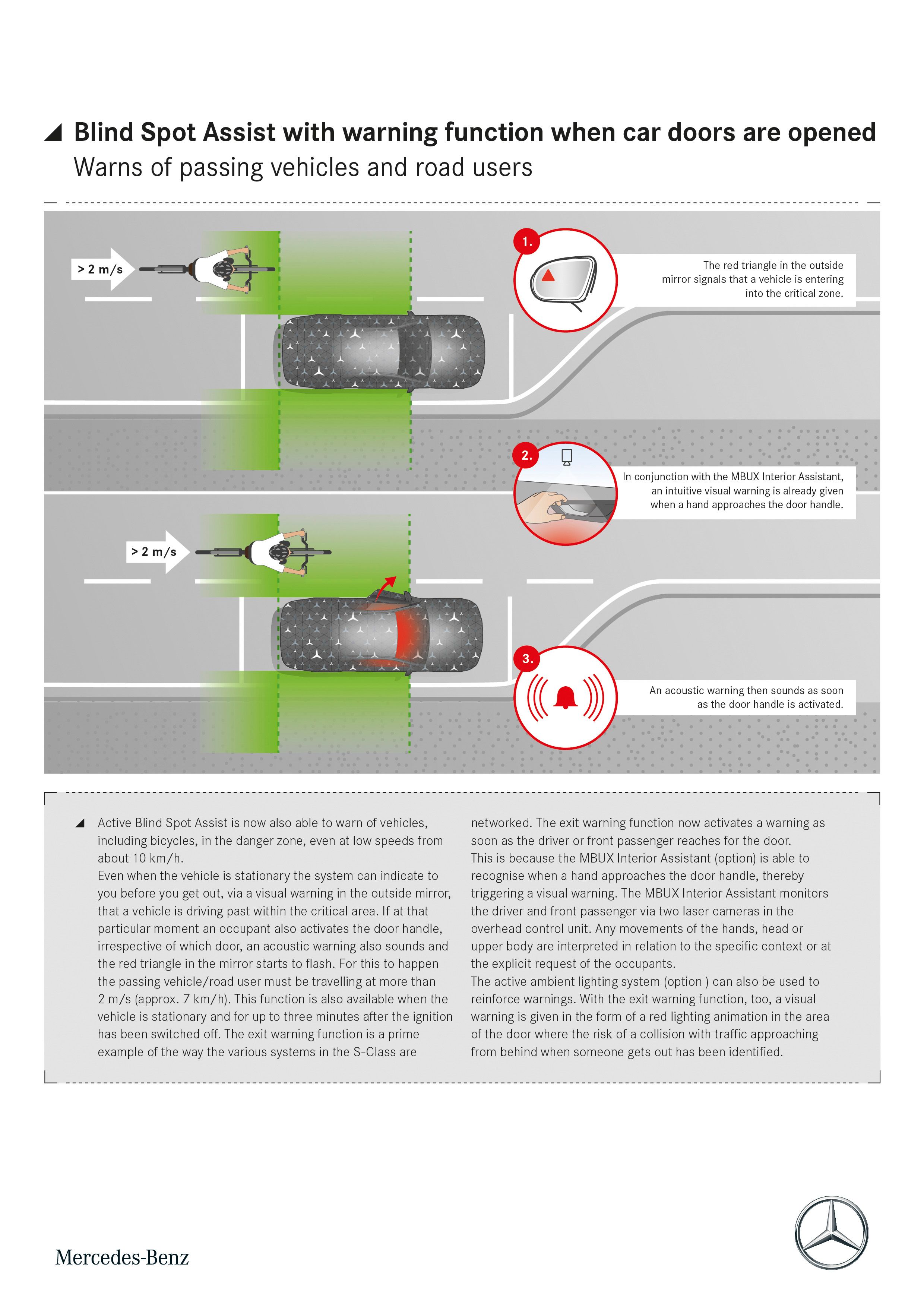
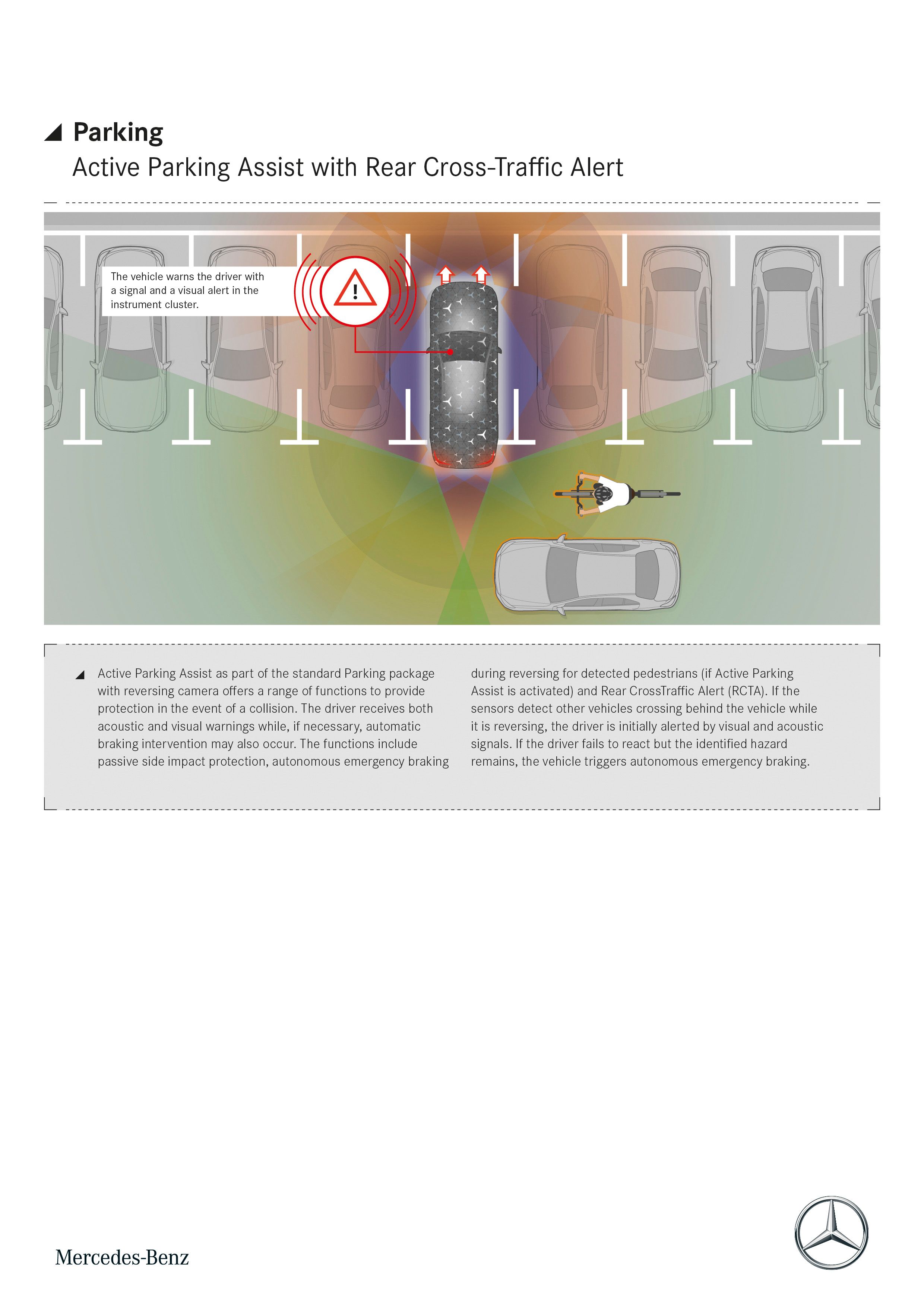
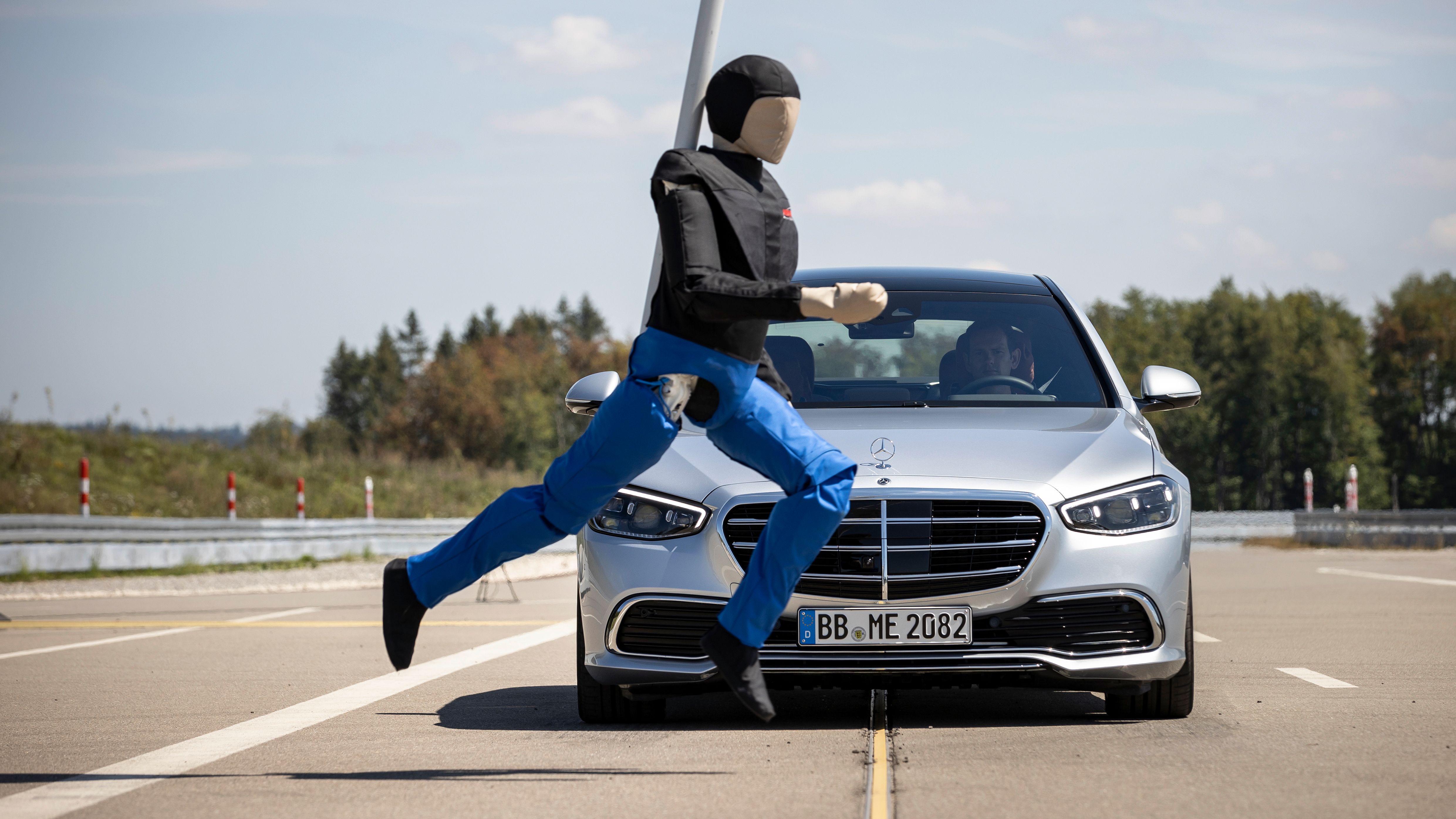
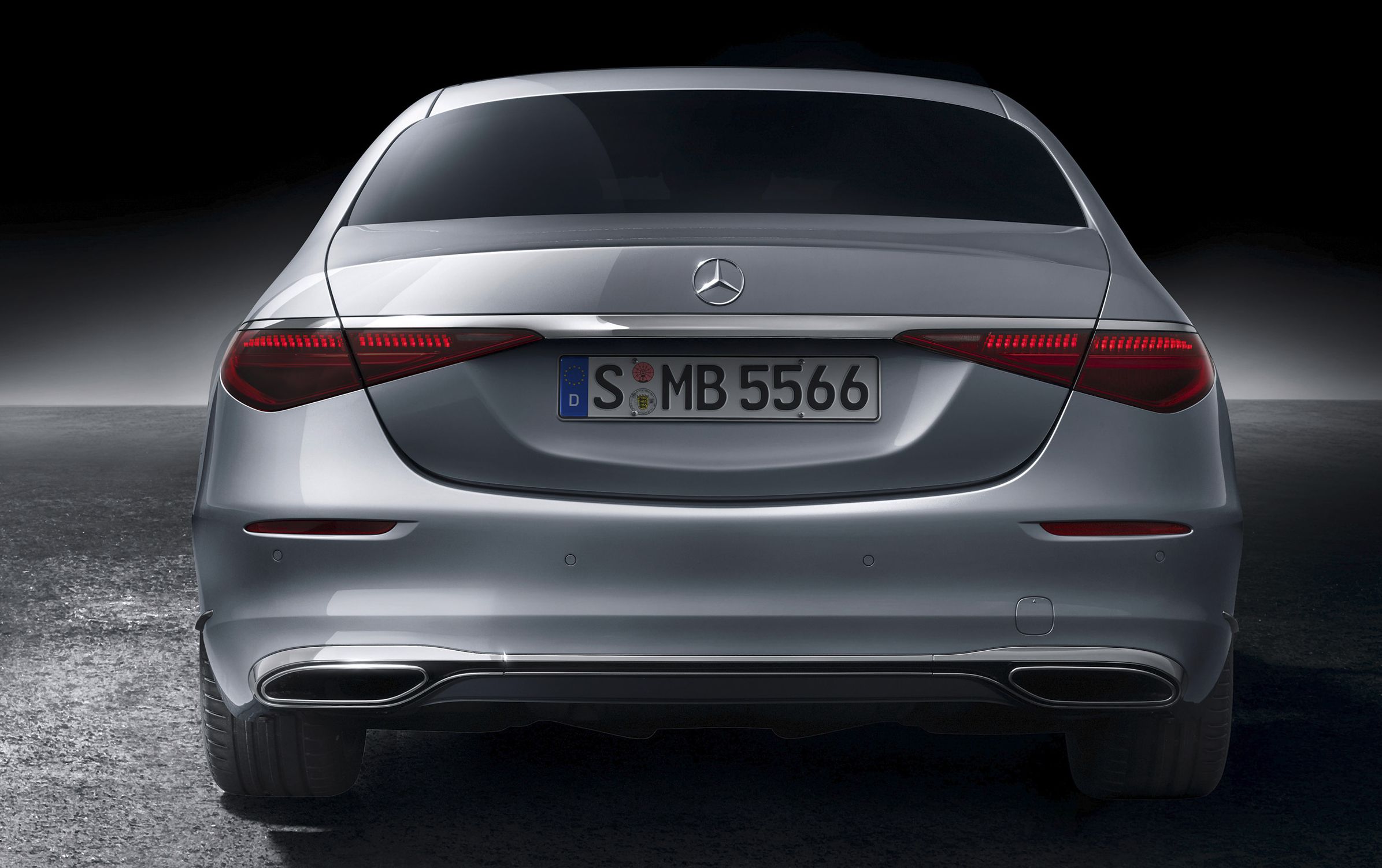
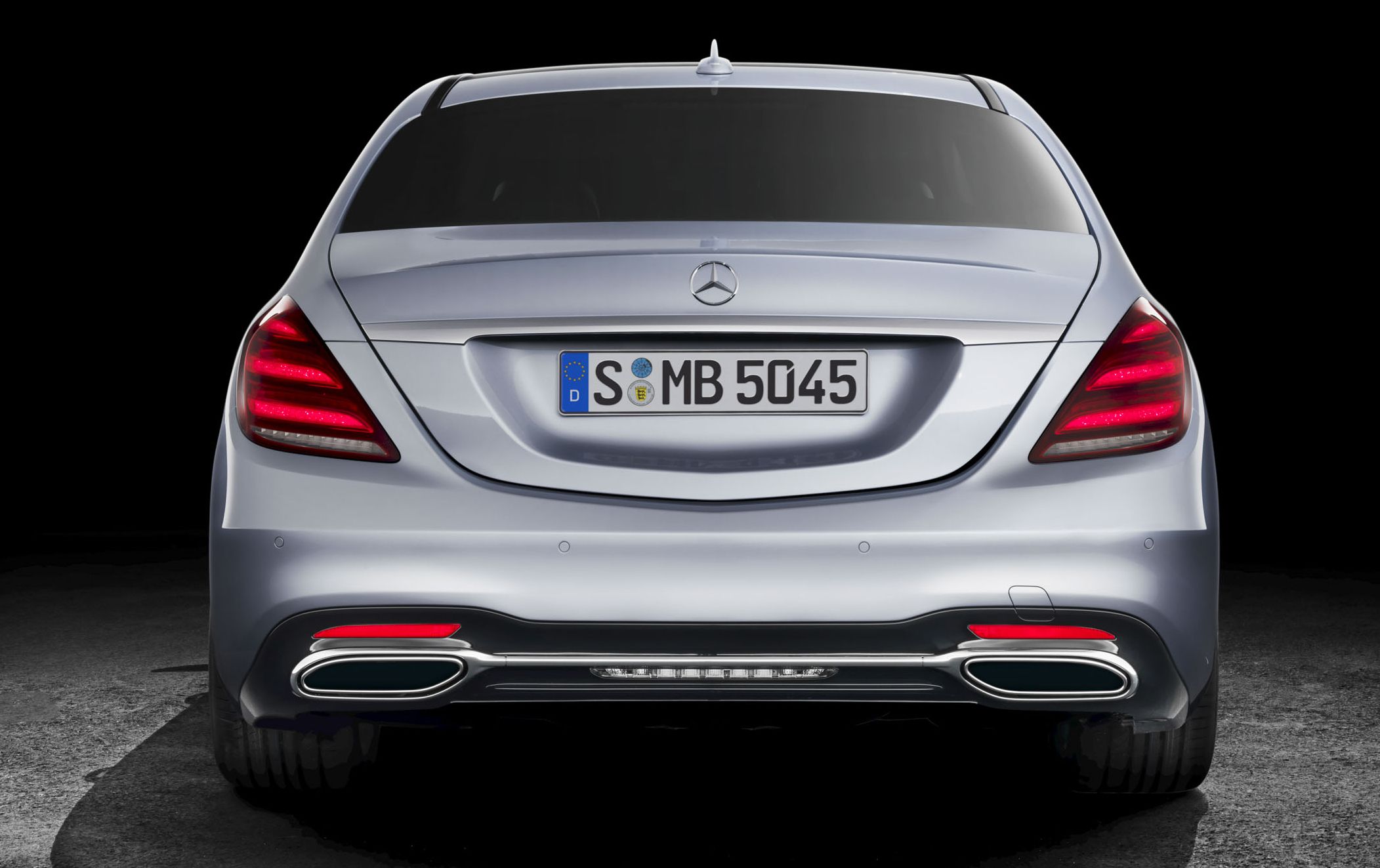
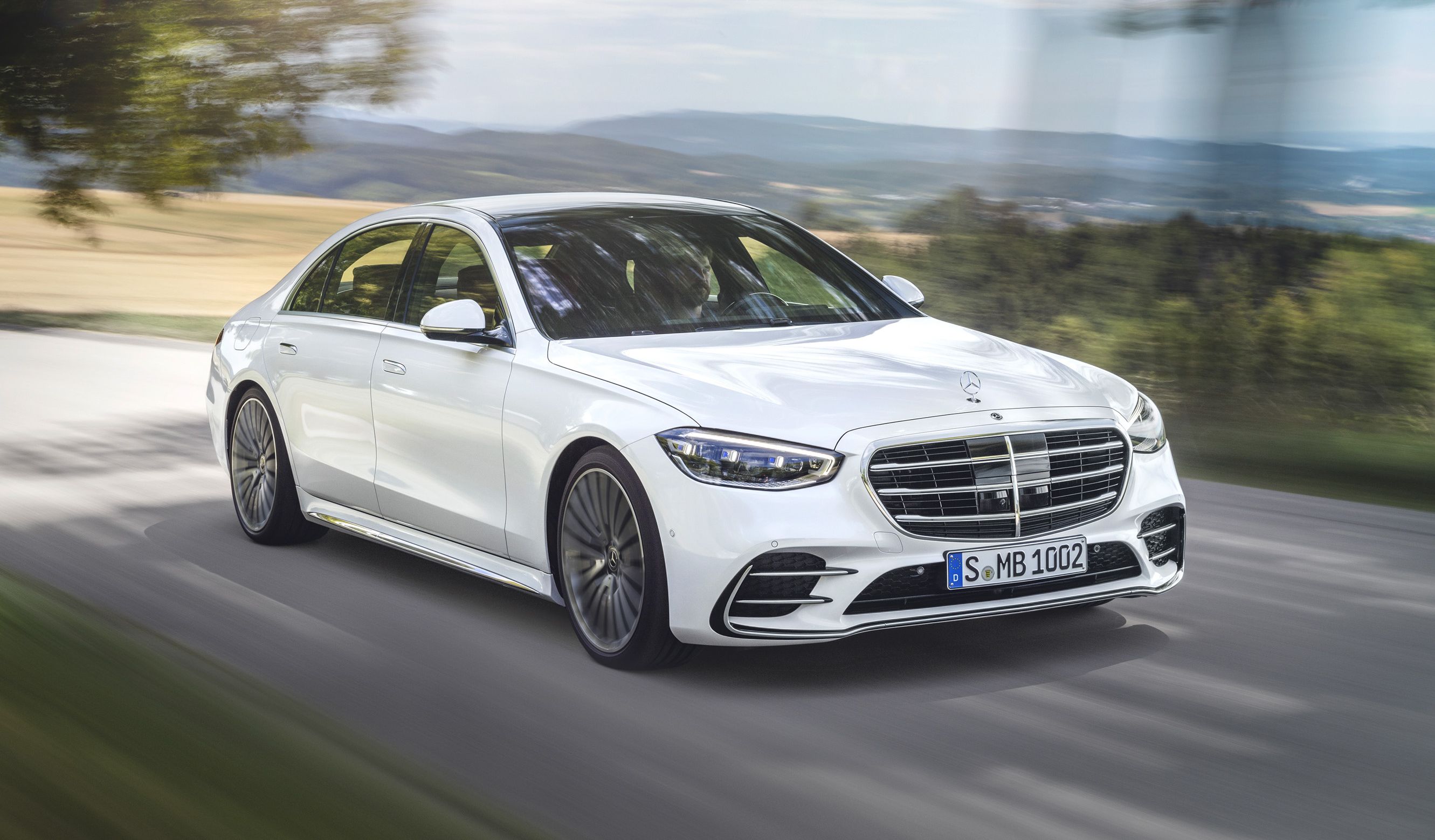
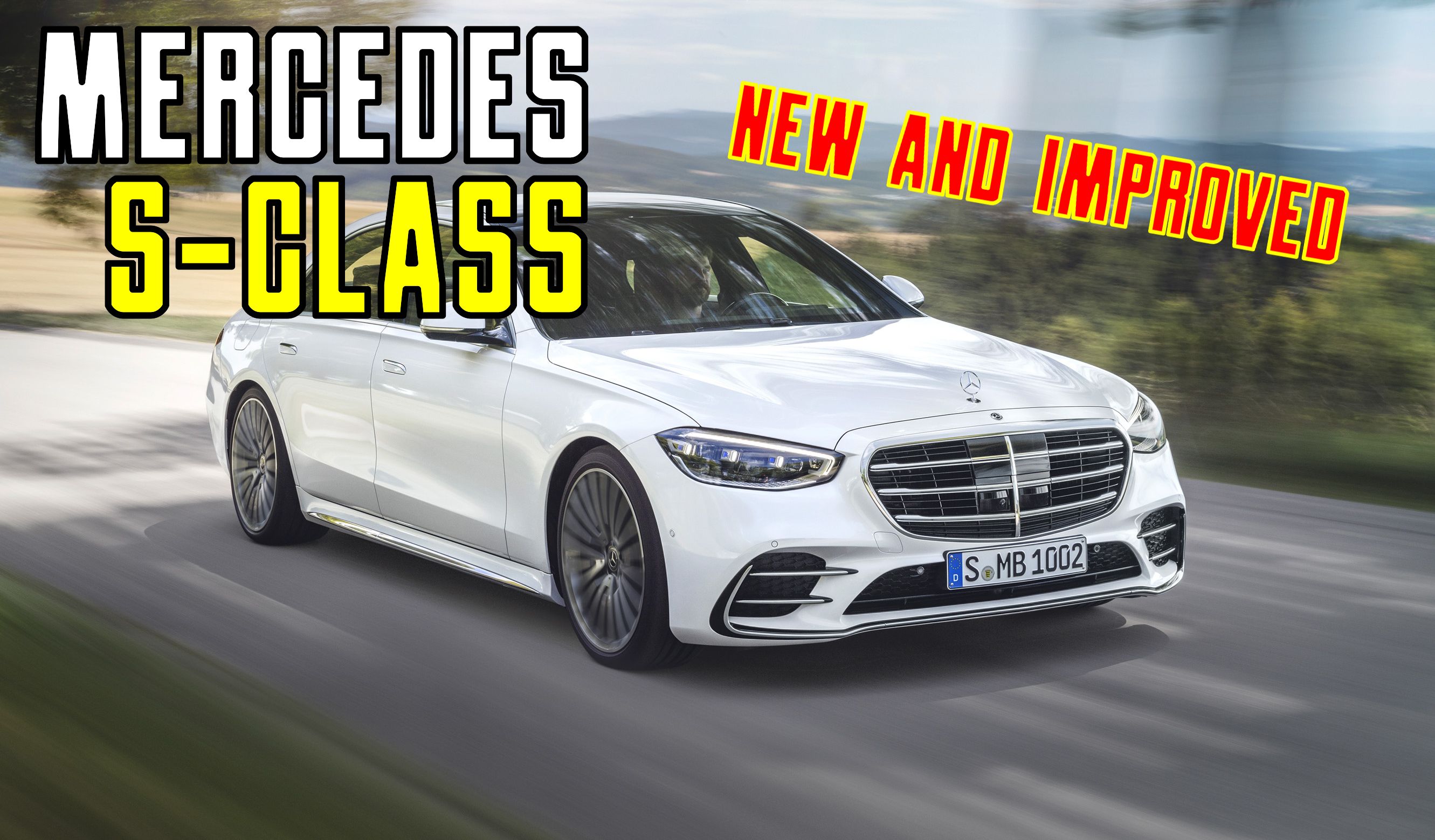
- Make: Array
- Model: 2021 Mercedes-Benz S-Class
- Engine/Motor: inline-6
- Horsepower: 429
- Torque: 384
- [do not use] Vehicle Model: Array
2020 Mercedes-Benz S-Class Exterior
But even though the overall shape and size are similar to the new model, the new S-Class stands out as it adopts some modern design cues seen on the company's recent models.
The front grille looks about the same, but the chrome frame is much thinner now, so it looks as if the nose extends farther away from the body. As a result, the front fascia looks a bit more aggressive. The wide and elegant grille is flanked by thinner and longer headlamps that extend from the upper corners of the radiator all the way into the front fenders.
The front bumper retains the traditional A-shaped vent layout, but the center outlet is slimmer while the side vents feature bigger winglets and black and chrome trim.
|
|
ids=932311,932312 |
no_overlay=false |
before_label=2021 Mercedes-Benz S-Class |
after_label=2020 Mercedes-Benz S-Class> |
The sedan's profile remains almost as clean as before and boasts the same arched beltline that reminds me of the sportier and sleeker CLS. The roof also seems to sit just a tad lower, so the new S-Class looks sportier overall, despite the extra length.
|
|
ids=932313,932314 |
no_overlay=false |
before_label=2021 Mercedes-Benz S-Class |
after_label=2020 Mercedes-Benz S-Class> |
This is by far the biggest design change from the previous model, which features fat and horizontal lights that do not extend into the trunk lid. The latter features a familiar cutout and integrated spoiler, but the license plate recess is smaller and mimics the shape of the front grille. The bumper remains the same save for the thin red lights repositioned higher, so it features the same rectangular exhaust pipes with chrome trim over the black diffuser-like element.
|
|
ids=939787,939788 |
no_overlay=false |
before_label=2021 Mercedes-Benz S-Class |
after_label=2020 Mercedes-Benz S-Class> |
As far as size goes, the new S-Class is only marginally bigger than its predecessor. With a total length of 208 inches, it's only 1.3 inches longer. The S-Class is now 77 inches wide, two inches more than the outgoing sedan. Height remains about the same at 59 inches, while the wheelbase is two inches longer on the new model at 127 inches.
2020 Mercedes-Benz S-Class Interior
|
|
ids=932320,932321 |
no_overlay=false |
before_label=2021 Mercedes-Benz S-Class |
after_label=2020 Mercedes-Benz S-Class> |
Every familiar detail you may remember from the old sedan is gone, including the four A/C vents on the center stack, the round vents at the corner of the dashboard, or the massive hood that housed the infotainment display and the digital instrument cluster. But if you like simplicity, clean surfaces, and clutter-free center stacks, you'll definitely like what Mercedes-Benz did inside.
The round A/C vents at the corners were replaced by thin, vertical outlets that boast a more stylish look. The round vents in the center stack were moved atop the dashboard and now feature a rectangular, horizontal design. They're also much smaller, so they do not disturb the clean design of the dash very much. The space left in the center stack is now occupied by a massive, almost square display. This 12.8-inch screen provides access to the second-generation MBUX infotainment system.
It includes updated technology and connectivity that makes the sedan "more digital and intelligent," but it also comes with features like a 3D driver display without having to wear special glasses. Mercedes also upgraded the augmented reality content and added an Active Distance Assist function that displays images virtually at a distance of 32 feet in front of the driver. It also includes a more advanced voice assistant with increased dialogue capability.
The instrument cluster can be upgraded with two integrated cameras that scan the eye position and adapt the image to the way you move in your seat. The result is a better view of the items displays no matter the angle. It also includes face recognition, biometric authentication, drowsiness detection, and monitoring of the head and eyelids.
As before, you can customize this display by using the Discreet, Sporty, Exclusive, and Classic options, as well as one of three modes: Navigation, Assistance, Service. There's also a new ECO display that will help you adopt an efficient driving style by showing the car as a ball rolling on a stylized road.
The door panels are just as stylish as the dashboard. The piano black trim flows into the upper panels to create a wrap-around effect, before extending into the armrests. The illuminated trim also flows into the doors to create a welcoming ambiance.
The center console seems to be just as wide as in the old model, but the design is a bit more stylish. Just like the center stack, it's now cleaner with absolutely no controls or buttons below the infotainment display. The console is flanked by a pair heavily bolstered seats. But despite their sporty specs, they look really comfortable for long trips and they're wrapped in high-grade Nappa leather with diamond stitching.
The latter are now closer to the seat surface, meaning their easier to control and feel.
The rear seats are just as comfortable and feature the same technologies and features, but you have more options to choose from. The standard layout includes the traditional static bench with room for three passengers and a center armrest. But you can opt for the Comfort layout which replaces the bench with two, electrically adjustable single seats and a folding center armrest.
The third option is the Executive configuration, which adds electrically adjustable single outer seats with a 19- to 43.5-degree reclining seat on the front passenger side. The outer rear seats can also be fitted with a new heatable cushion on the head restraints. This feature is included in the Executive Line package.
The Executive seats in the rear also feature the seat cushion airbag. The airbag is located under the seat cushion upholstery, but on top of the plastic seat shell, which is moved by the seat mechanisms. This means that the airbag is always in the right position relative to the occupant, even when he is in a reclined position on a flat seat cushion.
Rear-seat passengers also have access to the car's advanced infotainment system. As standard, it comes with a 12.8-inch central display, but you can optionally equip the sedan with two 11.6-inch screens, one for each seat. Additionally, you can also add a seven-inch MBUX rear tablet with USB charging, WLAN, and Bluetooth capability.
Comfort is further improved by new sound insulation materials and additional acoustic foam in certain section of the body shell.
If you don't like almost complete silence, you can crank up the standard sound system with nine speakers and 125 watts. Opt for the optional Burmester system and you get 710 watts and 15 speakers. If that's not enough, Mercedes also offers a high-end system, also from Burmester, with 30 speakers and a massive 1,750 watts.
Headroom remains unchanged in the front at 42 inches and increases with less than an inch in the rear at 39 inches. Front seat legroom carries over with the same 41 inches, but you get an extra inch in the rear at 44 inches. Elbow room increases by 1.5 inches in the front and 0.4 inches in the rear. Shoulder room remains unchanged in the front at 60 inches and decreases in the rear compartment by 1.2 inches, for a new total of 58 inches.
Trunk capacity is now rated at 19 cubic feet, which is a slightly increase of 0.7 cubic feet over the old model.
2020 Mercedes-Benz S-Class Drivetrain
Just like its predecessor, the W223 S-Class is available with a variety of six- and eight-cylinder engines.
In the United States, the S-Class is available with two gas powerplants. The base model is called the S 500 4Matic and features a turbocharged, 3.0-liter inline-six engine rated at 429 horsepower and 384 pound-feet of torque. The 48-volt system adds an extra 21 horses and 184 pound-feet of twist. This model replaces the previous S 500 fitted with the exact same layout and identical output. The S 500 4Matic needs around 4.8 seconds to hit 60 mph, while top speed is rated at 130 mph.
The second version available is the S 580 4Matic. This model is fitted with familiar twin-turbo, 4.0-liter V-8 engine good for 483 horsepower and 516 pound-feet of twist. The 48-volt adds the same 21 horses and 184 pound-feet as in the S 500. The S 580 is a brand-new nameplate that replaces the old S 560.
The latter was also powered by a 4.0-liter V-8, but it was rated at 463 horses and 516 pound-feet. So the new model comes with an extra 20 horsepower, as well as the extra oomph from the 48-volt system. There's no 0-to-62 mph info for this model, but top speed is apparently limited to 130 mph. This is a bit strange since the old model topped at 155 mph.
In other parts of the world Mercedes-Benz will offer a different base model called the S 450 4Matic. It's powered by the same 3.0-liter inline-six as the S 500, but it packs less power at 362 horses and 369 pound-feet of torque.
This model replaces the old S 450 model featuring the same engine and 48-volt system. The difference now is that it's only available with all-wheel drive. Getting to 60 mph in this version will take 5.1 seconds.
In the base model, the engine generates 282 horsepower and 443 pound-feet of torque, the same as the outgoing S 350 d. This version is available in both RWD and AWD flavors. The RWD model hits 62 mph in 6.4 seconds, while the AWD version is quicker at 6.2 clicks. The S 400 d 4Matic is a bit more powerful at 362 horsepower and 516 pound-feet of twist and it also provides an extra 27 horses over the outgoing S 400 d. This is the quickest diesel model you can buy with a 0-to-62 mph sprint of 5.4 seconds.
Finally, the S 580 e brings plug-in hybrid power to the S-Class through a combo that pairs a turbocharged, 3.0-liter V-6 gas engine and an electric motor. The mill is rated at 362 horsepower and 369 pound-feet, while the electric motor generates an additional 121 horses and 325 pound-feet of twist.
All of the engines above are paired to the company's 9G-Tronic nine-speed automatic transmission.
The previous S-Class was one of the most comfortable vehicles on the market and we can say the same about the W223-generation model. That's because it features the fully active E-Active Body Control suspension and the Airmatic air suspension as standard, plus rear-axle steering for improved agility on narrow city streets. Up front, the S-Class rides on the proved four-link layout with almost all components made from aluminum. The rear features a multi-link independent suspension.
Thanks to the Airmatic suspension, the sedan remains at a constant level when driving over bumps and lower quality roads.The suspension also lowers automatically by 0.4 inches at speeds over 76 mph and another 0.4 inches at speeds over 99 mph. At up to 37 mph, you can raise the suspension by 1.2 inches at the touch of a button.
As before, you can opt from four different driving modes. There Eco for fuel-efficient driving, Comfort for fuel-efficient driving with an emphasis and comfort, and Sport for spirited driving. The Sport+ mode enables the S-Class to become more aggressive on twisty roads. There's also an Individual mode which you can customize to your liking.
Safety and Driving Assist features
The Mercedes-Benz S-Class remains one of the safest vehicles on the road. The sedan is packed with airbags that provide protection to all occupants in the event of a crash and now can be fitted with an optional rear airbag for the head and neck area. The four-door is also fitted with a plethora of sensors front and rear that enable the use of various driving assistance systems. The list includes the following:
-* Active Distance Assist Distronic
-* Active Steering Assist
-* Traffic Sign Assist
-* Active Lane Keeping Assist
-* Active Lane Changing Assist
-* Active Emergency Stop Assist
-* Attention Assist
-* Active Brake Assist with cross-traffic function
-* Active Blind Spot Assist with exit warning function
-* Evasive Steering Assist
-* Pre-Safe ImpulseSide
-* Active Parking Assist
With all optional systems fitted in the car and activated, the Mercdes-Benz S-Class is just one step away from being an autonomous vehicle.
How much does the 2021 Mercedes-Benz S-Class cost?
There's no pricing information available as of October 2020, but it's safe to assume that the entry-level U.S. model, the S 500, will start at around $100,000. The more powerful S 580 version will probably come in at around $110,000 before options.
Is the Mercedes-Benz S-Class better than the BMW 7 Series?
The current 7 Series was unveiled in 2015, so it's already five years old as of 2020. The sedan was upgraded in early 2019, with visual changes including a larger kidney grille and sleeker headlamps. Just as fancy as the S-Class in terms of materials, the 7 Series isn't as advanced when it comes to technology. You won't find as many screen inside the cabin and the infotainment screen is notably smaller at 10.25 inches. But it does come with an updated voice assistant, as well as new driving assist features. Unlike the S-Class, the 7 Series is available with no fewer than four different drivetrains in the U.S. There's a 740i model powered by a 3.0-liter inline-six with 388 horsepower and 332 pound-feet of torque and a 750i model fitted with a 4.4-liter V-8 that cranks out 523 horses and 553 pound-feet of twist. BMW also offers a 745e hybrid with a total output of 388 horsepower and 442 pound-feet, and a range-topping M760Li version fitted with a 6.6-liter V-12 good for 577 horsepower and 627 pound-feet of torque. Pricing for the base model starts from $86,800, but the range-topping M760i retails from a whopping $157,800 before options.
Read our full story on the BMW 7 Series.
Is the Mercedes-Benz S-Class better than the Audi A8?
The Audi A8 is one the Mercedes S-Class’ chief rivals. The Four-Ring brand revealed the latest model update 2018, bringing some very tasty upgrades along the way. On the tech front is a new autonomous system that combines visual cameras, ultrasonic sensors, radar, and lidar to enable the four-door to drive itself at speeds up to 37 mph. The interior is a bit understated compared to the S-Class, but still sumptuous, while the active suspension makes the A8 as comfortable as its Stuttgart-made rival. Powertrain options include both gasoline and diesel options globally. The gas range begins with a 3.0-liter V-6 rated at 335 horsepower and 369 pound-feet of torque, but there's also a V-8 mild-hybrid model with a more appealing 453 horses and 443 pound-feet of twist. Opt for the S8 version and power jumps to 563 horses and 590 pound-feet of twist. On the diesel front, Audi offers a 3.0-liter V-6 with 282 horsepower and 443 pound-feet and a 4.0-liter V_8 with 429 horses and 664 pound-feet. There's also a hybrid version pairing a 3.0-liter V-6 gas engine good for 335 horsepower and a 130-horsepower electric motor. U.S. pricing starts from $85,200 for the A8 and from $129,500 for the S8.
Read our full review of the Audi A8.
Conclusion
The previous W222 was a very impressive machine. When it arrived back in 2013 it was the best option out there by far, trumping both the BMW 7 Series and Audi A8 in all departments. And even though the competition redesigned their sedans, the S-Class still remained a solid option despite its age.
Now, the W223 comes in to recapture the title at the top of the segment with more technology than before and updated engines with mild hybrid technology. The interior not only looks fantastic, but it's also fitted with the best features you can buy, top-tier materials, and up to six displays. Sure, the S-Class could have used a more radical restyling on the outside, but fans of the nameplate seem to appreciate the simple and somewhat subdued design, so I guess Mercedes-Benz doesn't want to mess with something that works.
Update History
Update 04/08/2019: The 2020 Mercedes-Benz S-Class was caught doing some spring testing and this time around it has dropped a lot of the fake plastic that was protecting its true appearance. Check out our latest update in the spy shots section below
Update 02/14/2019: We've received new spy shots of the 2020 Mercedes S-Class and, while it hasn't dropped any camo, it has evolved to include new, production-ready LED headlights. Check them out in our spy shots section below!

